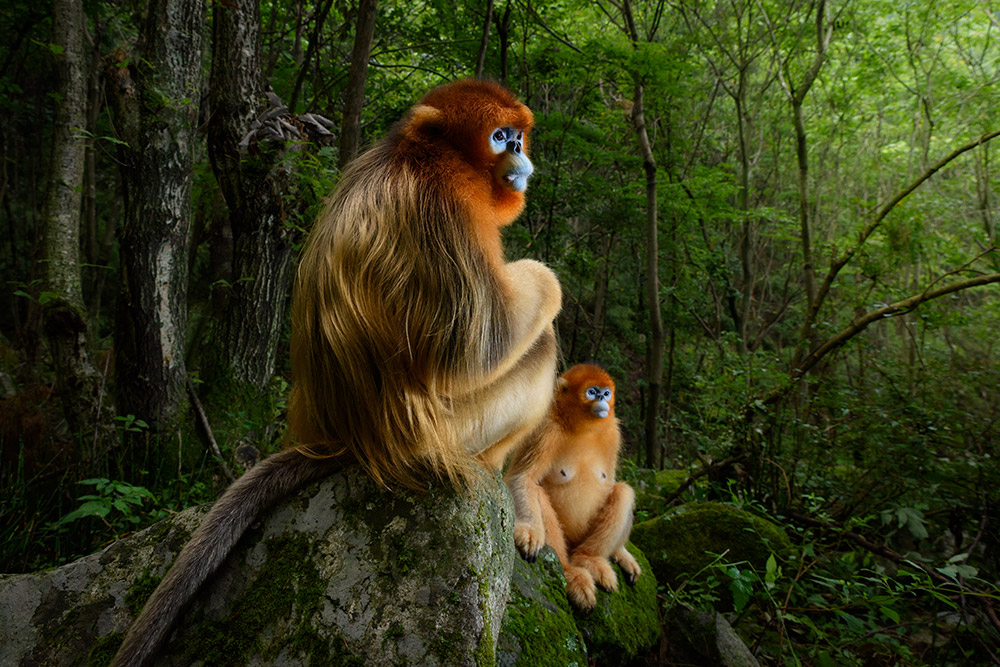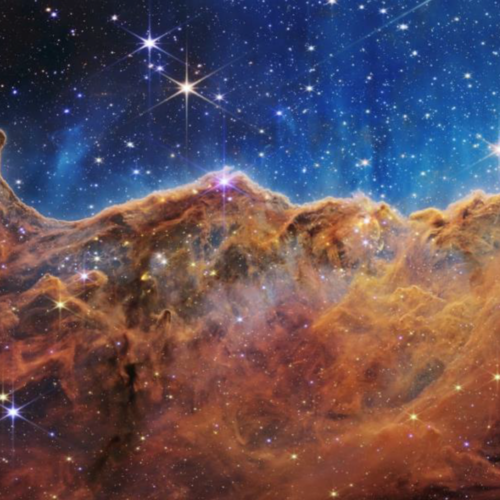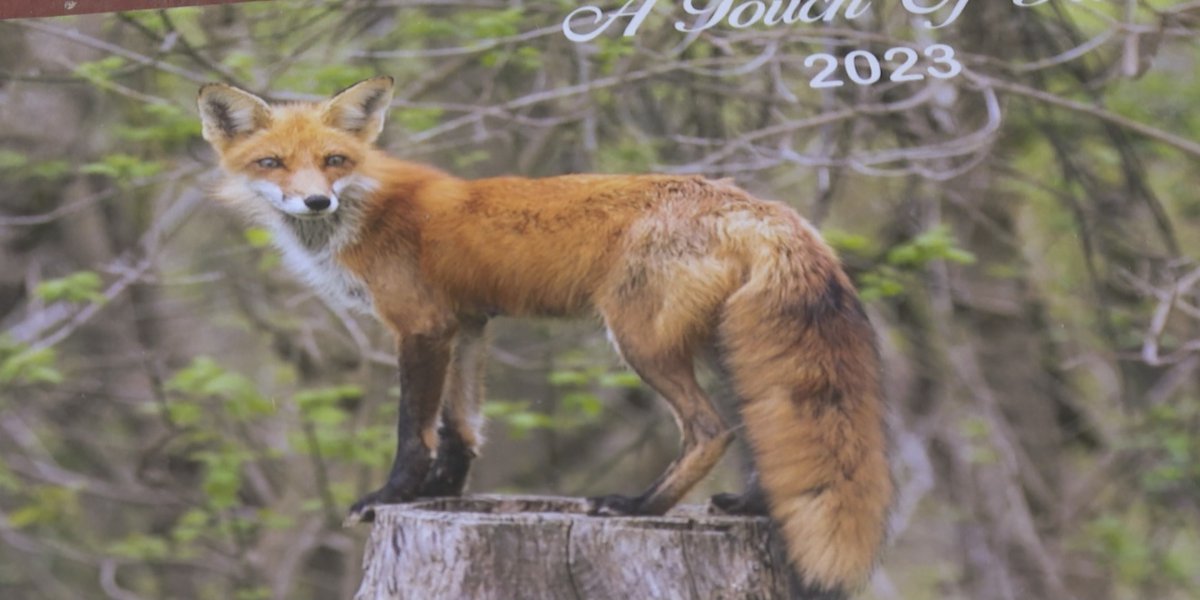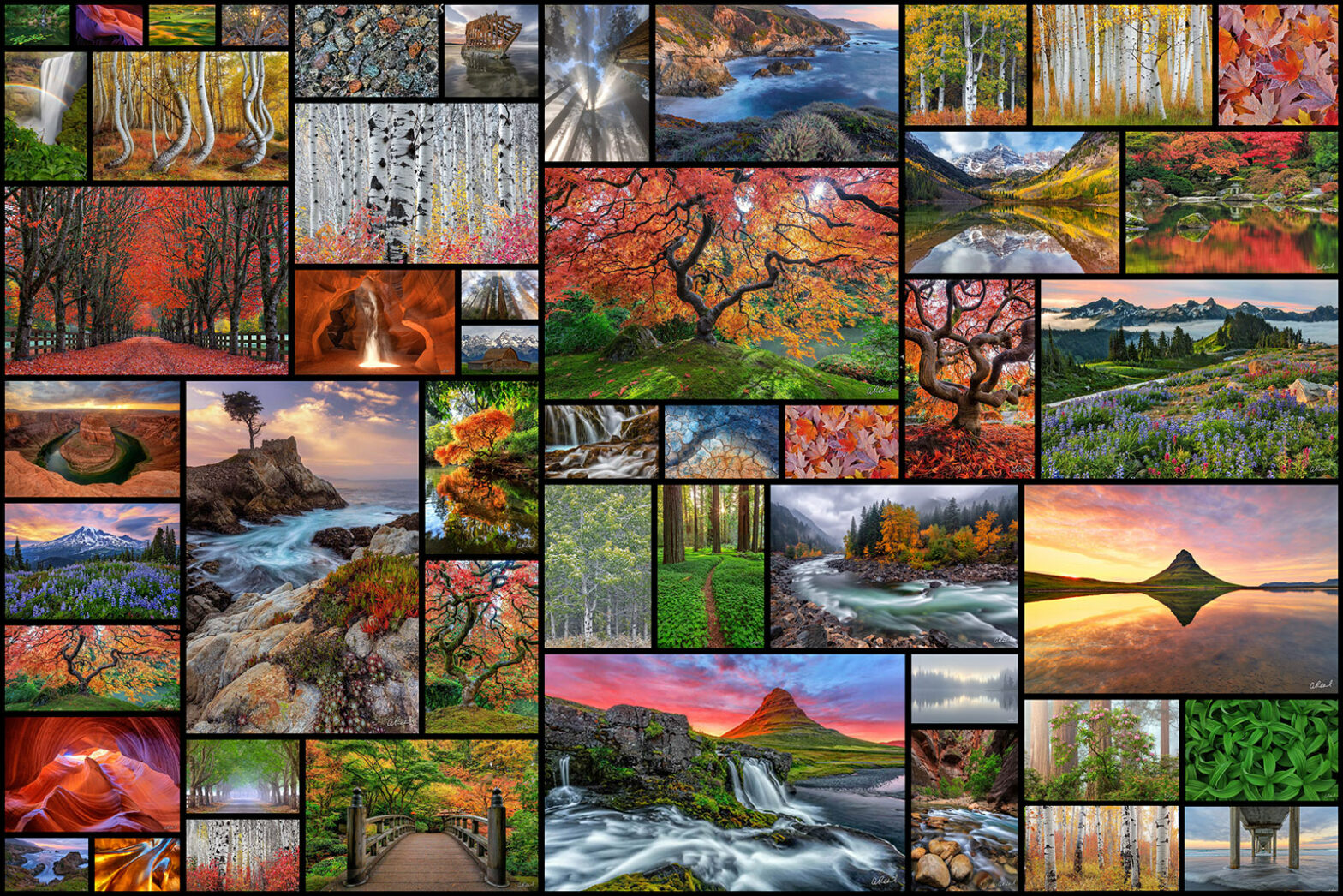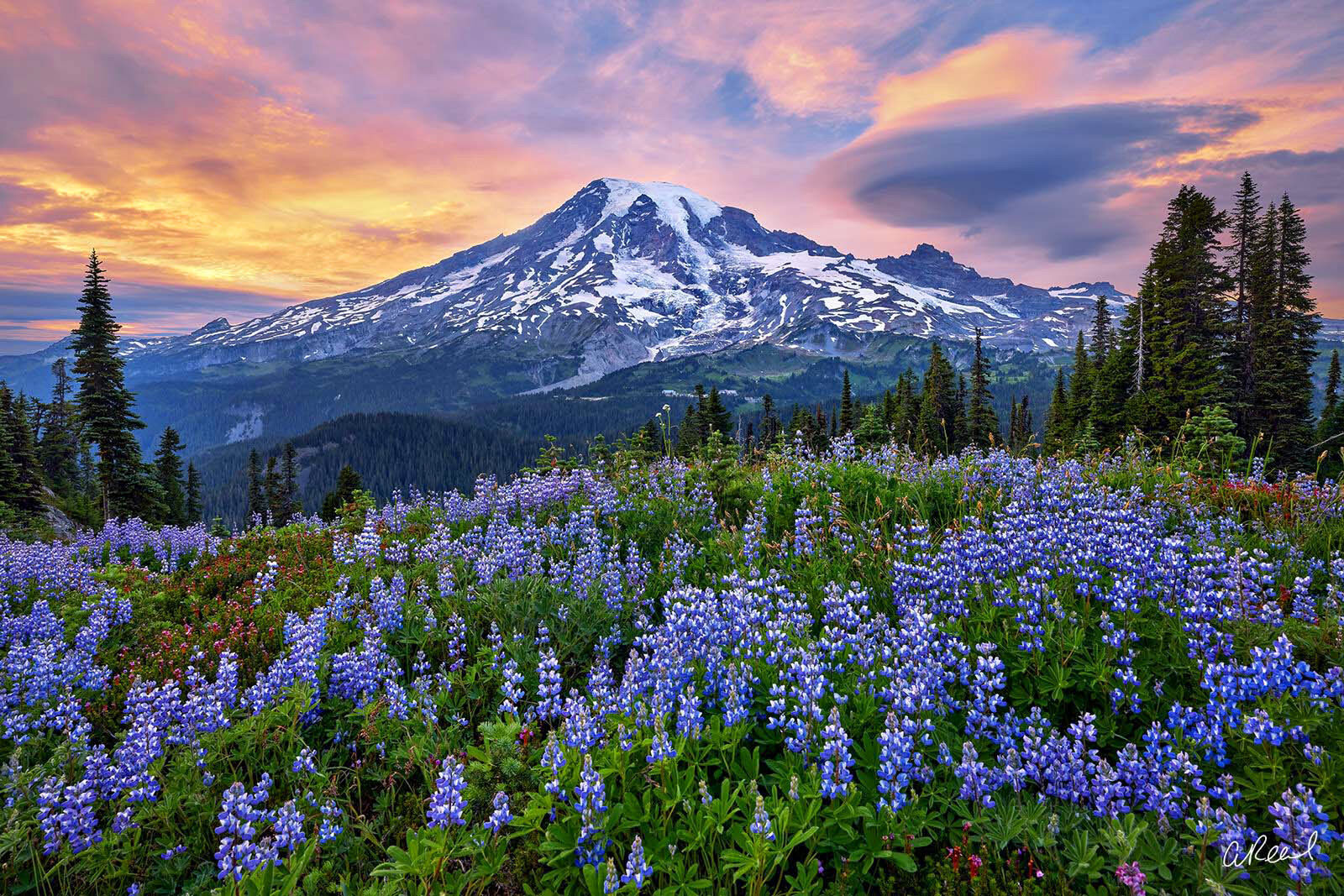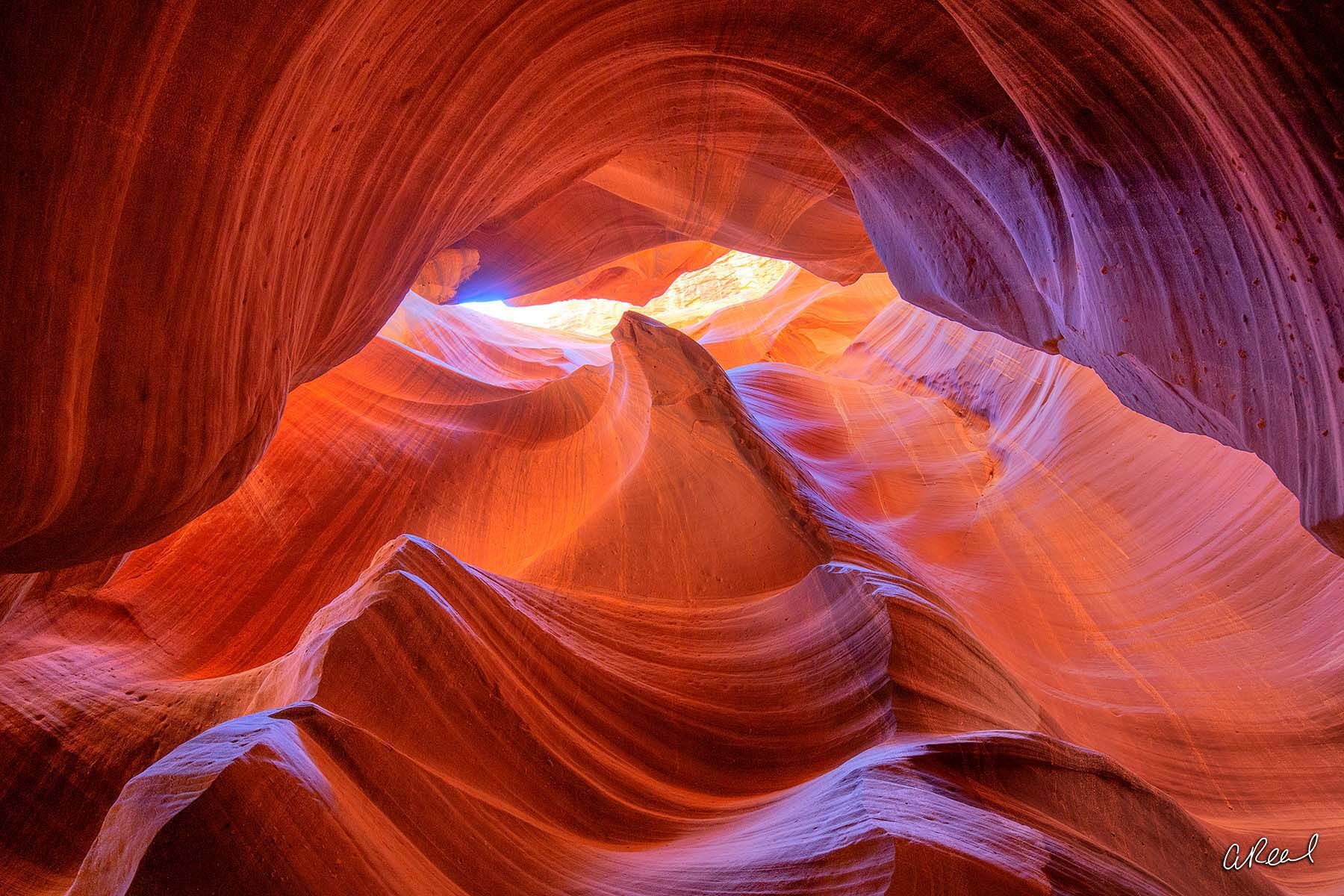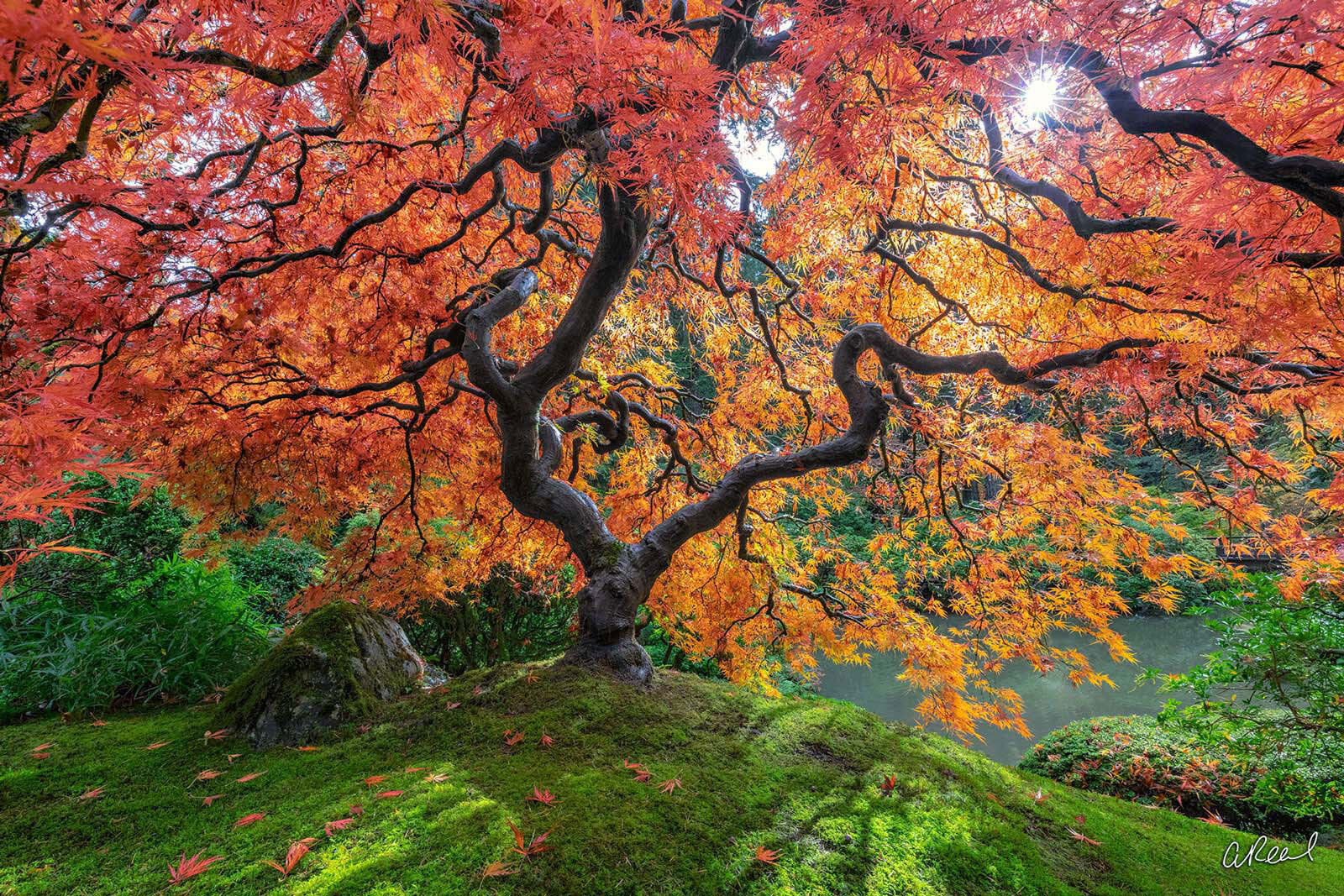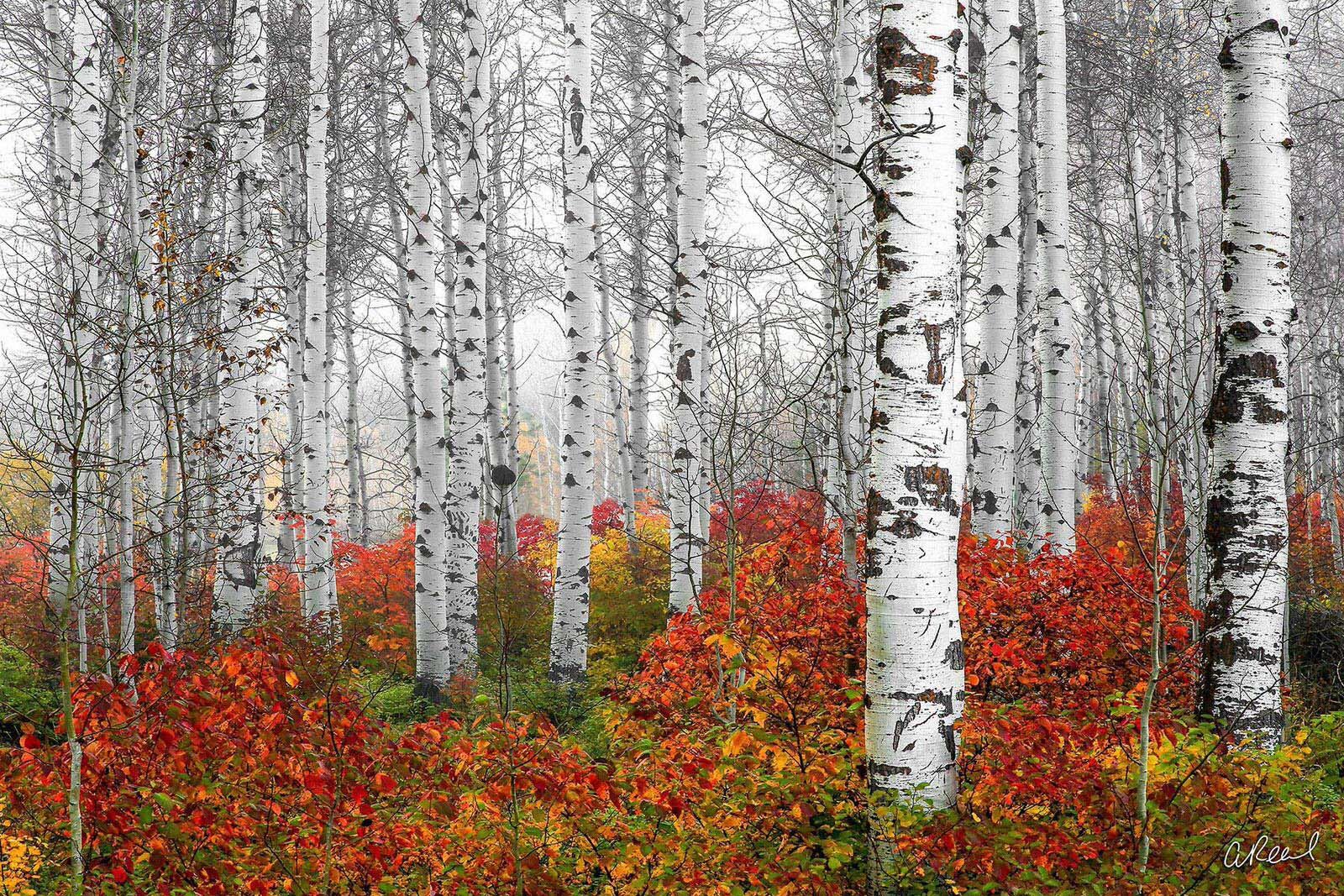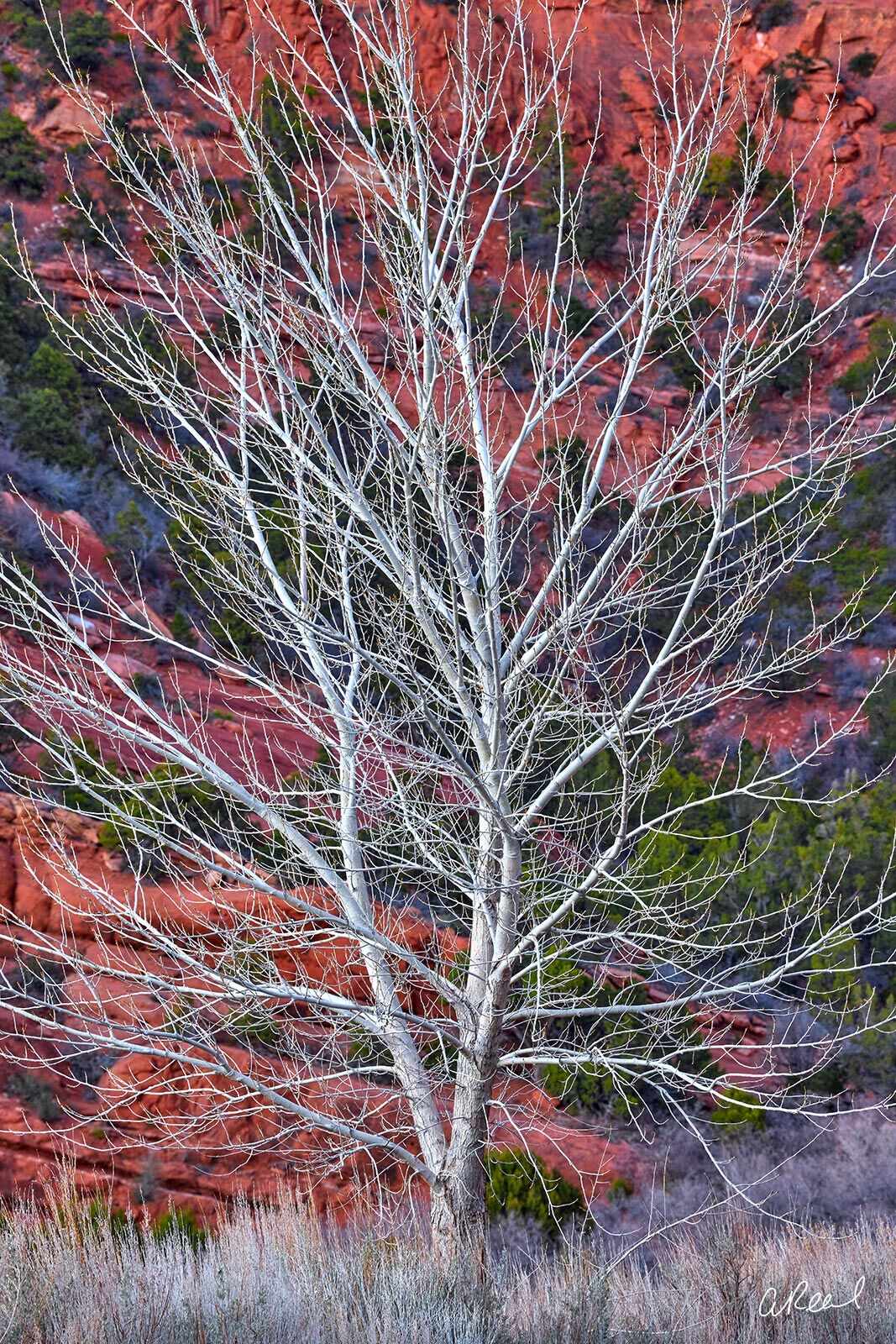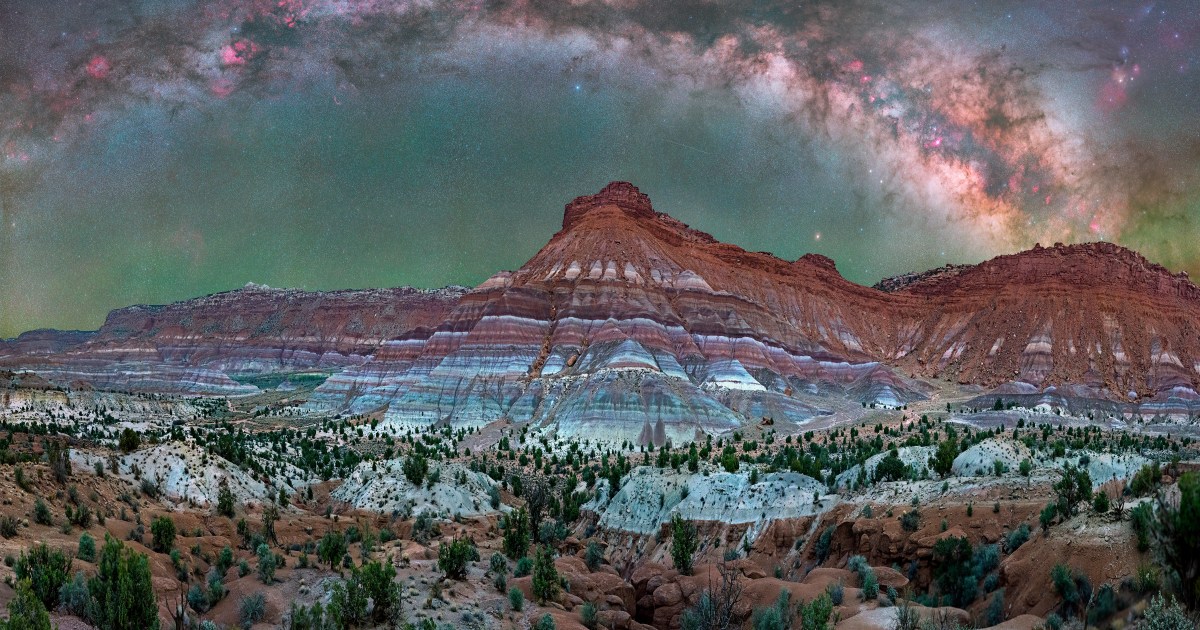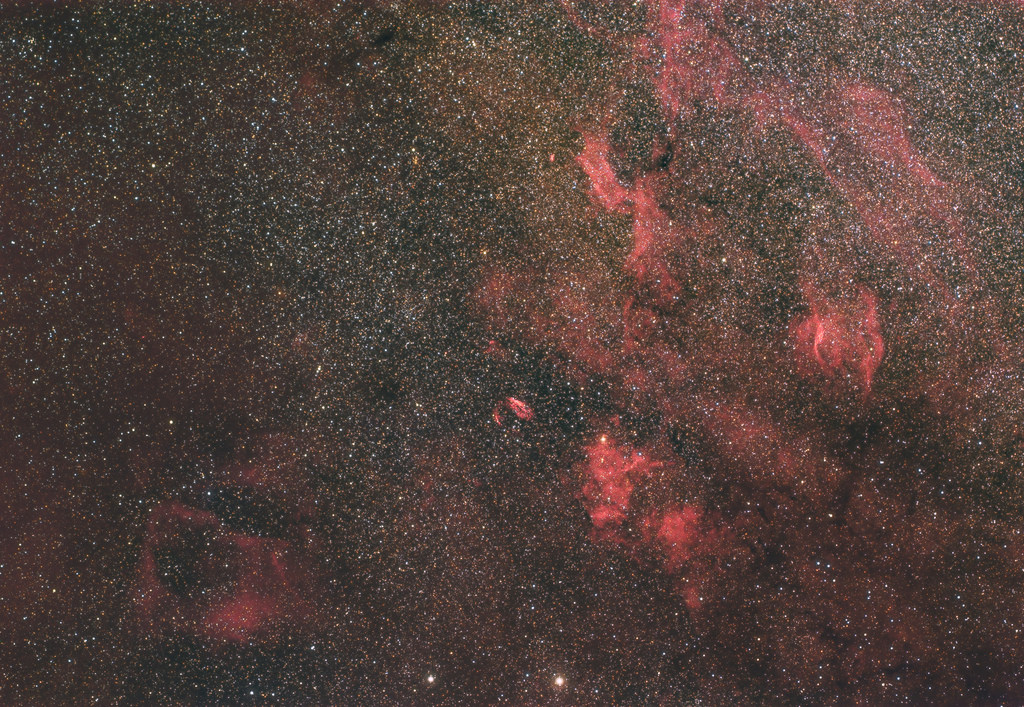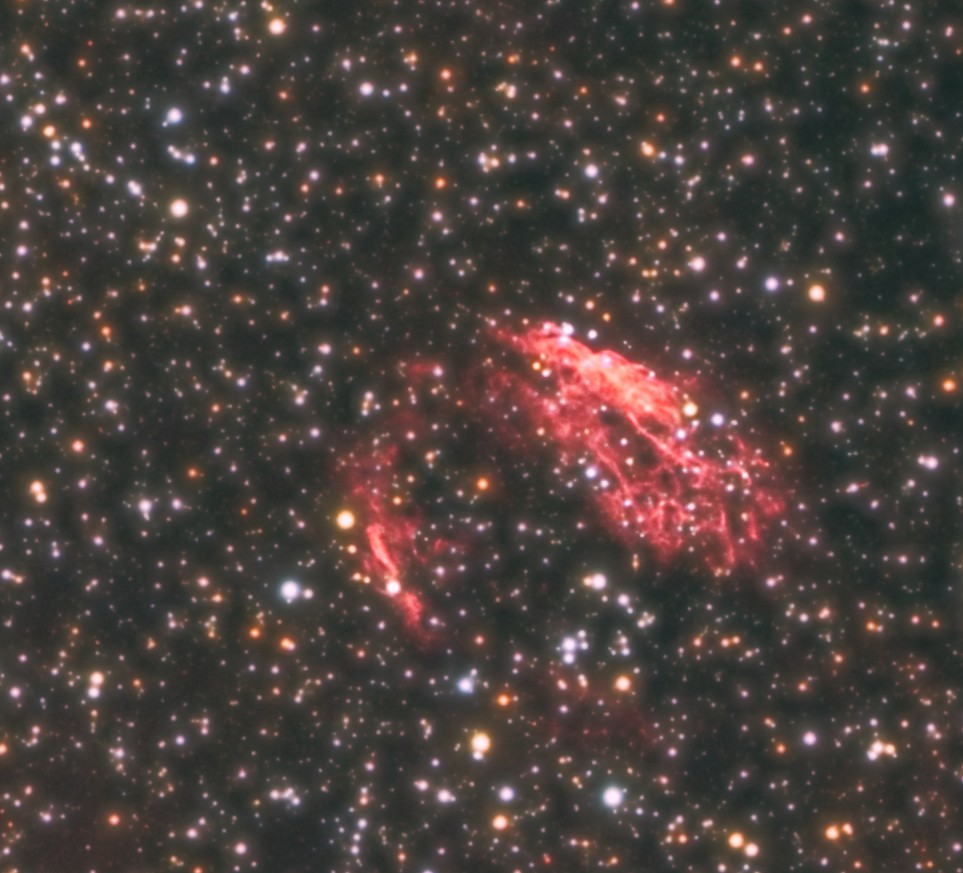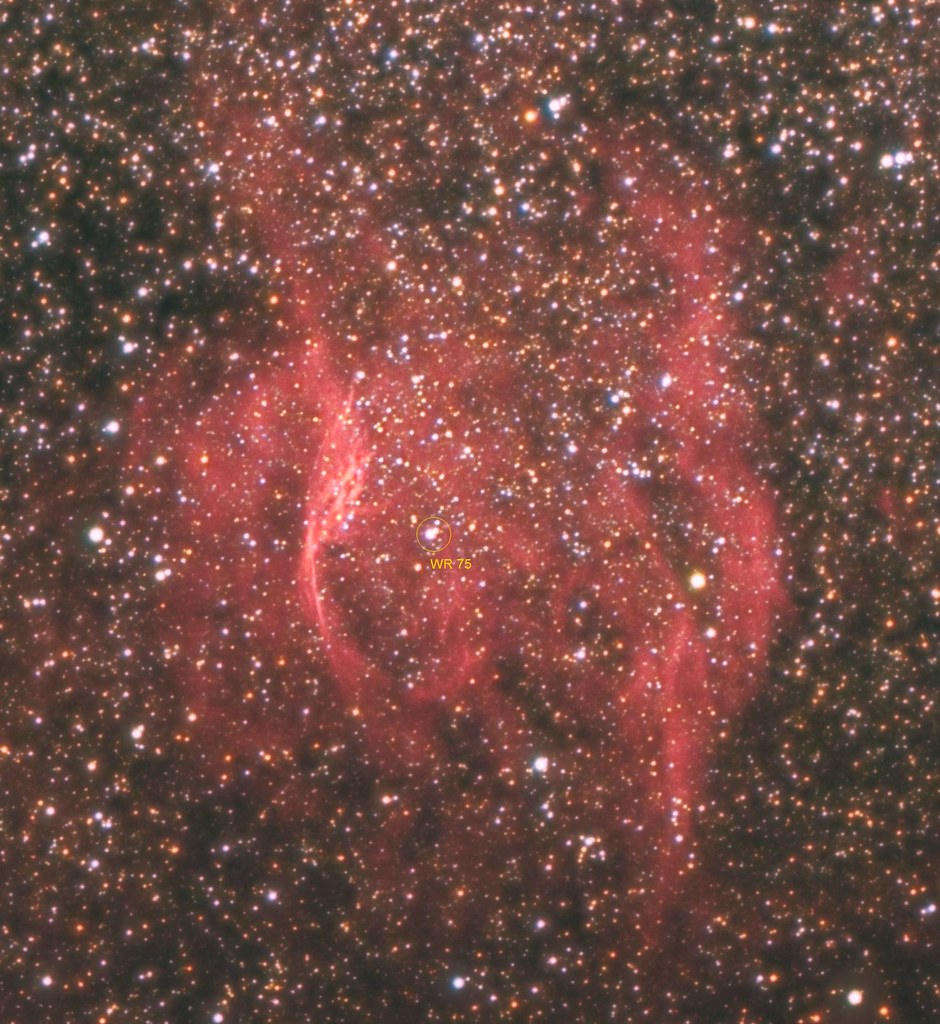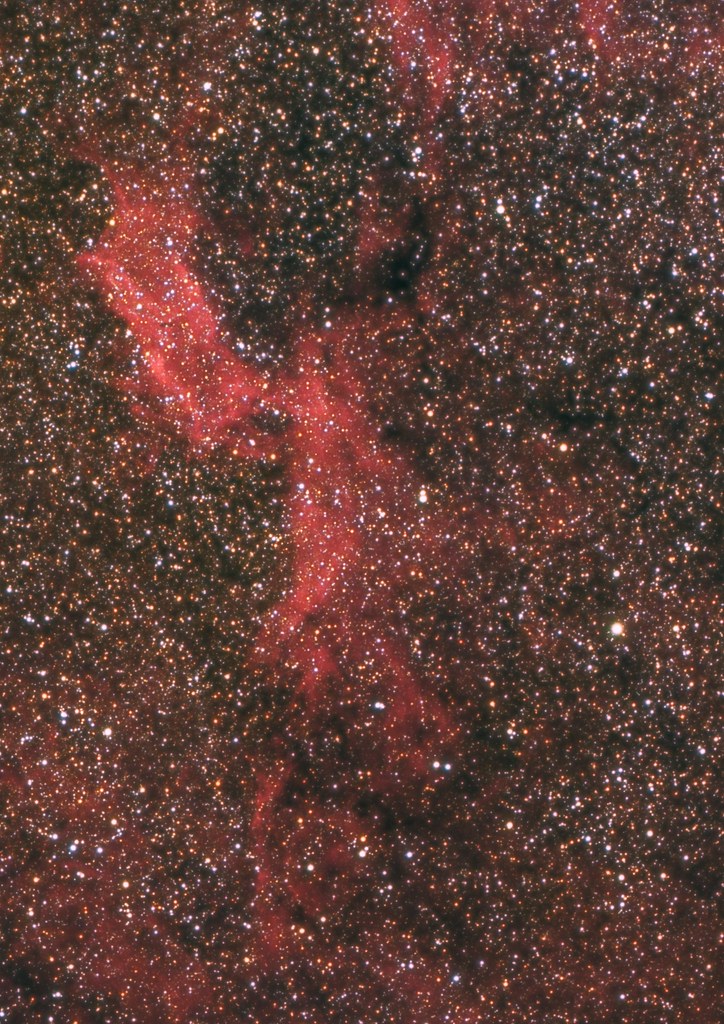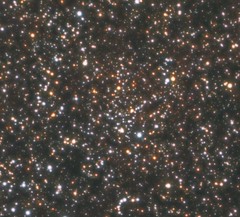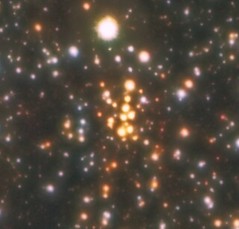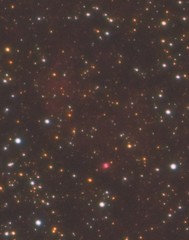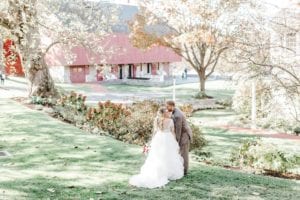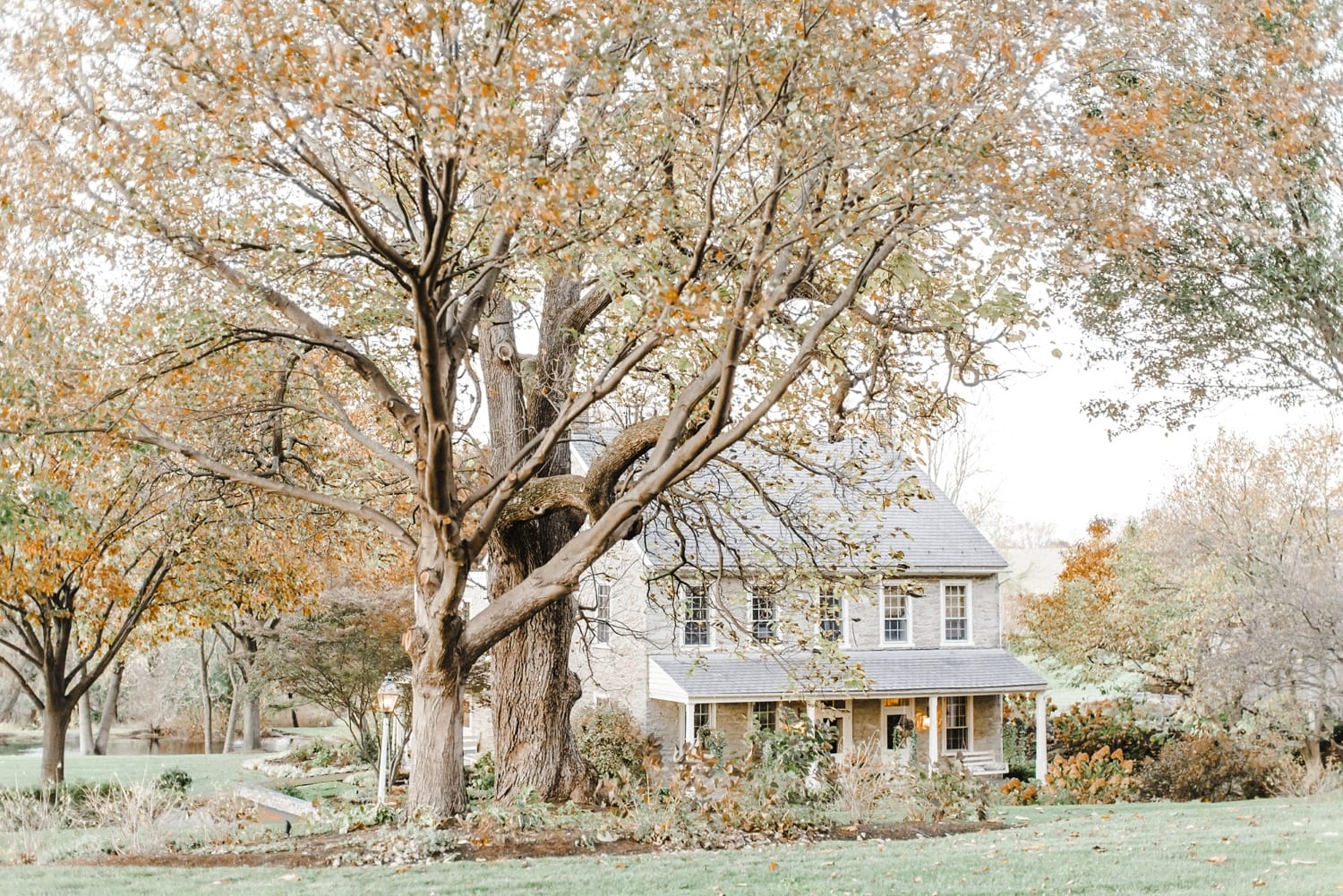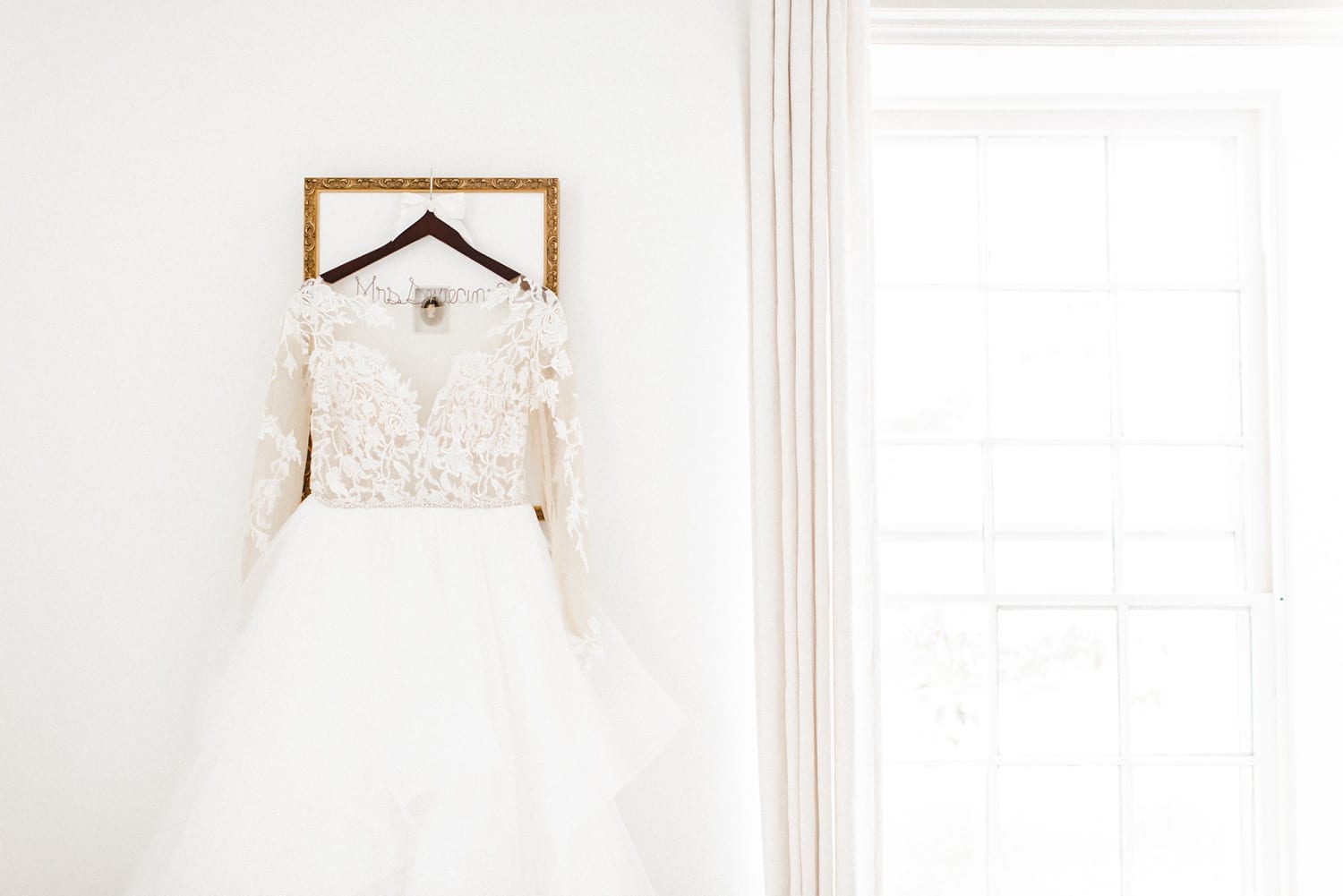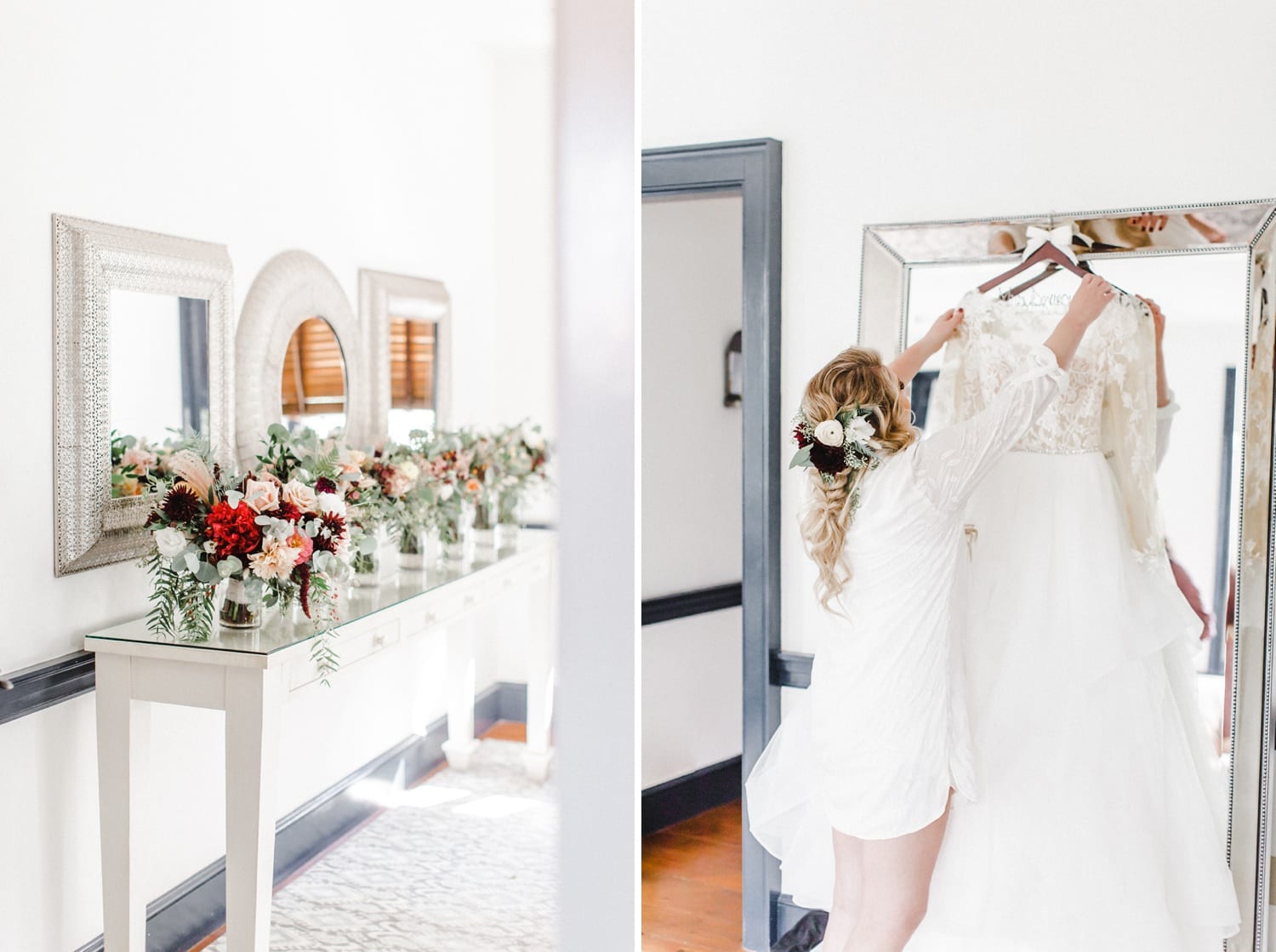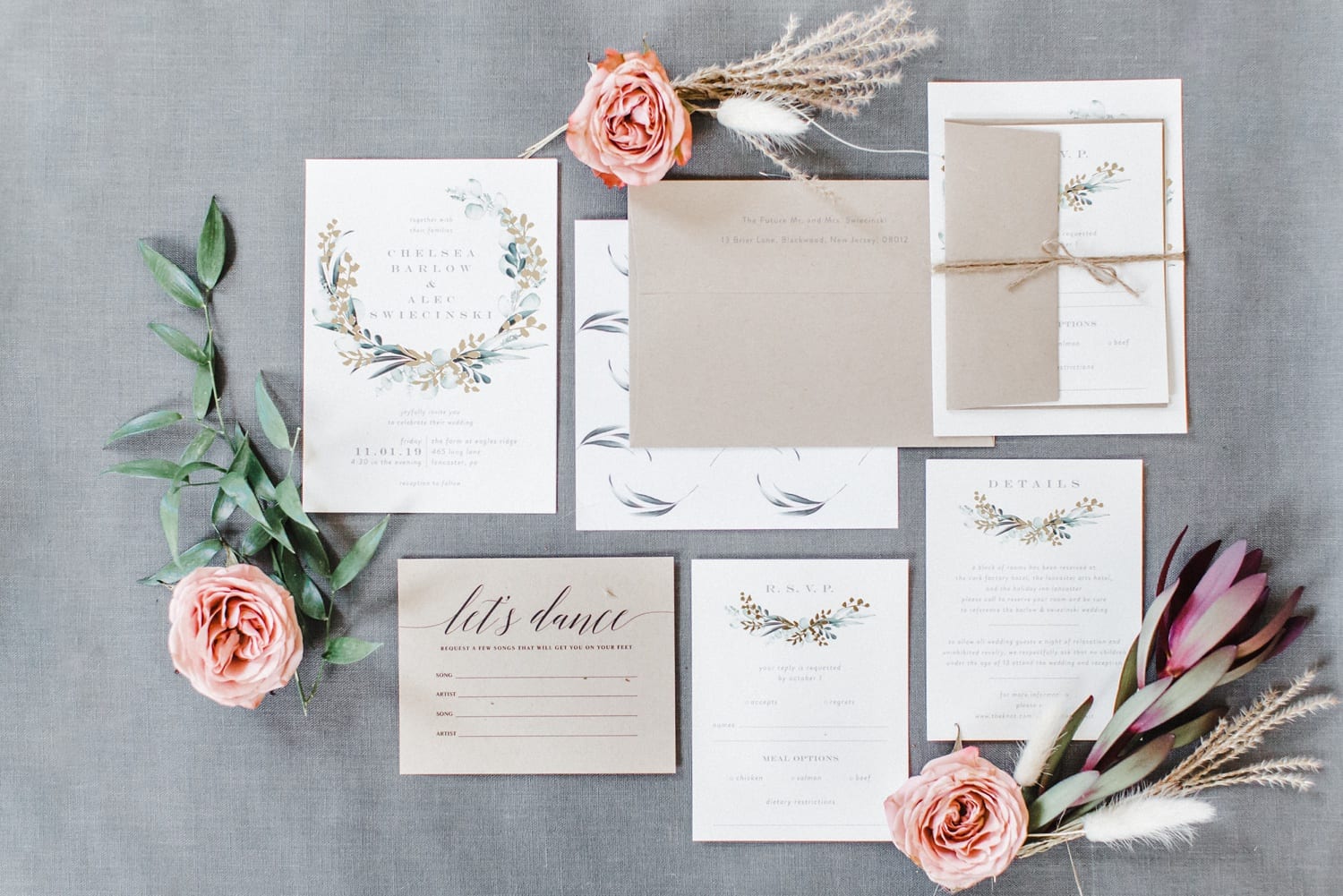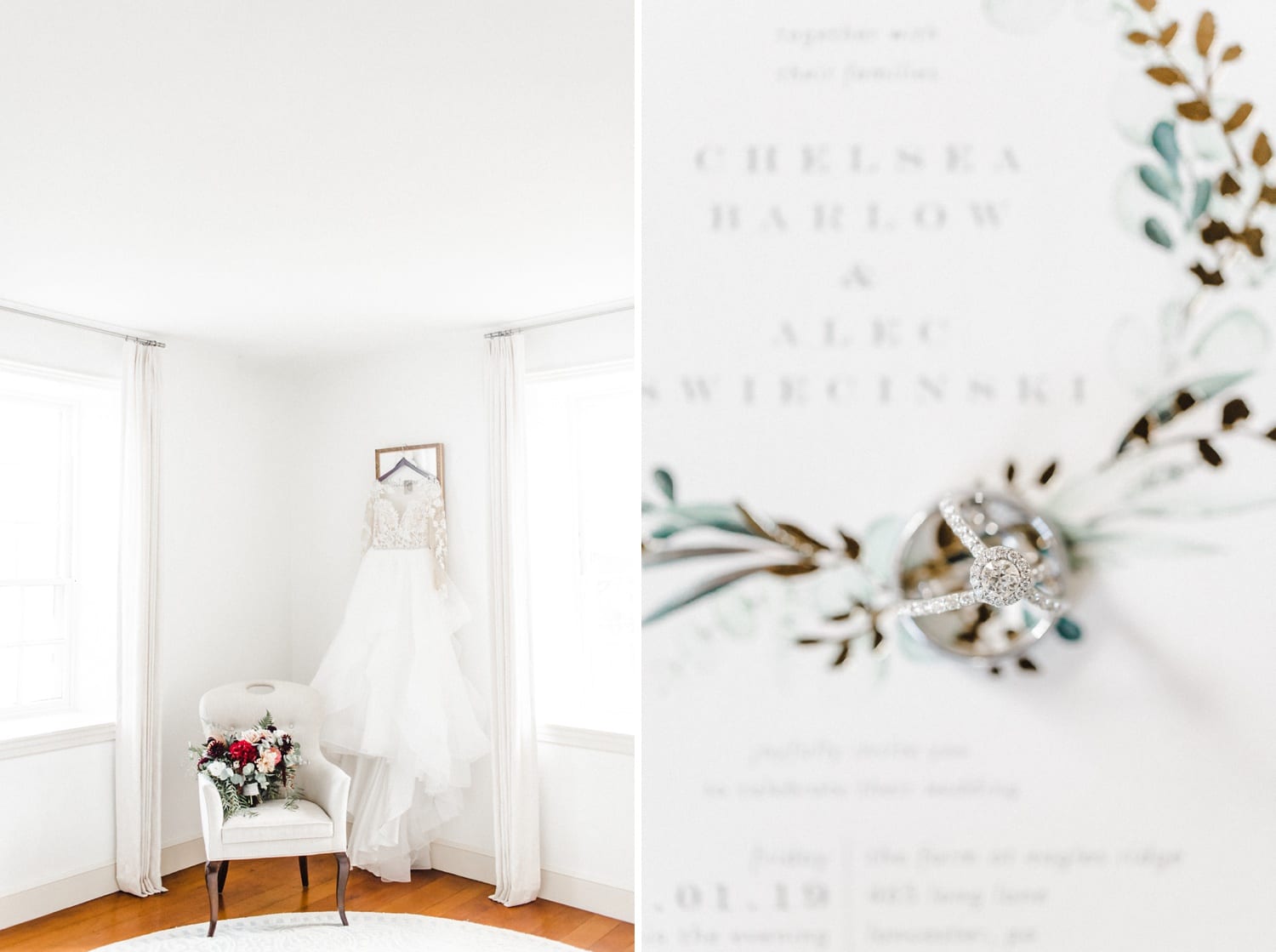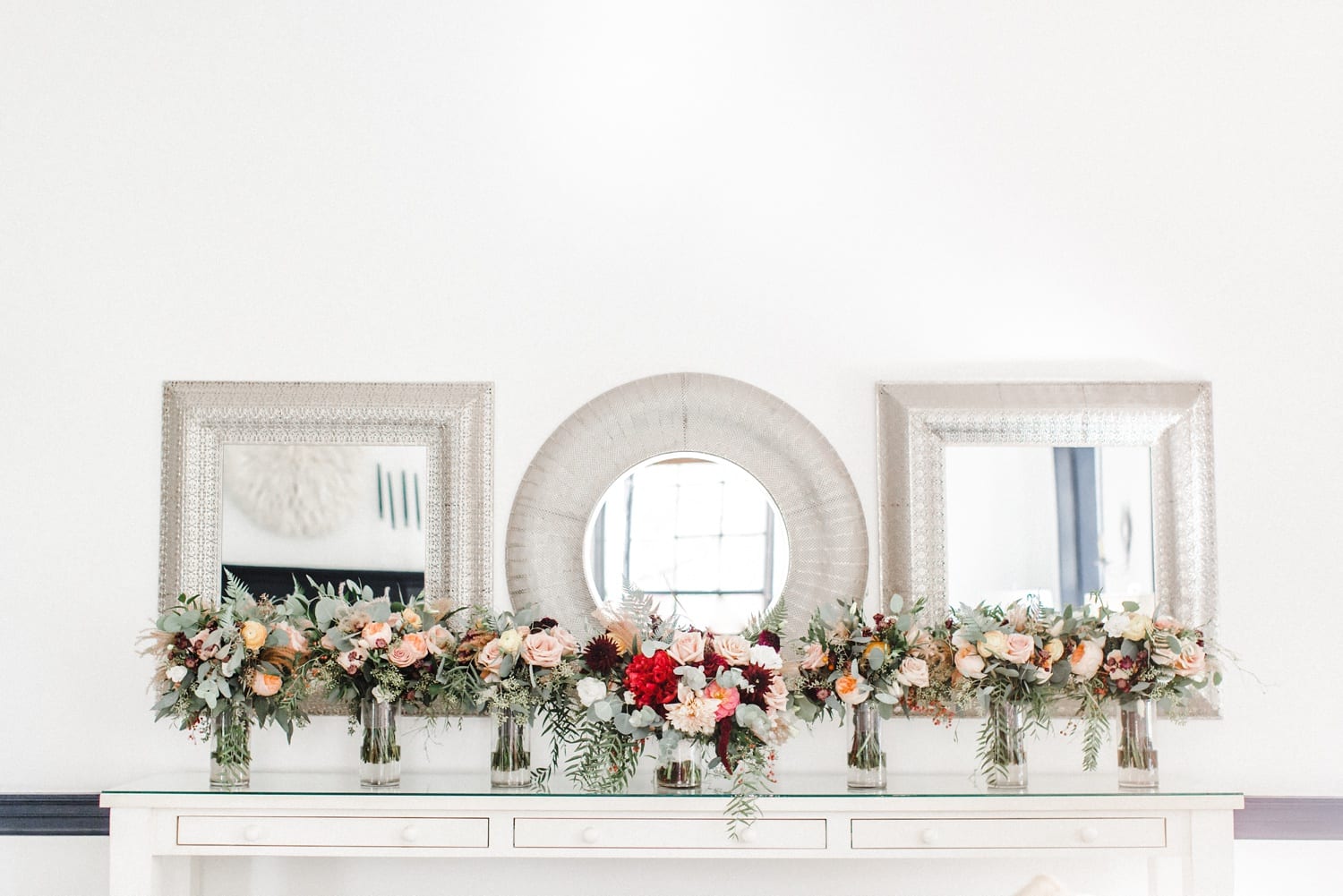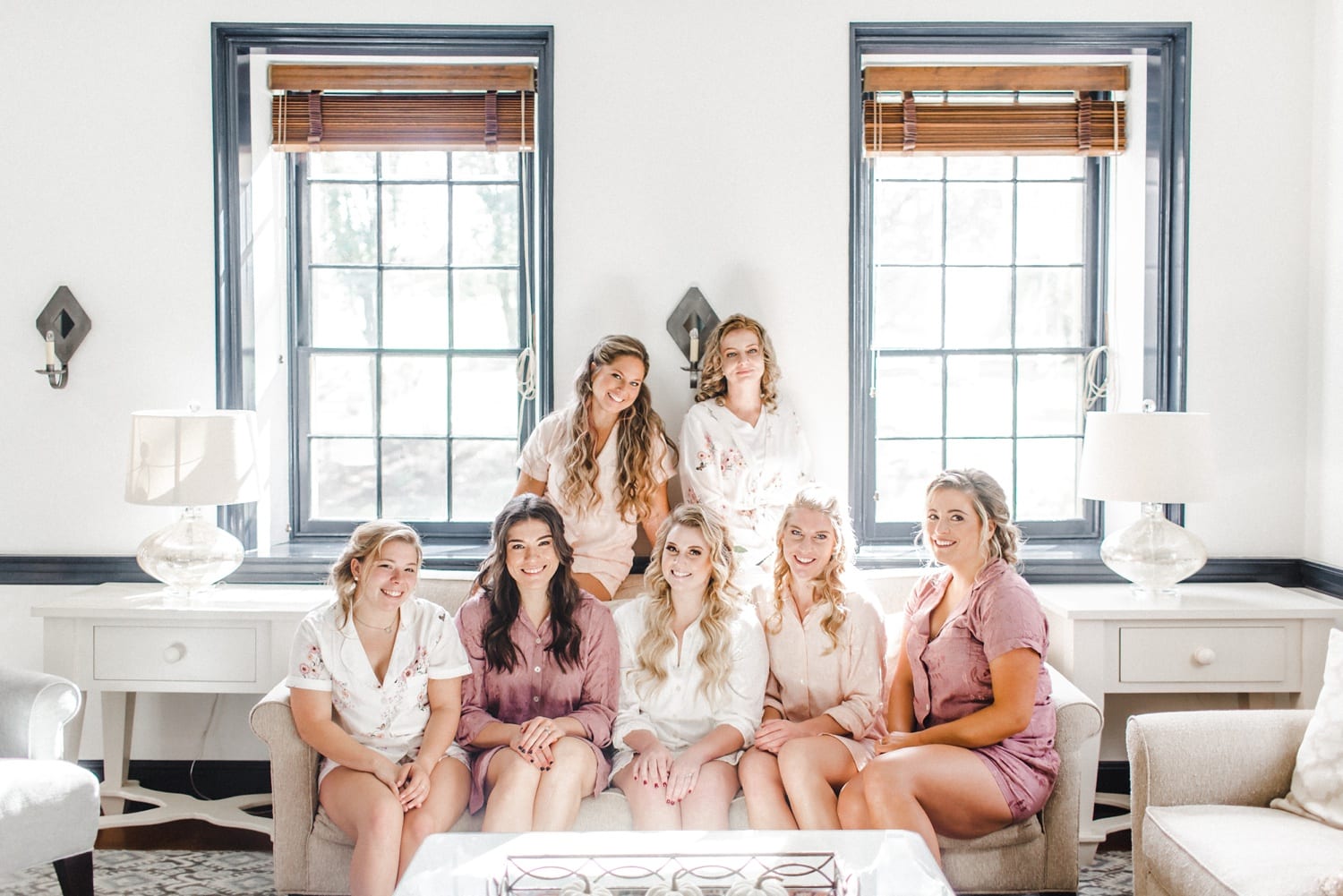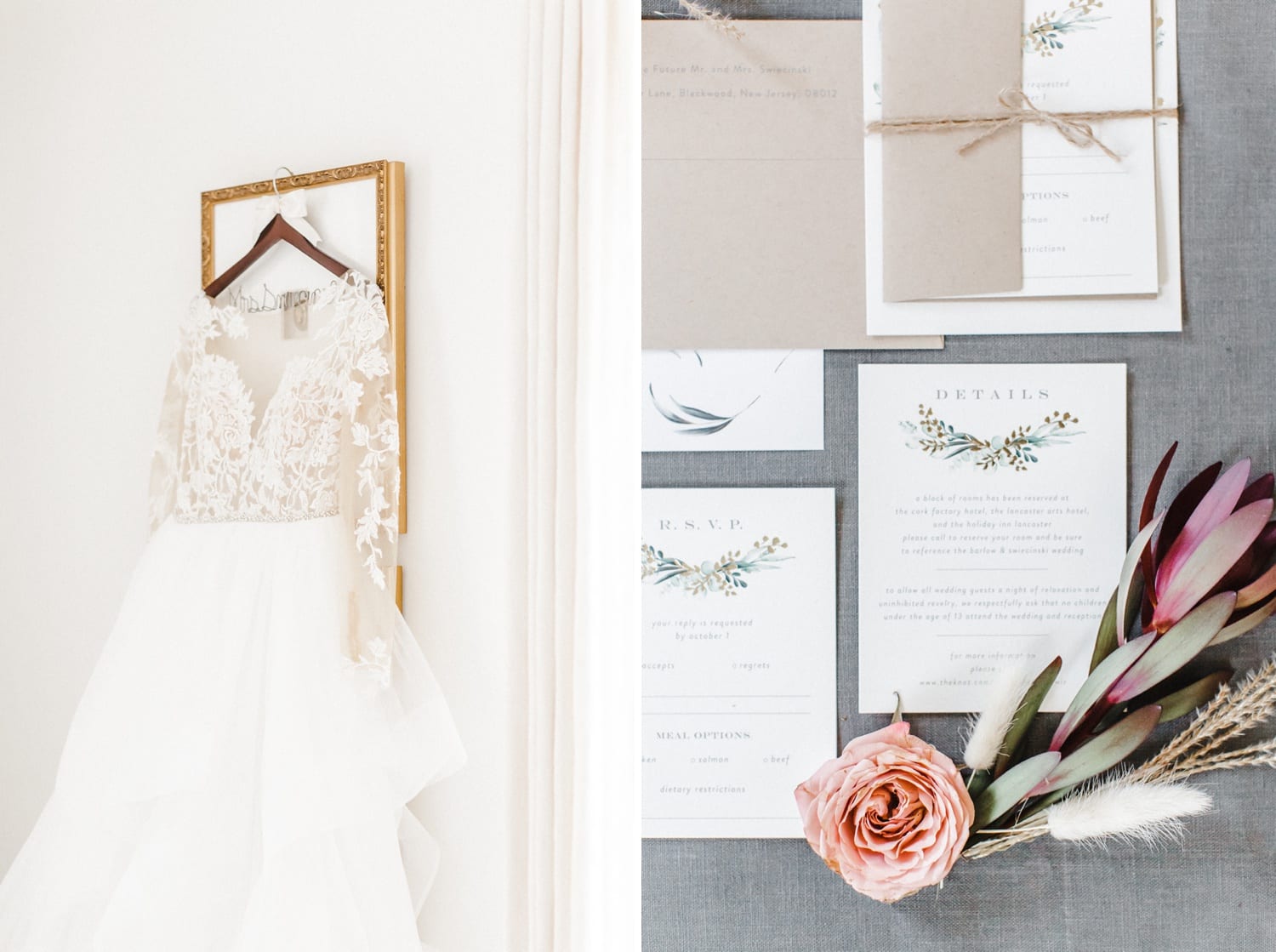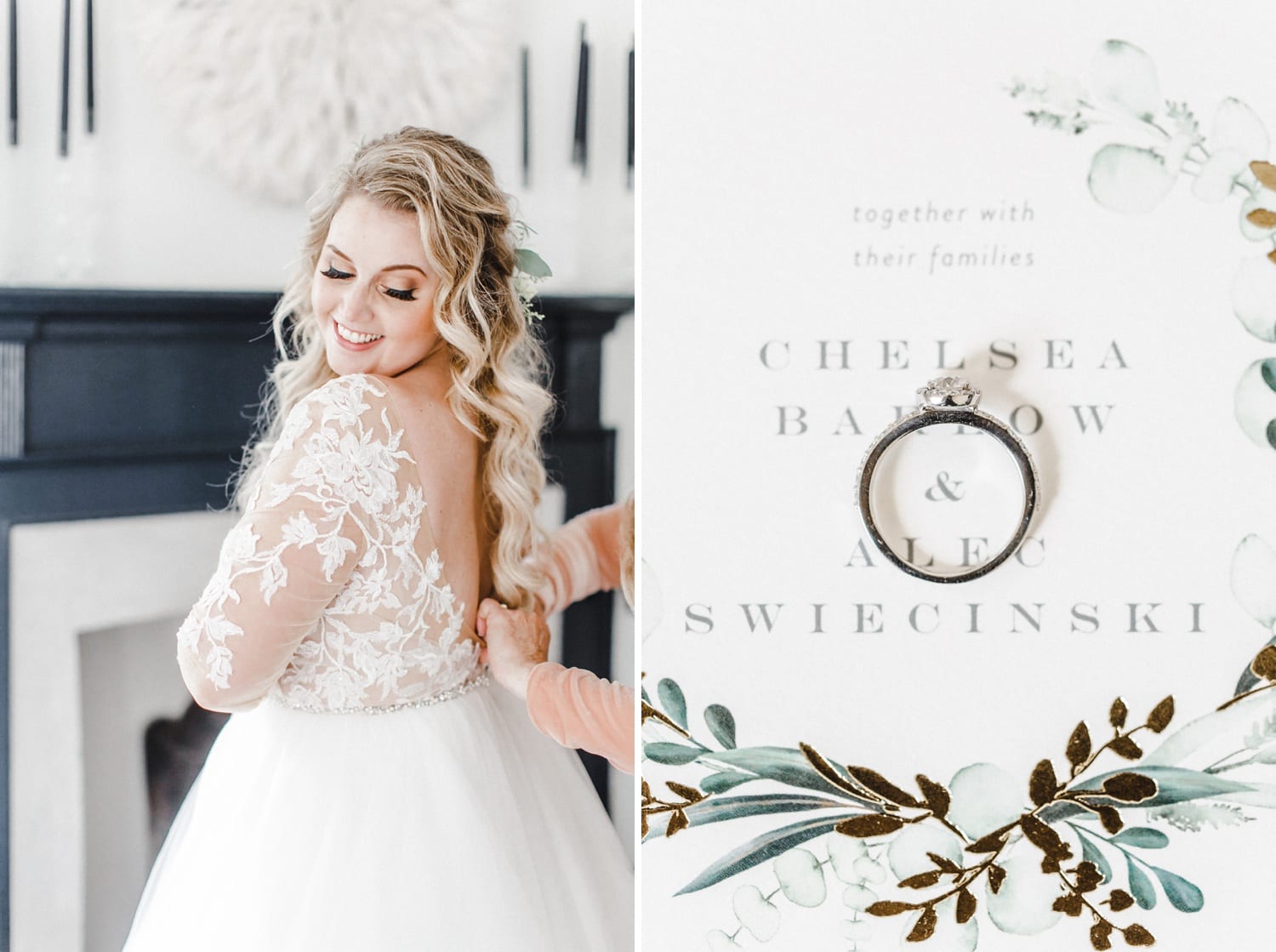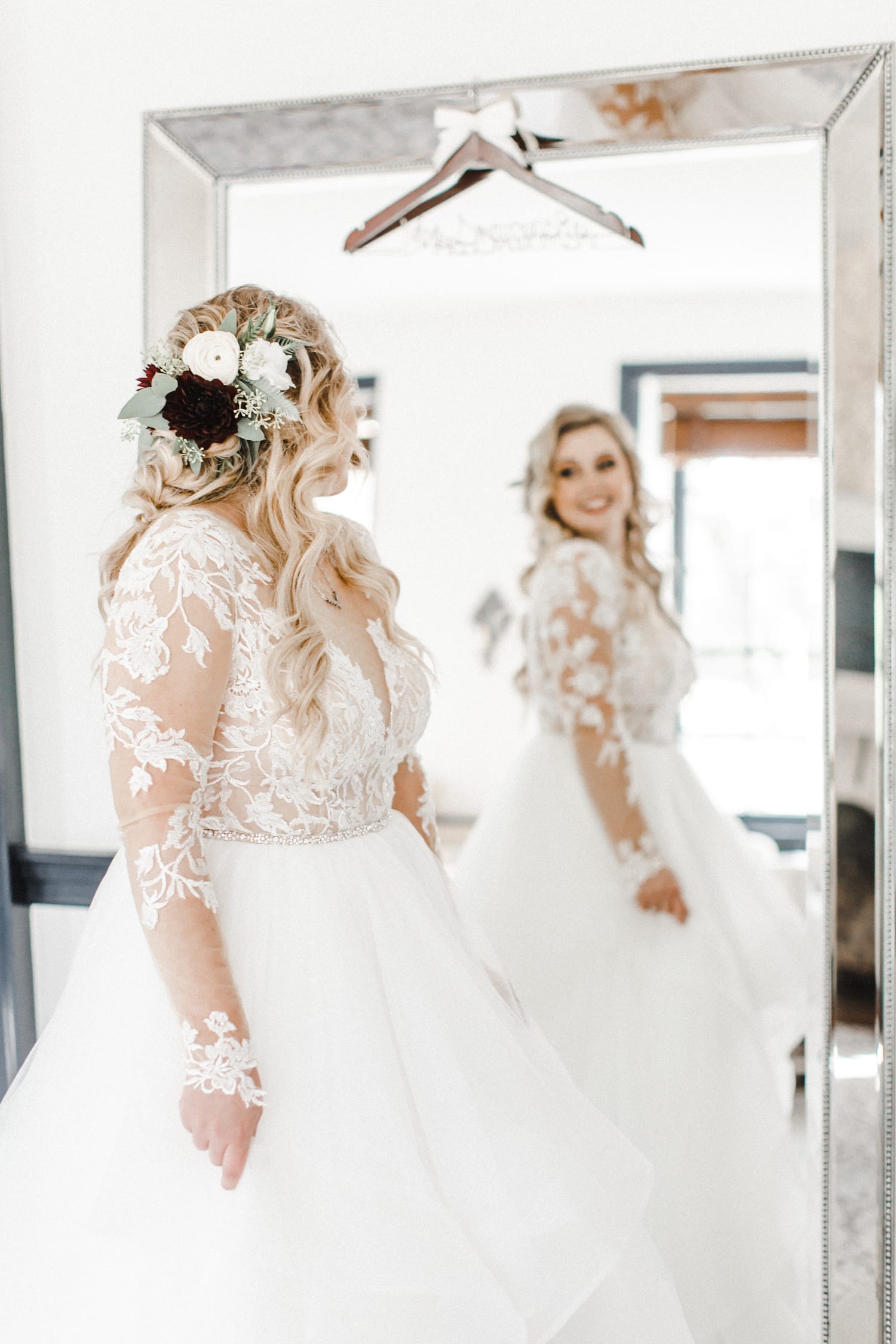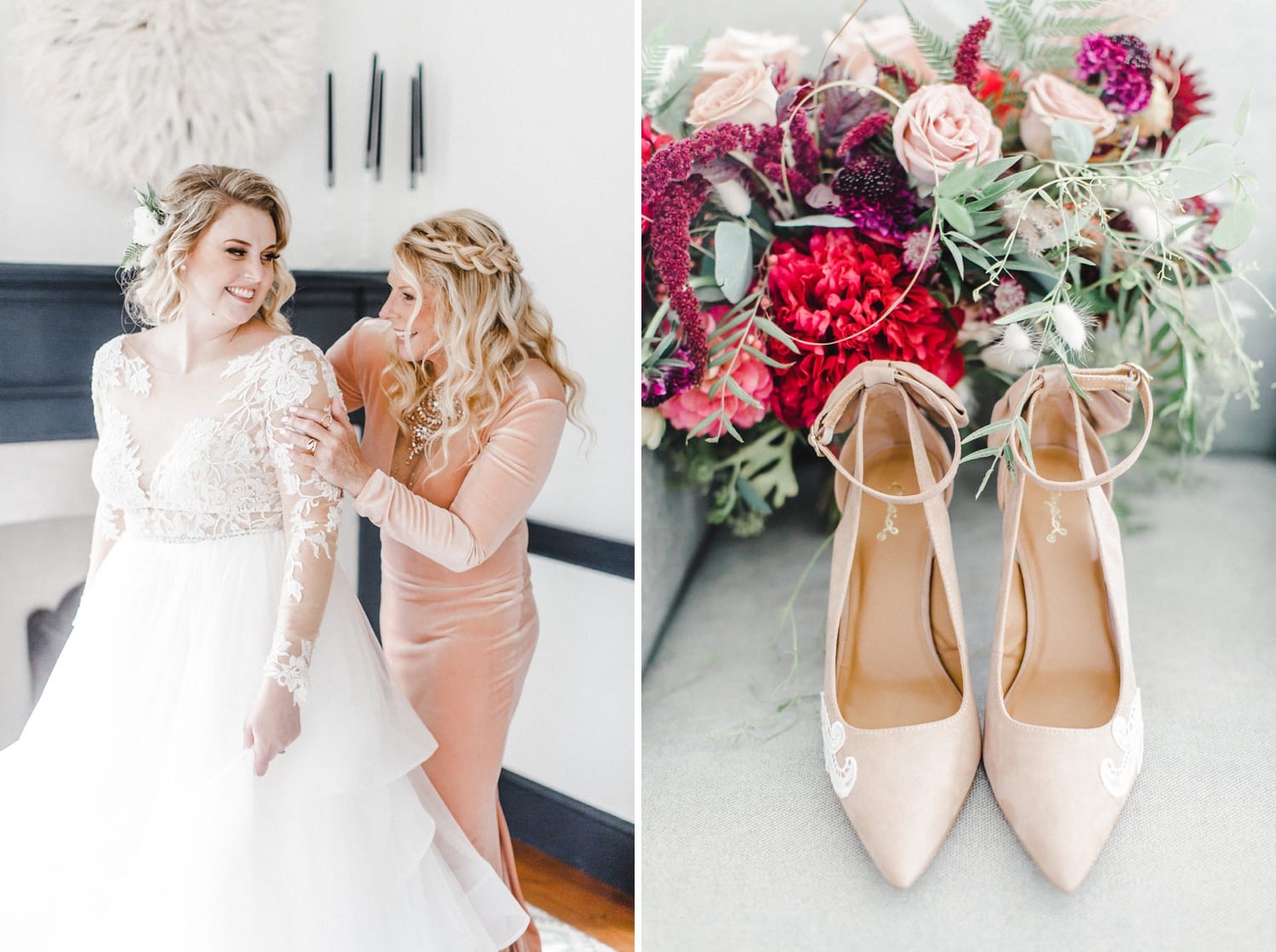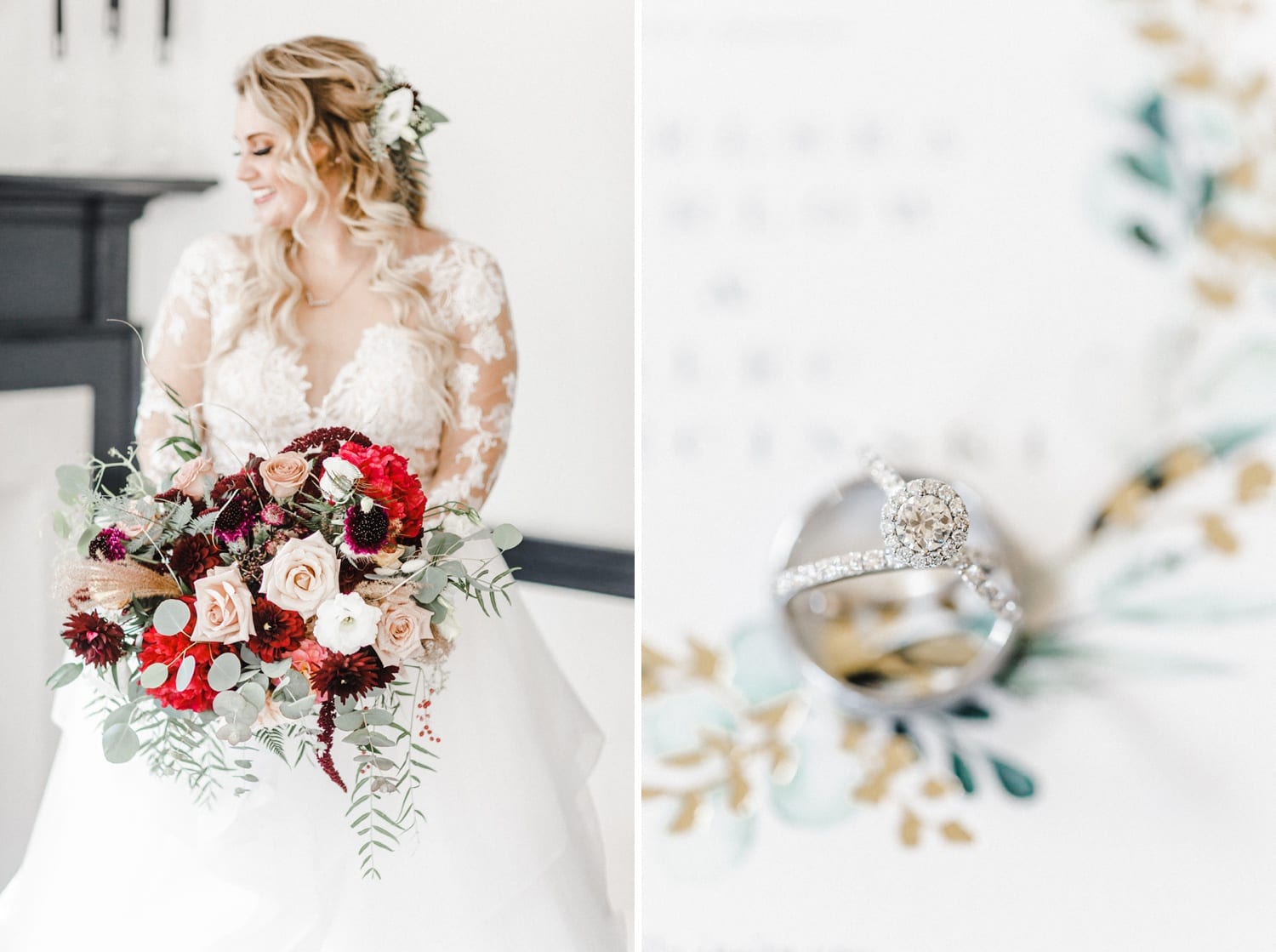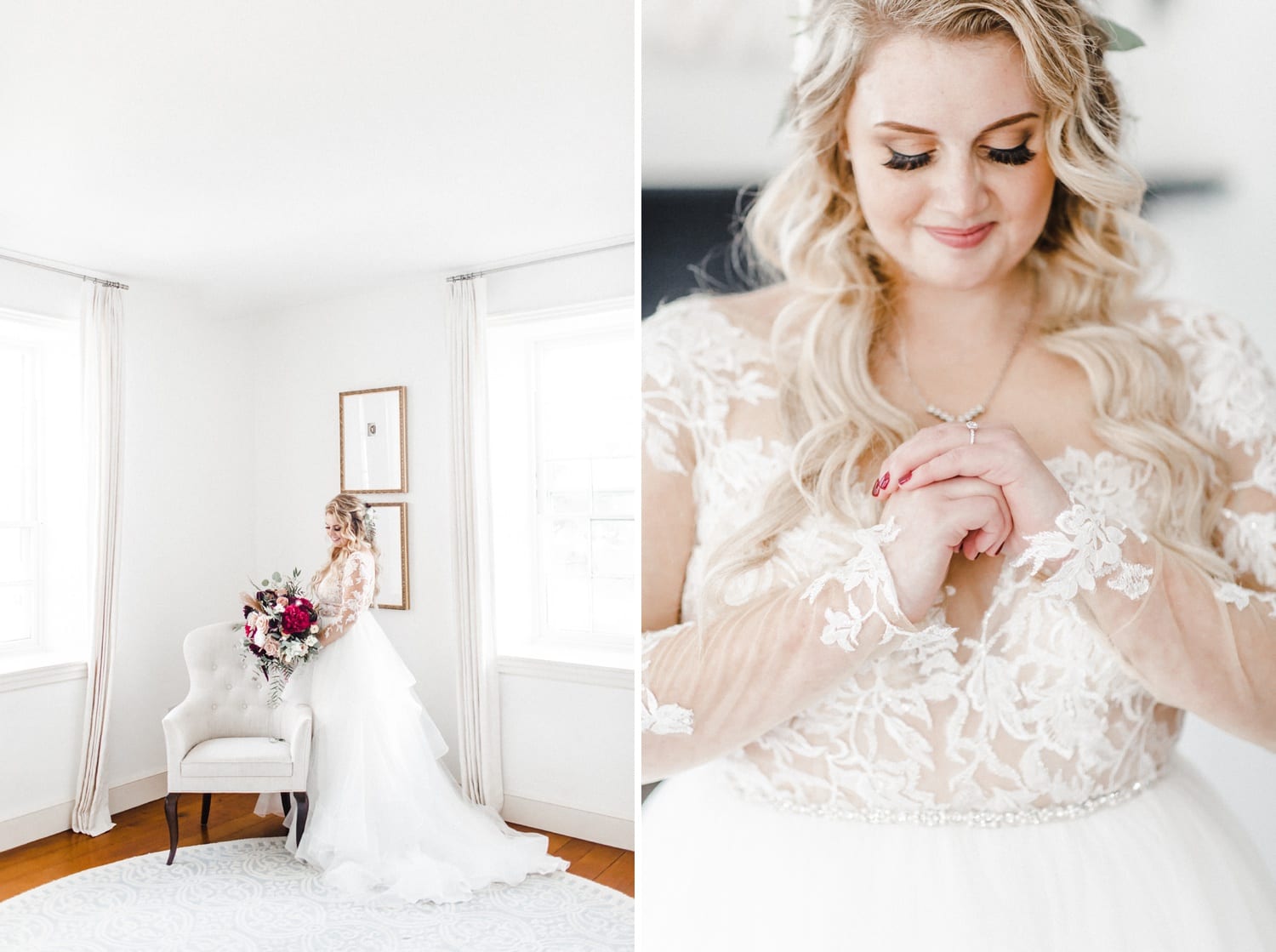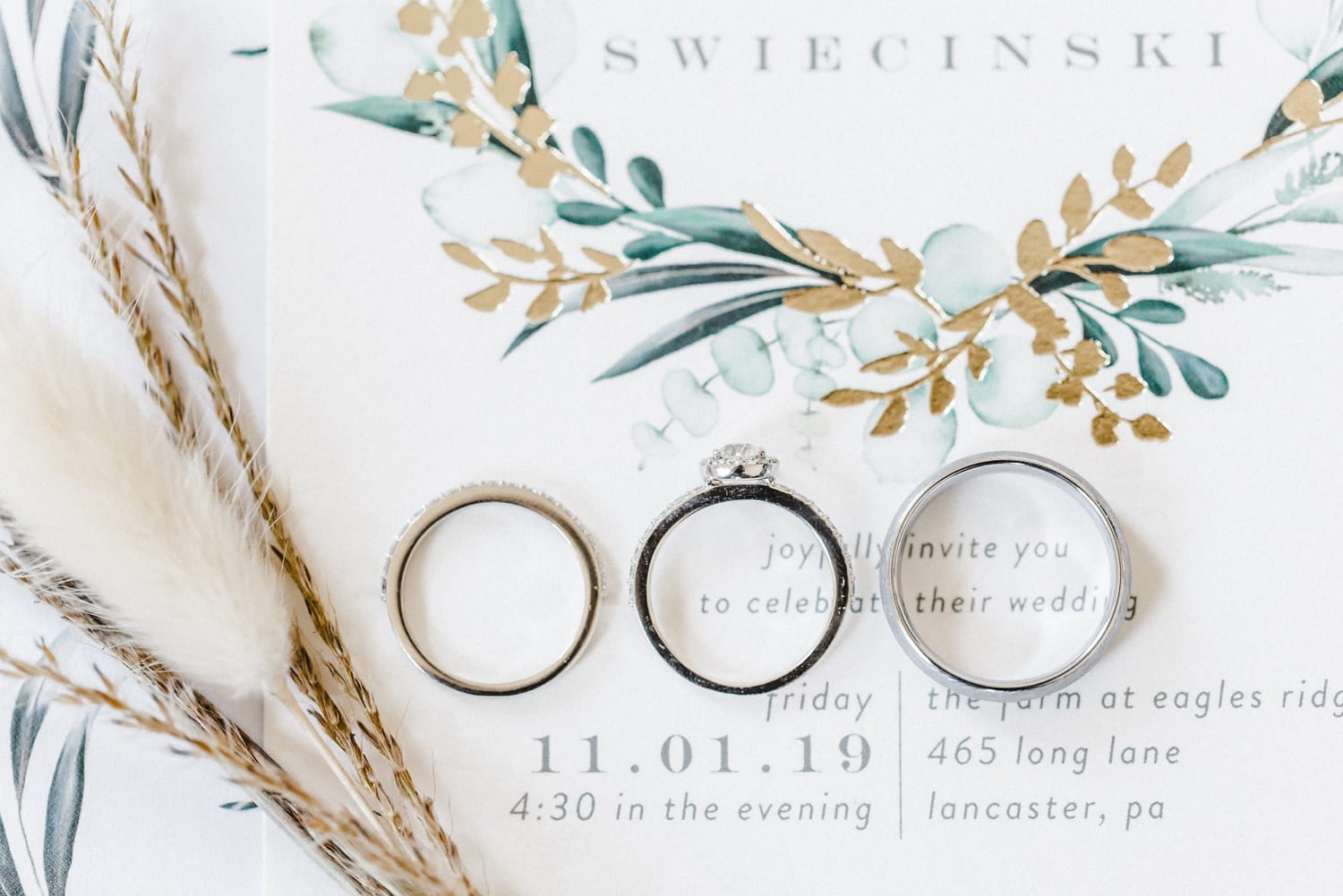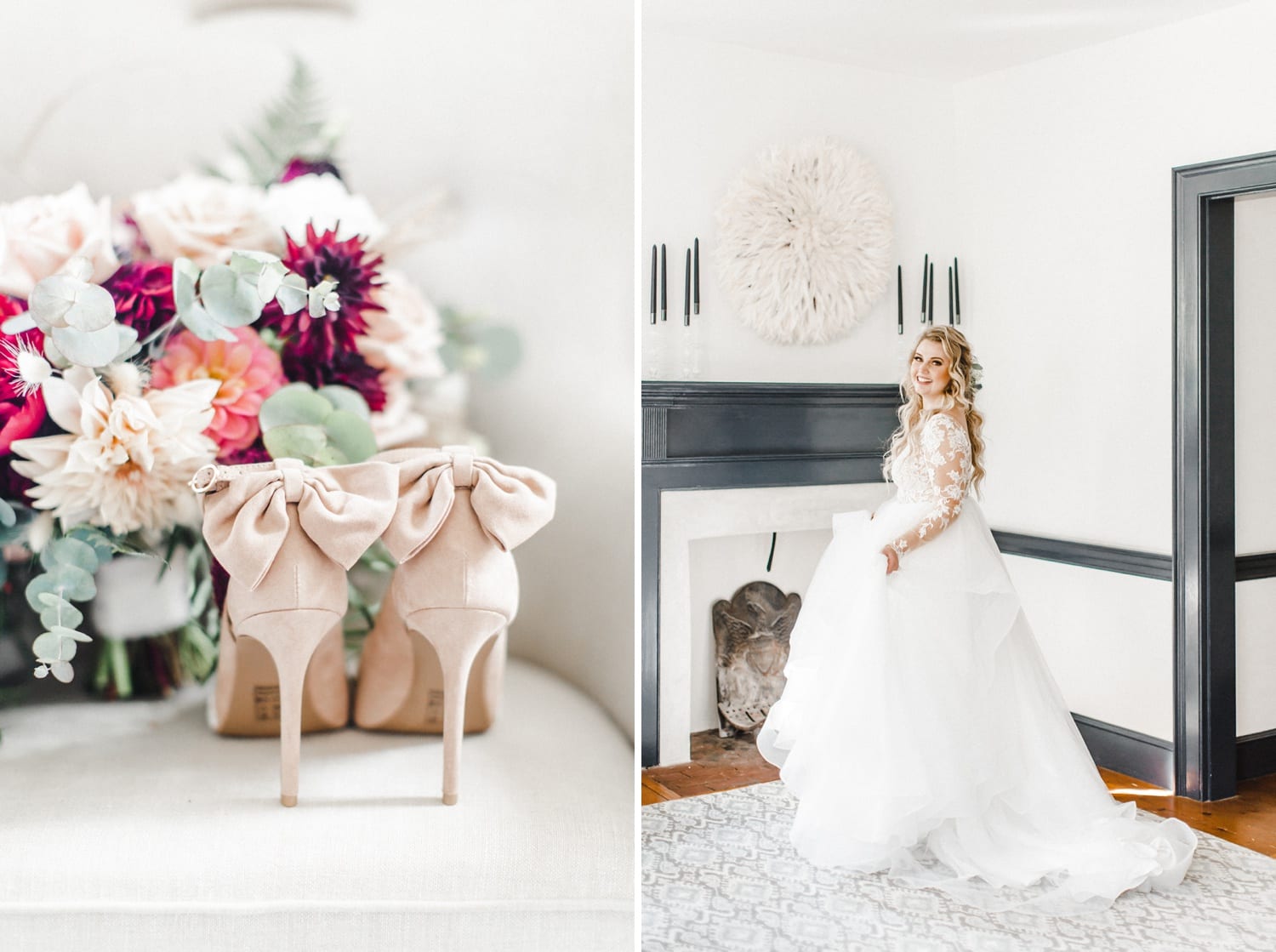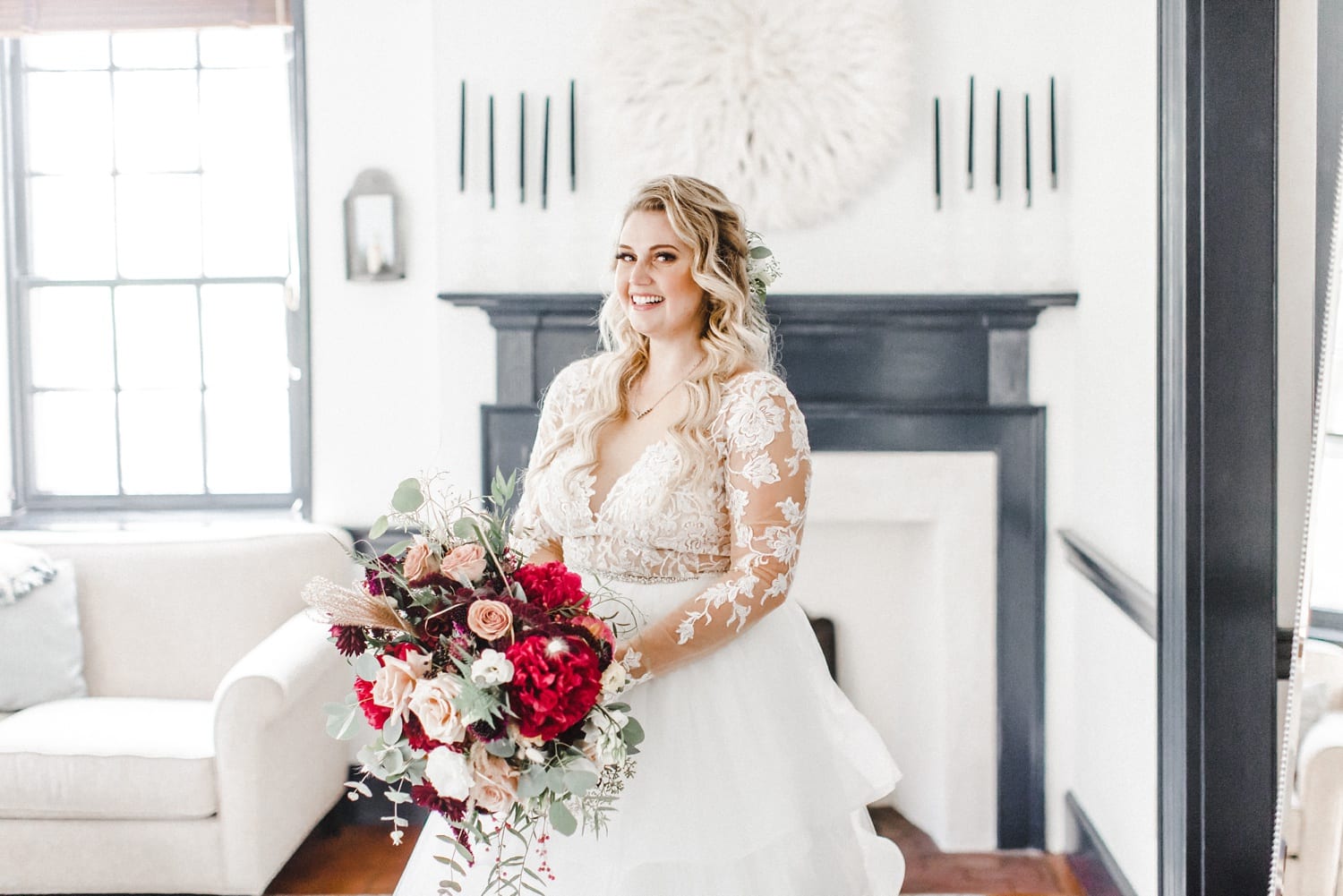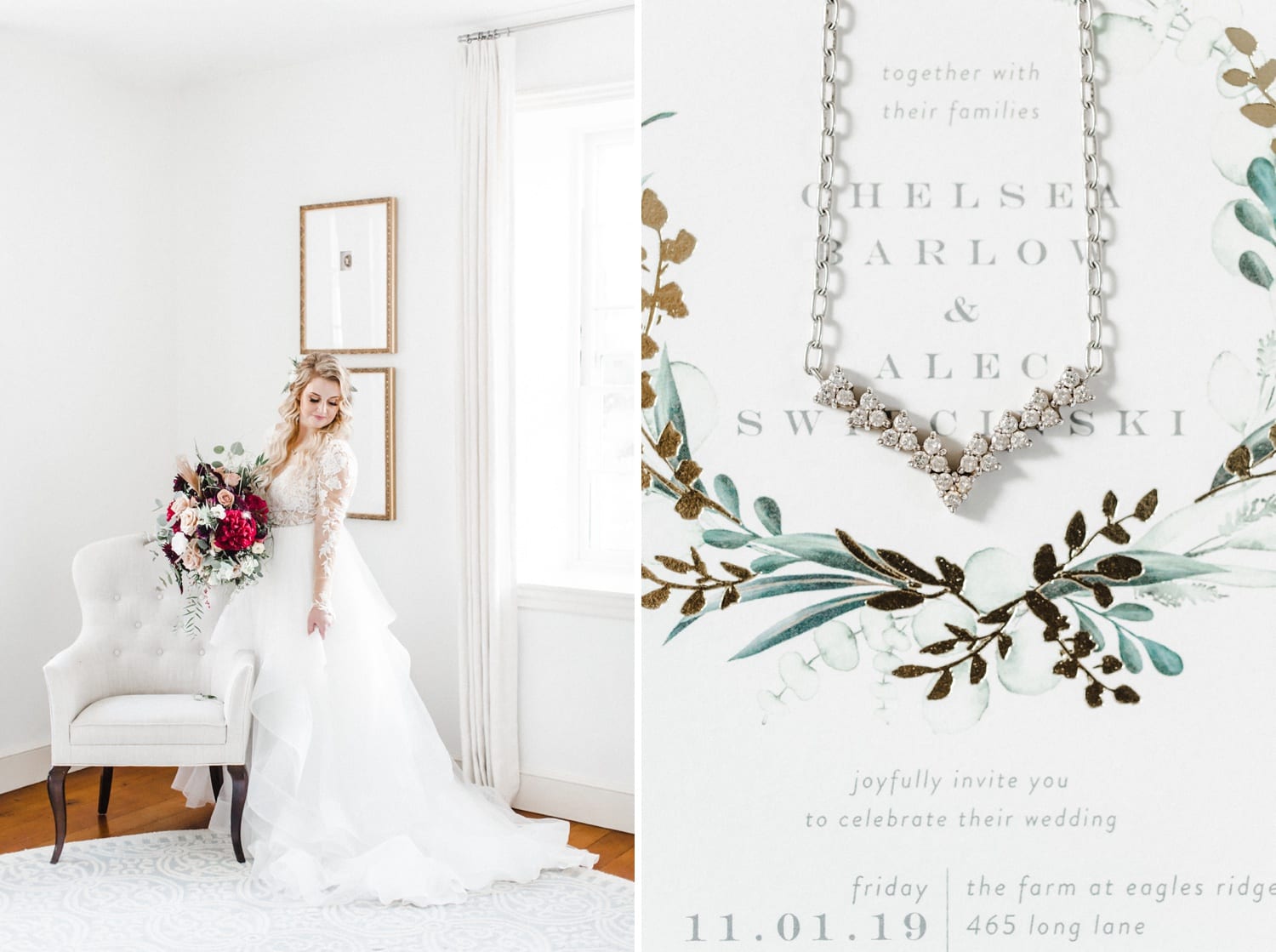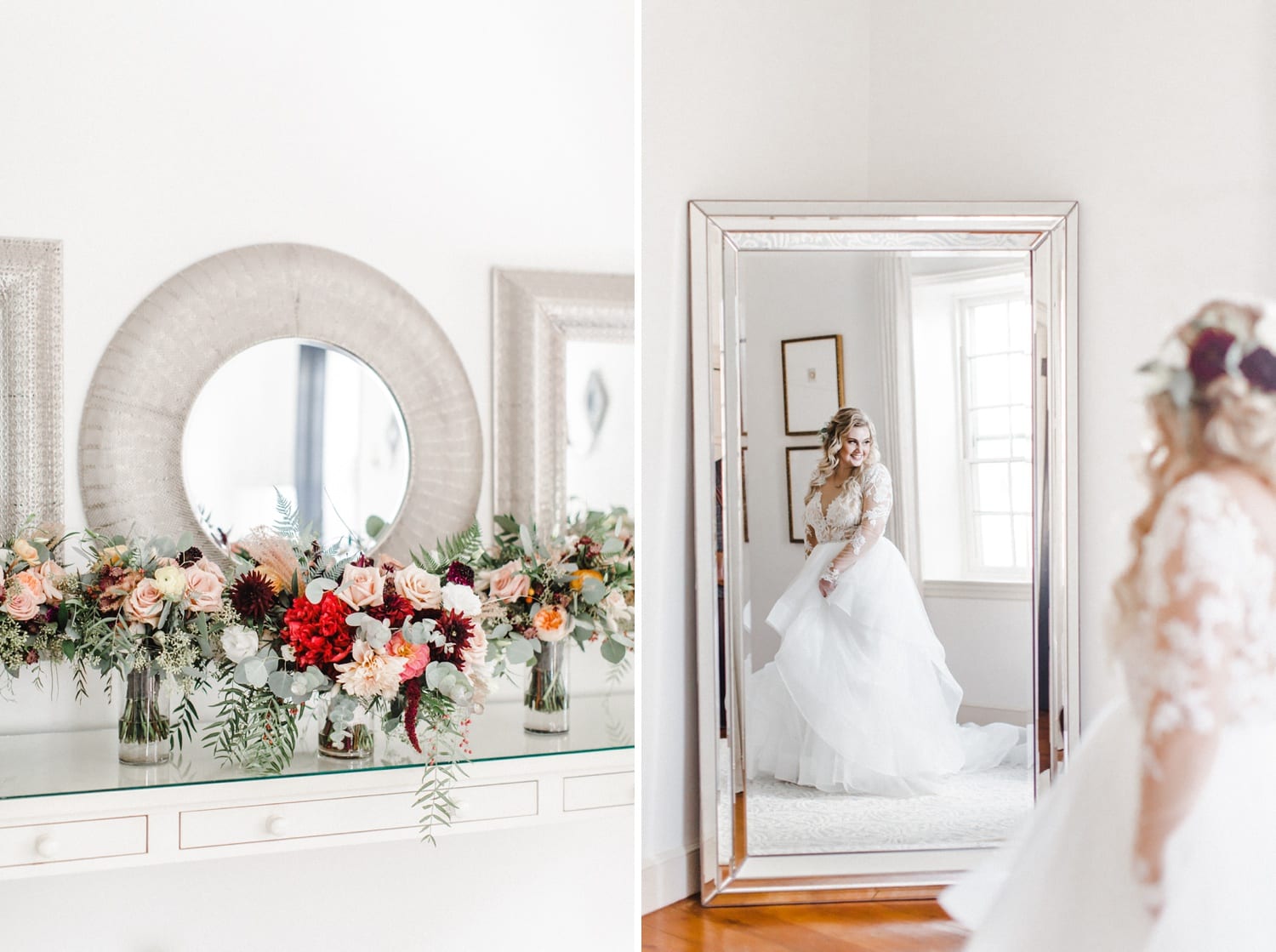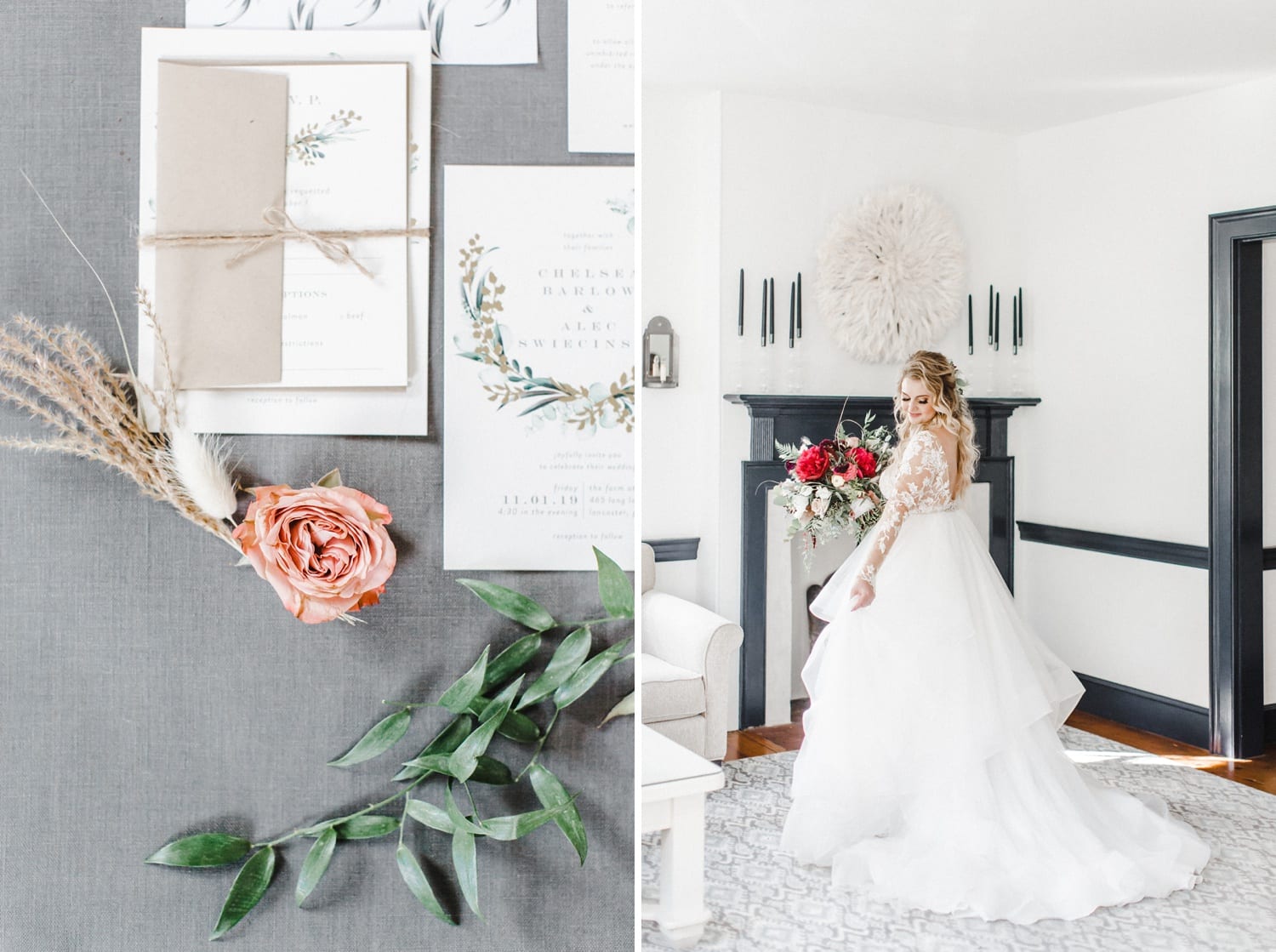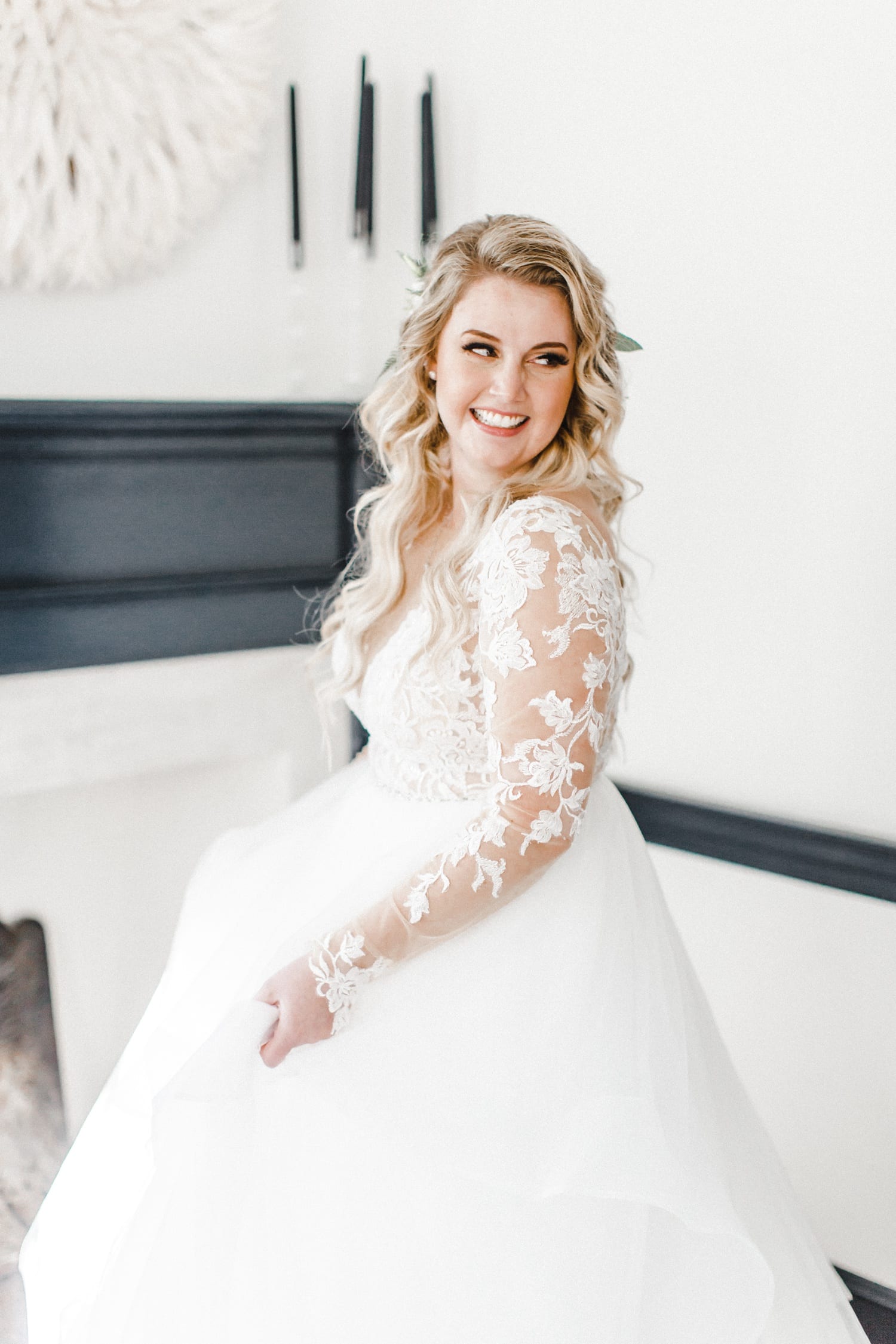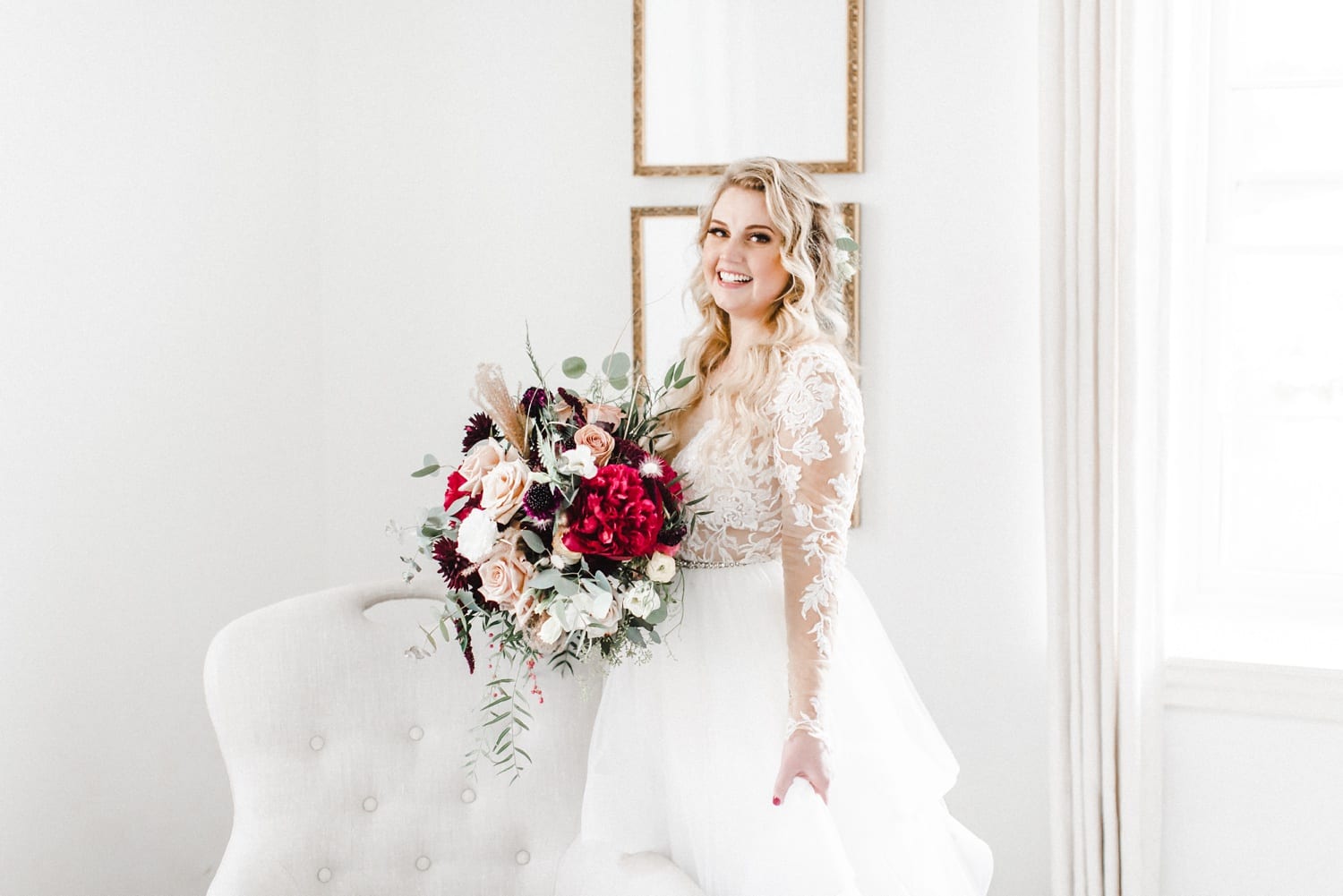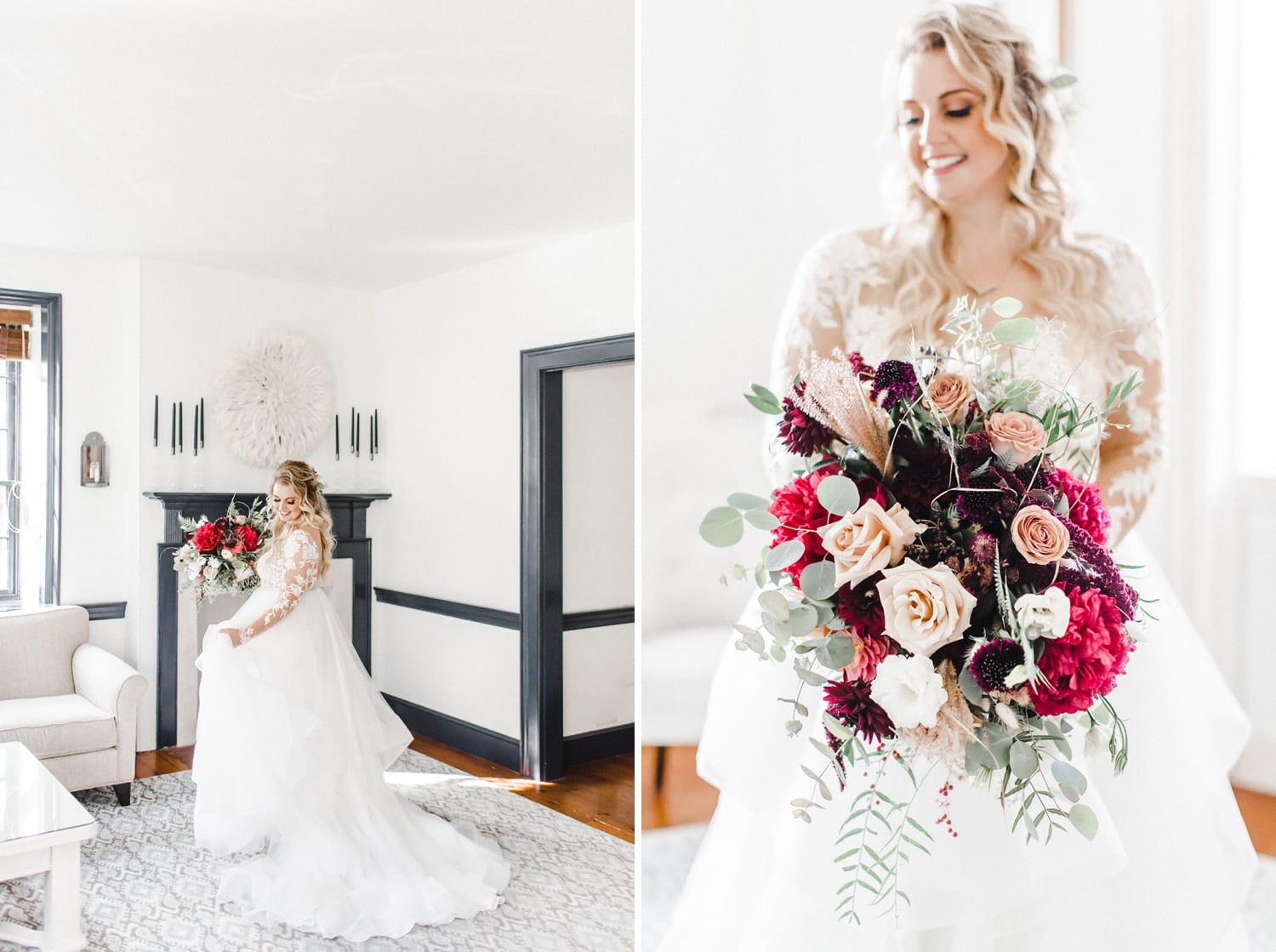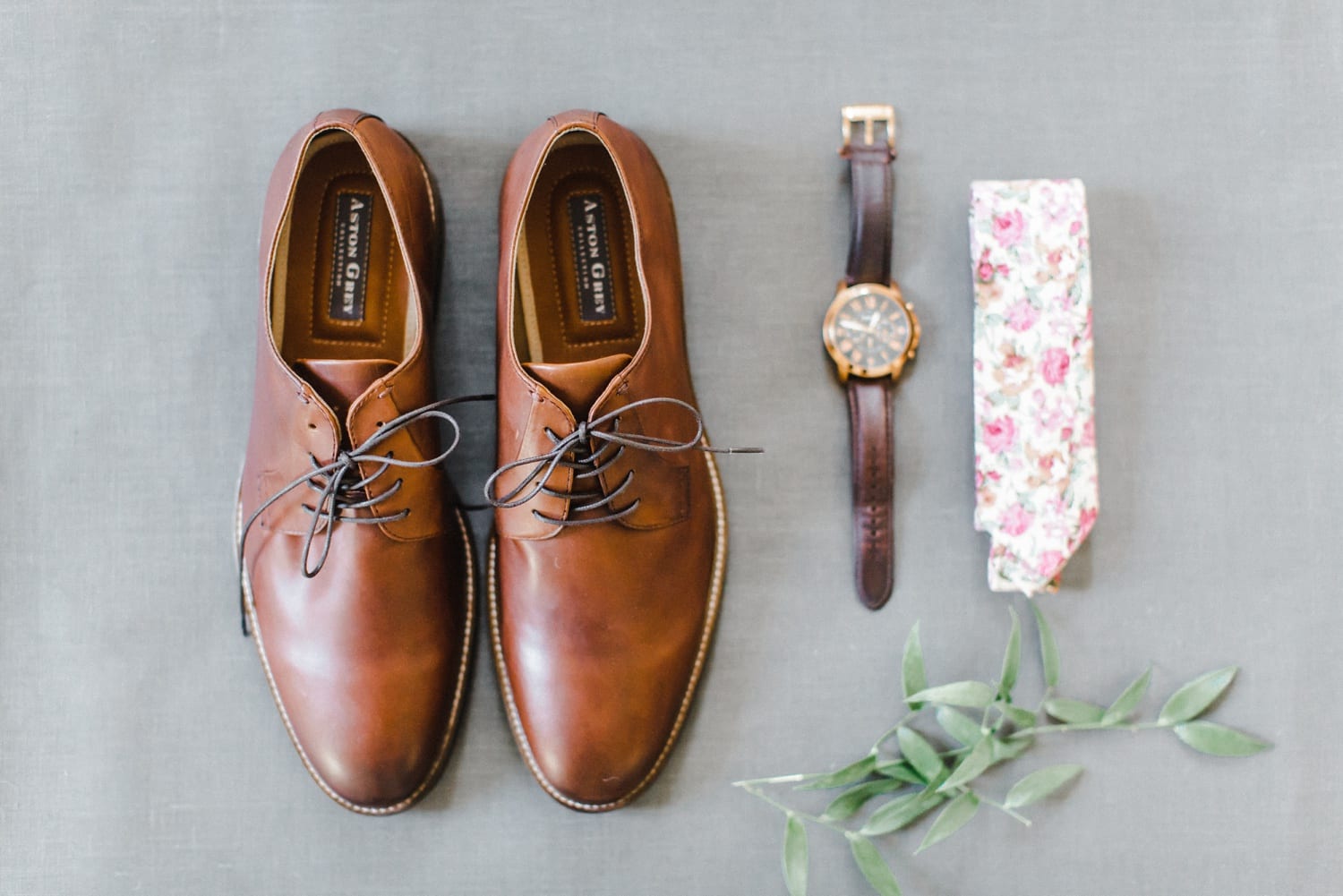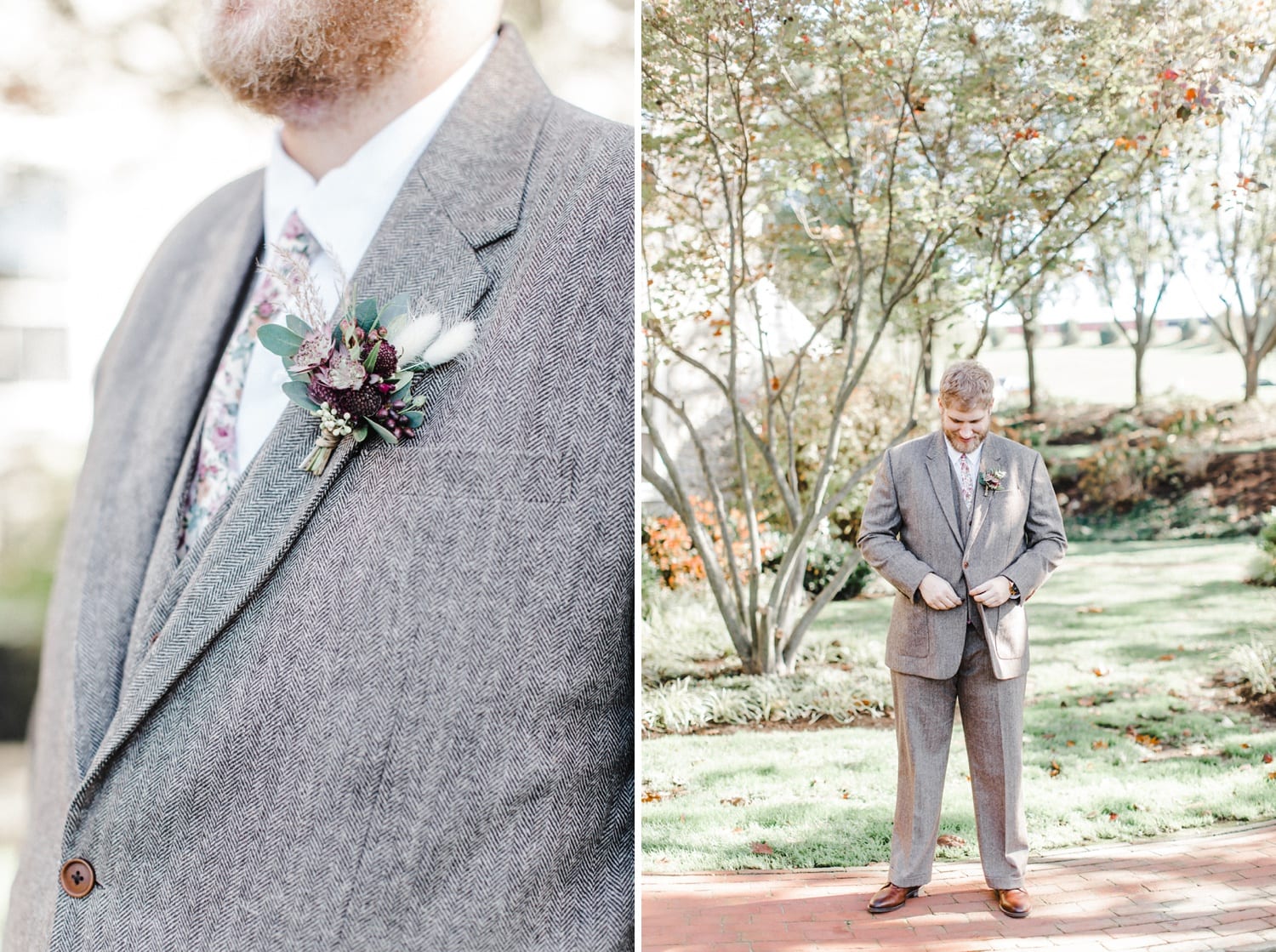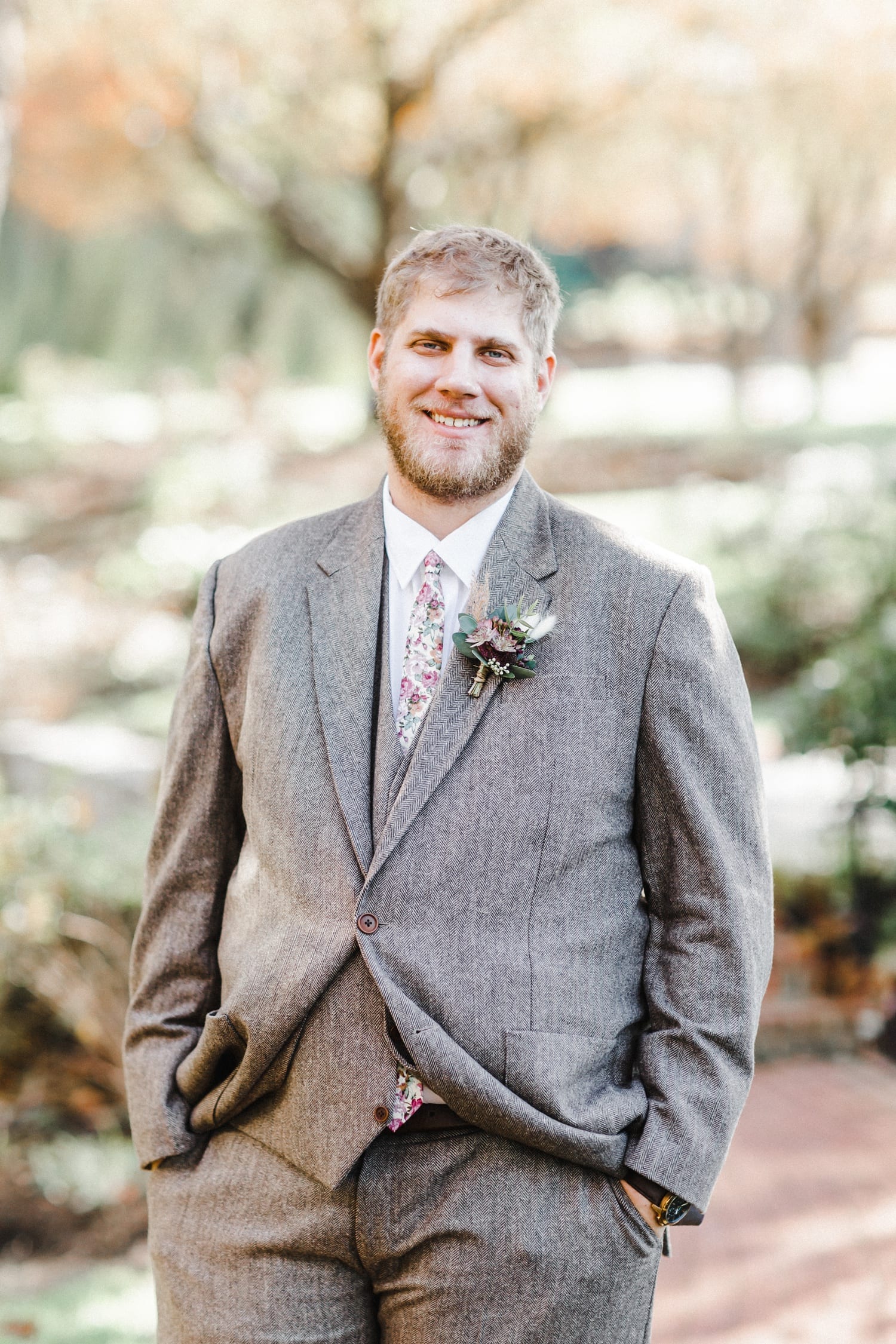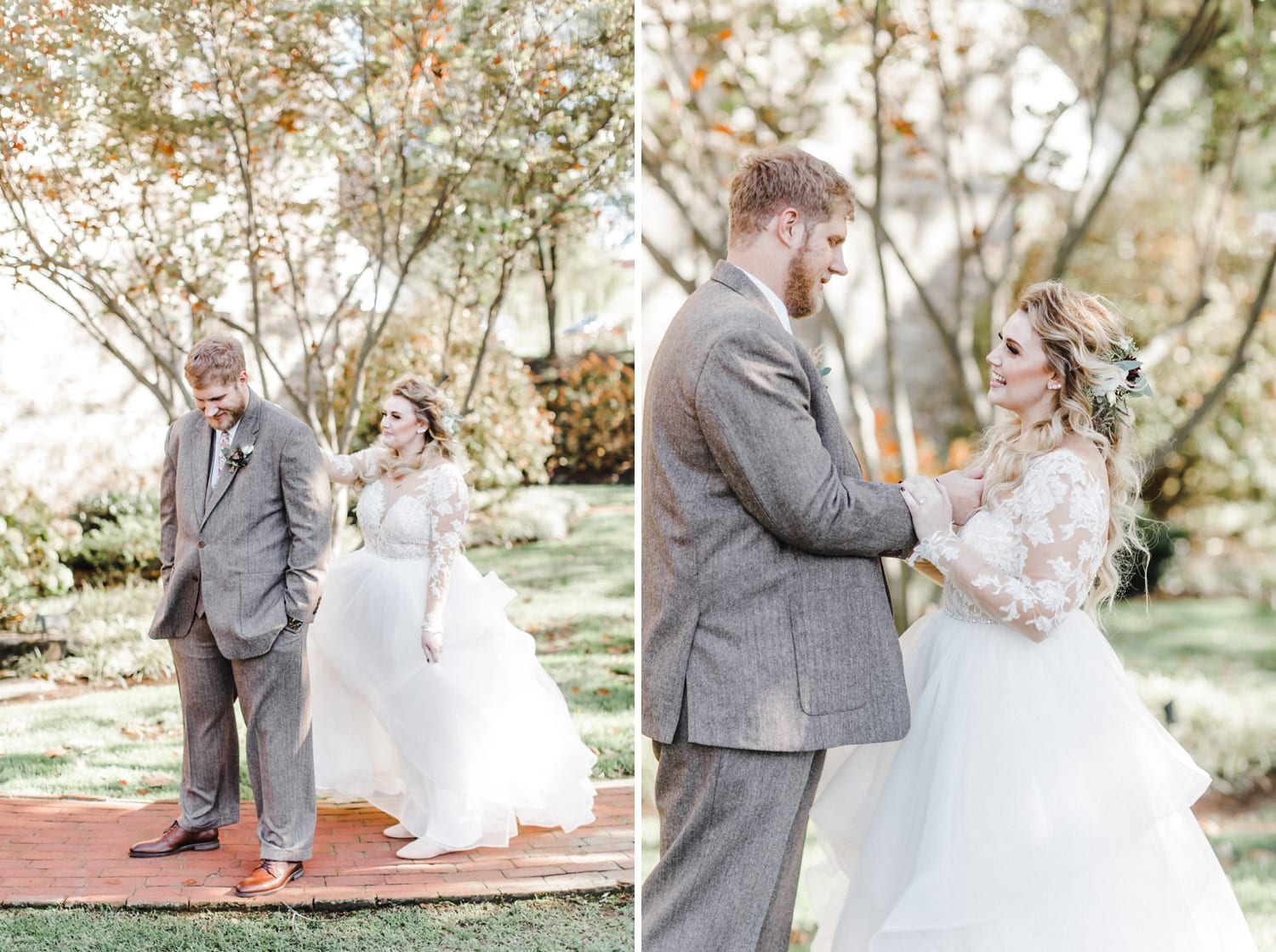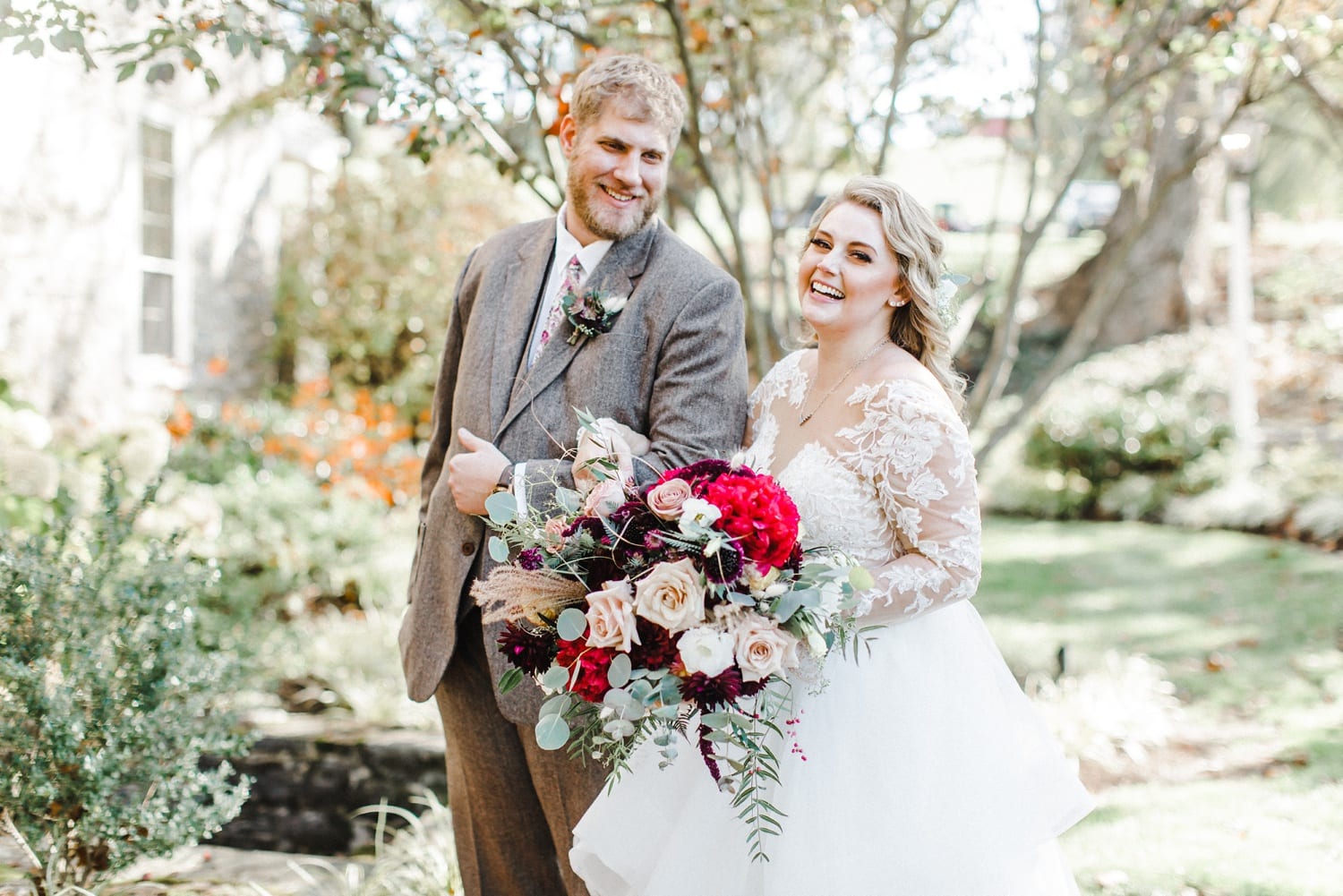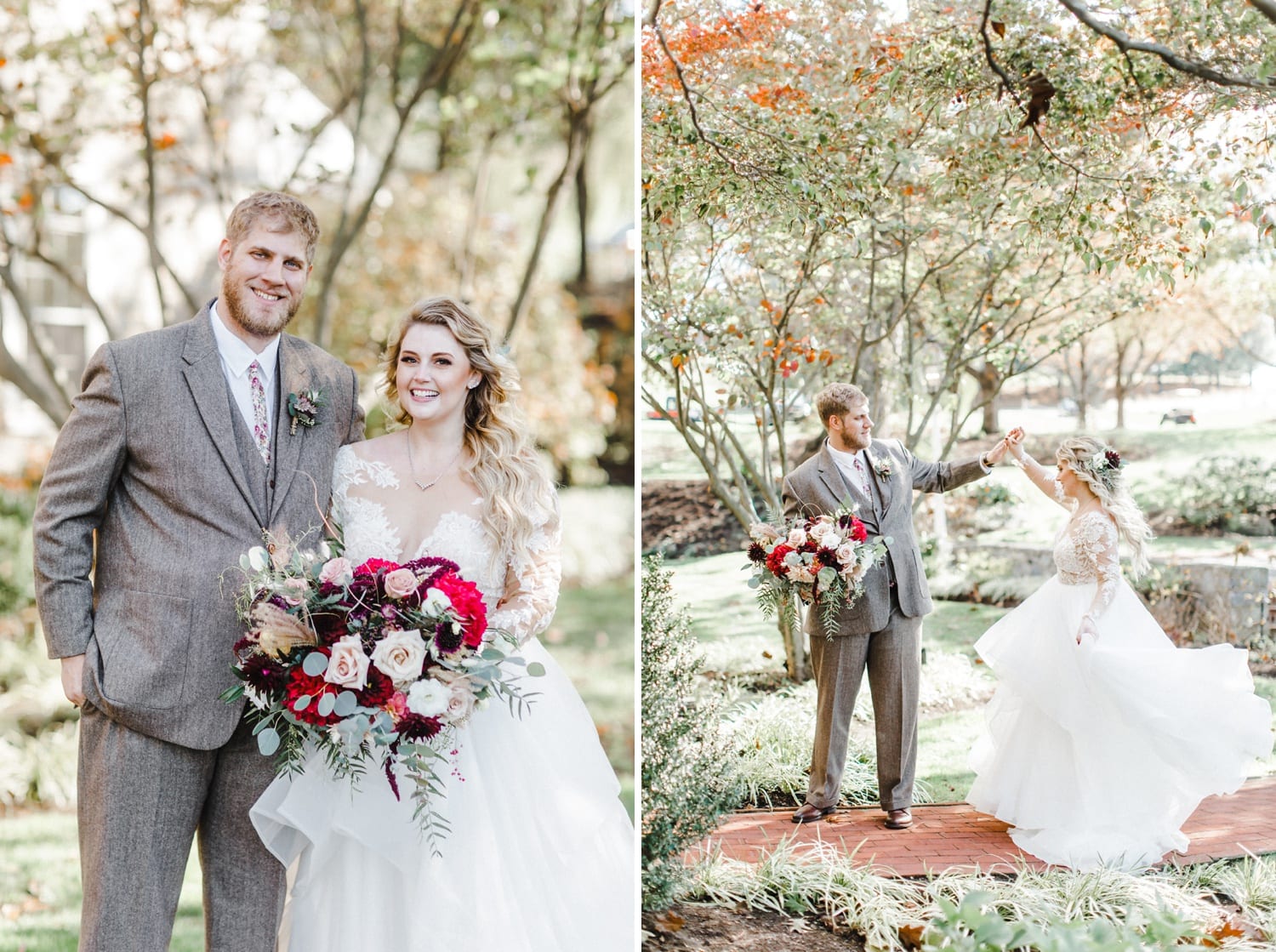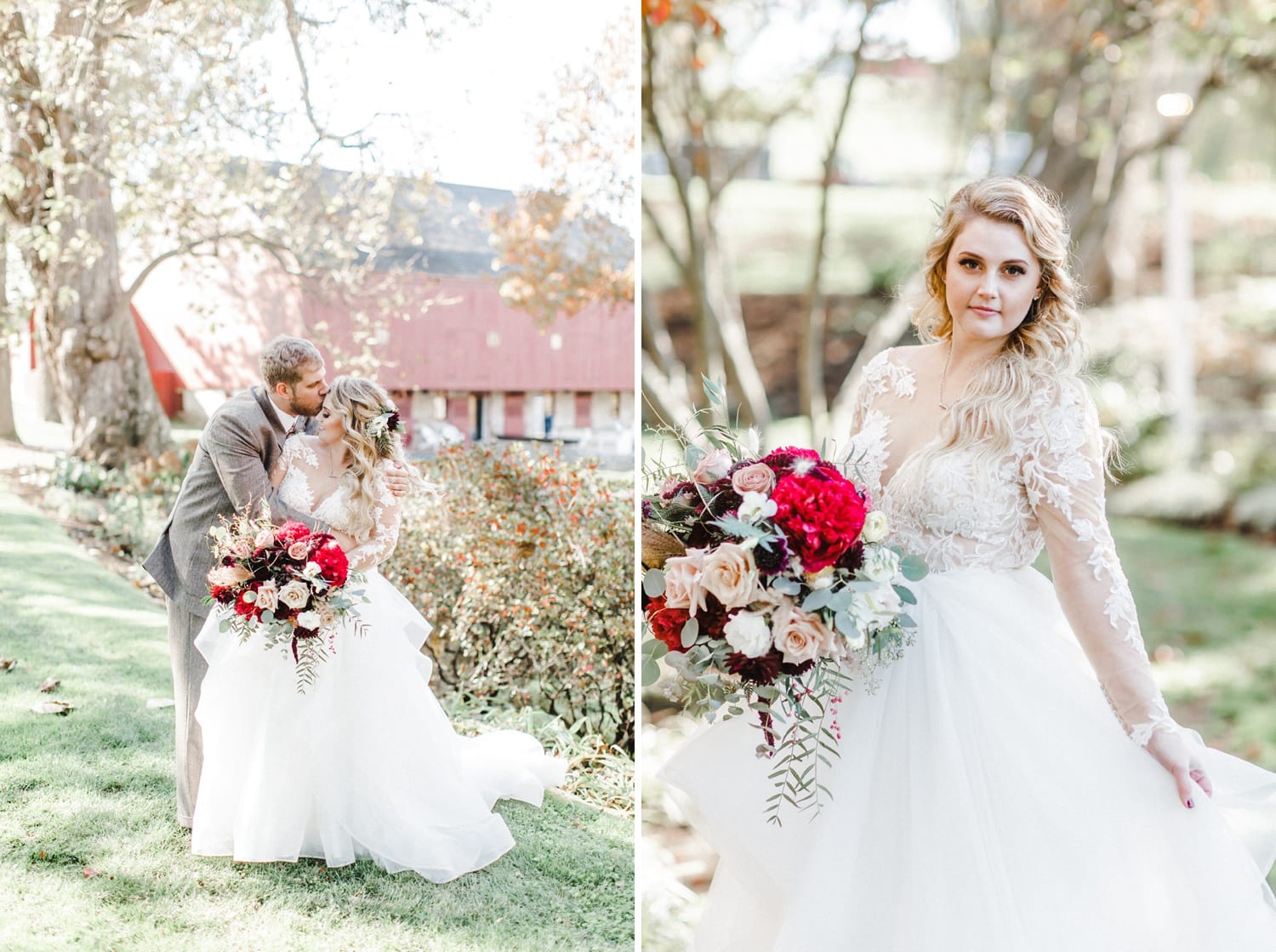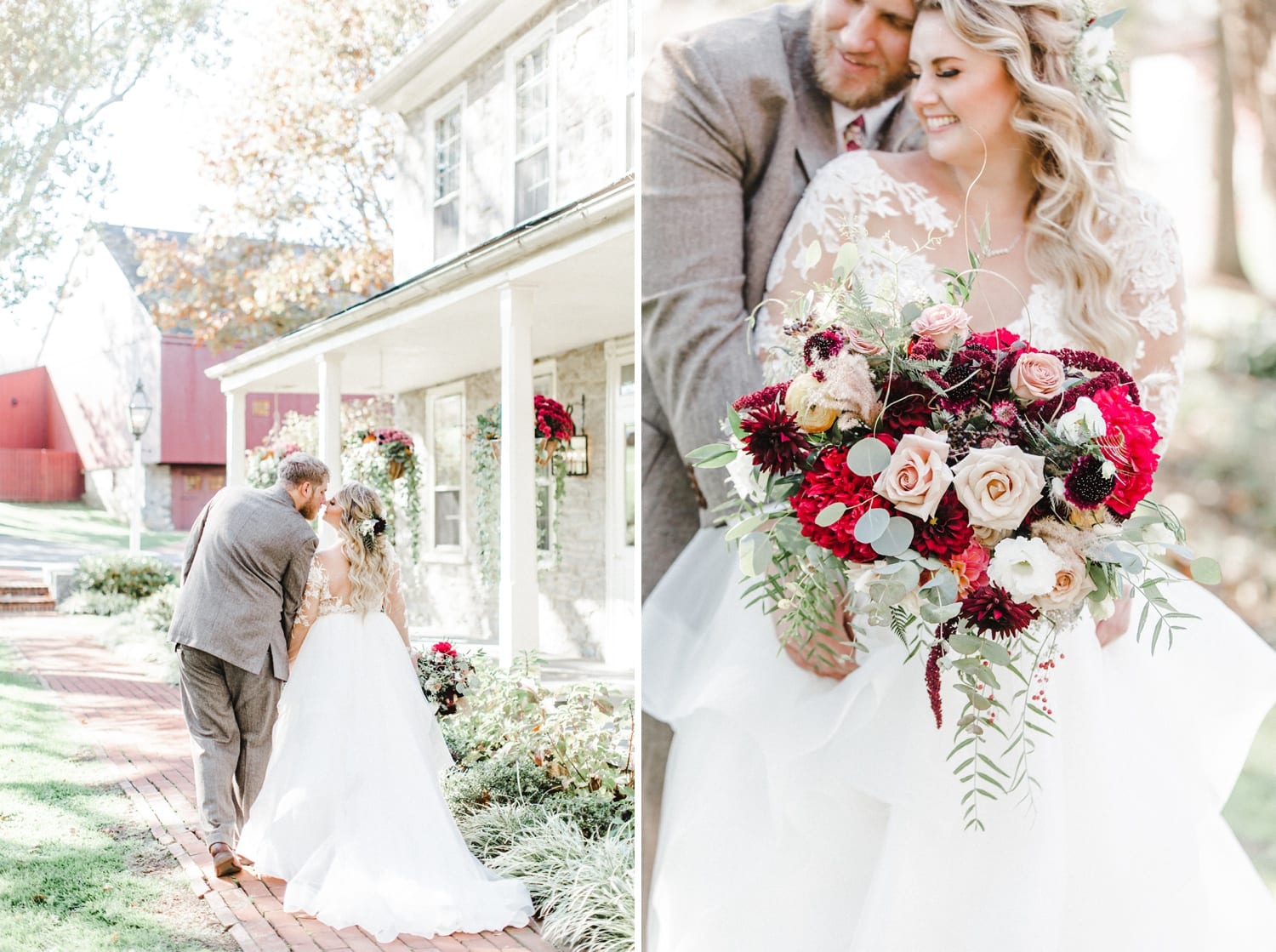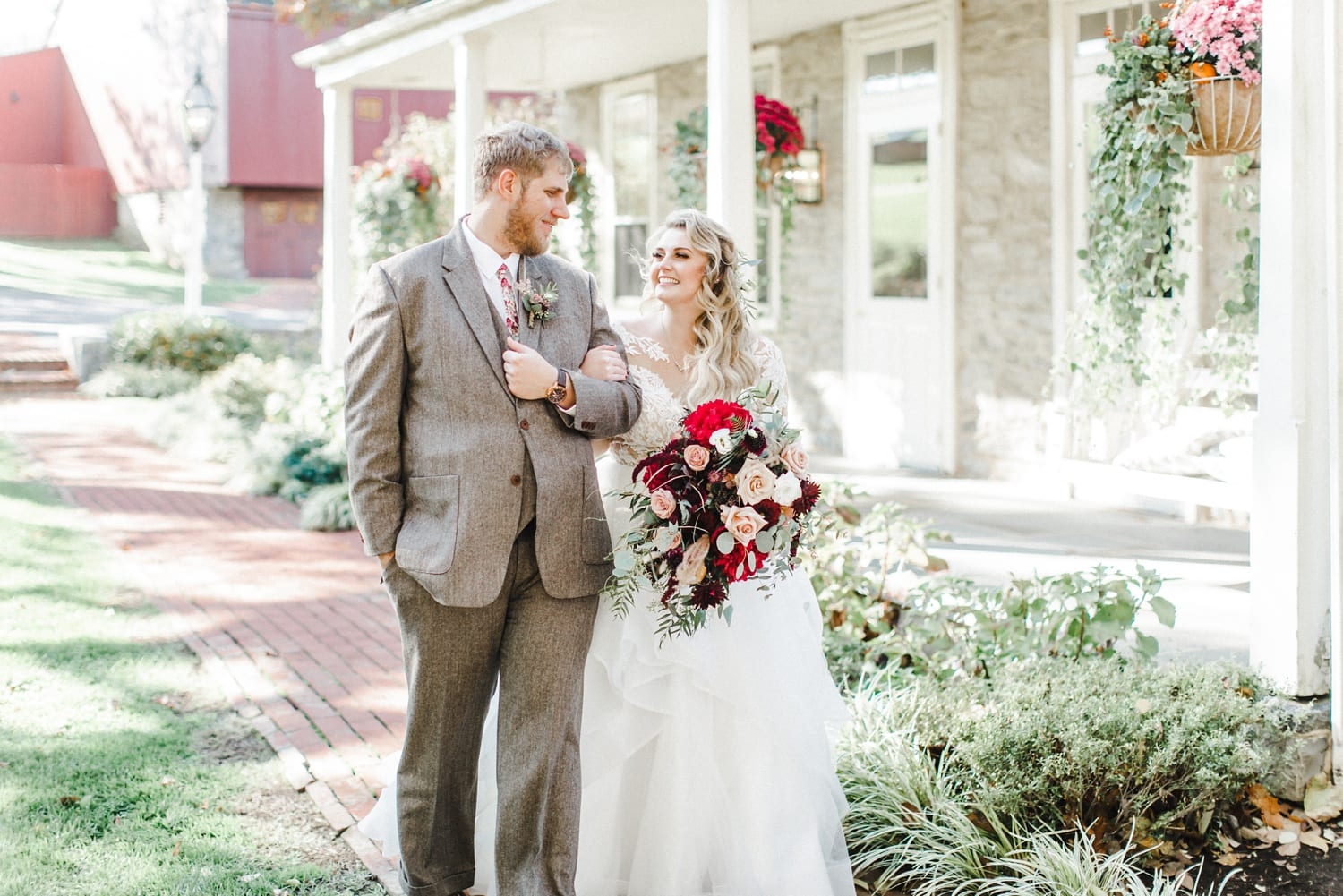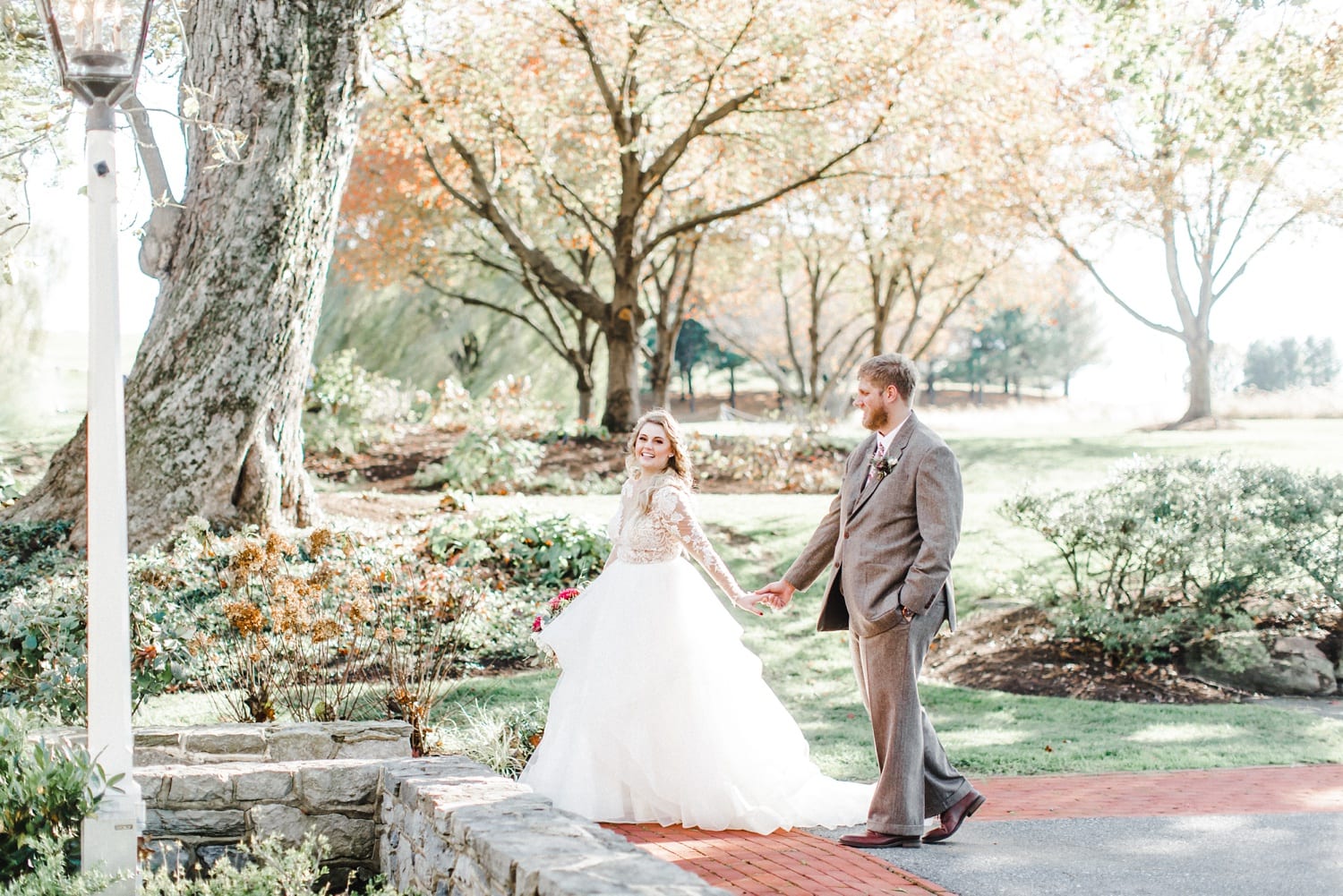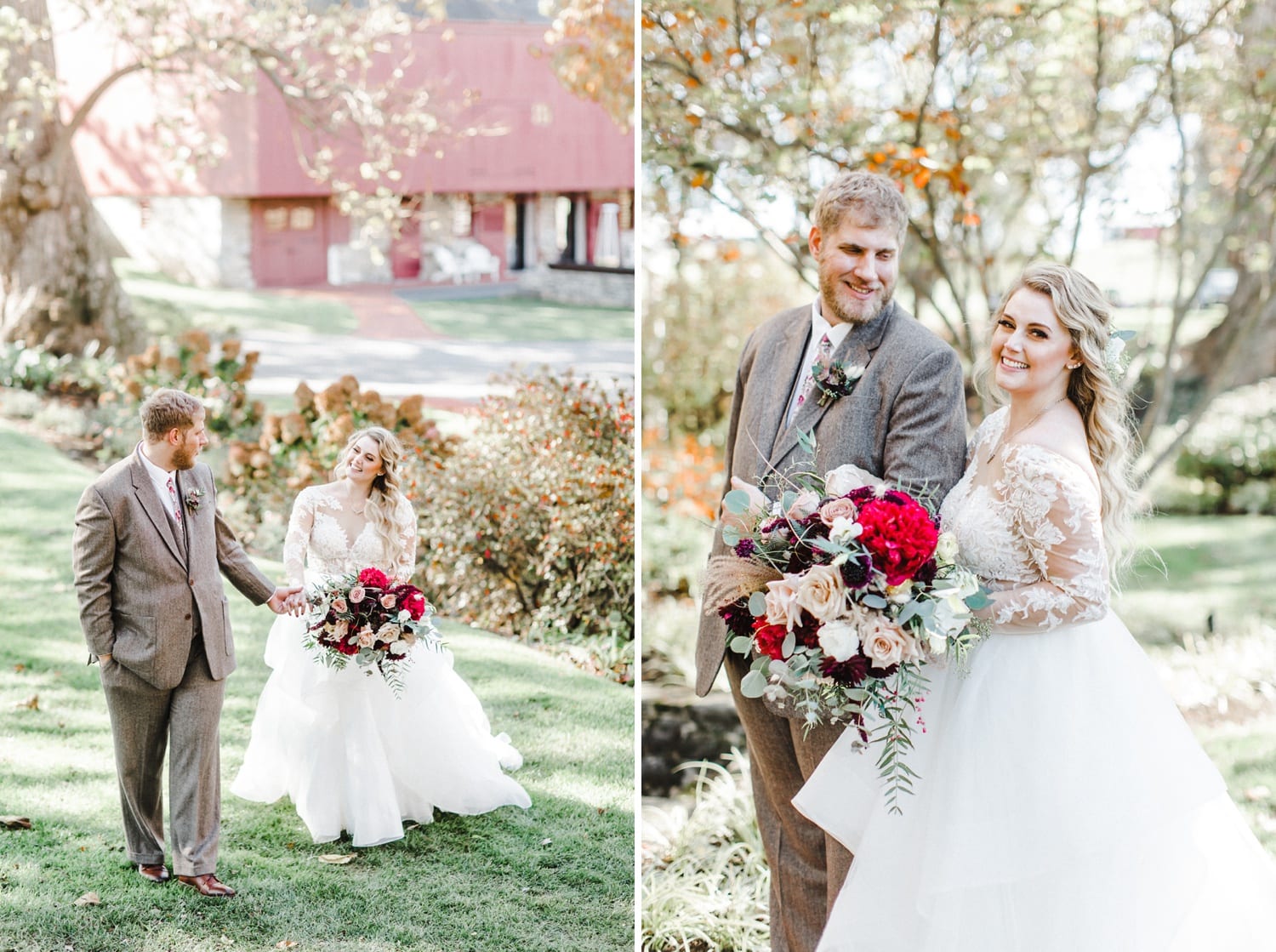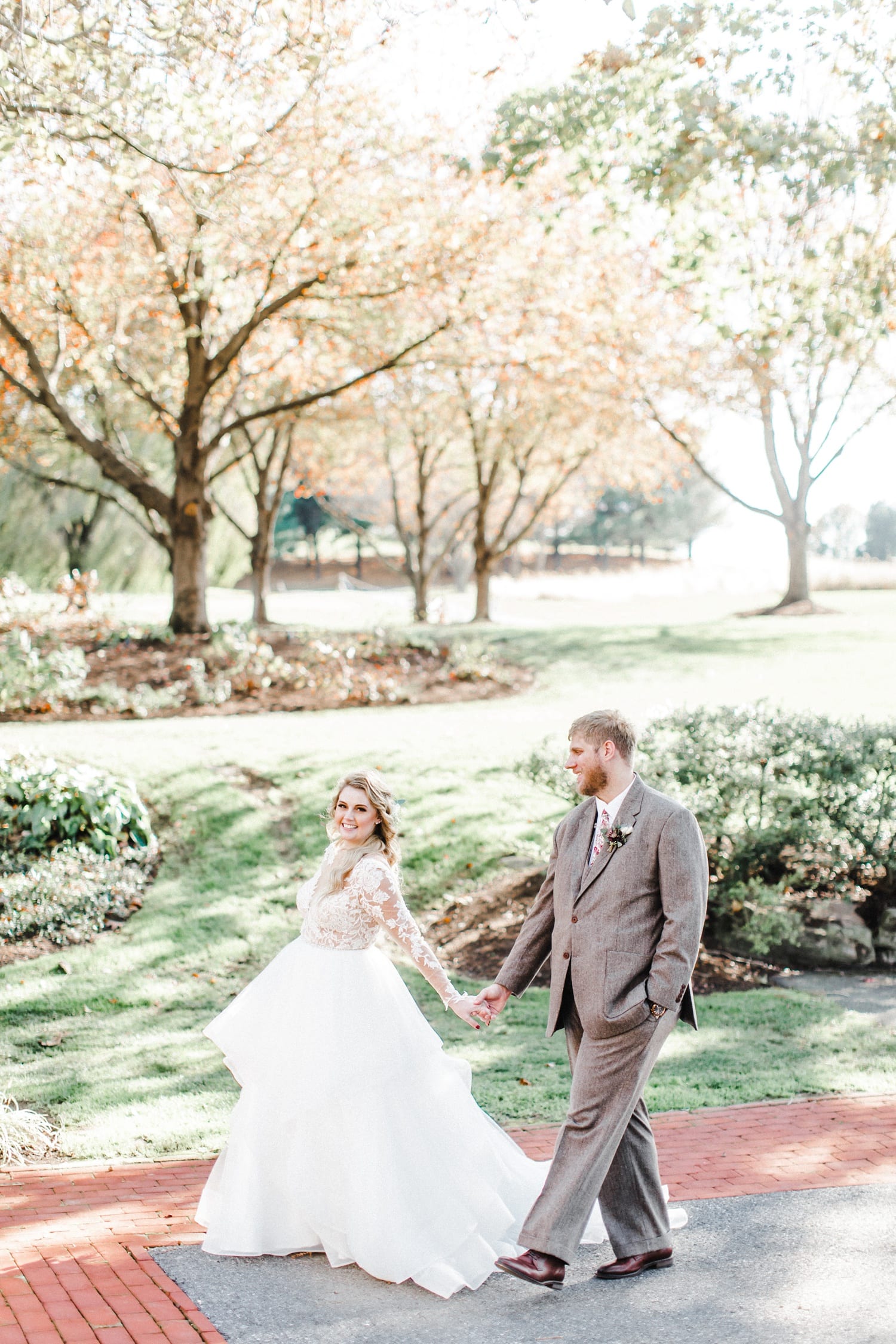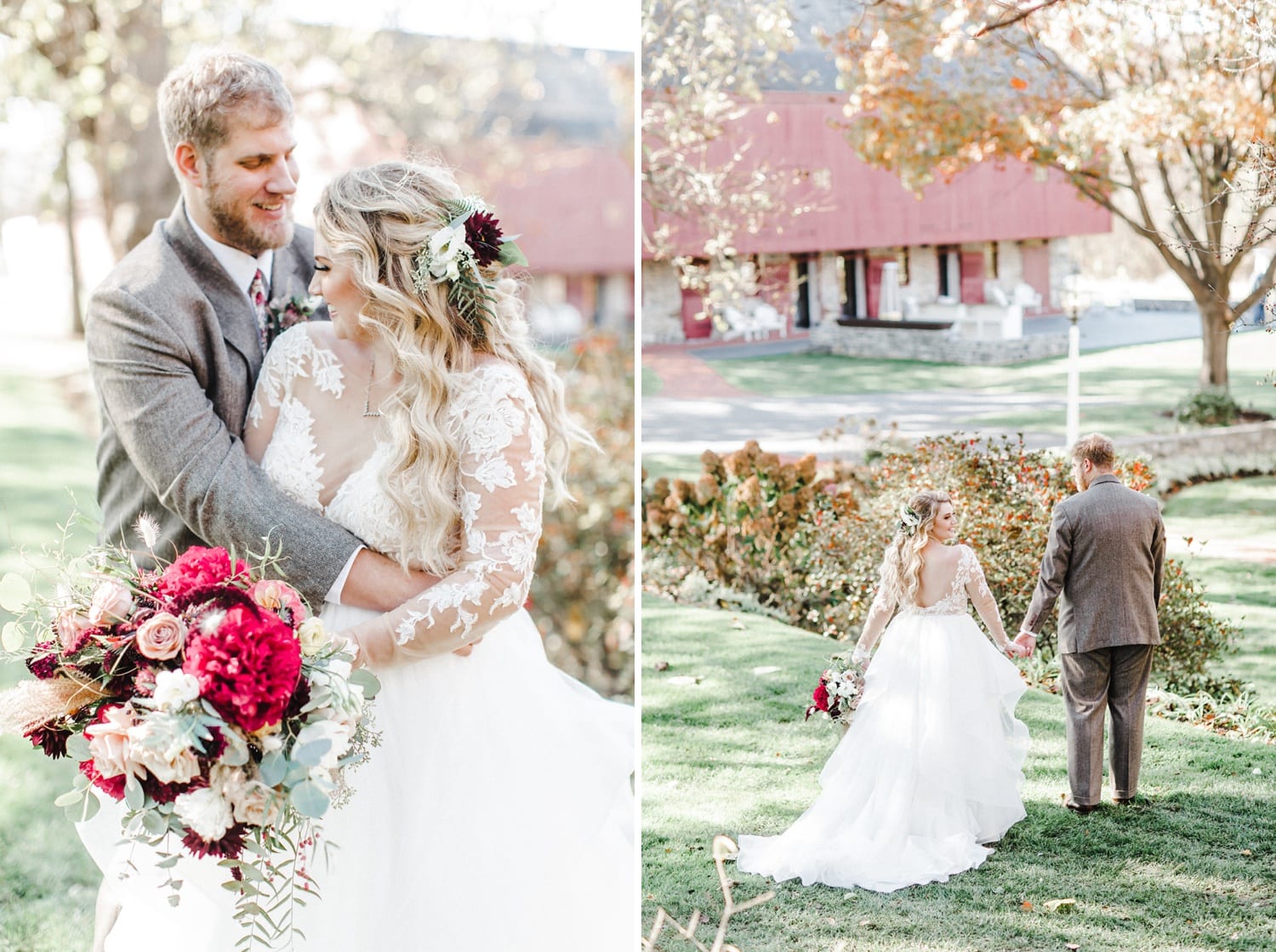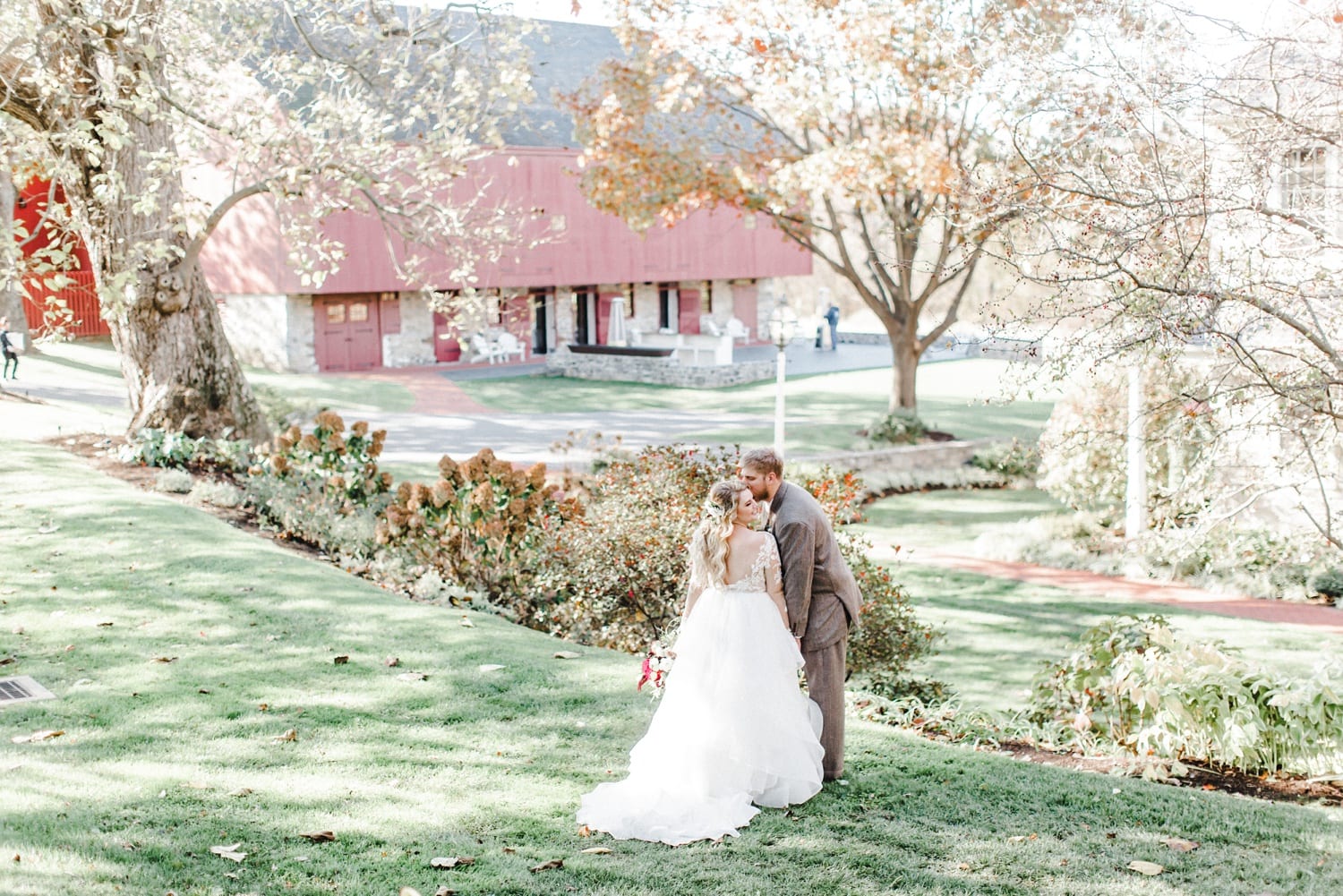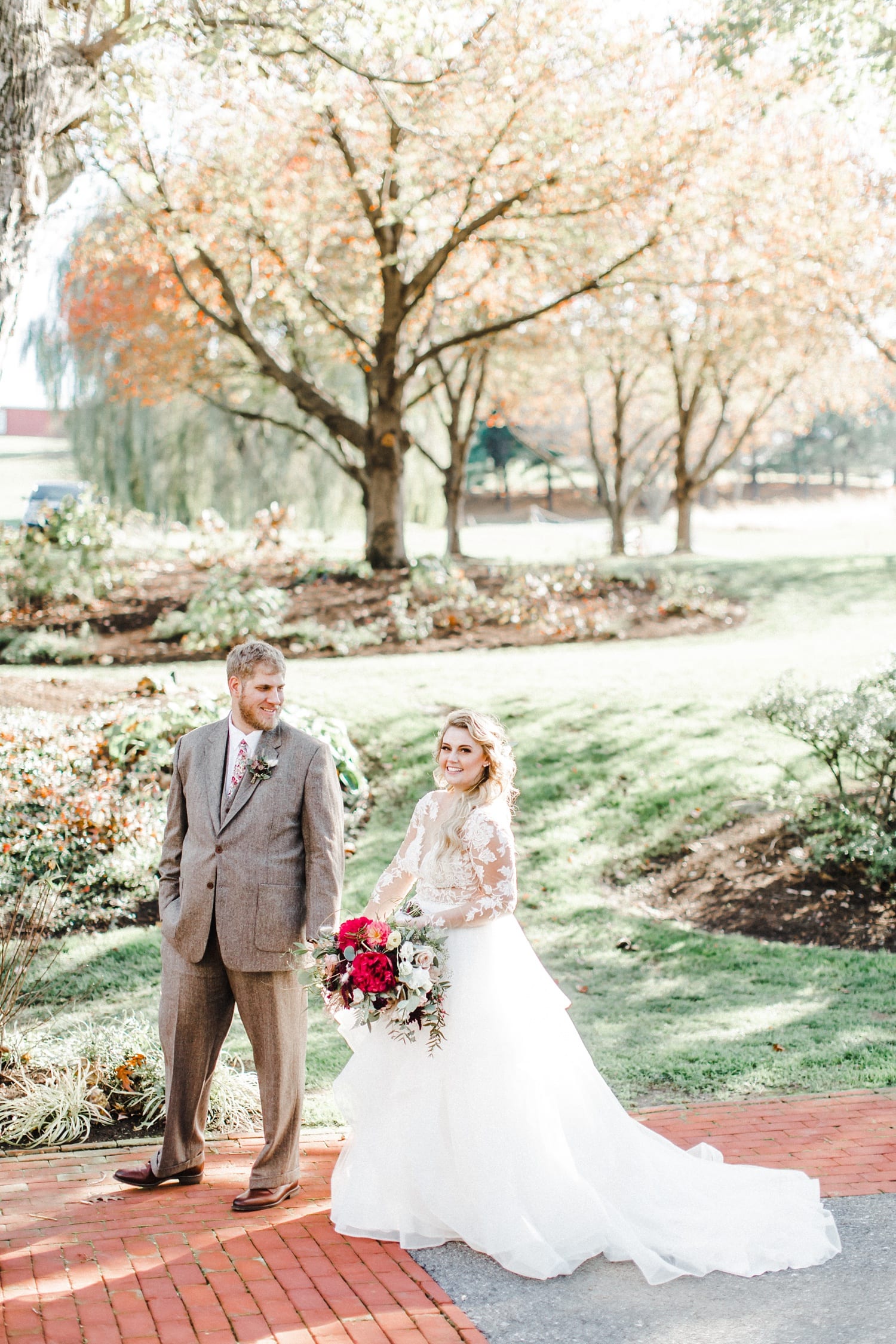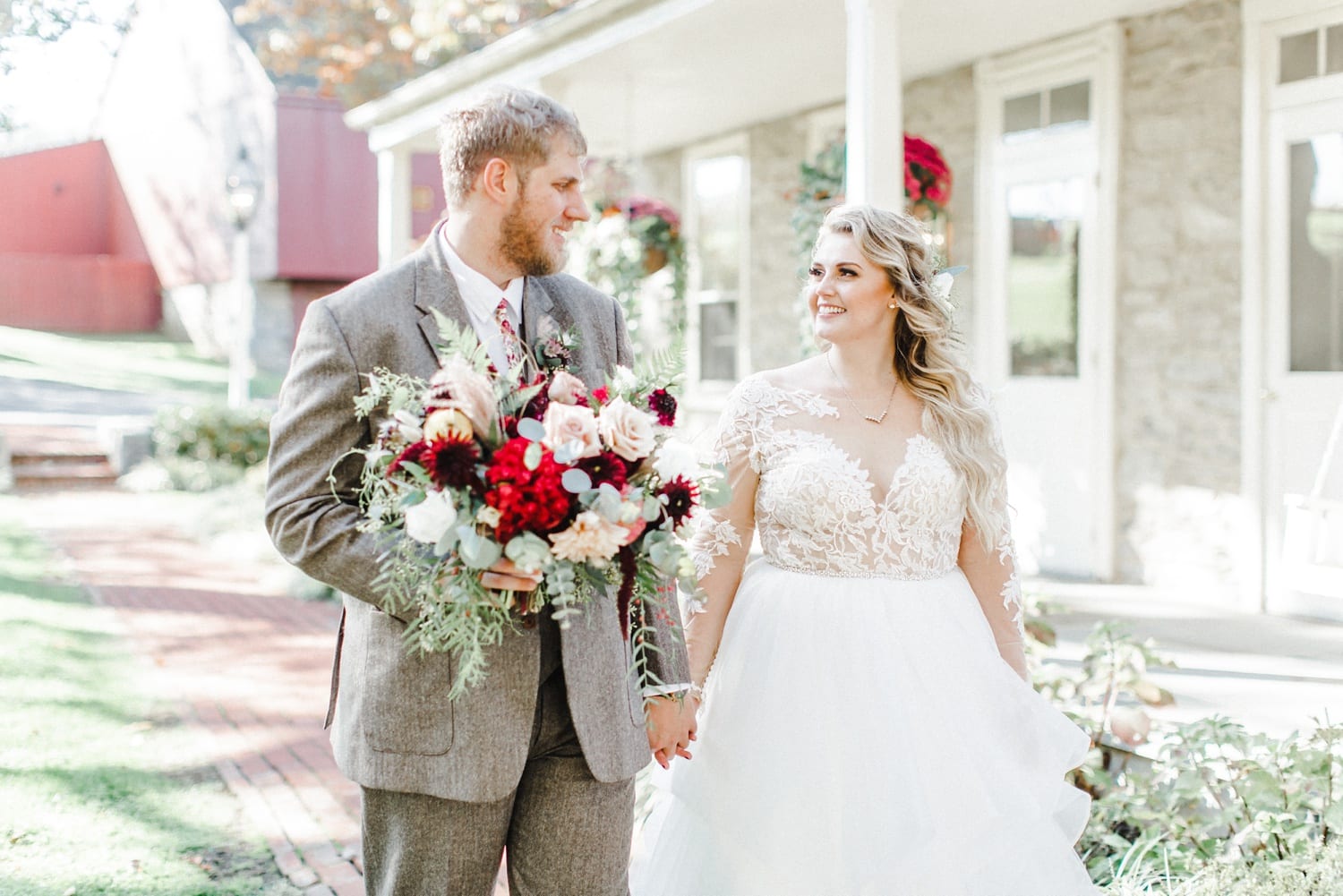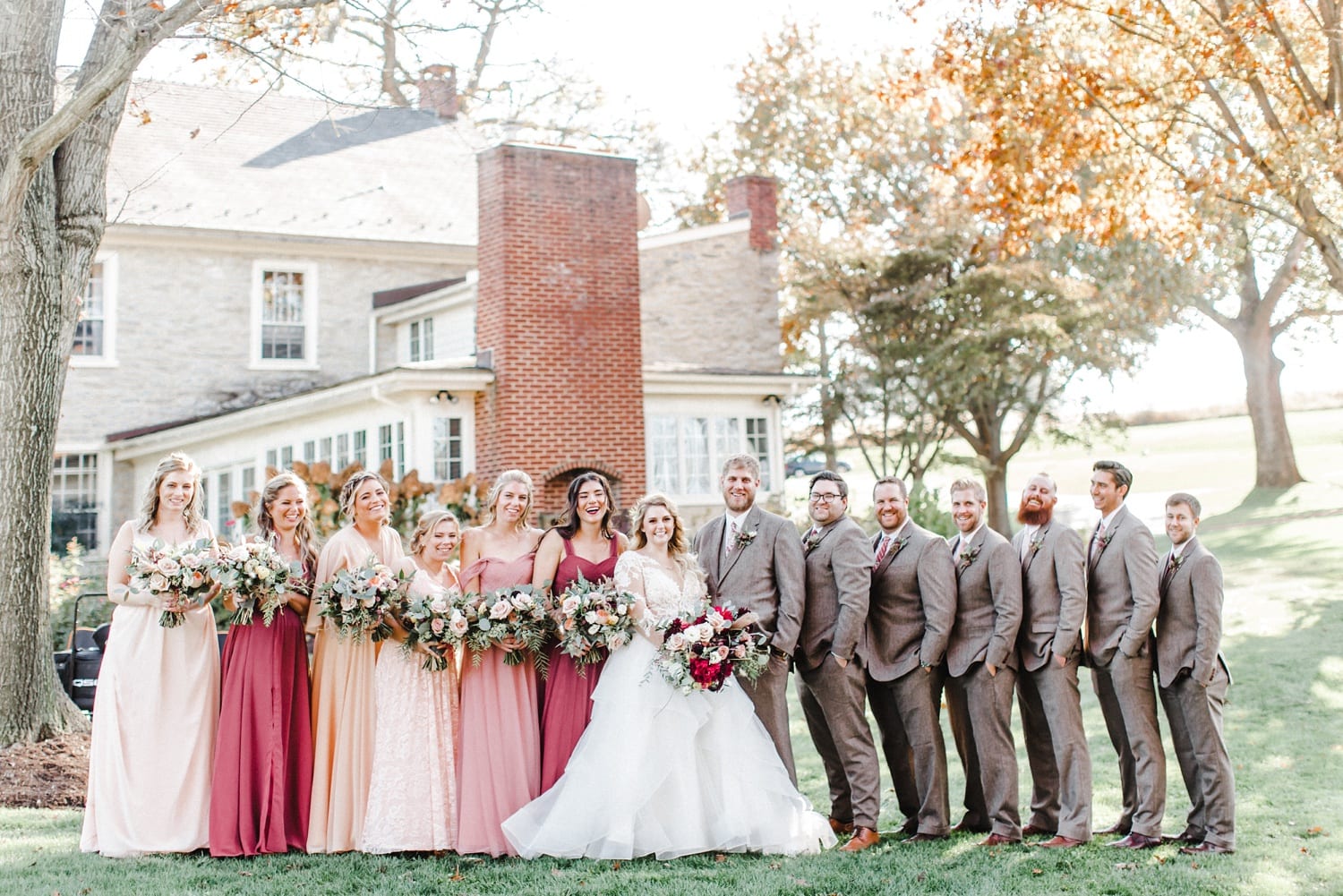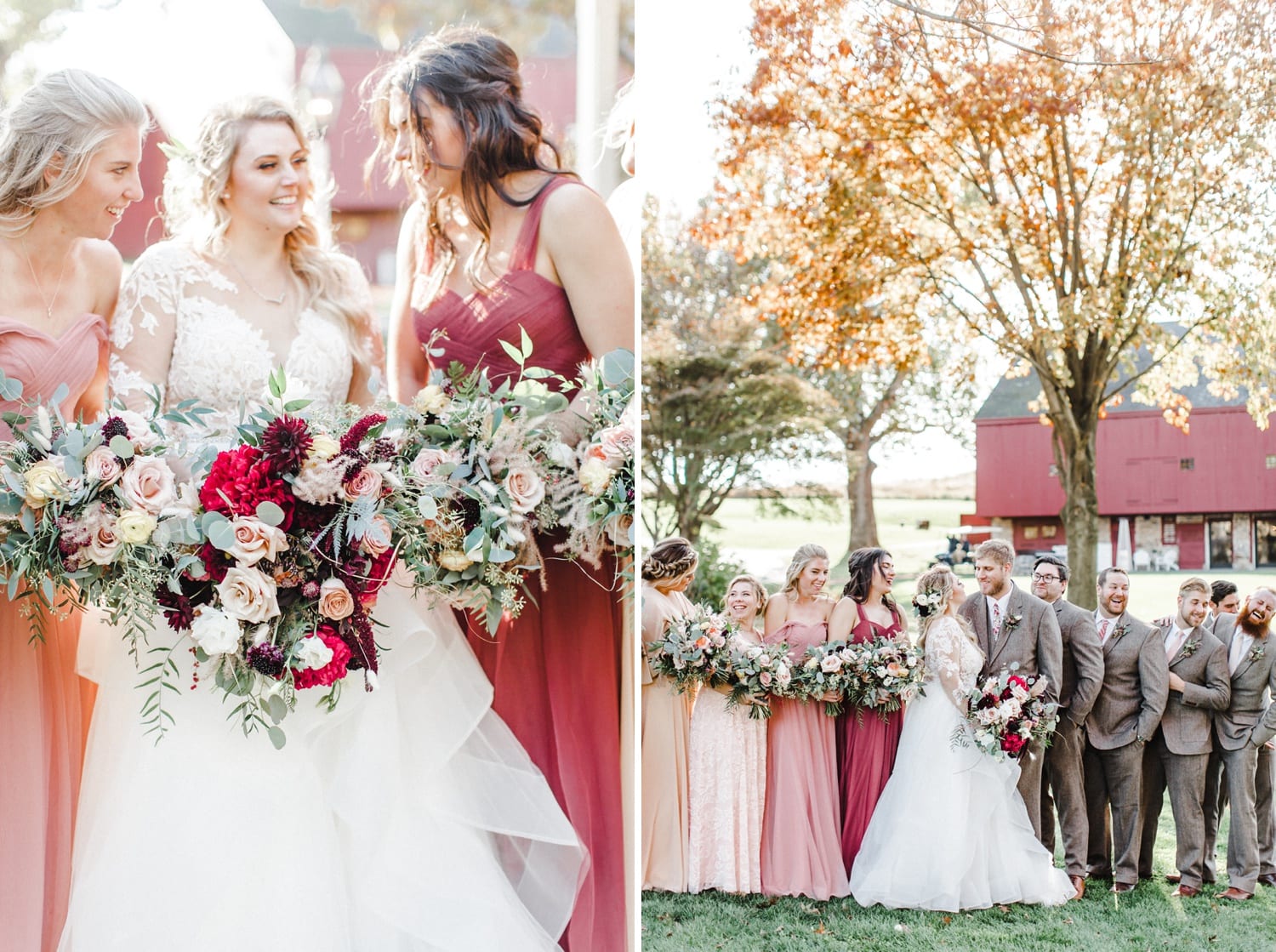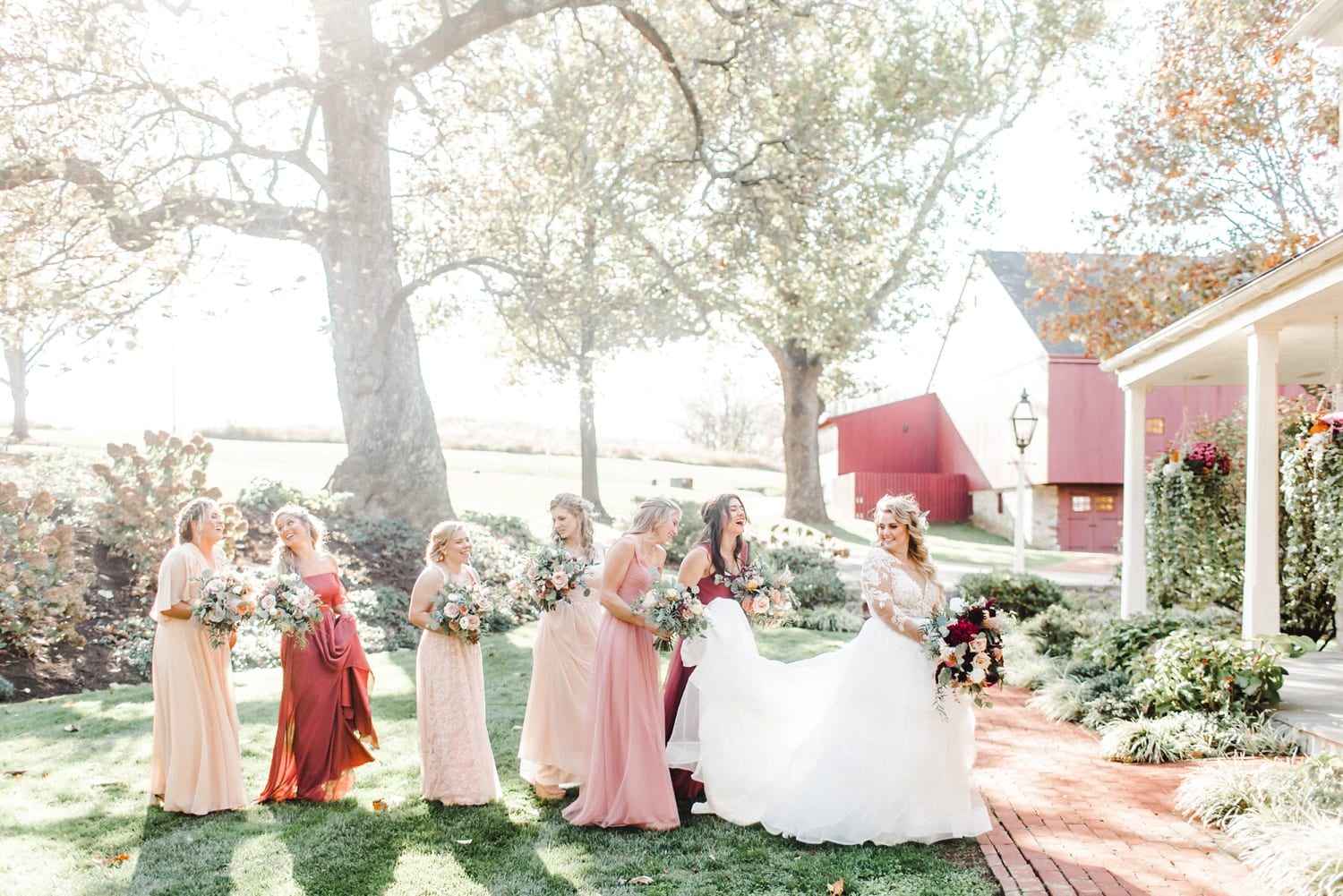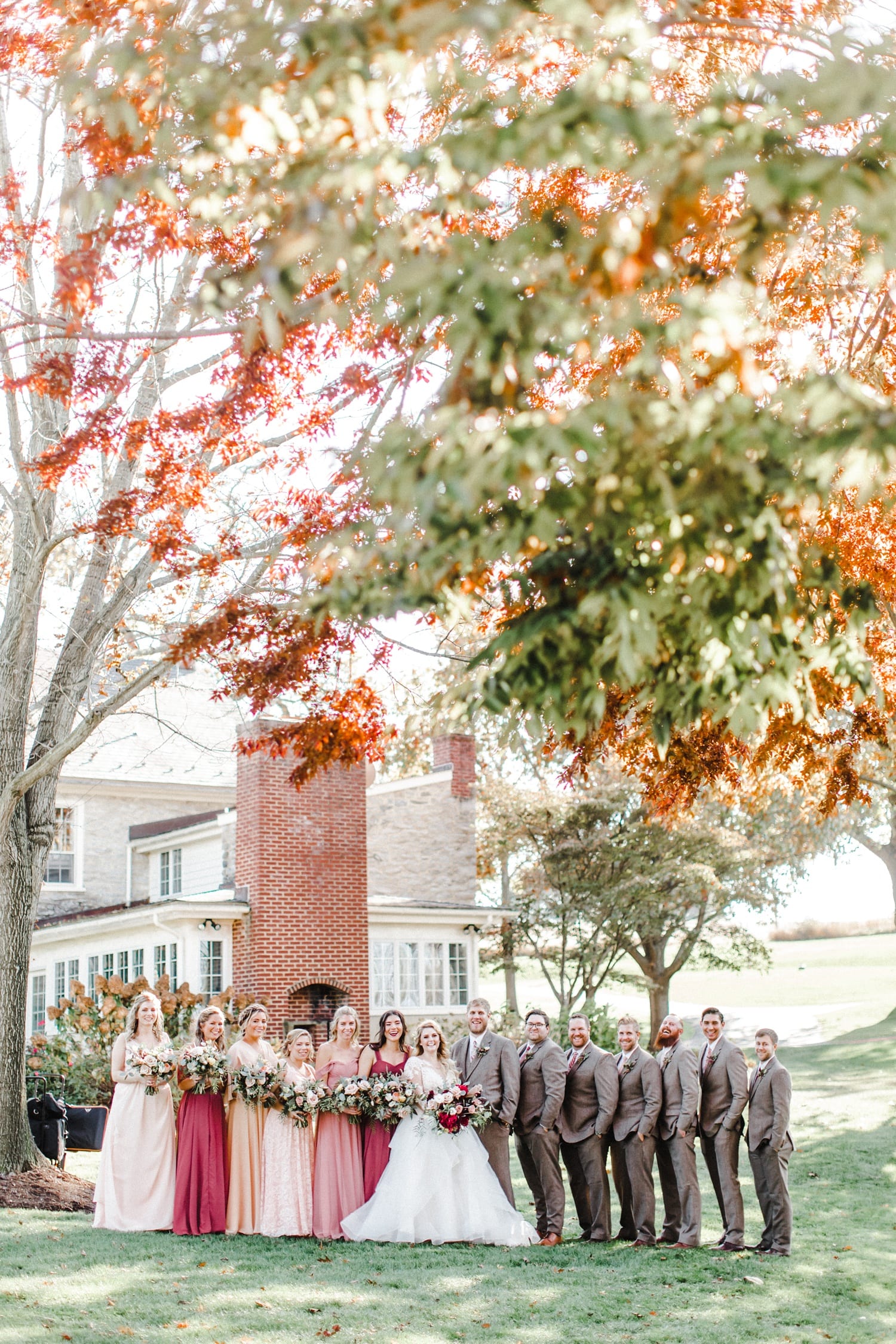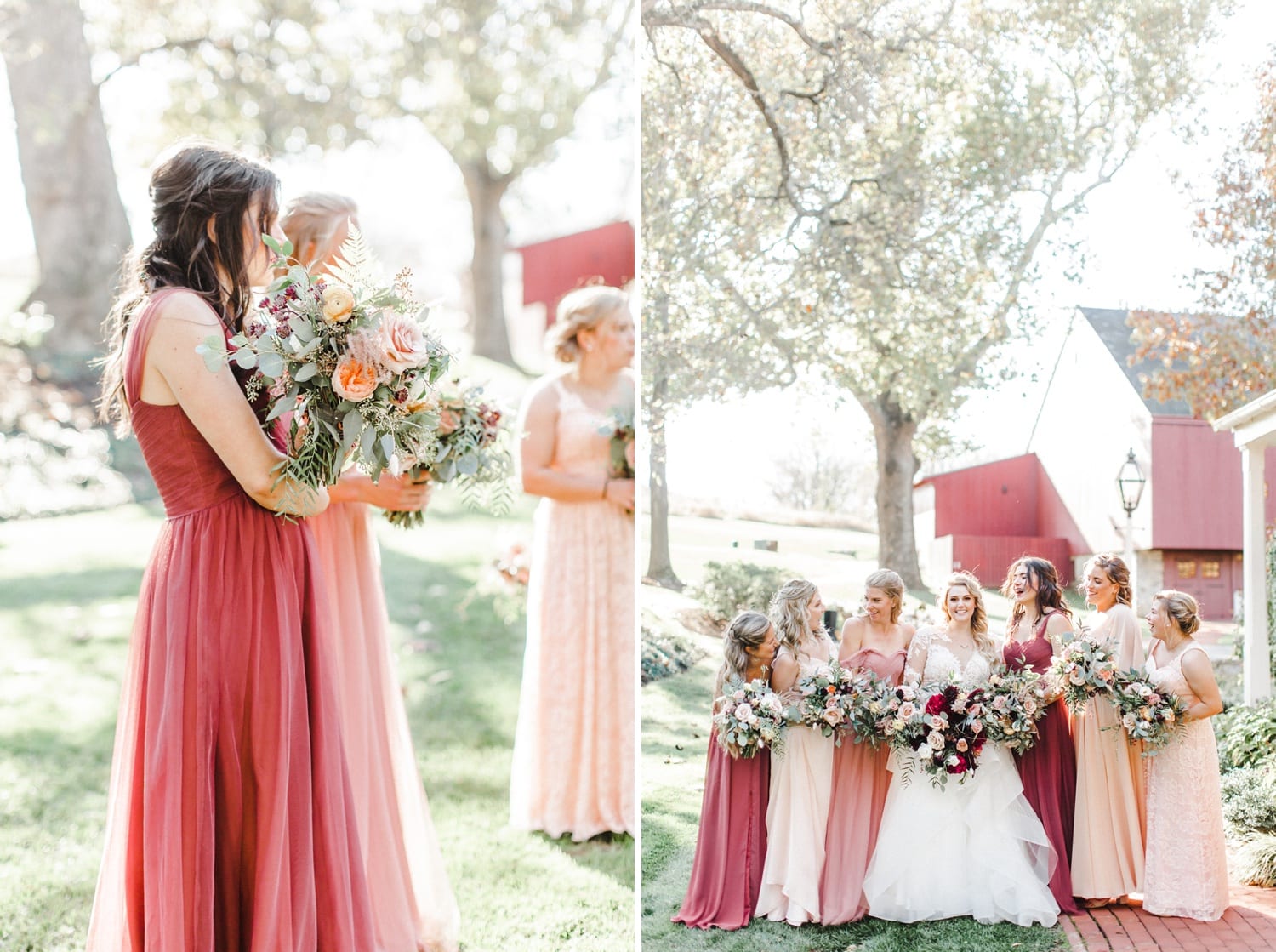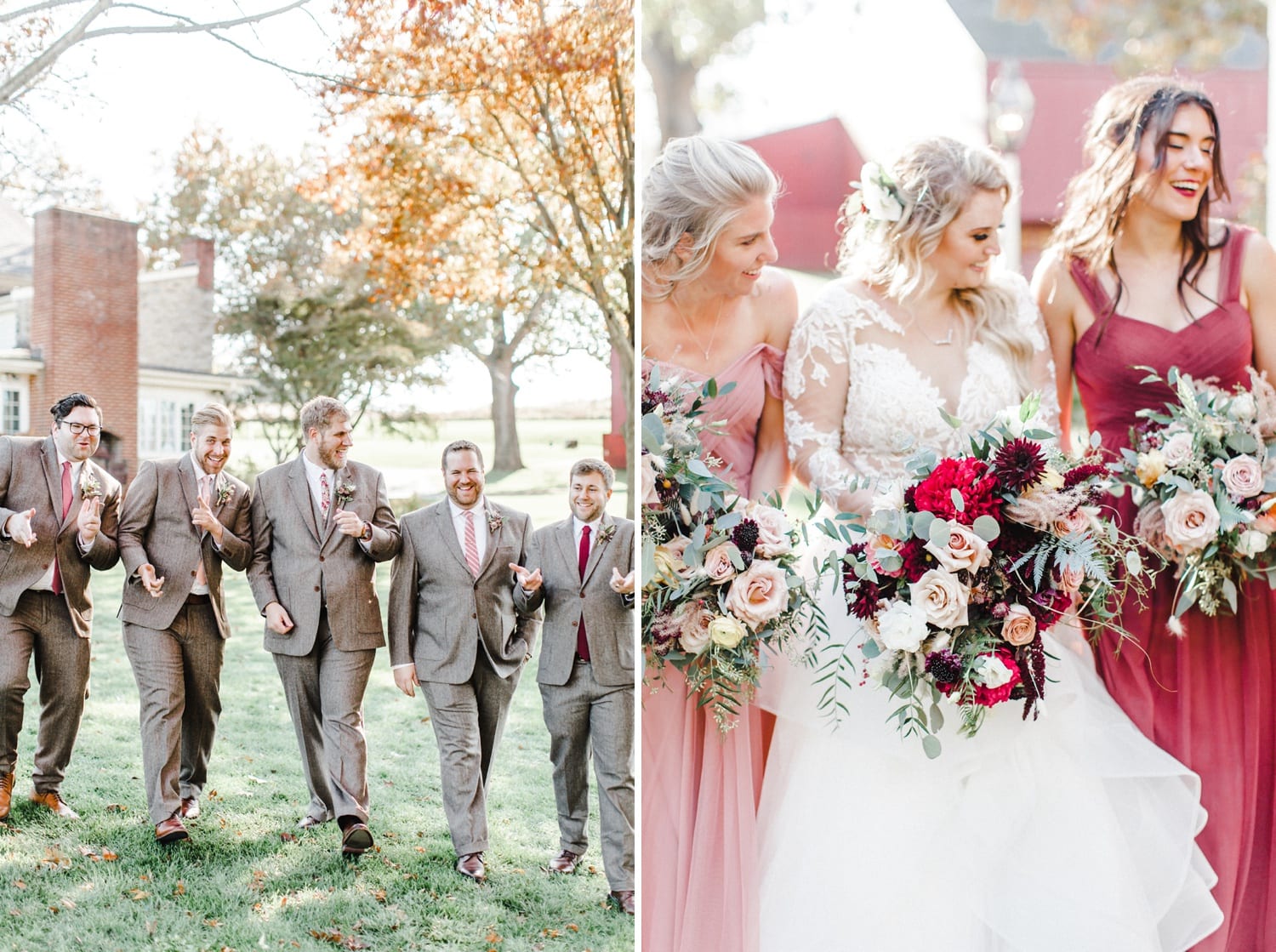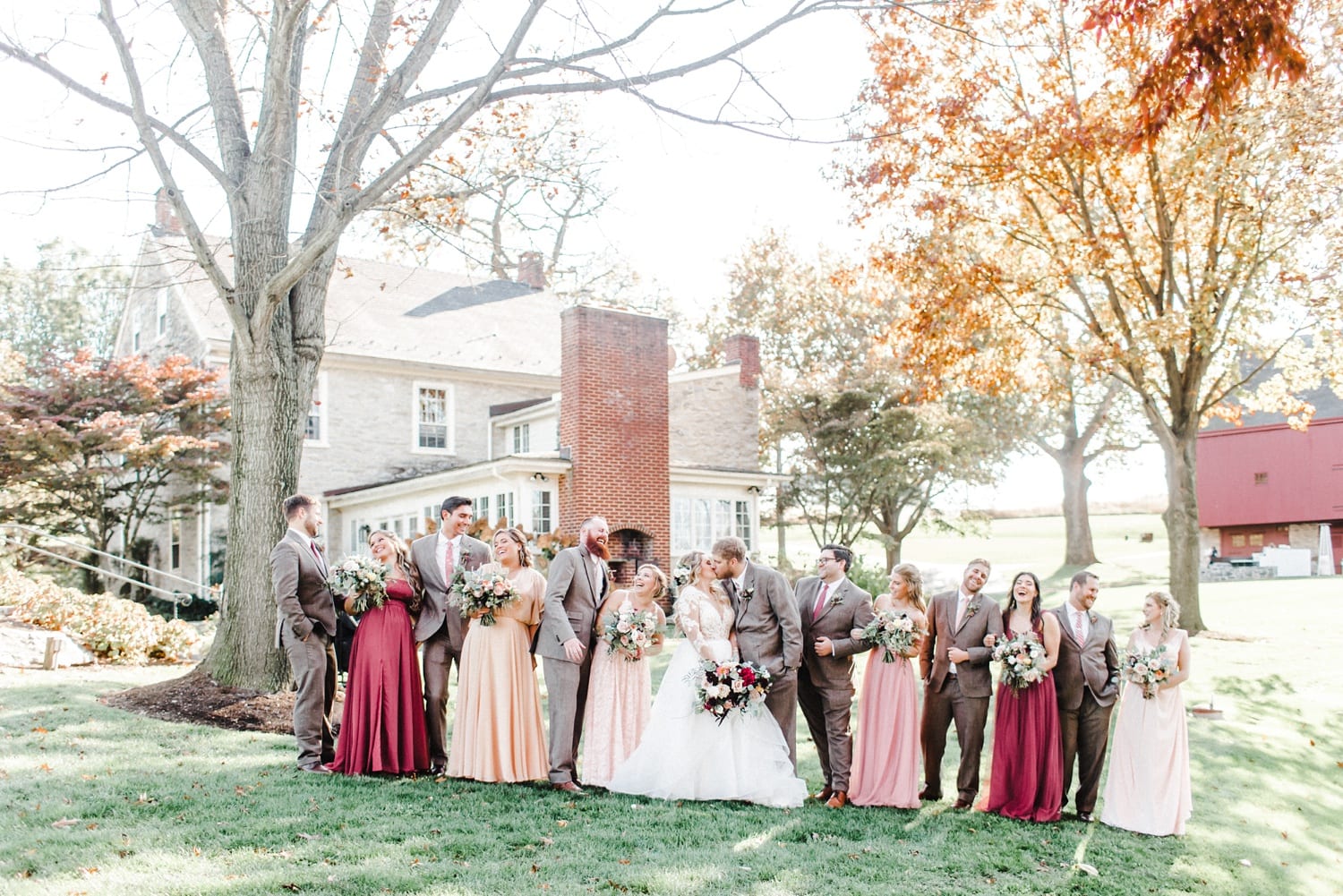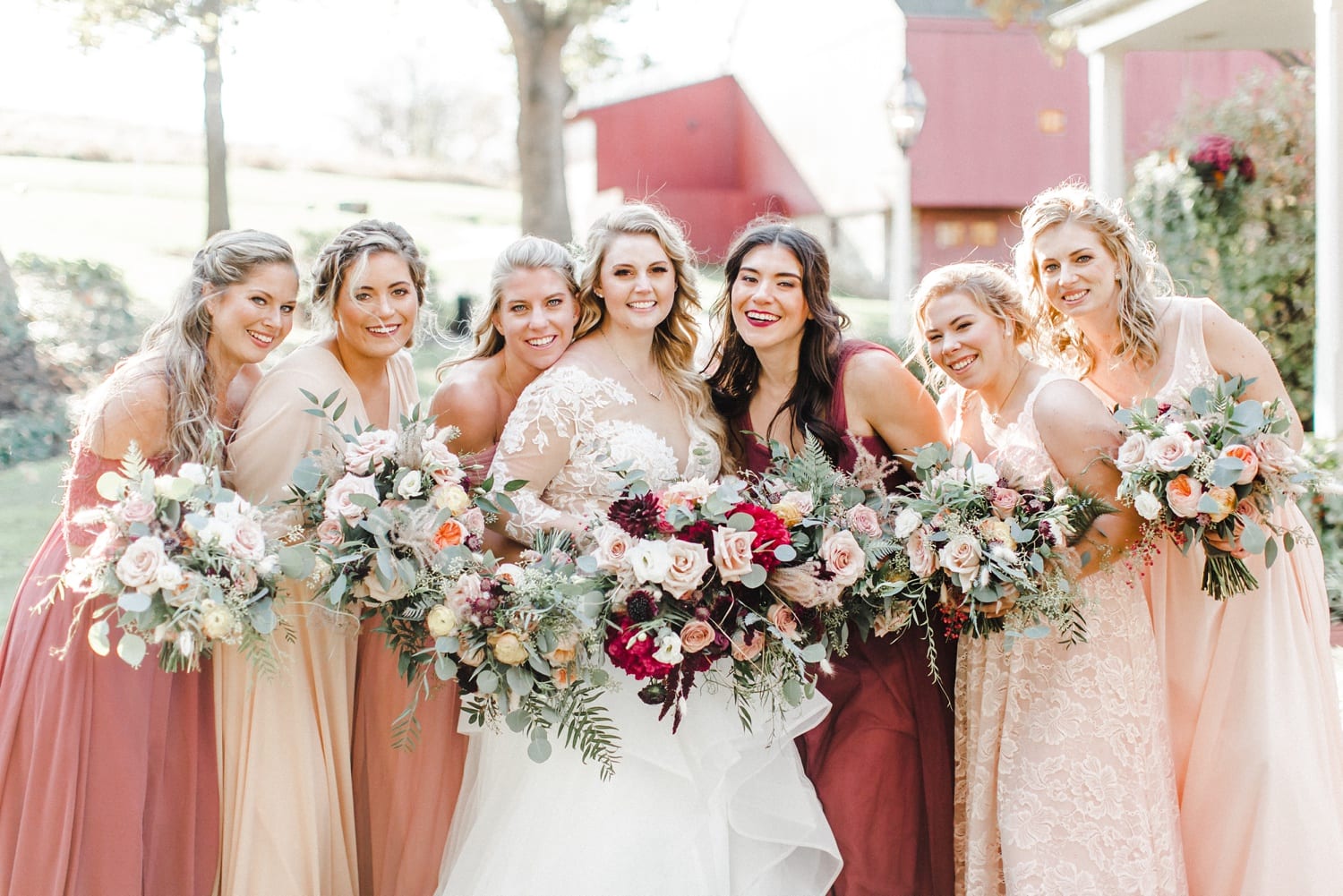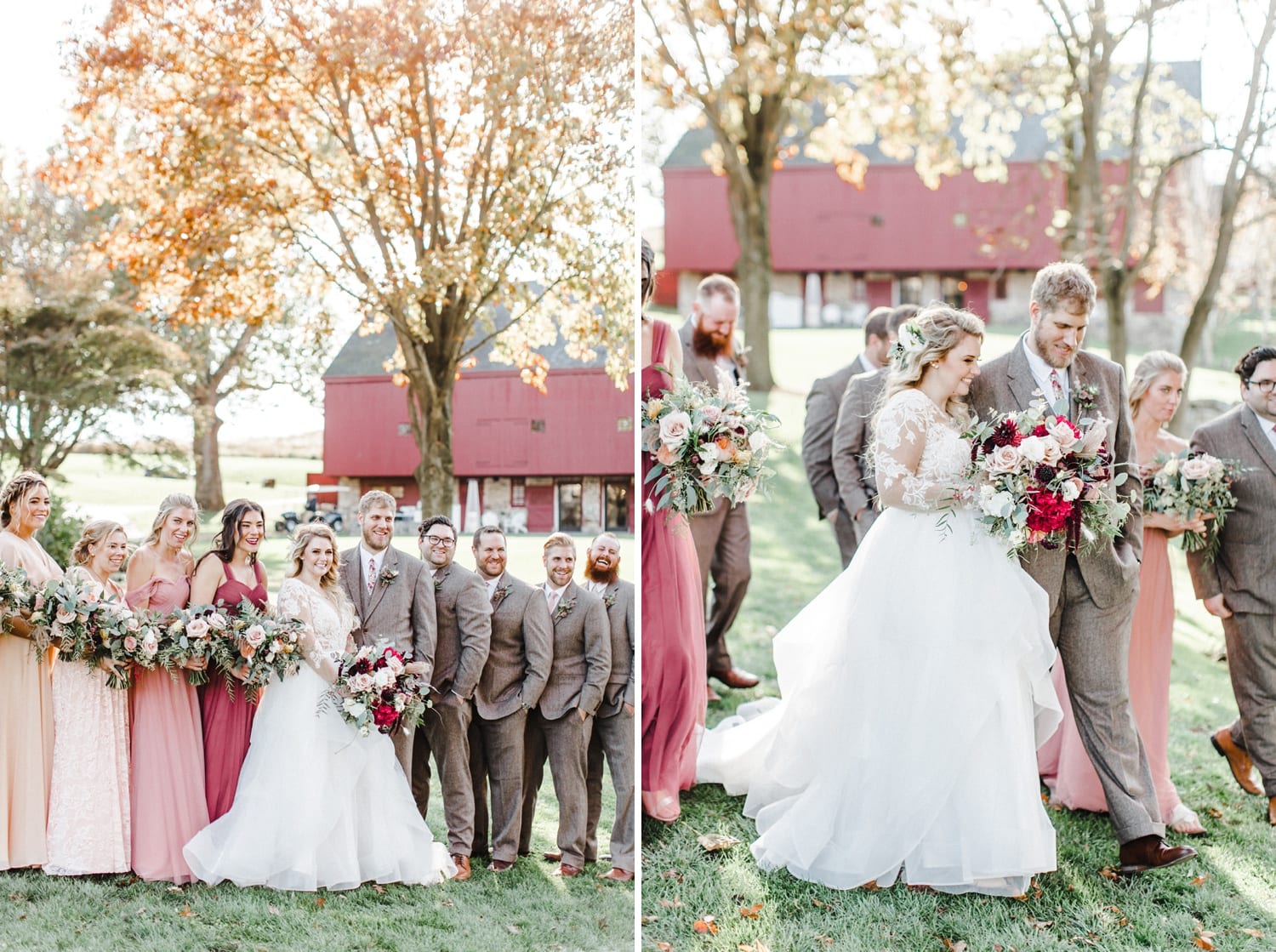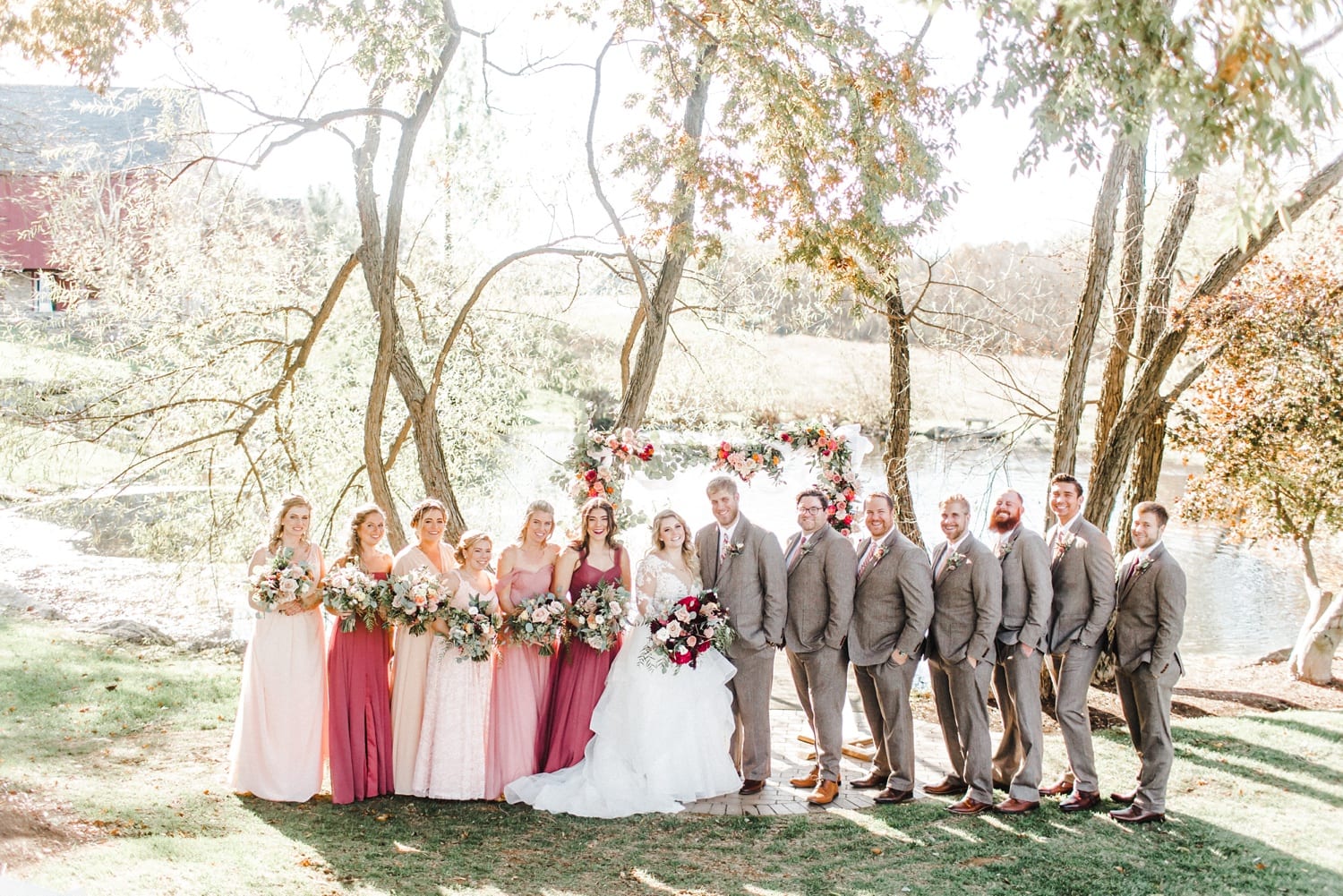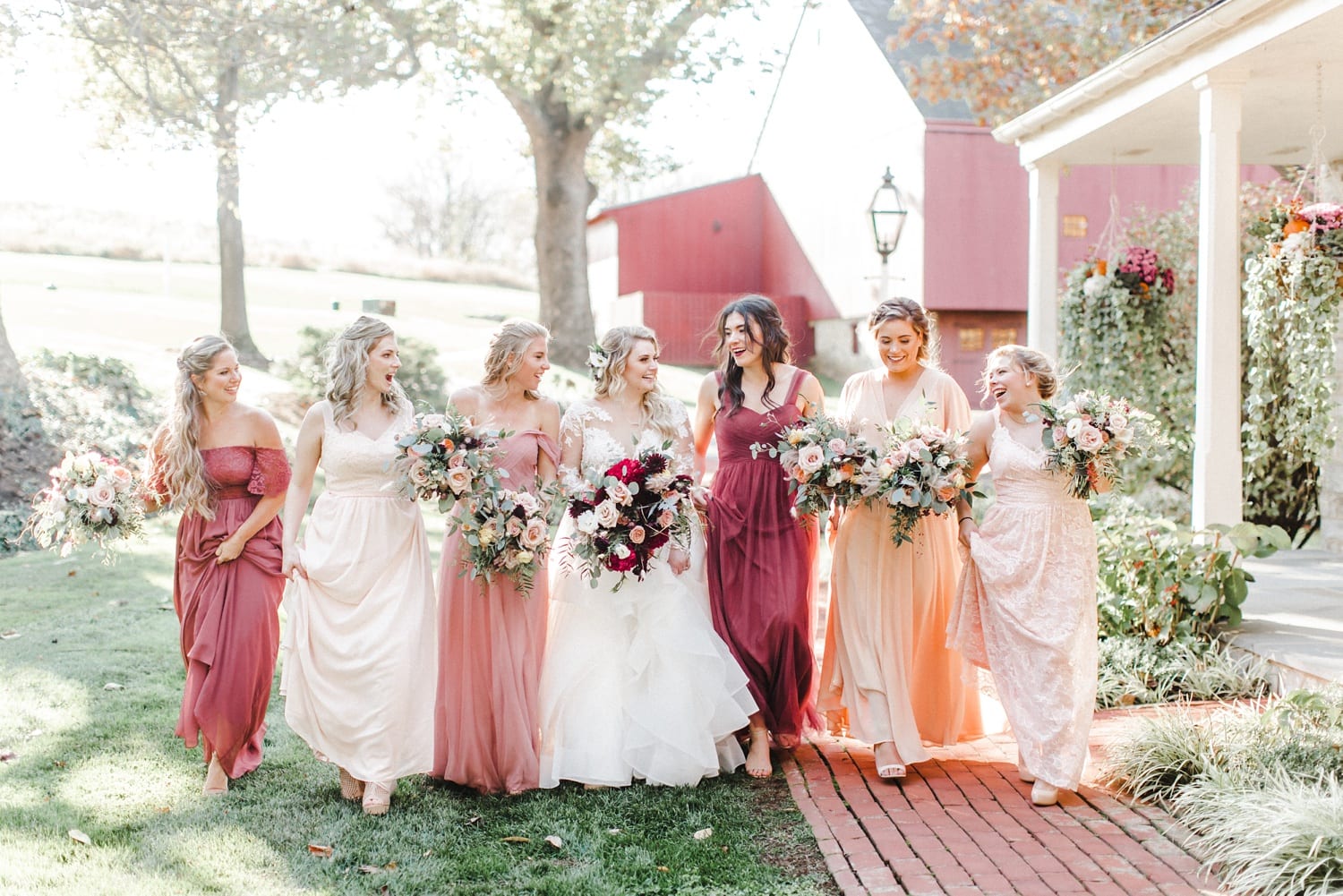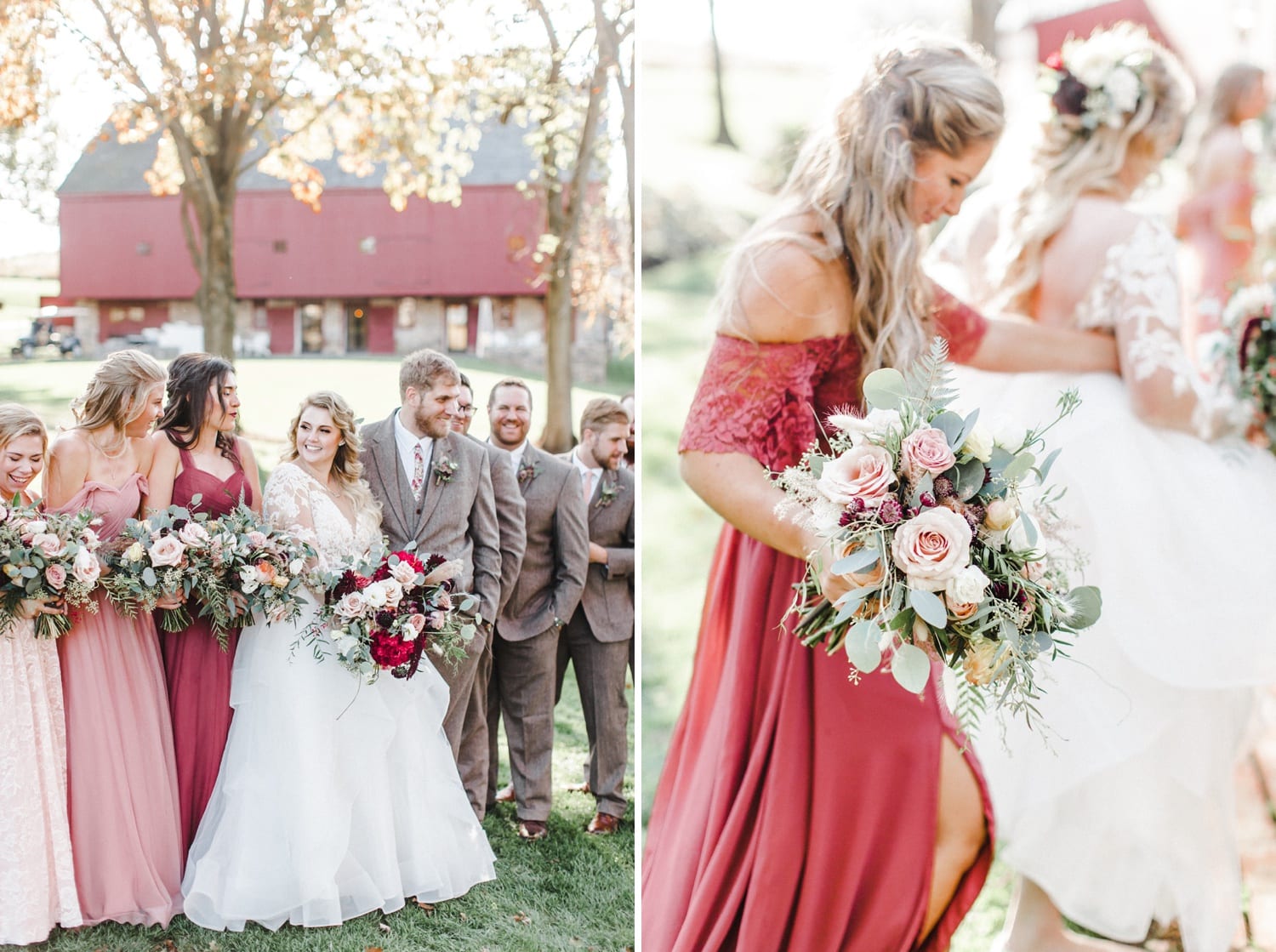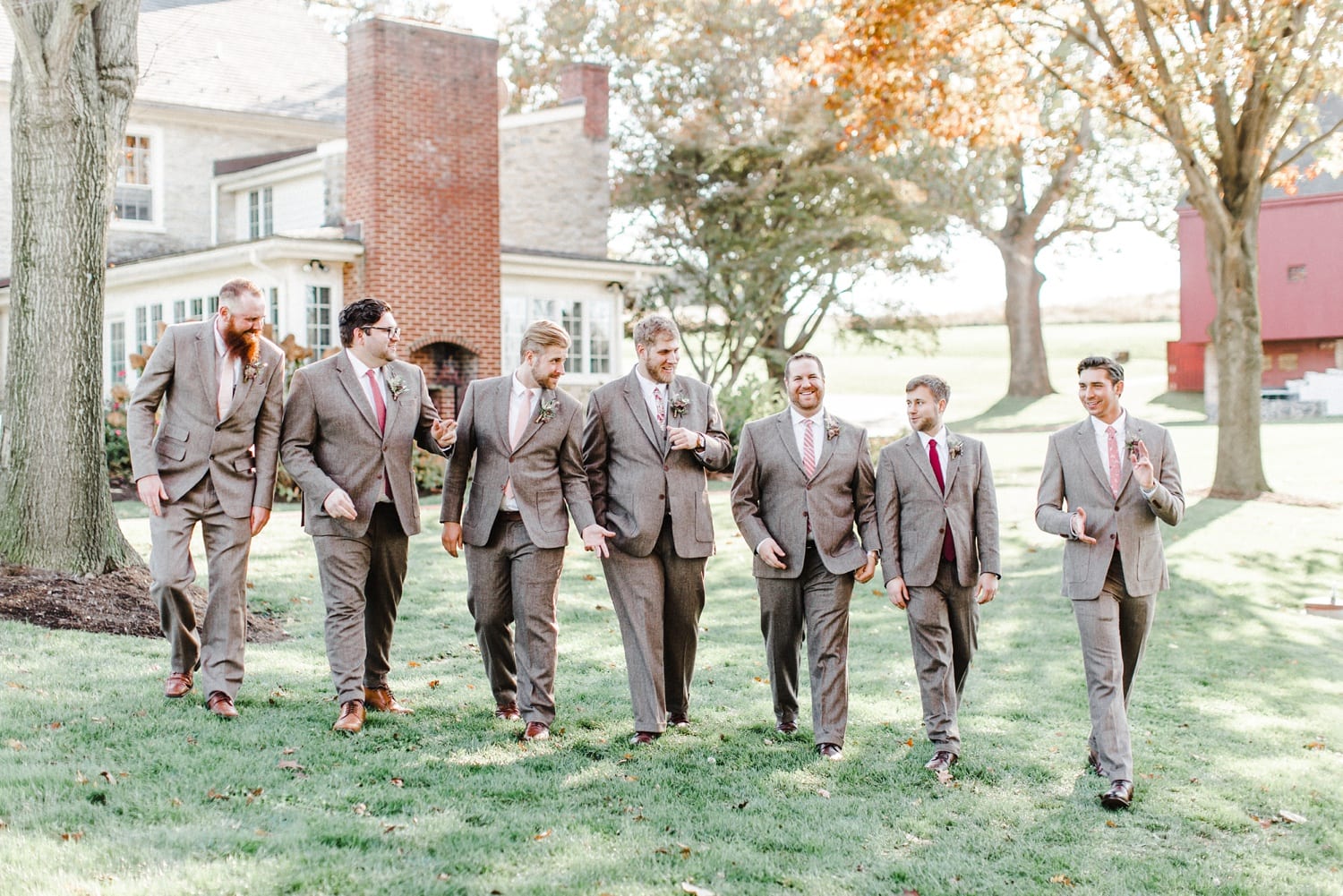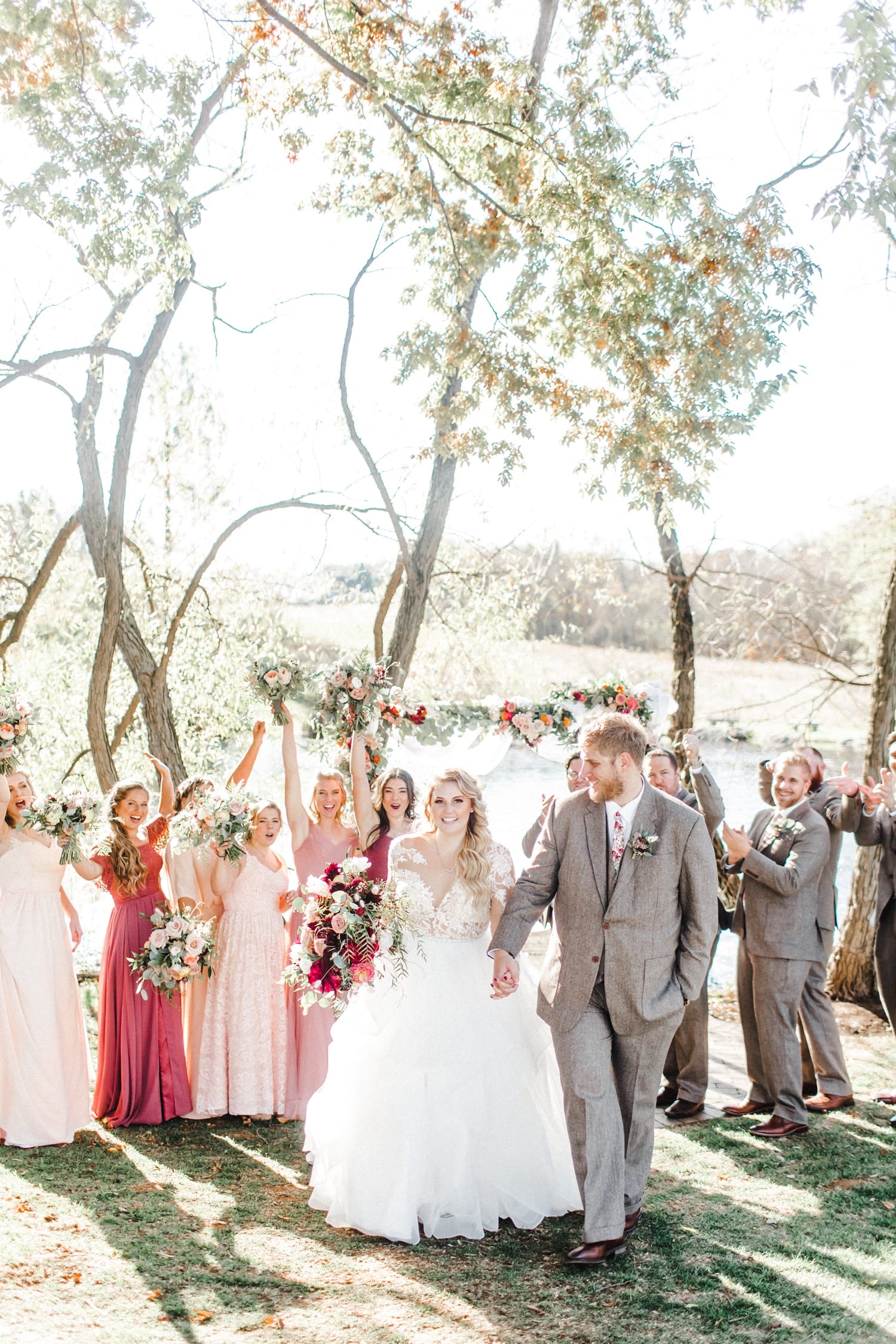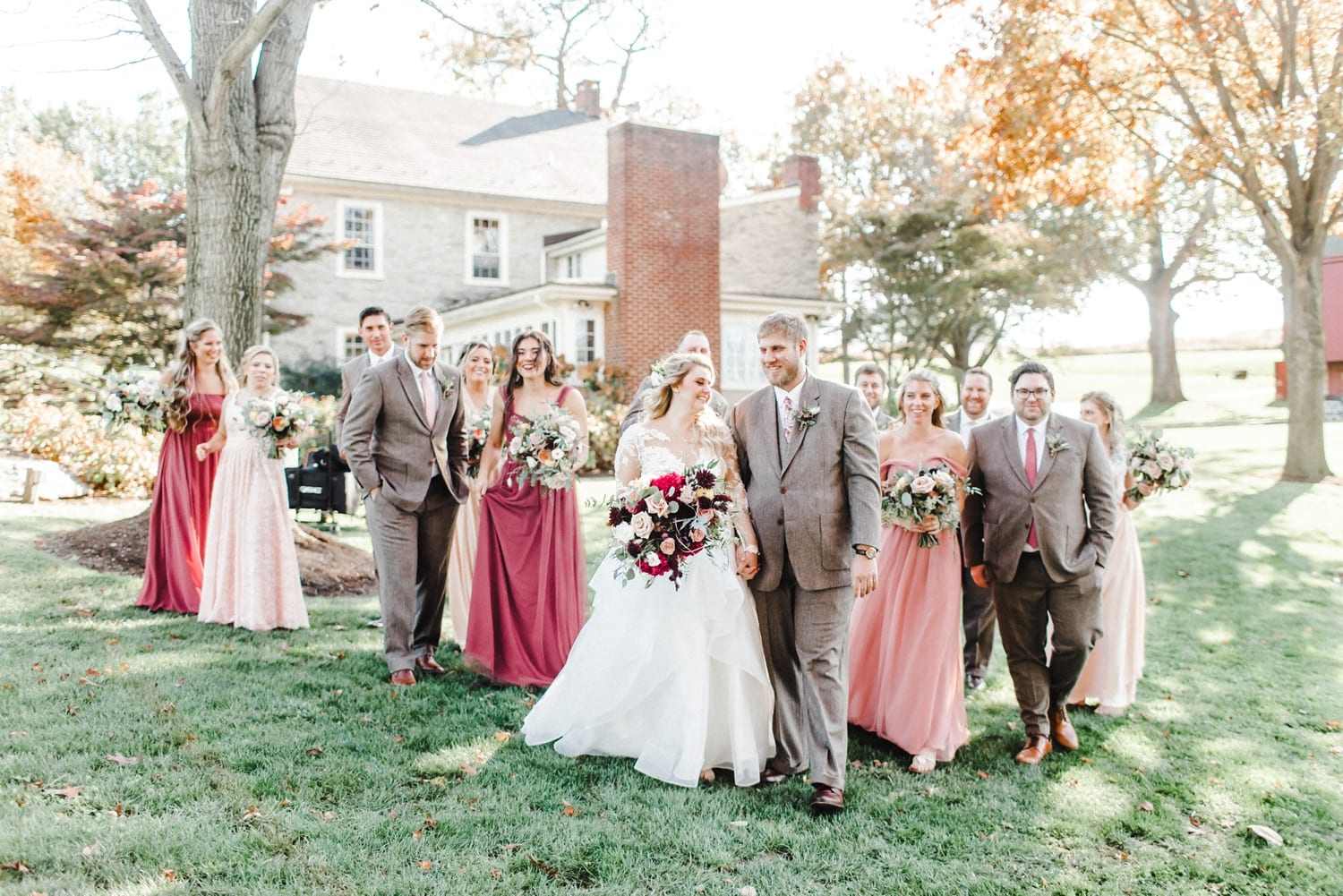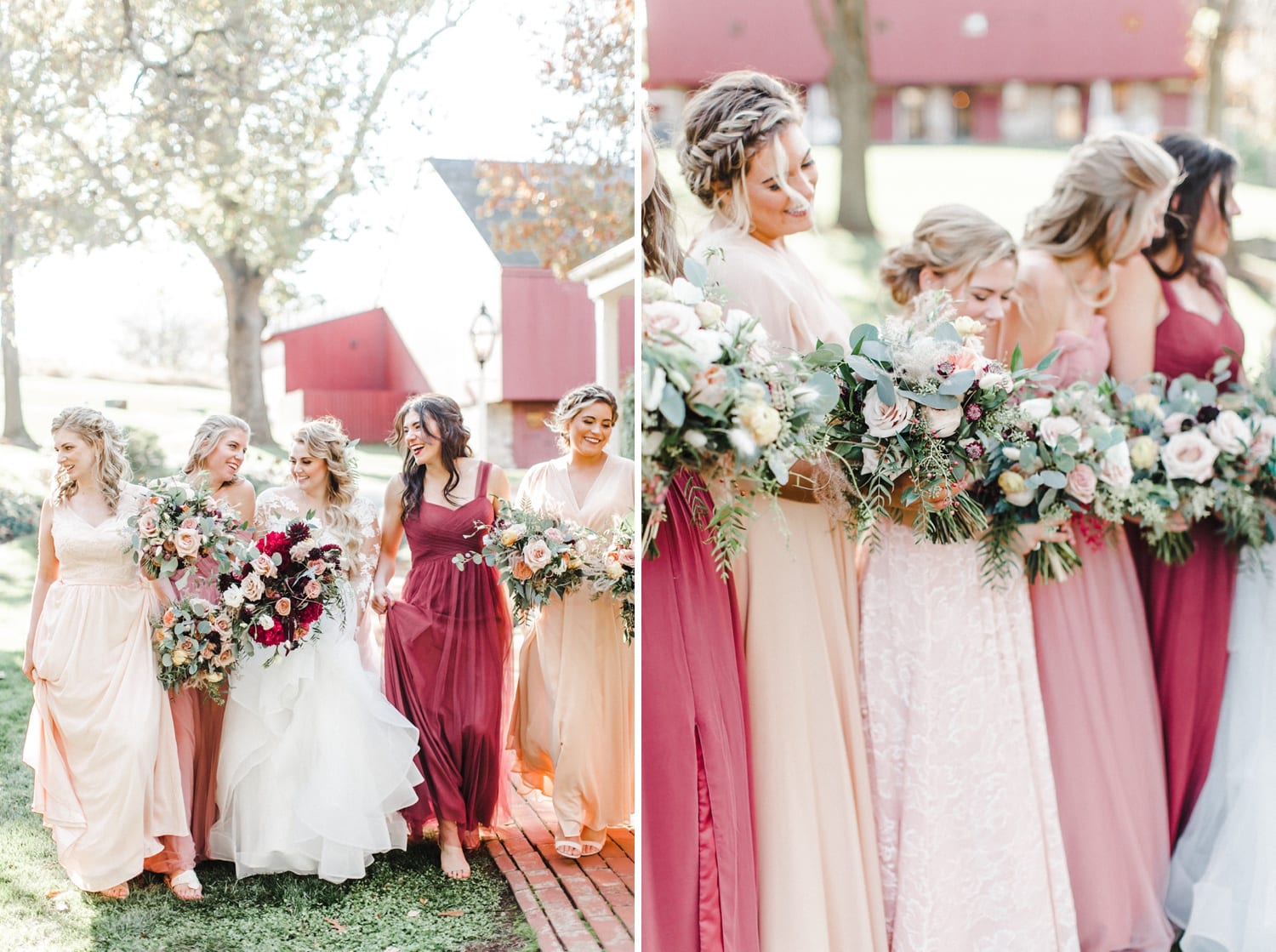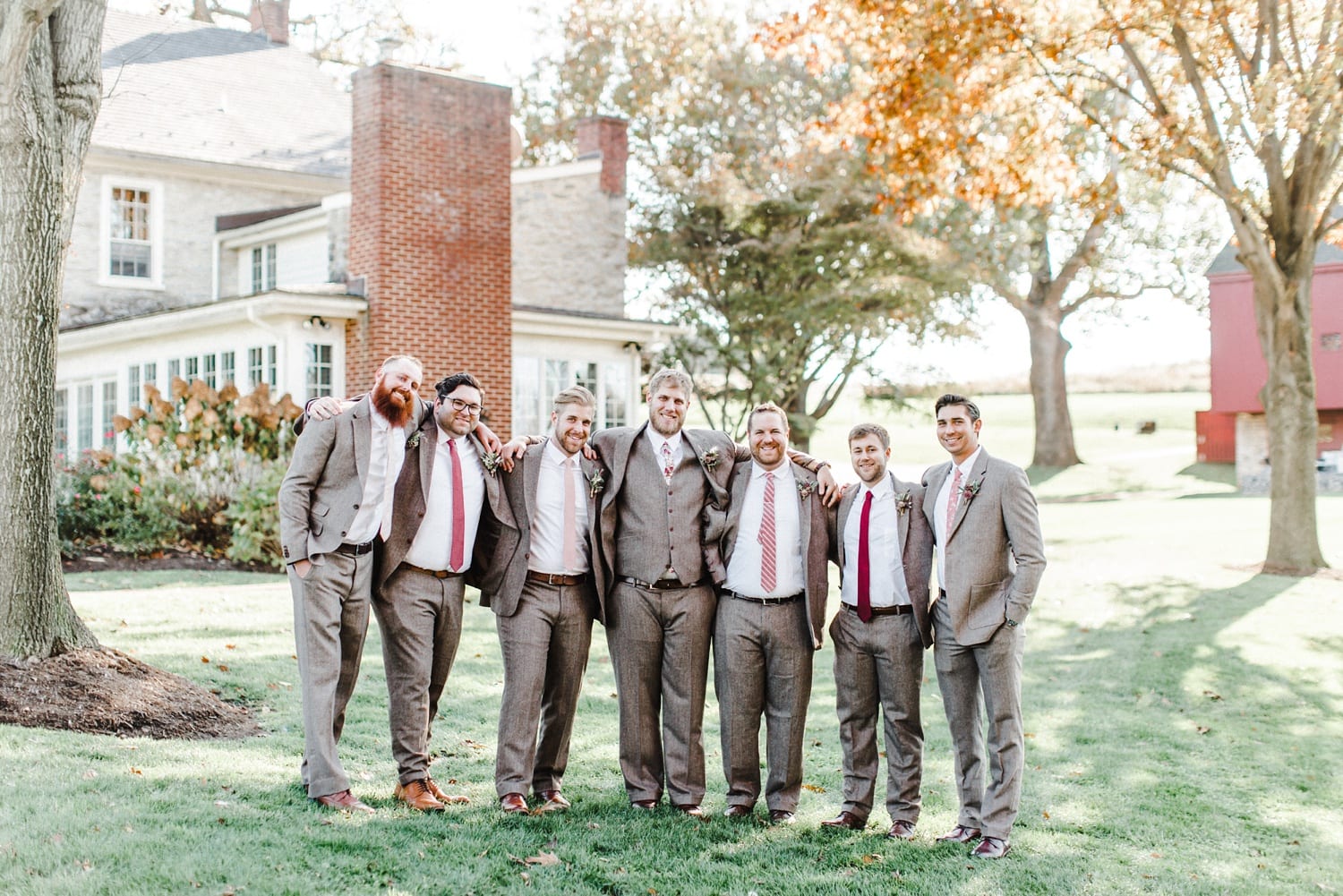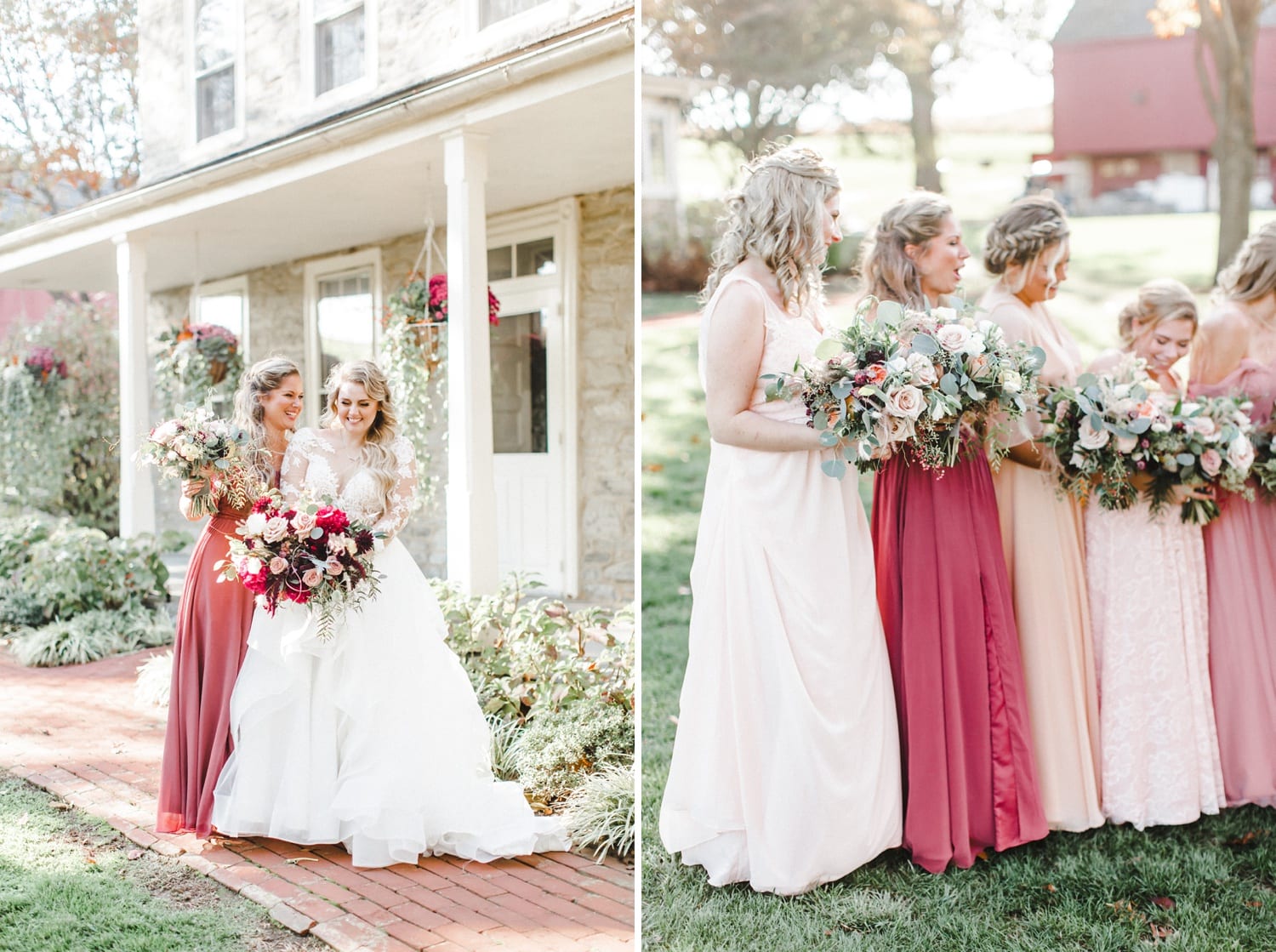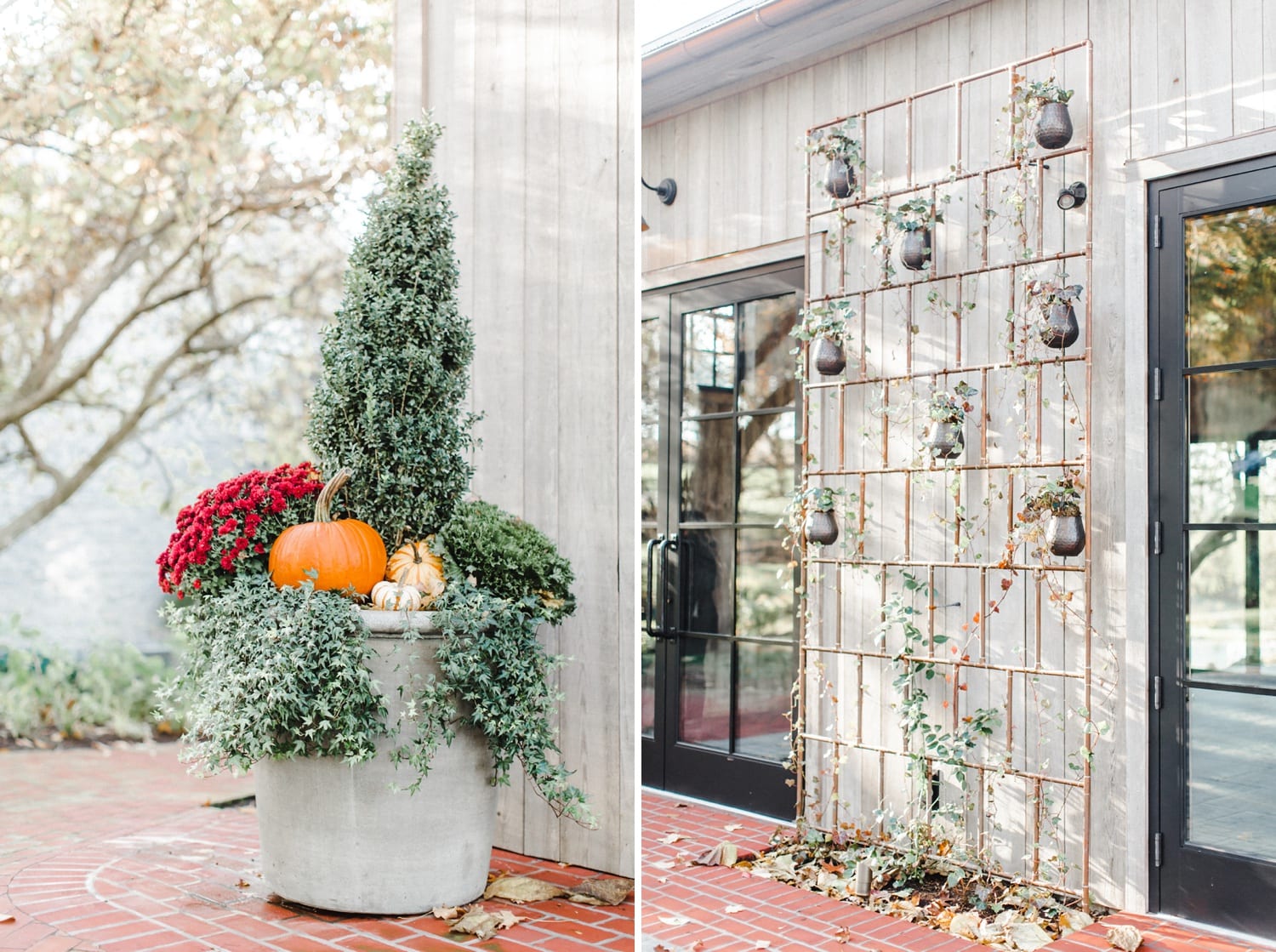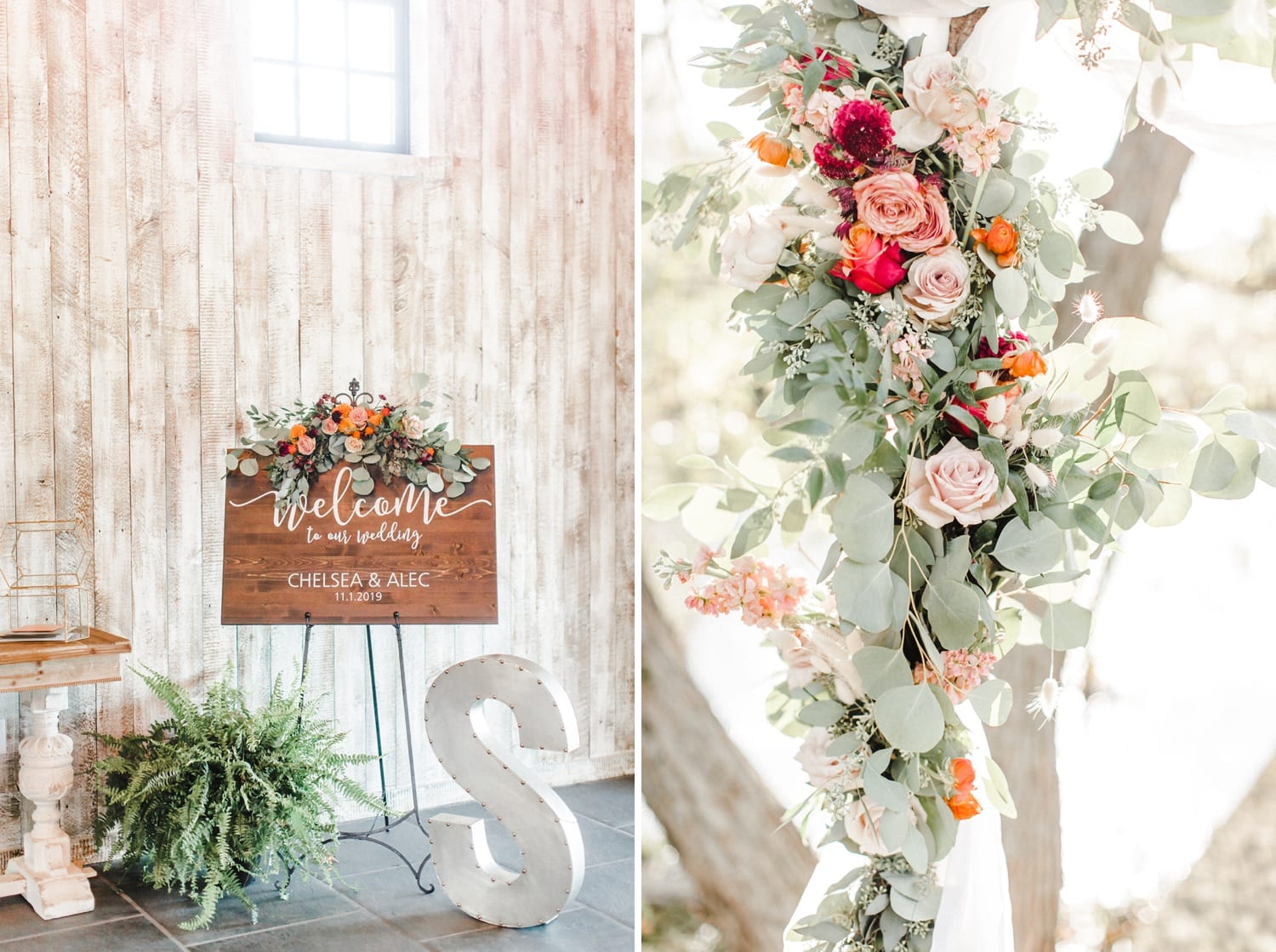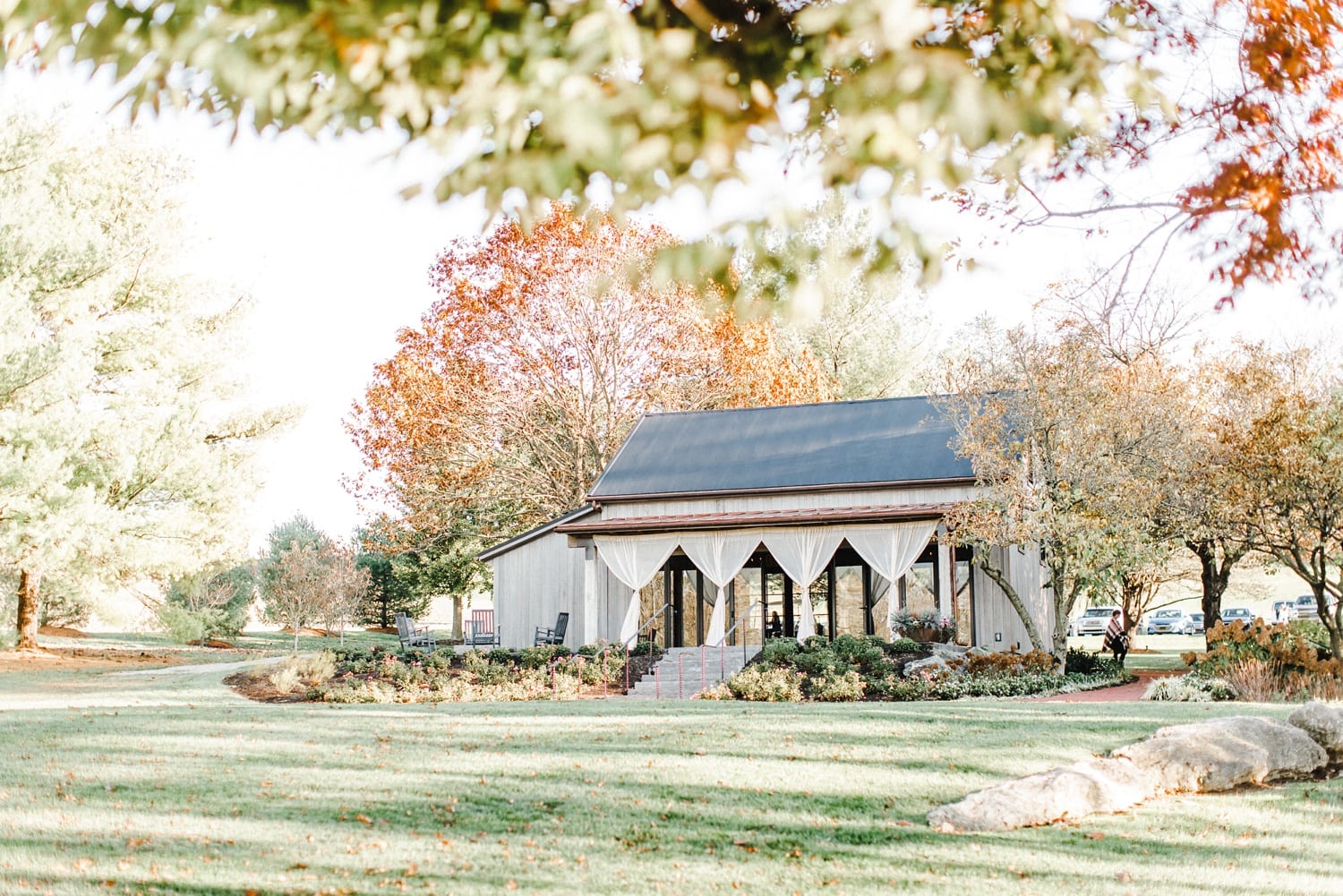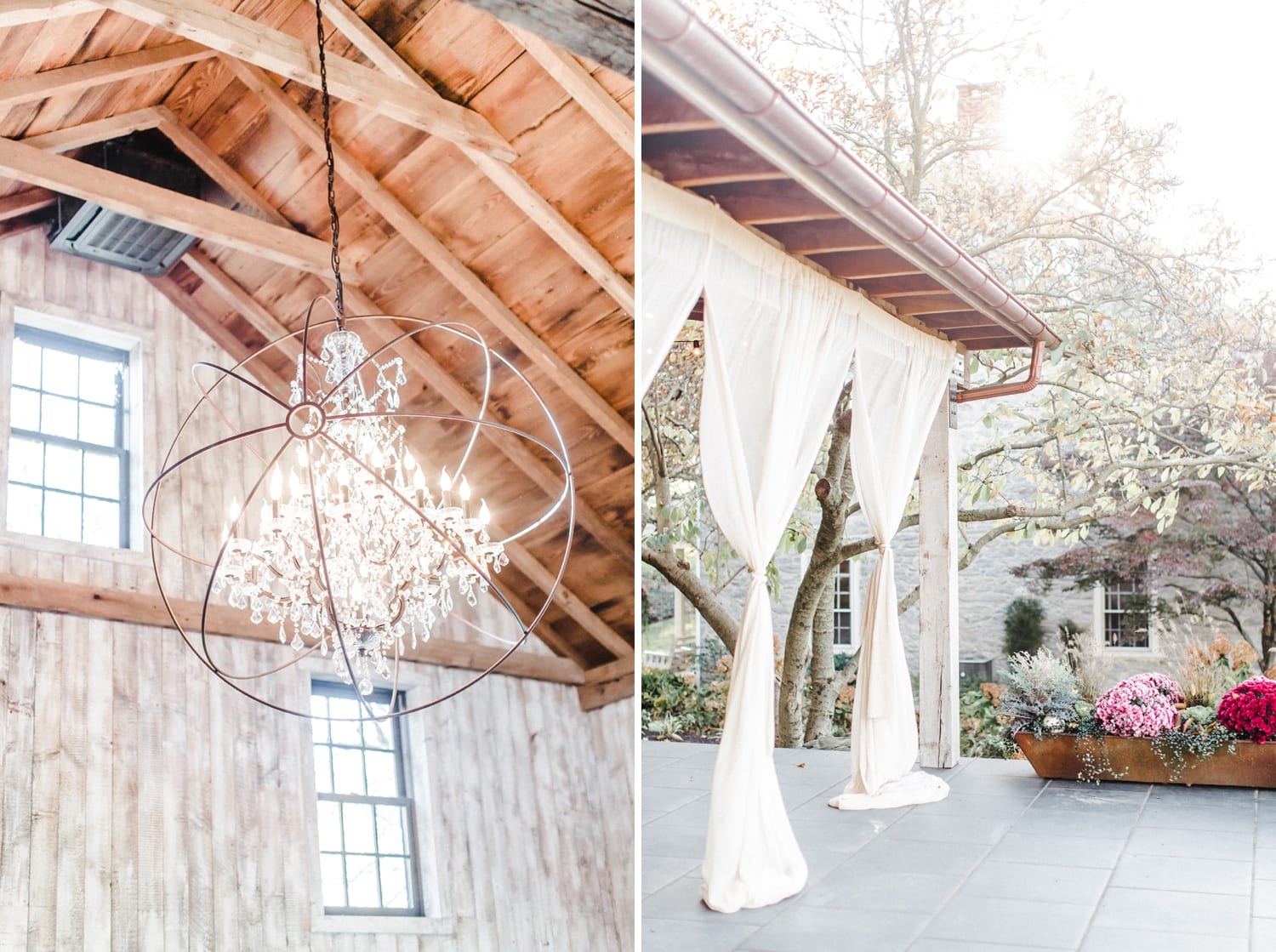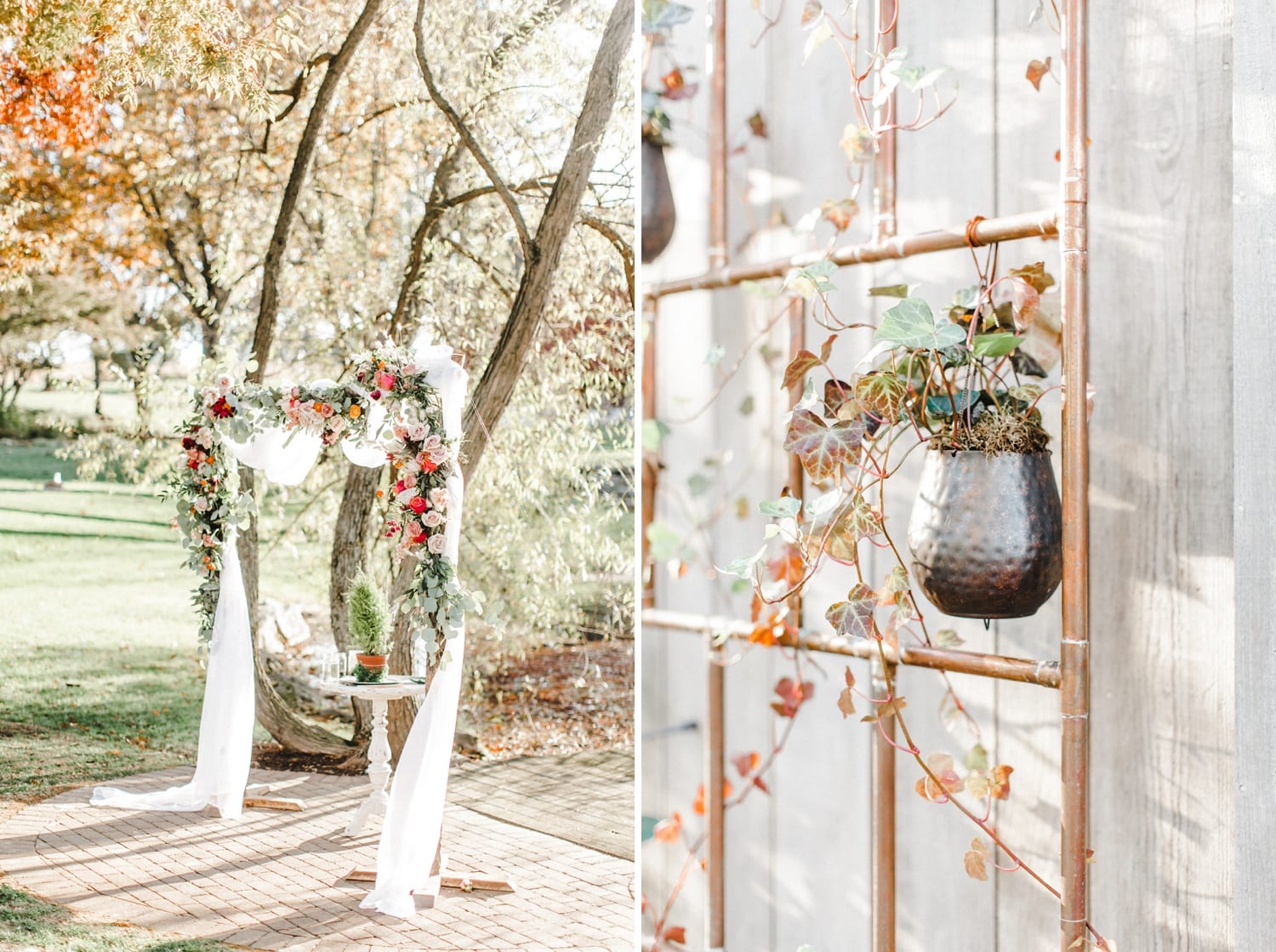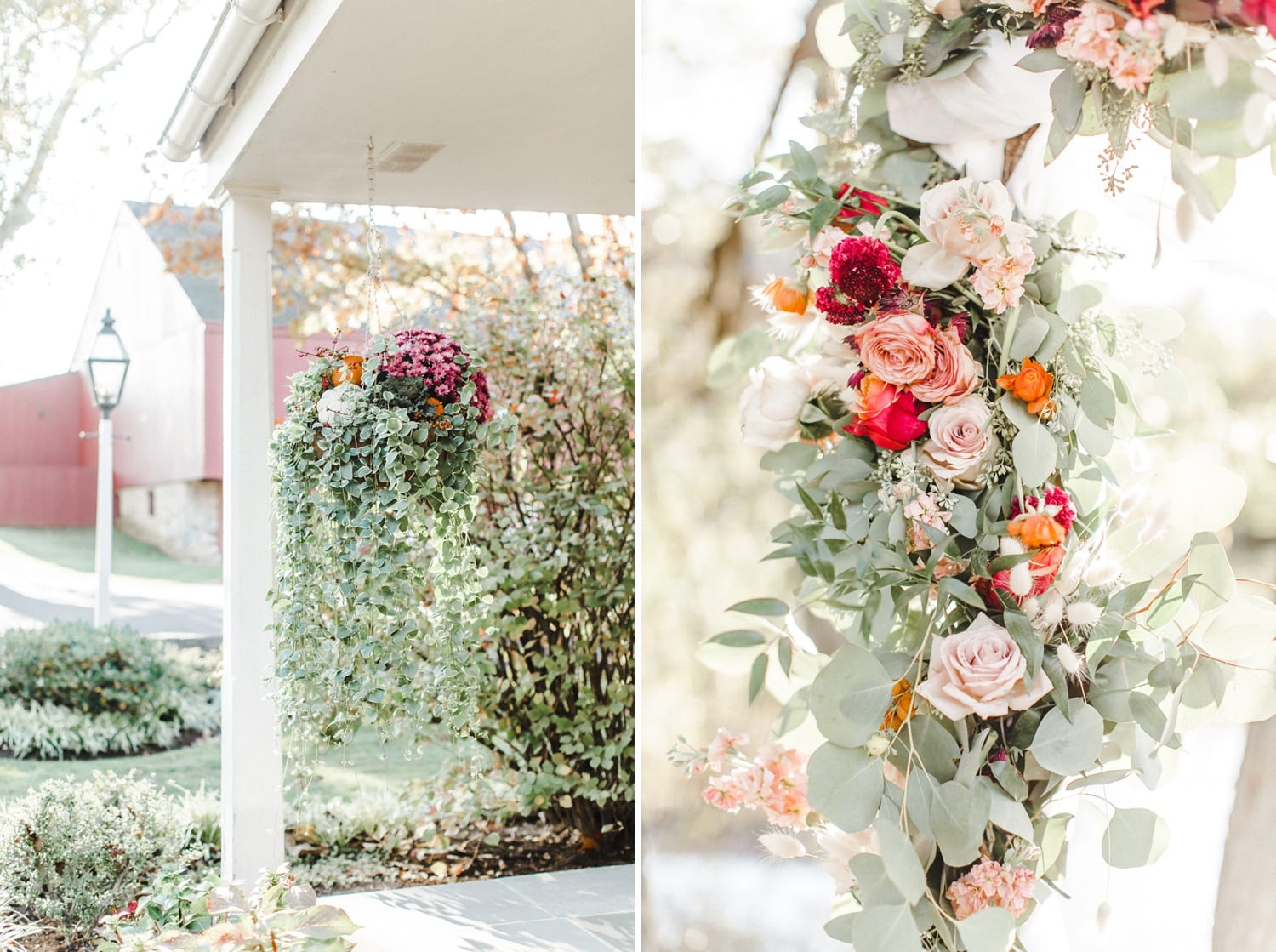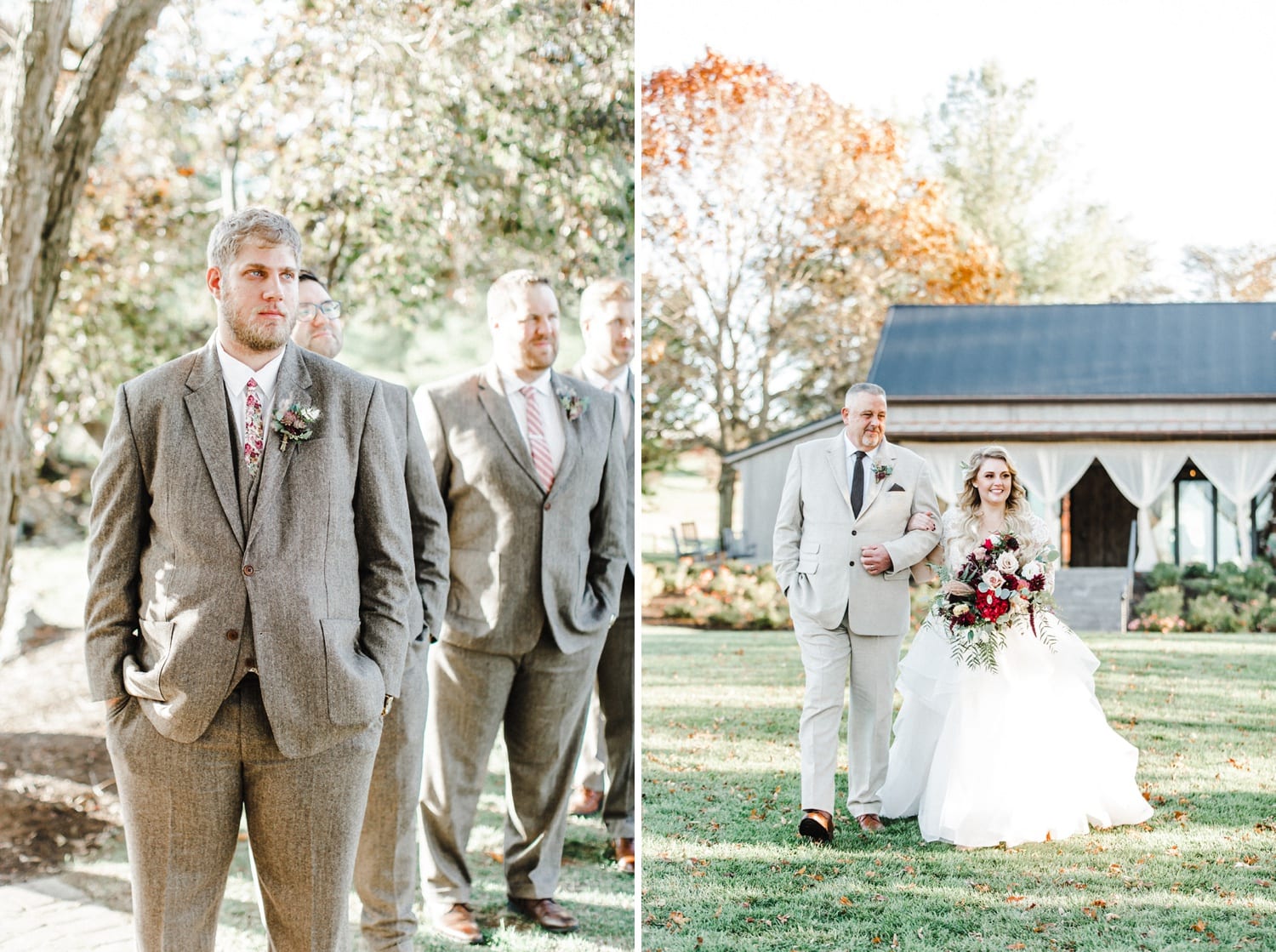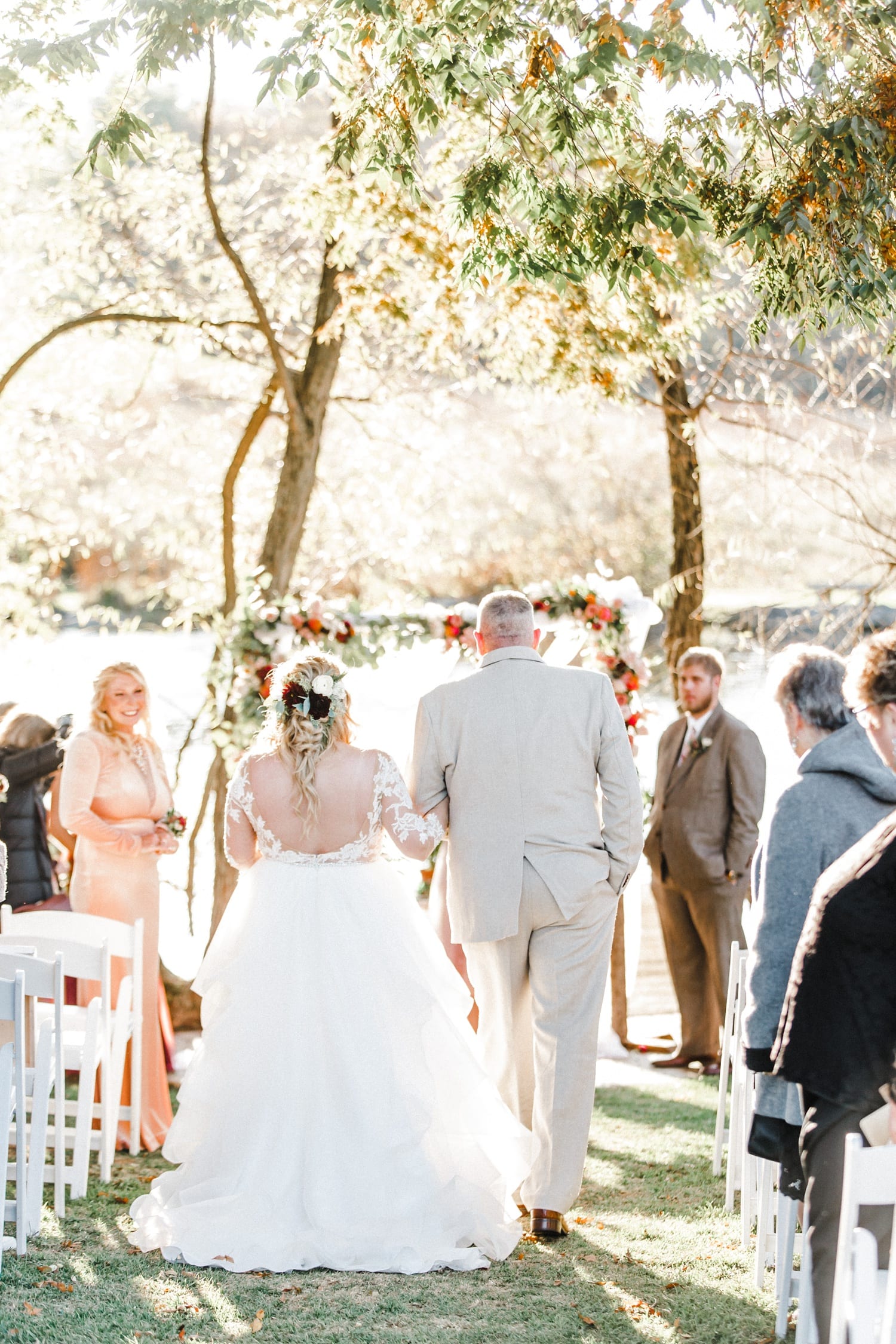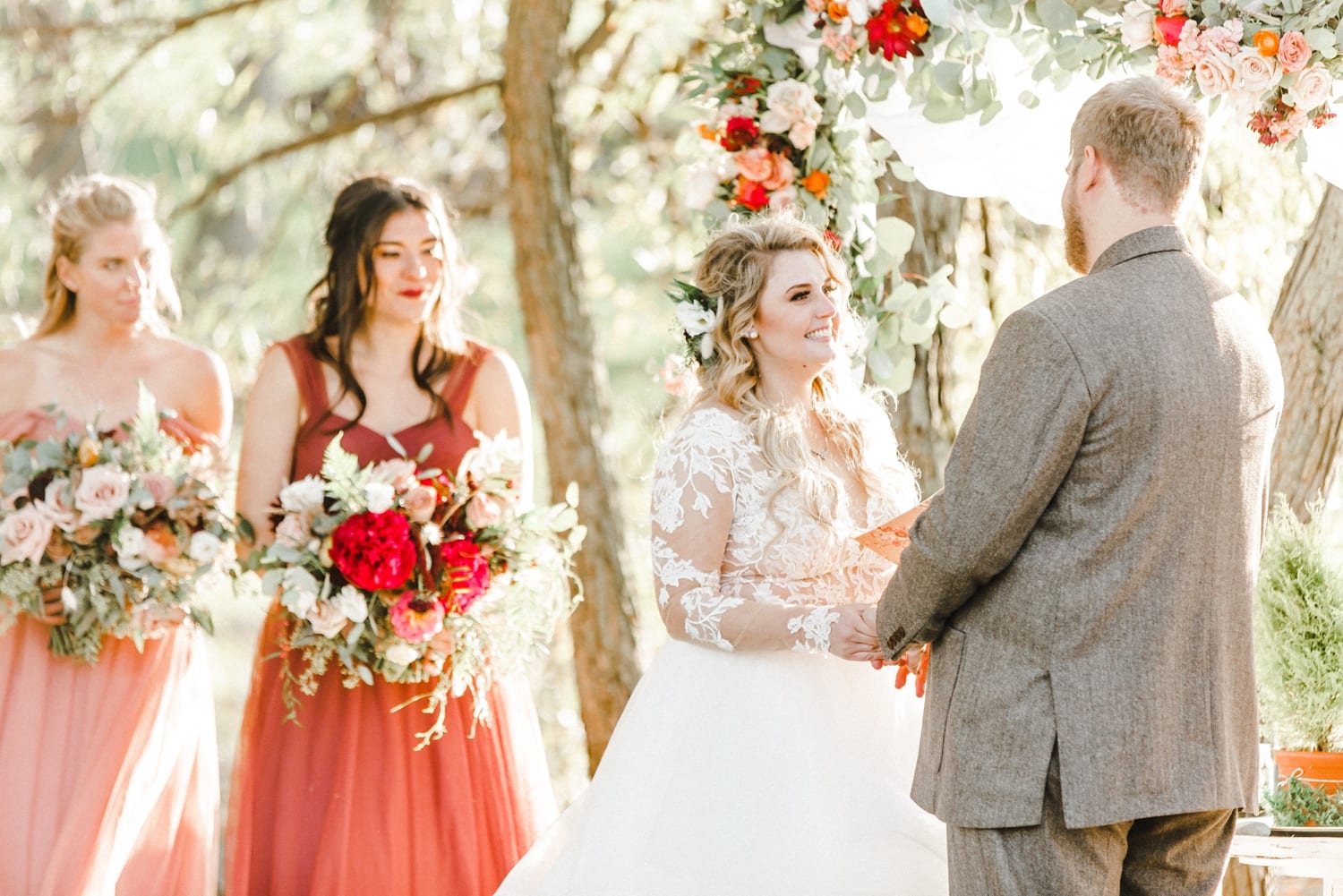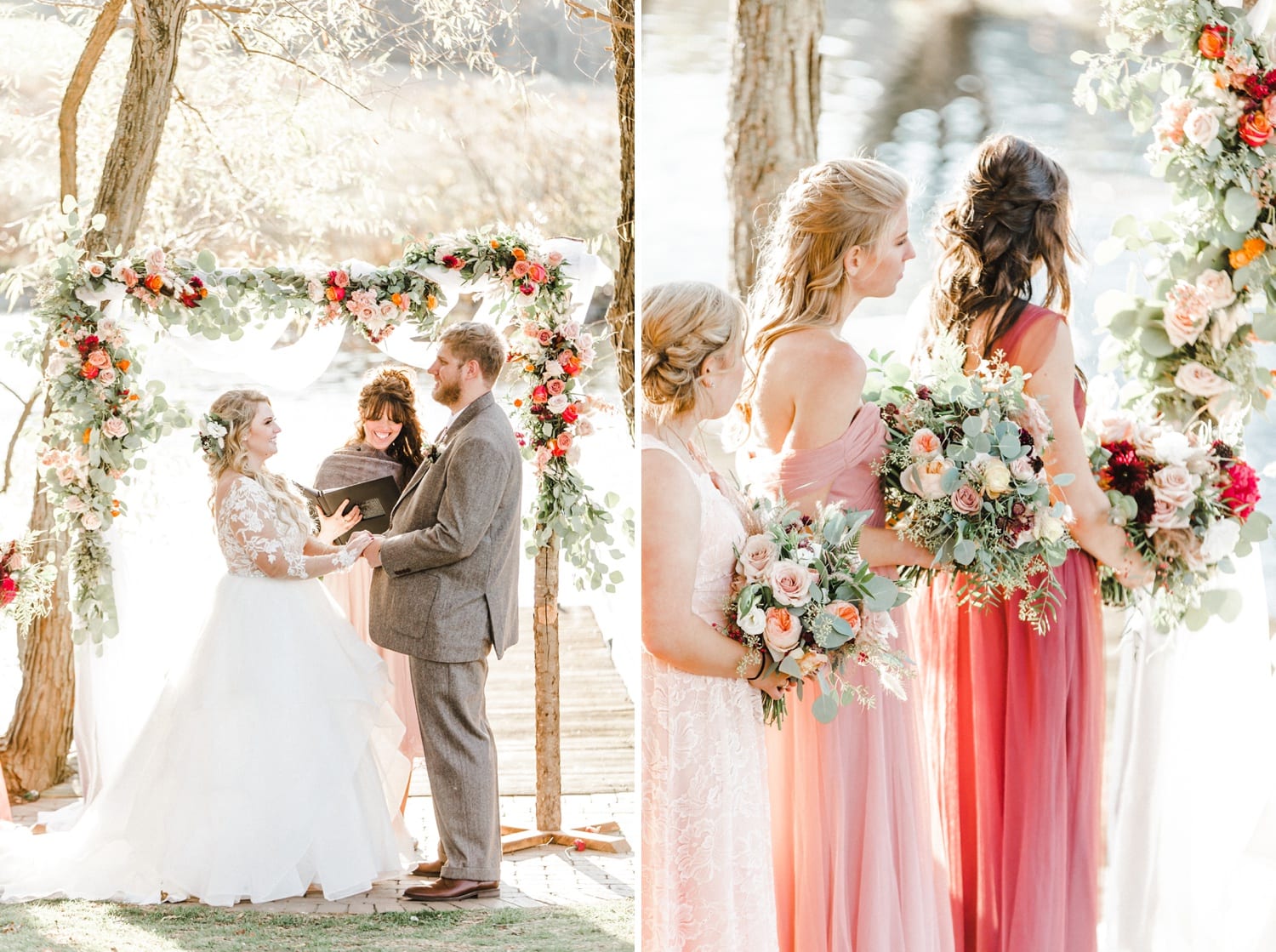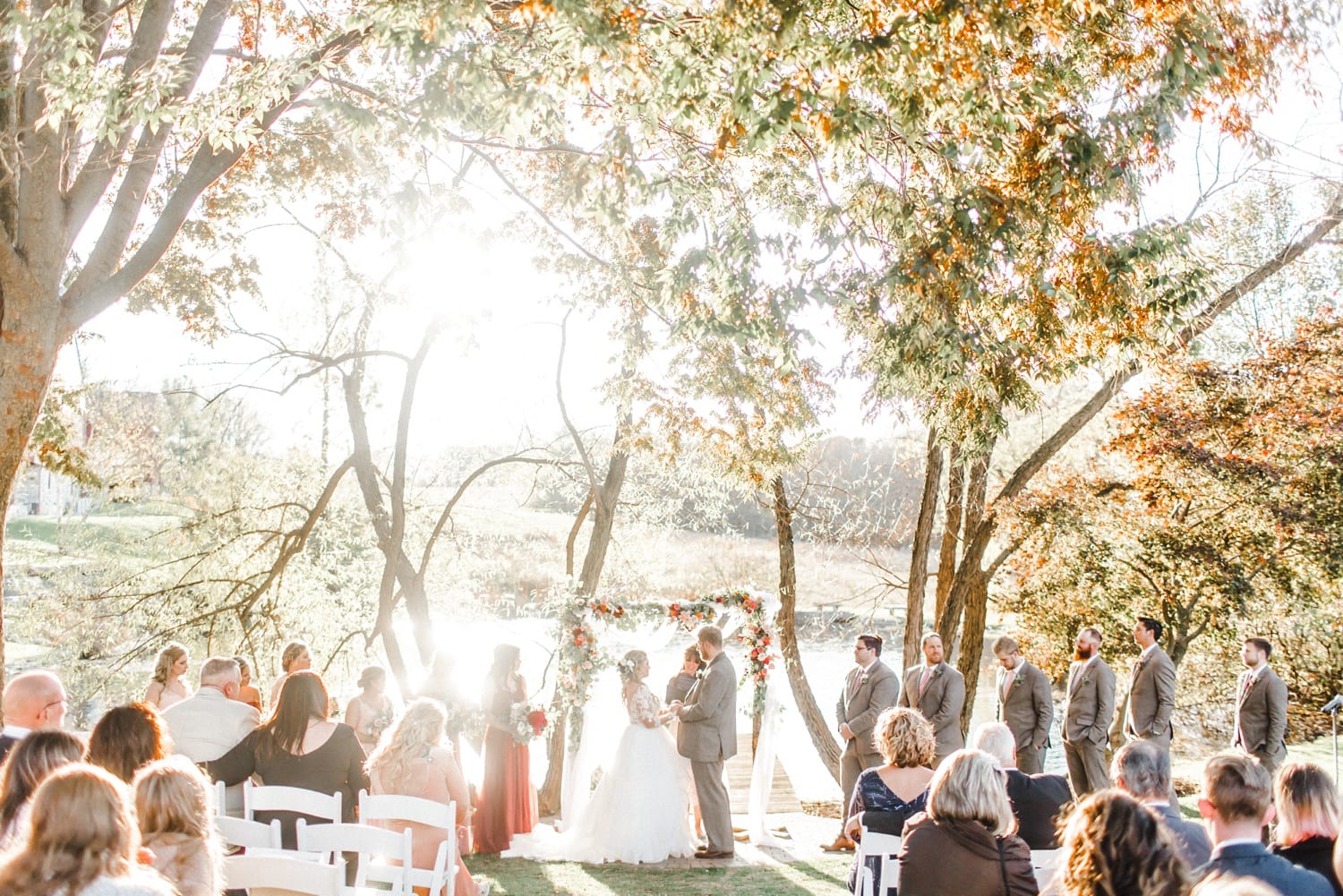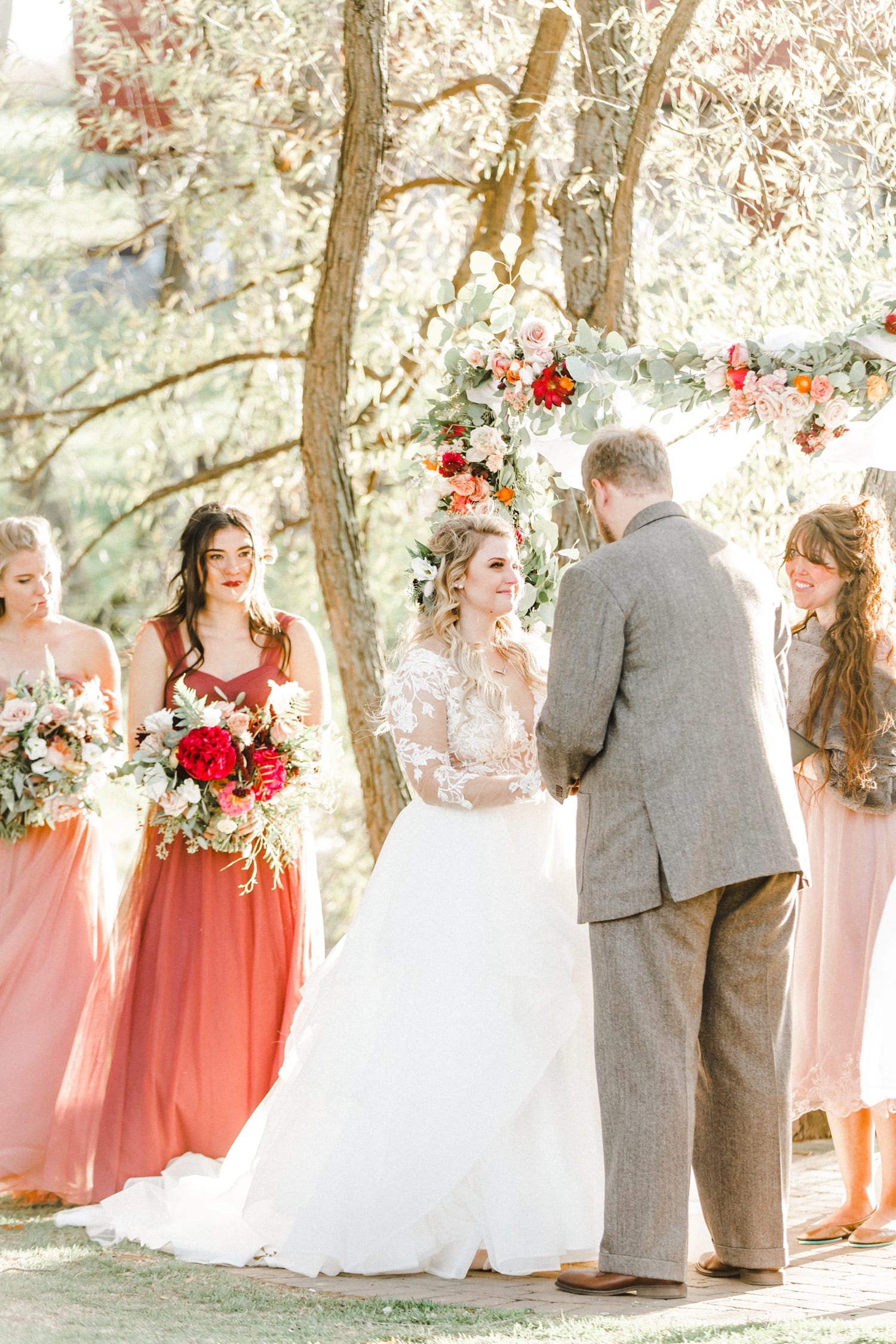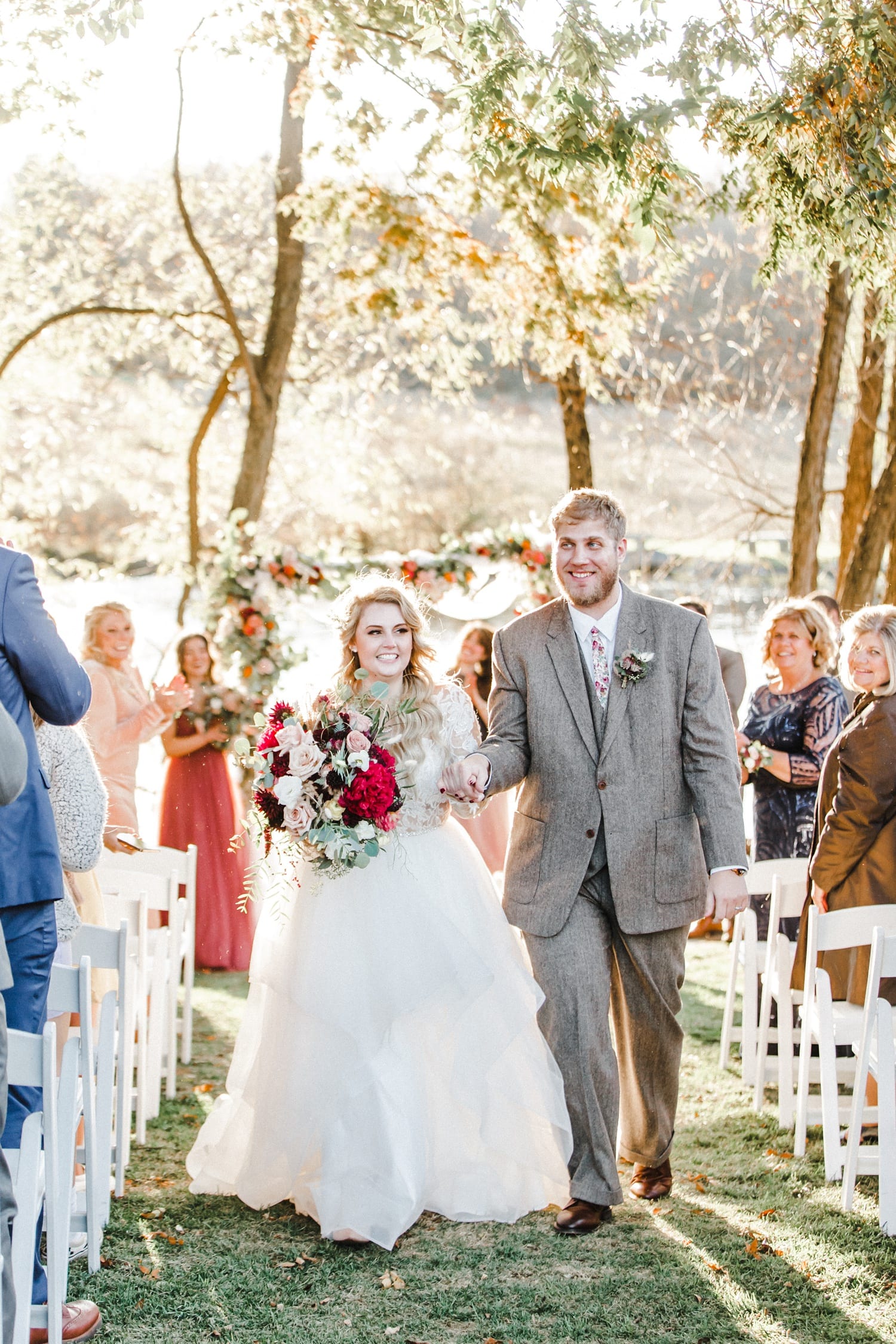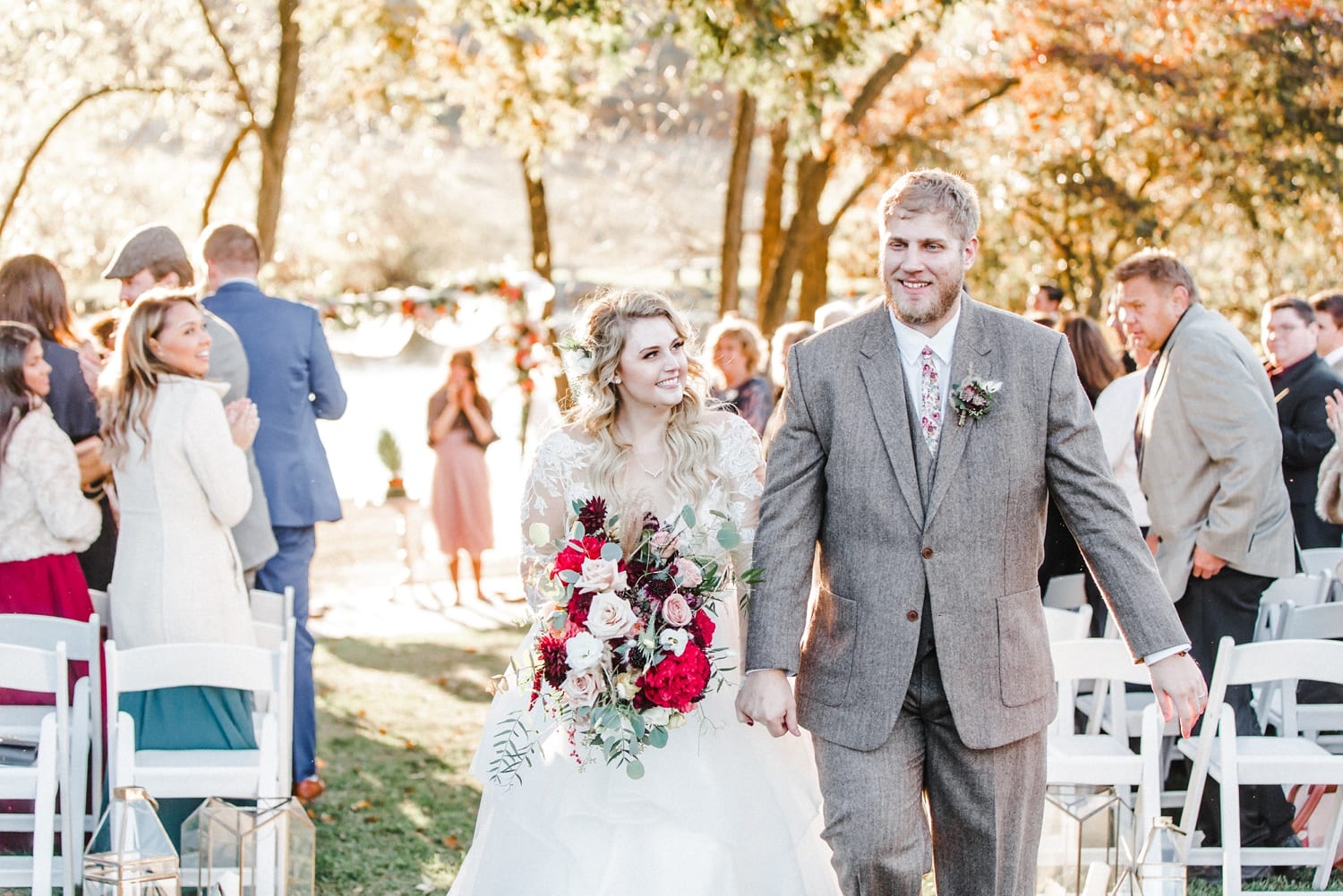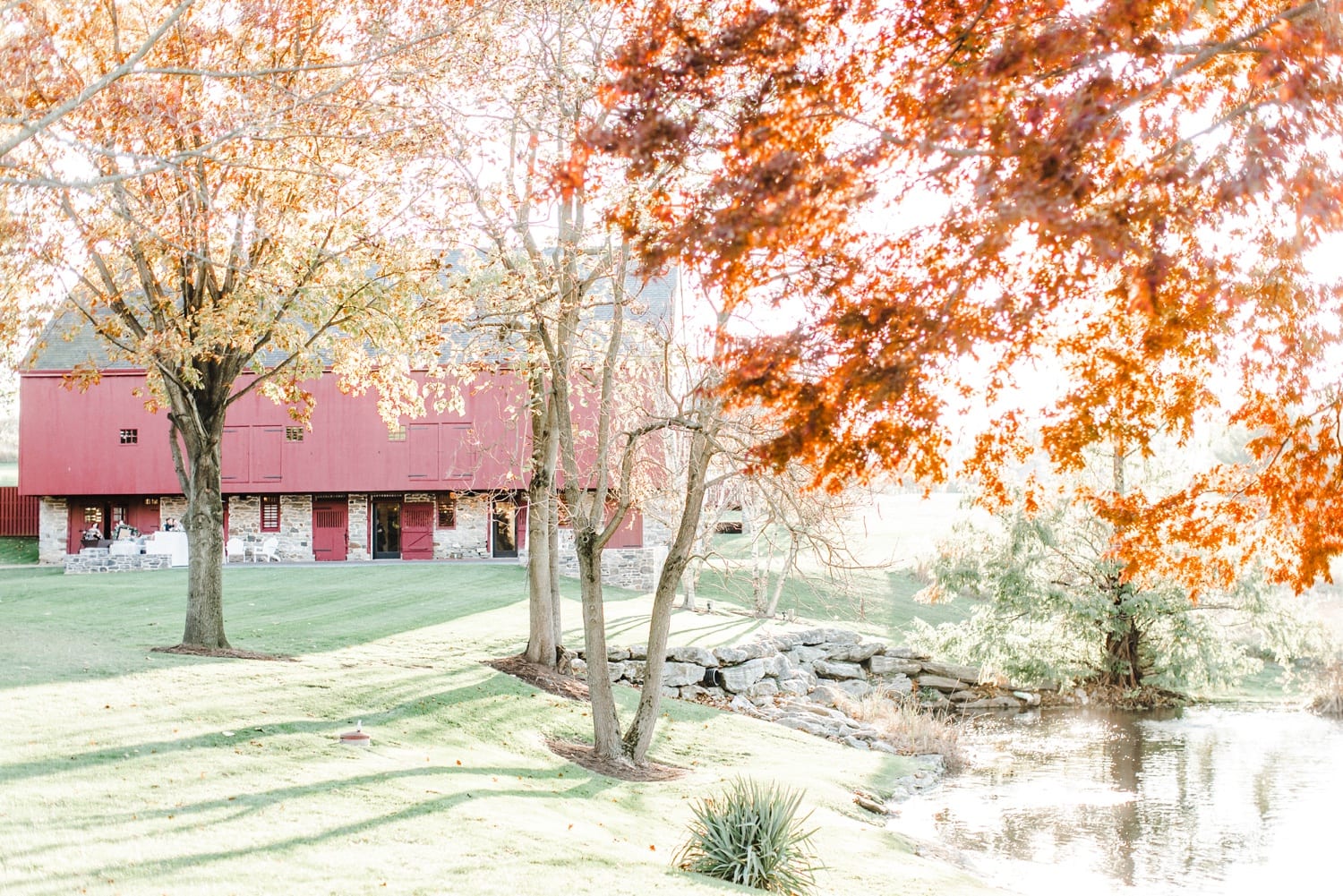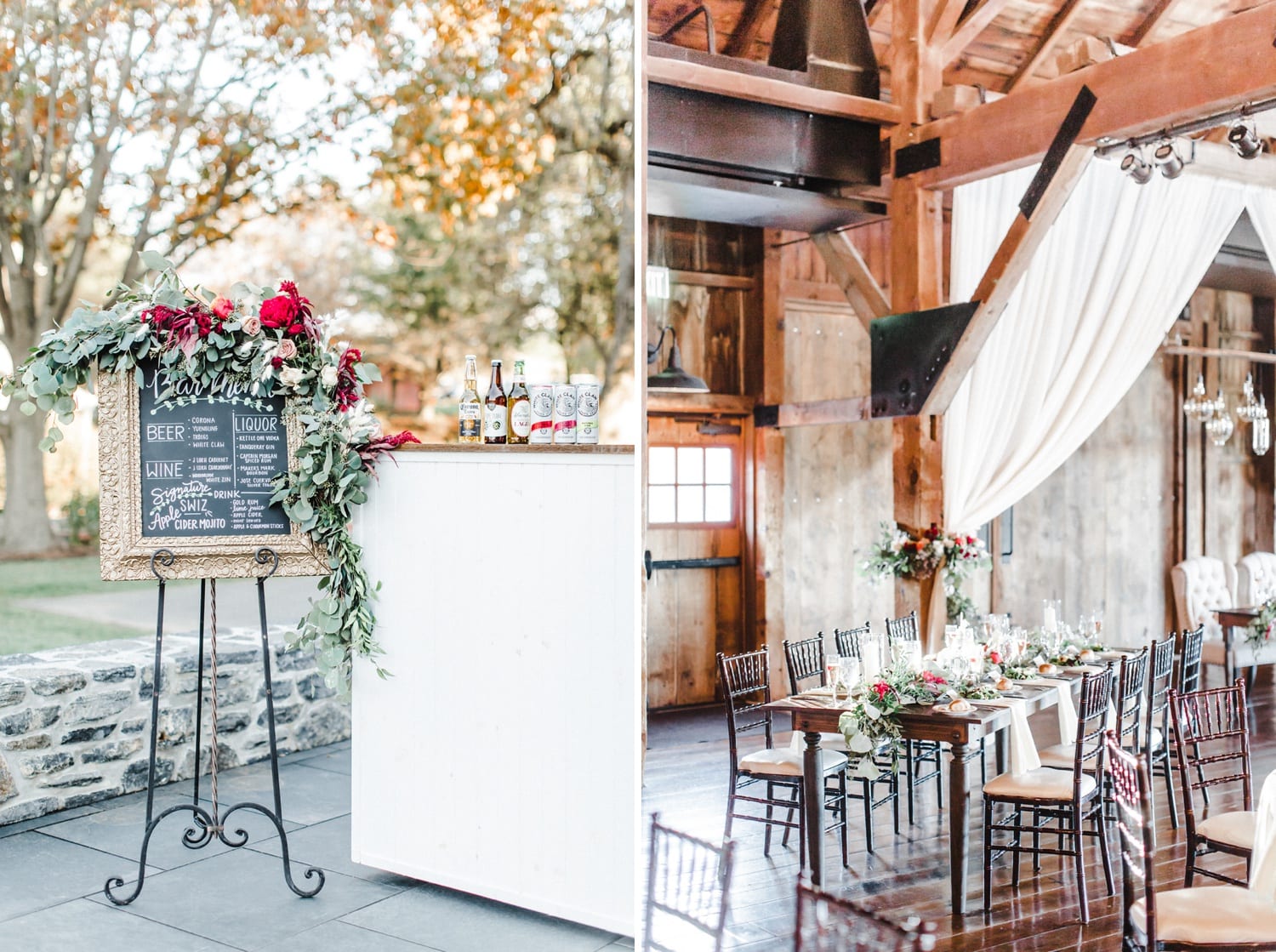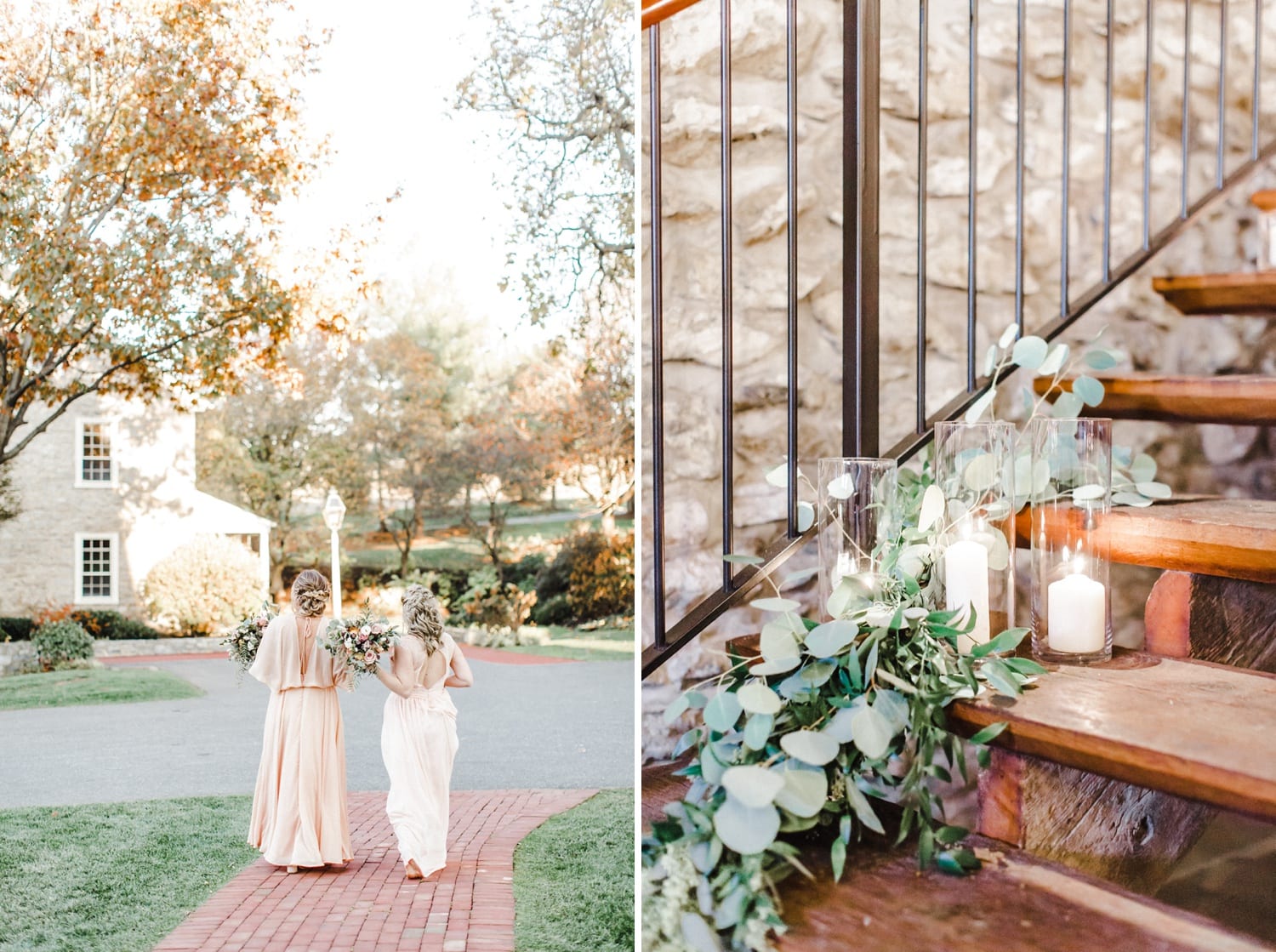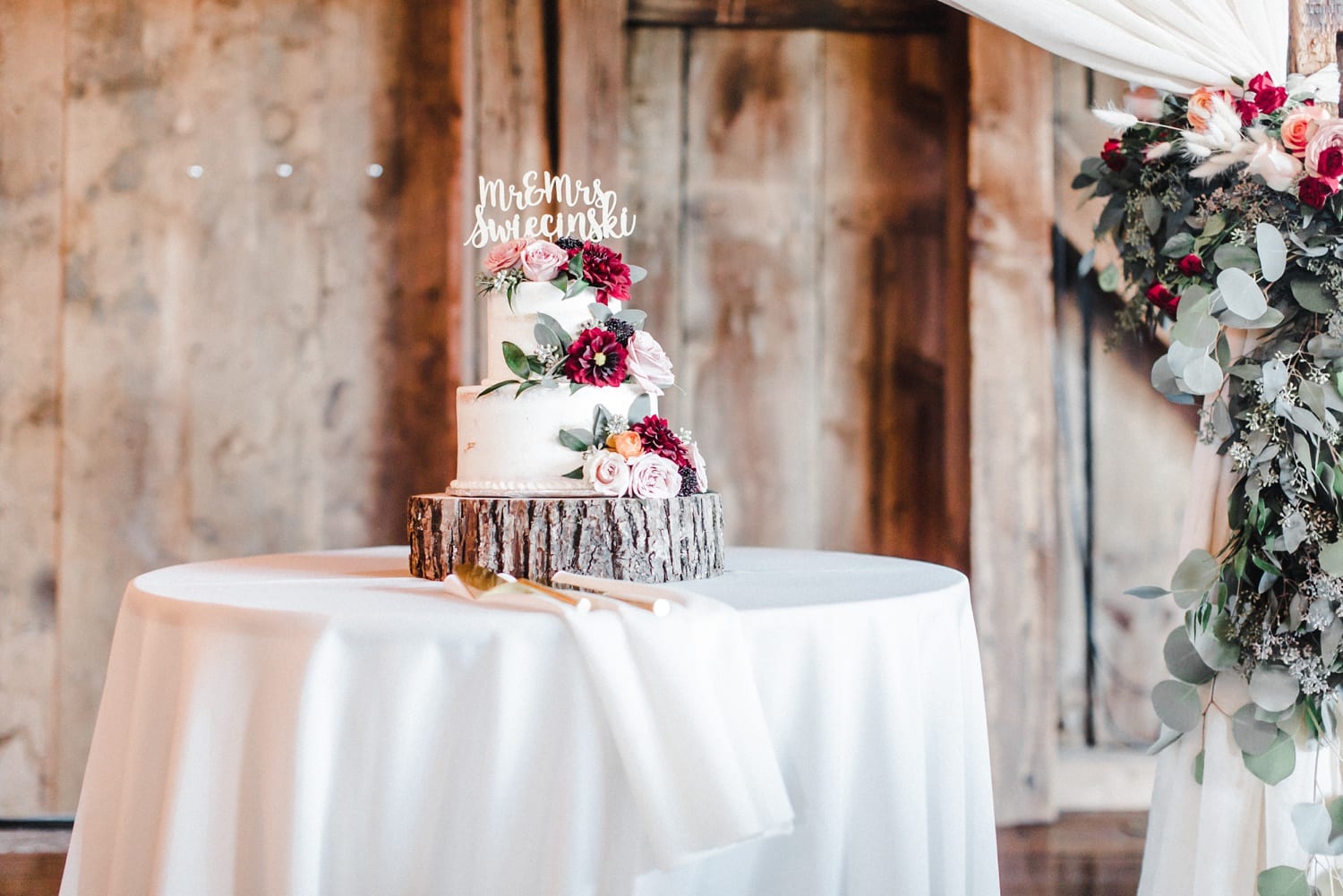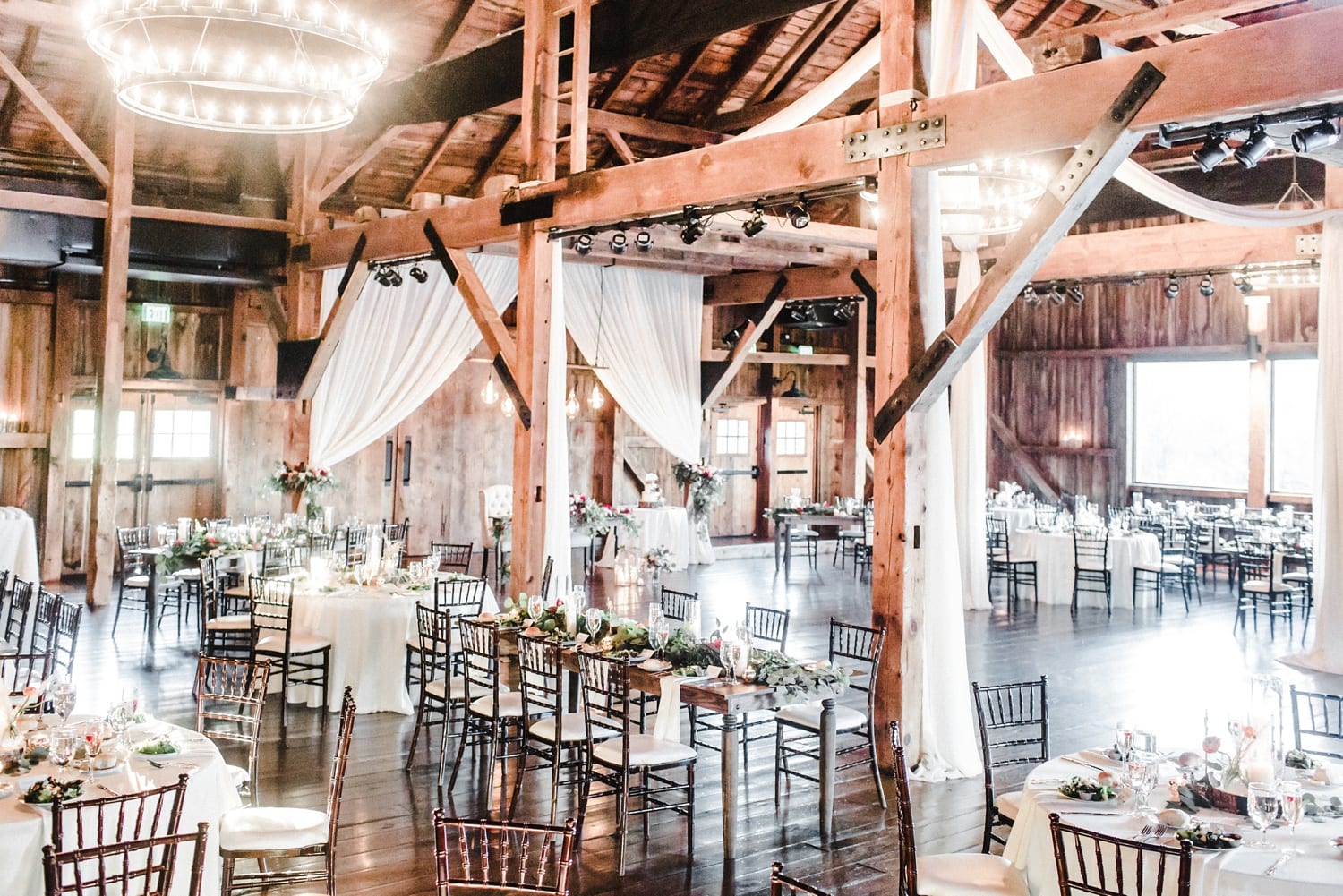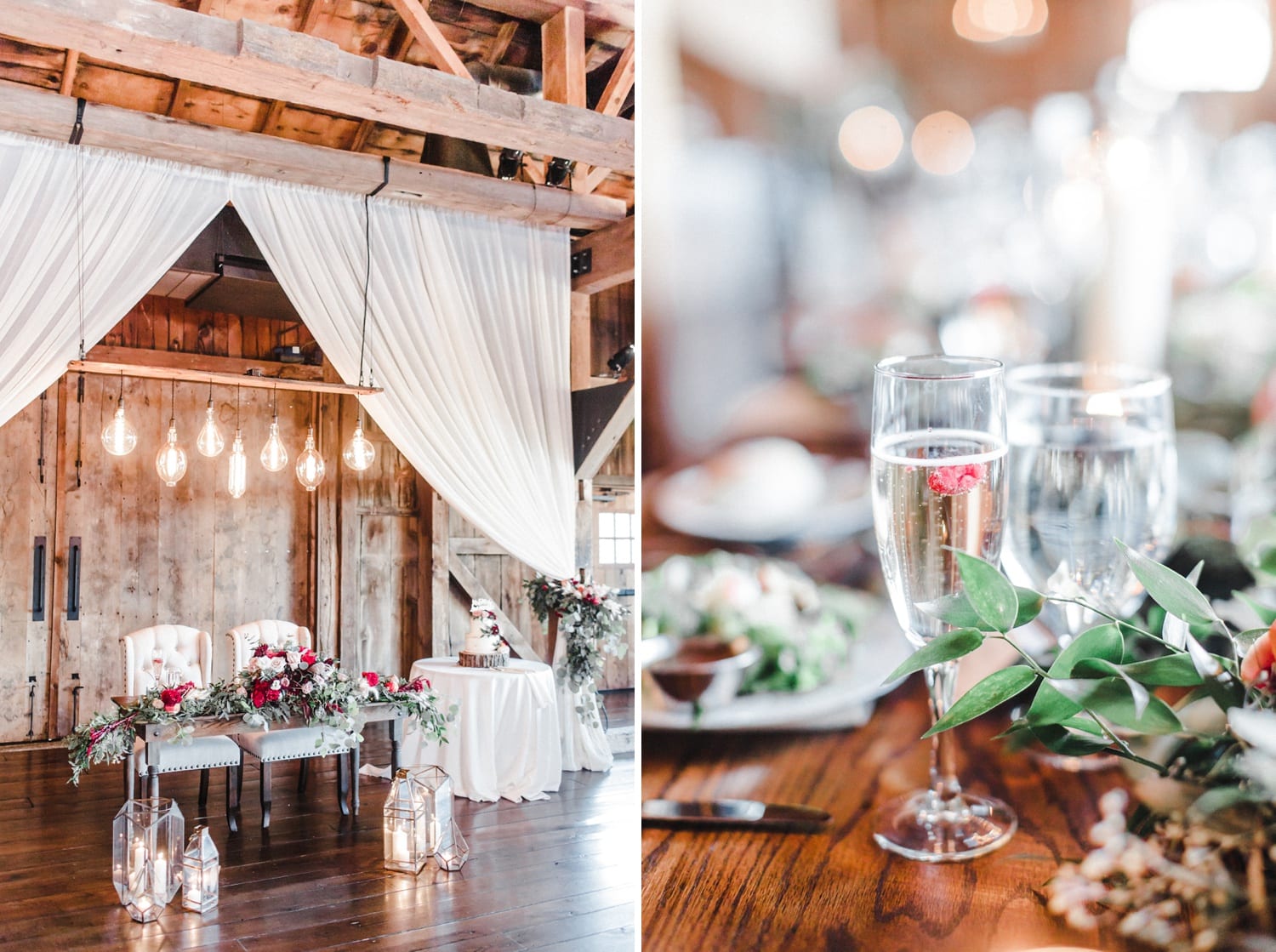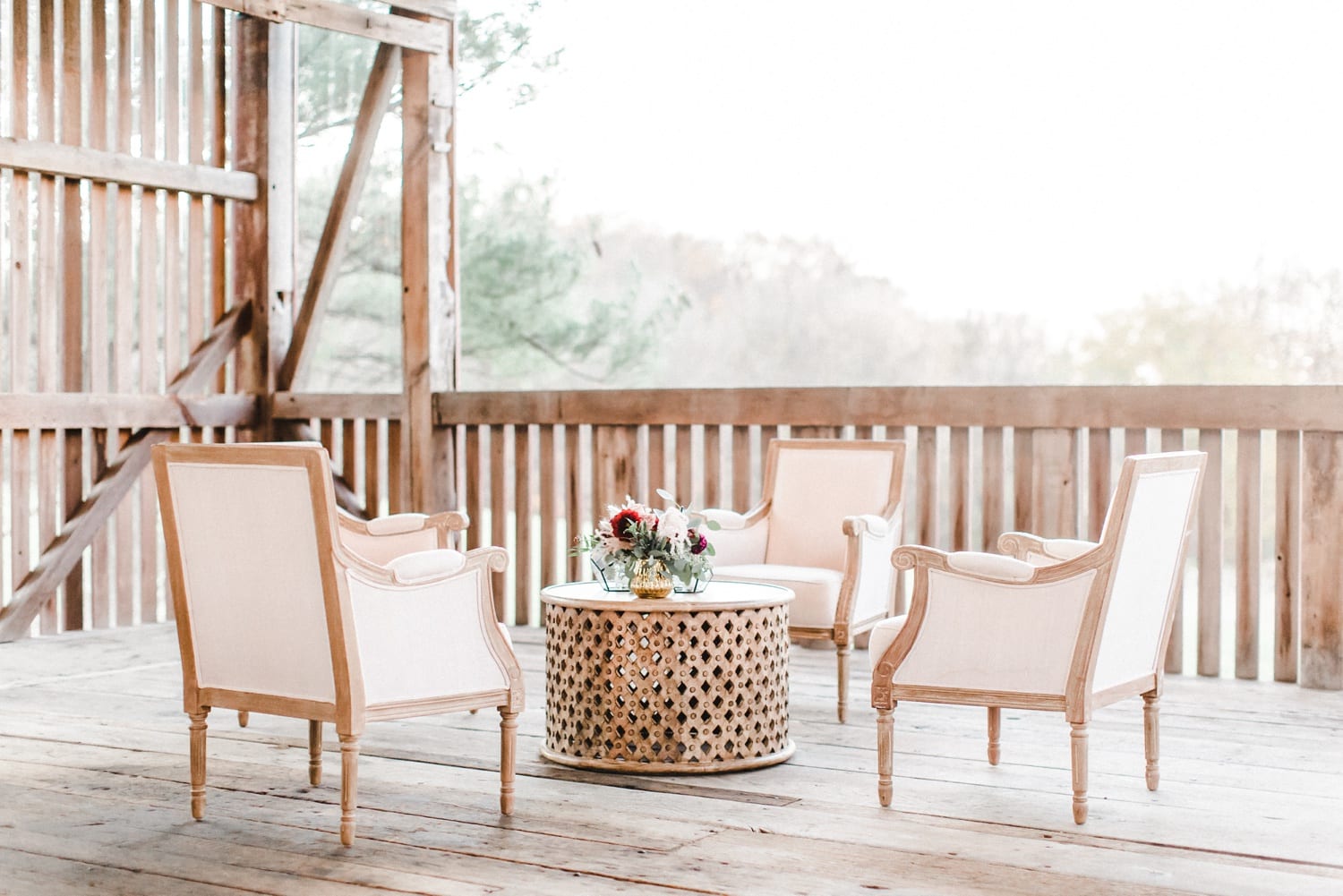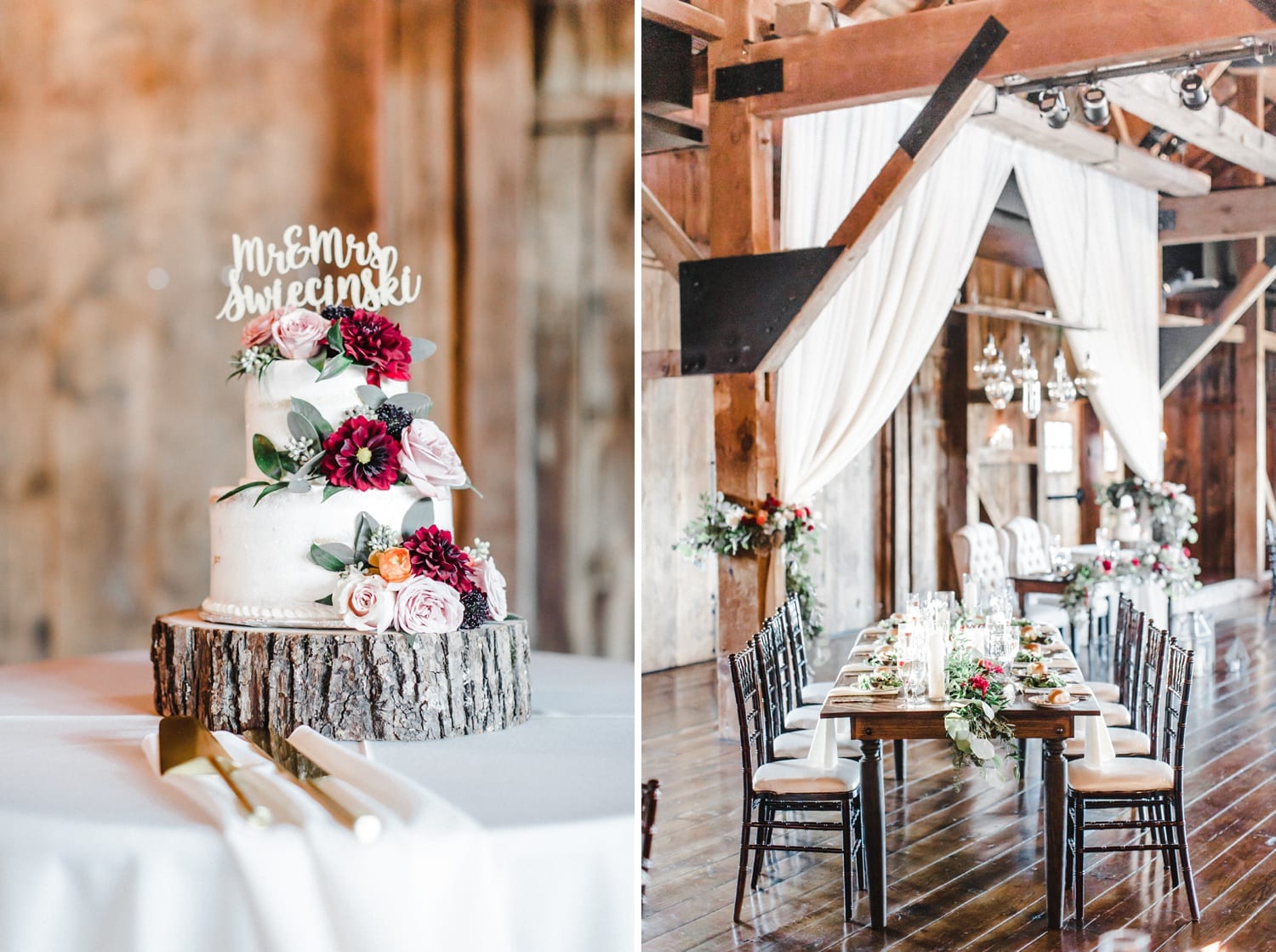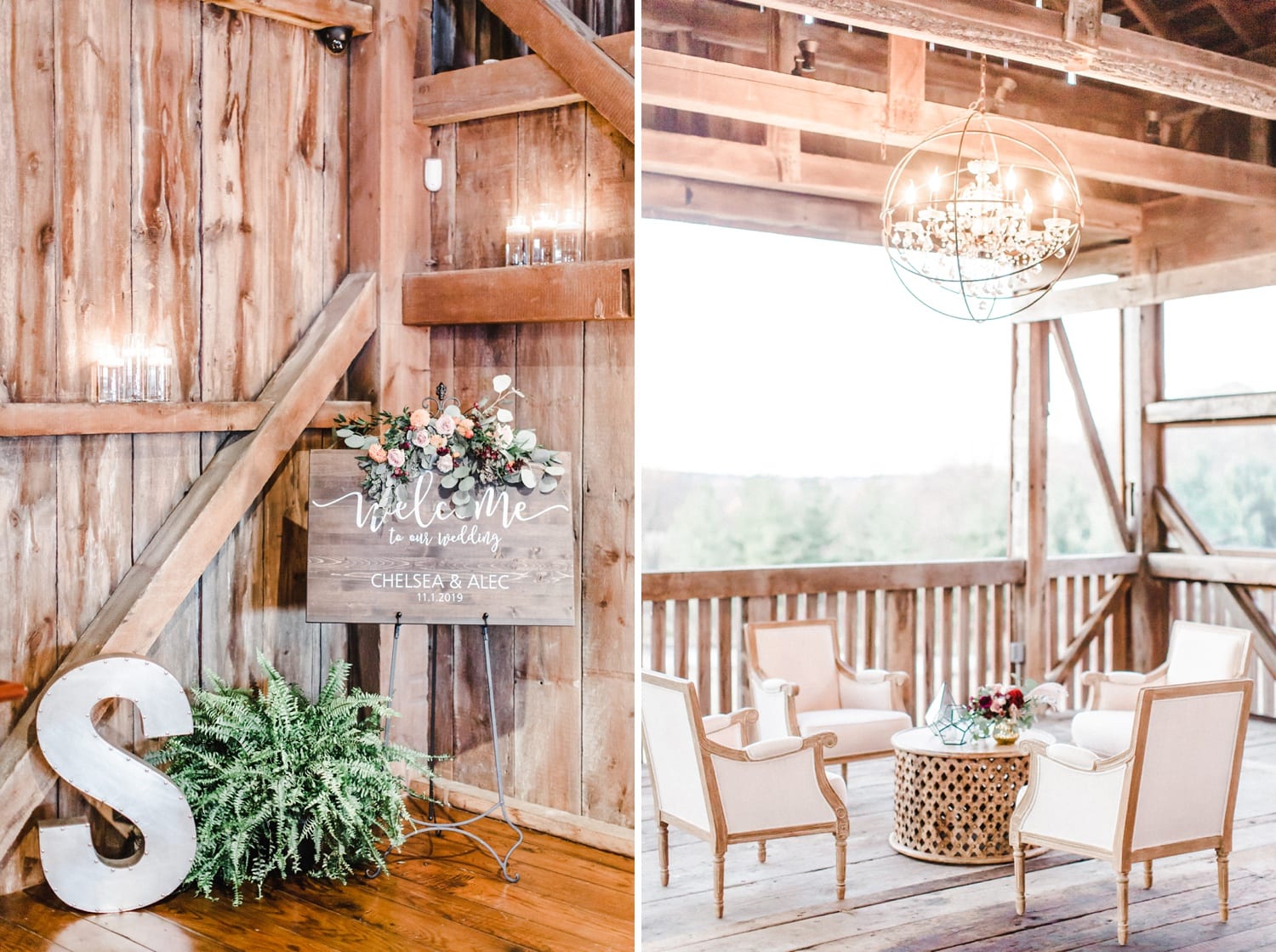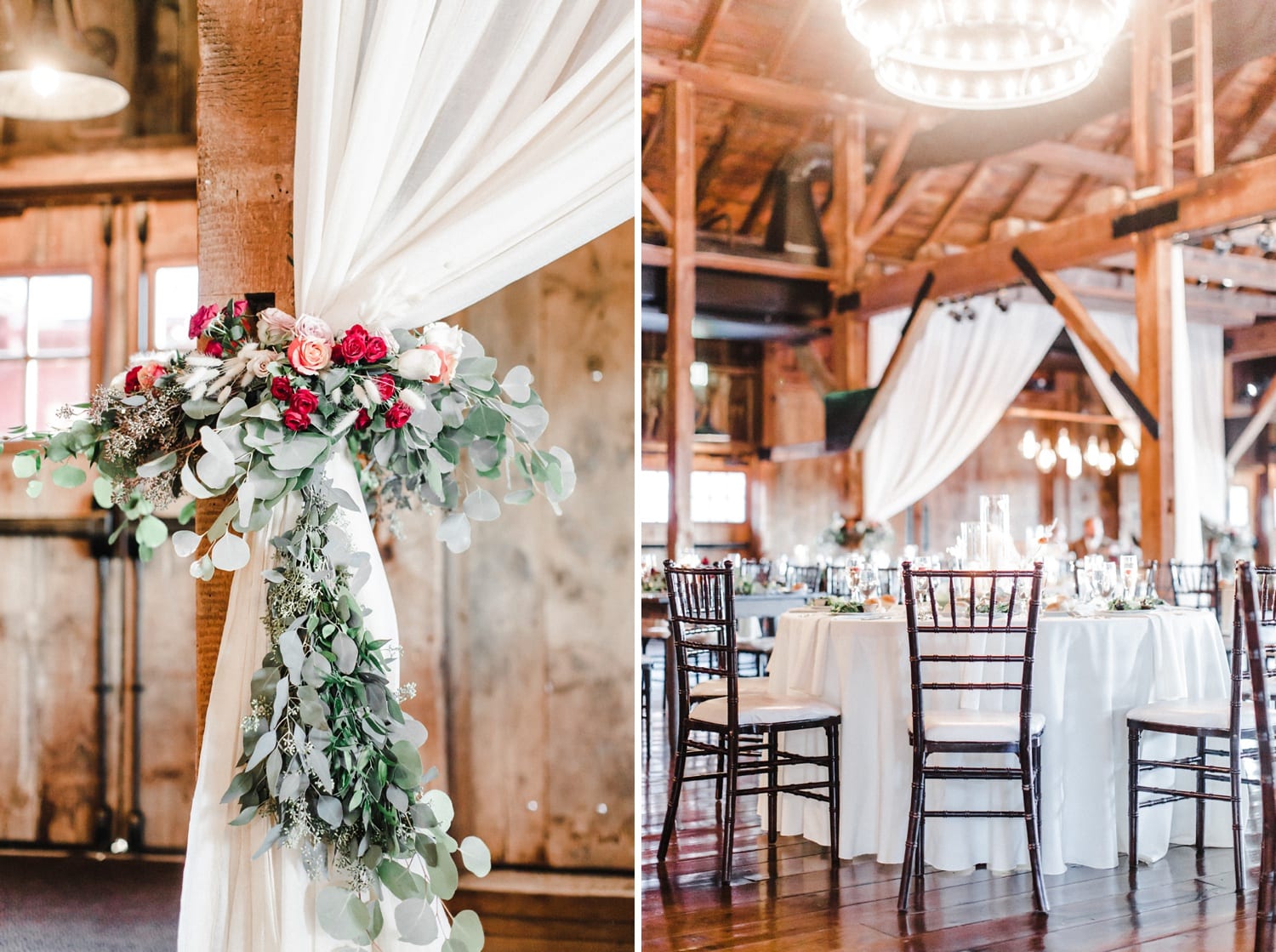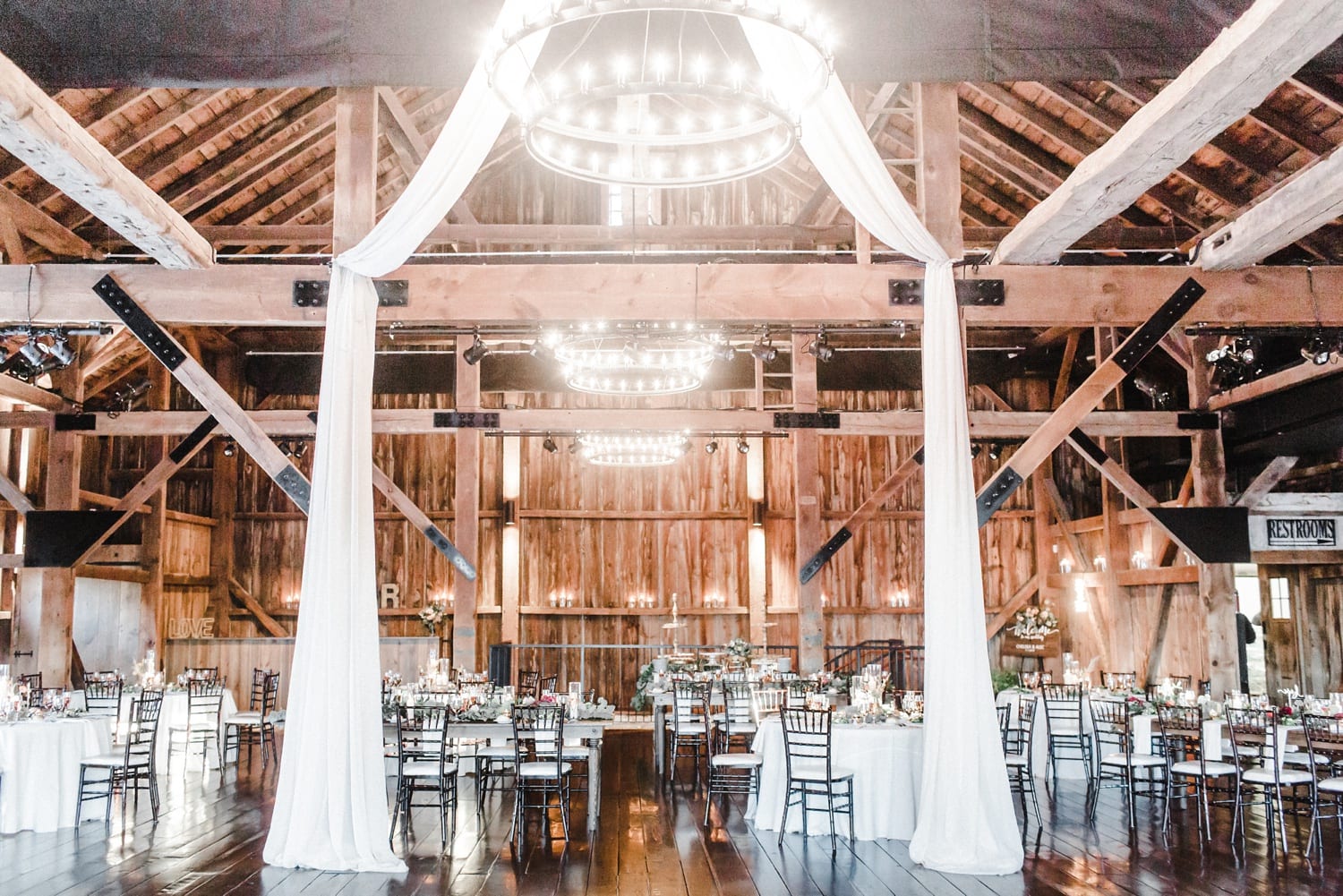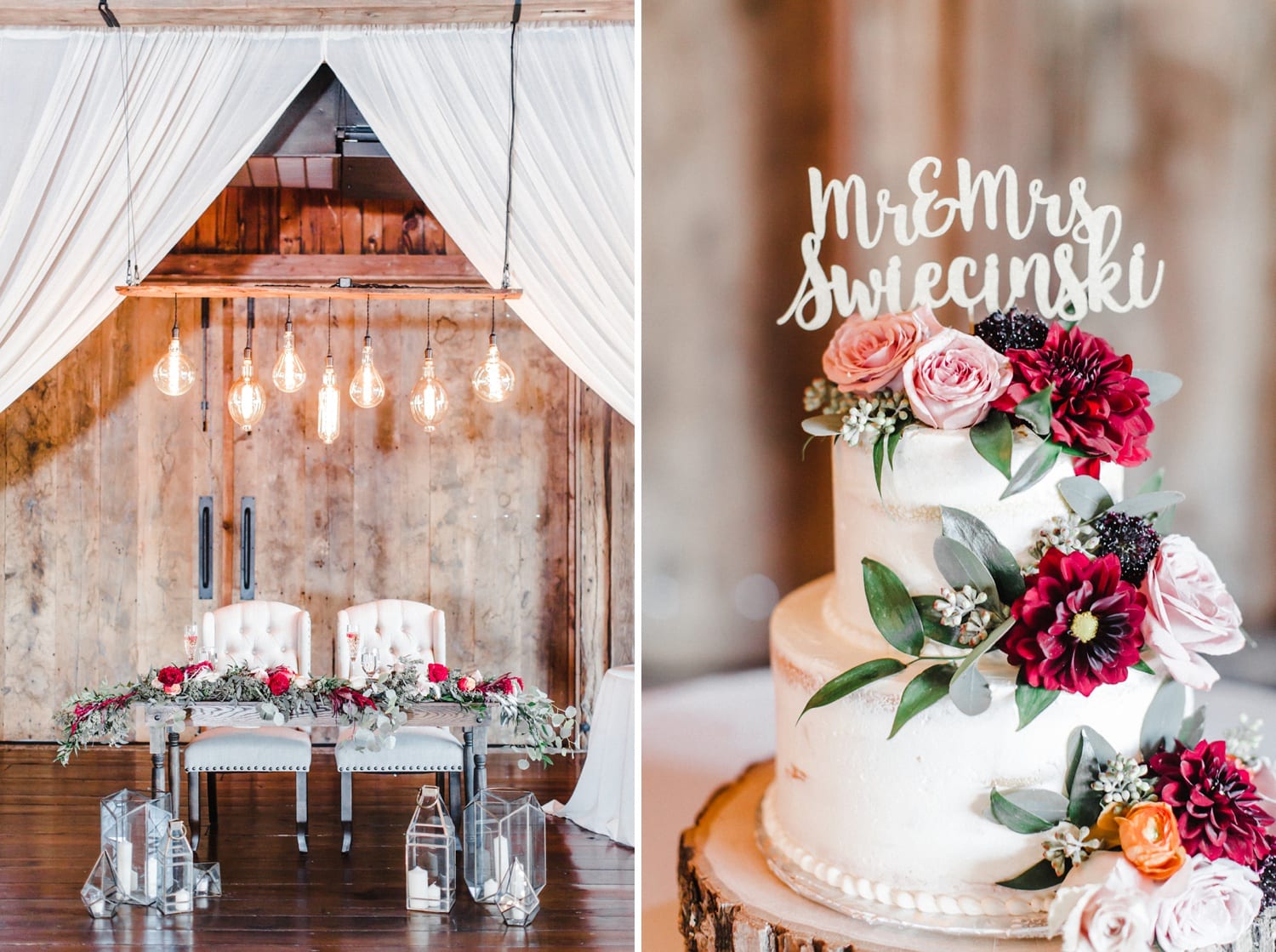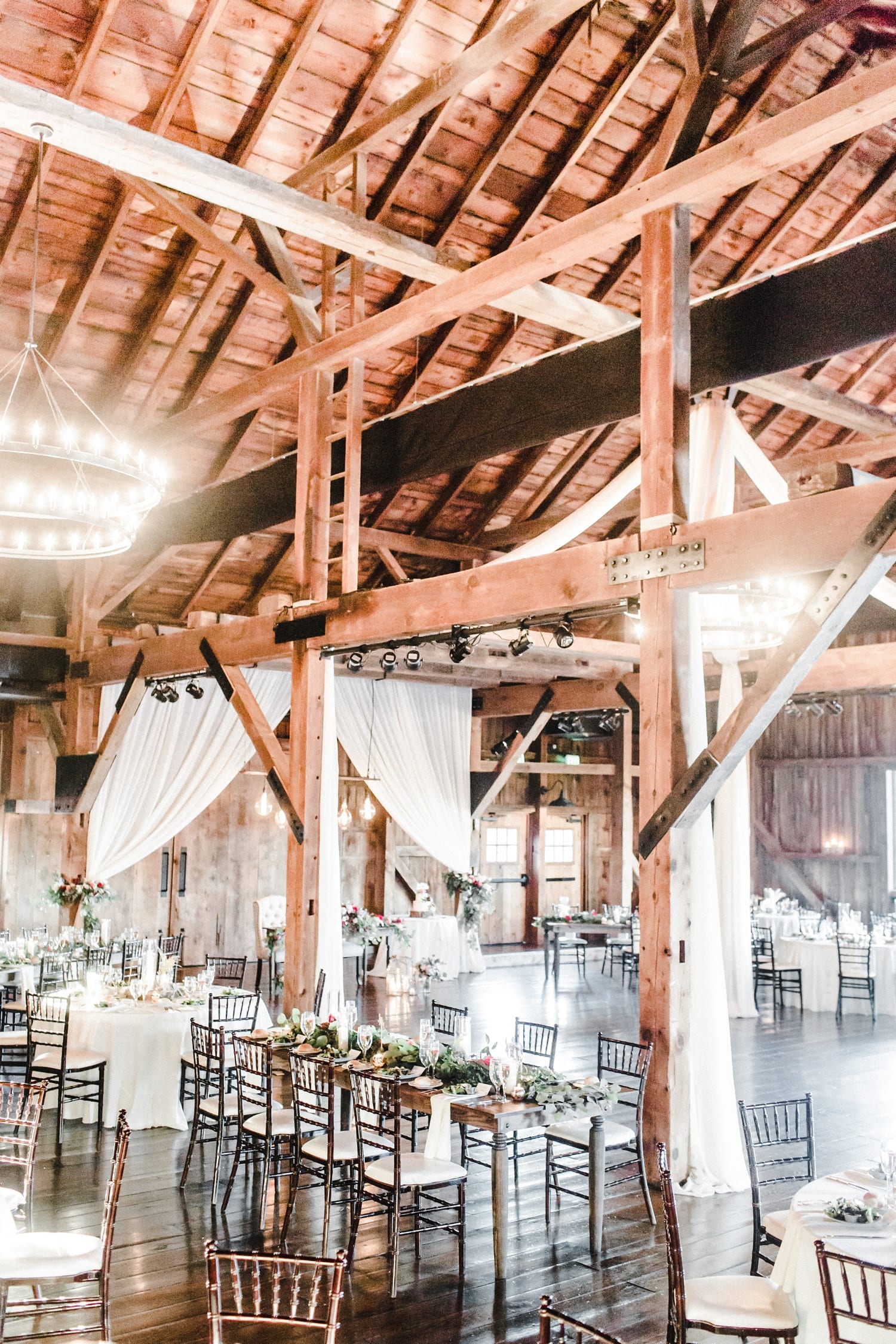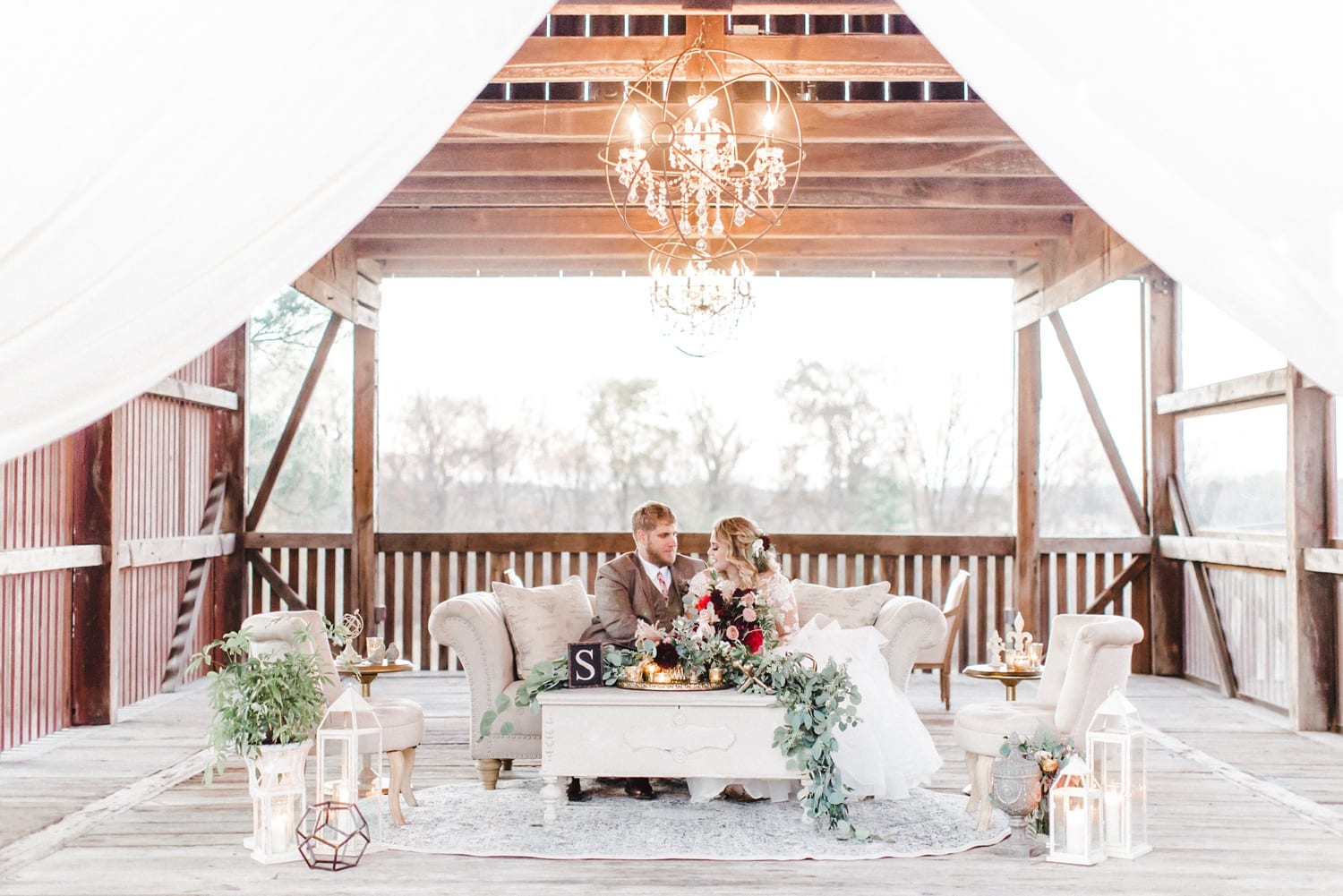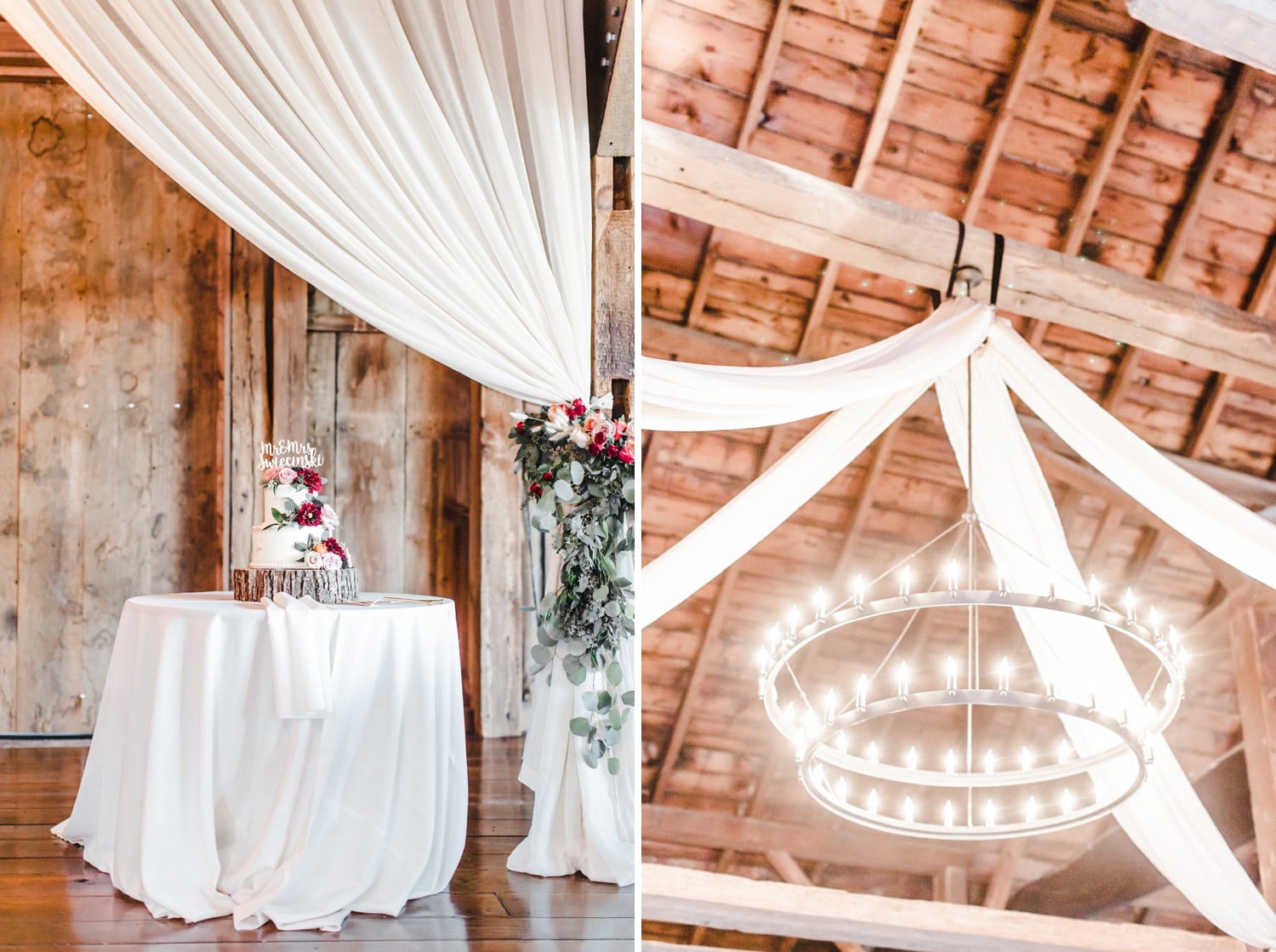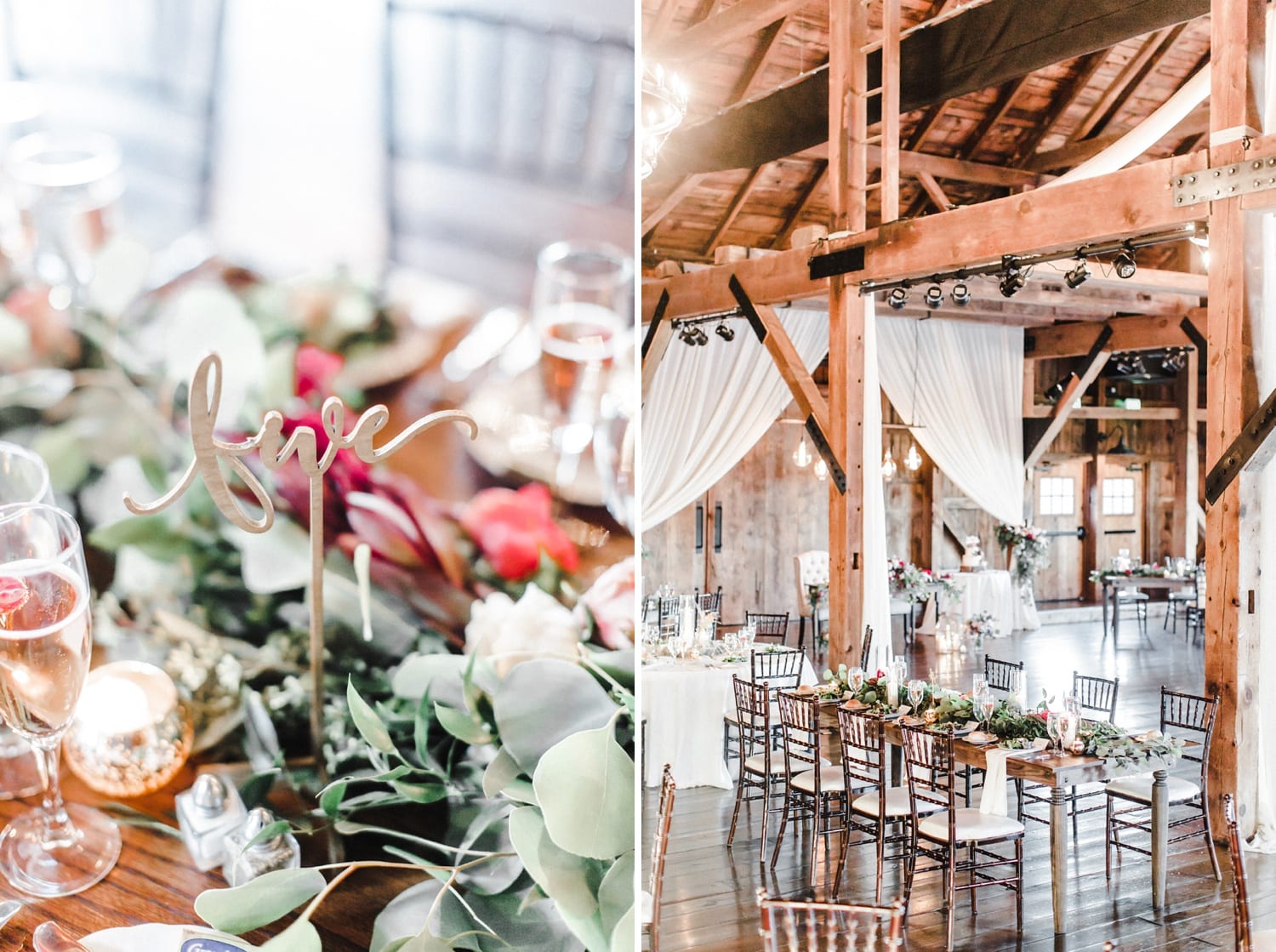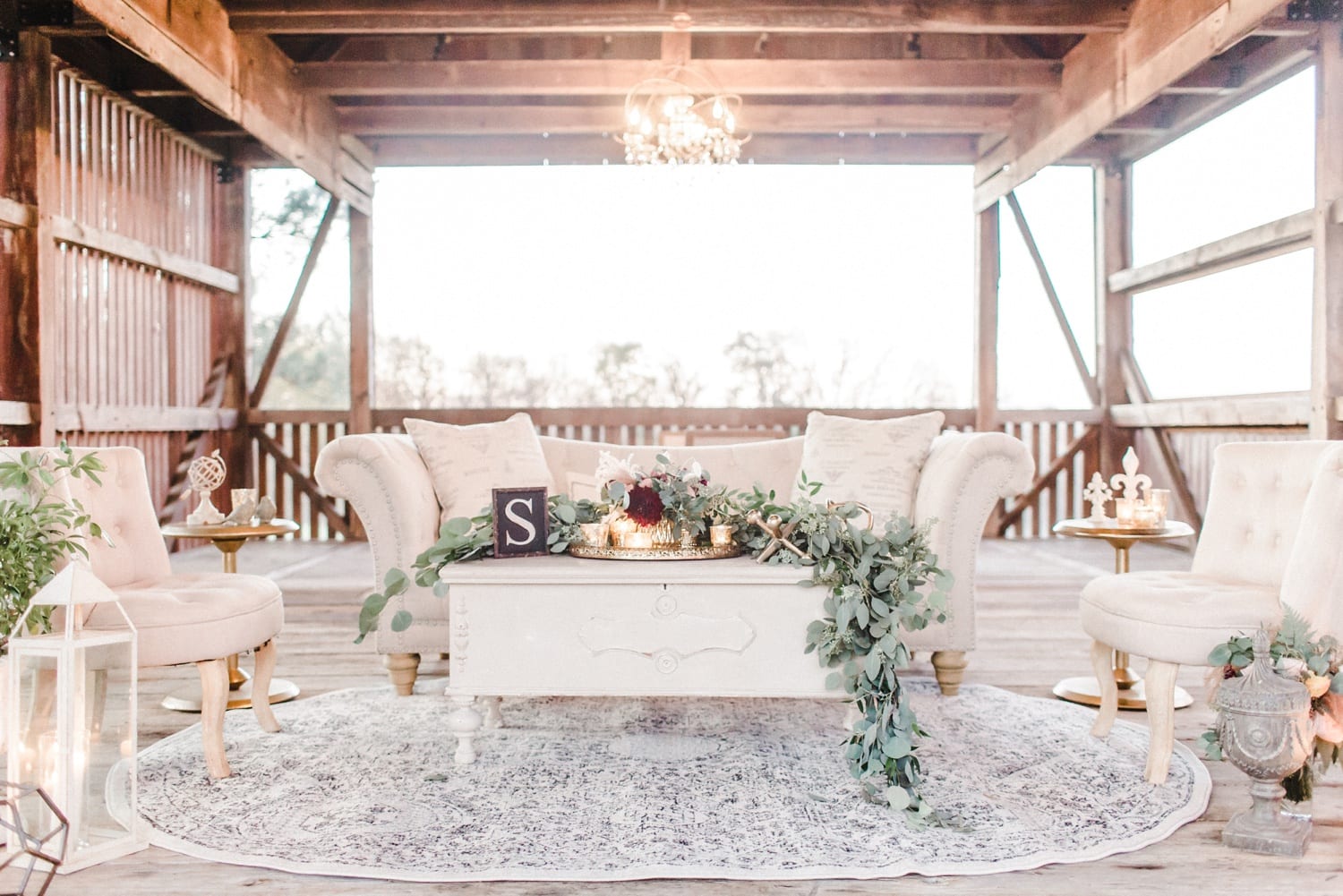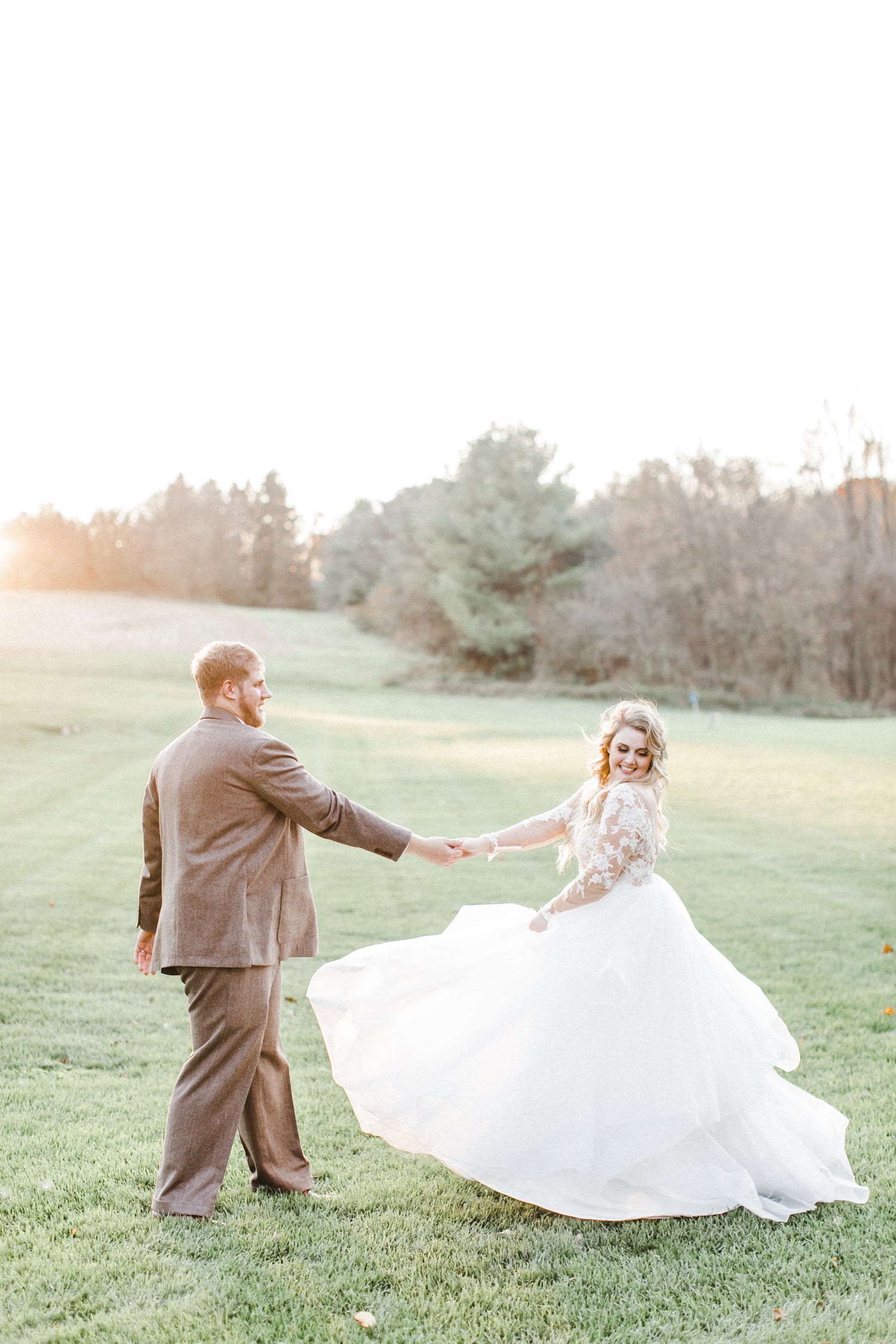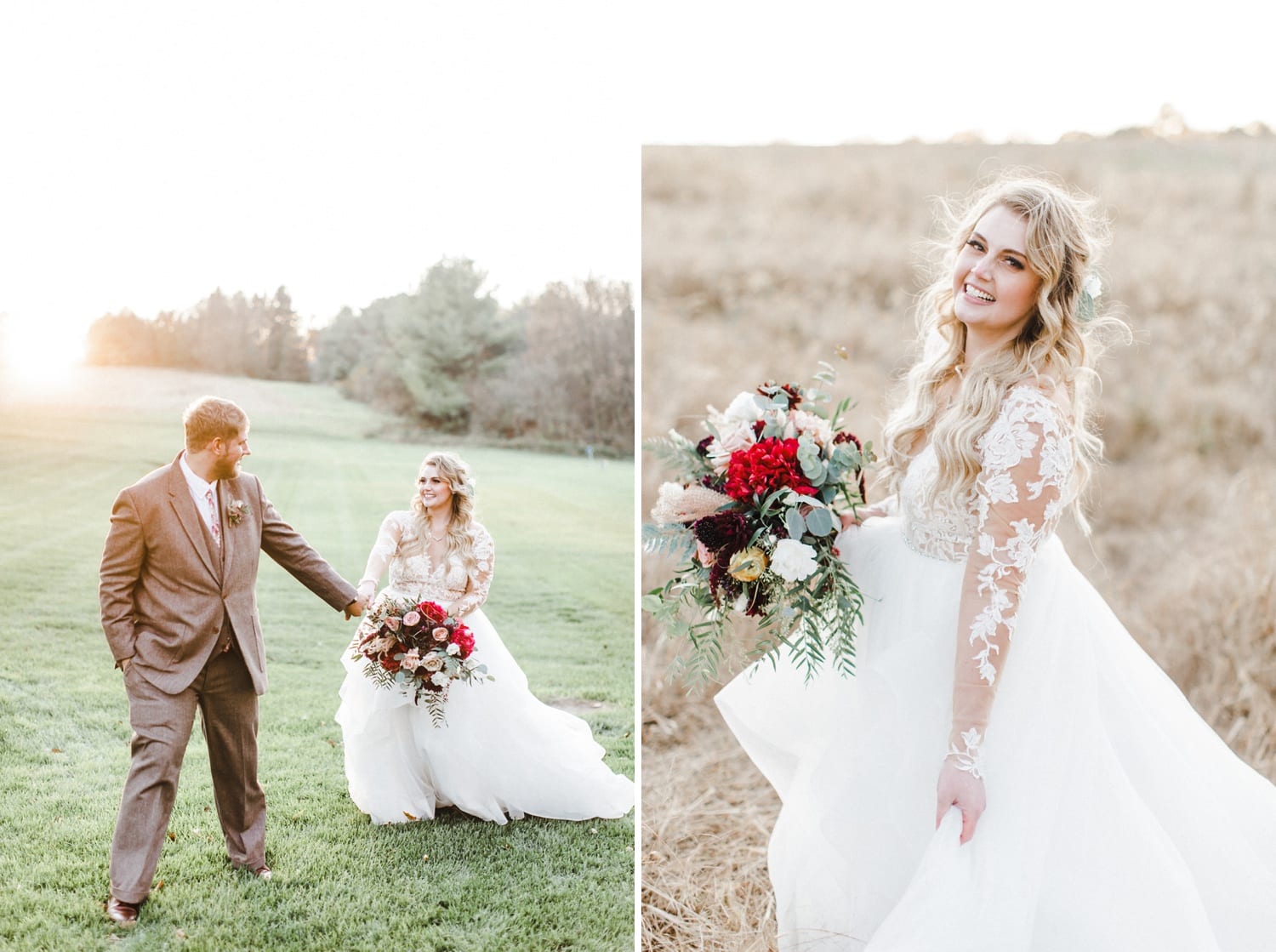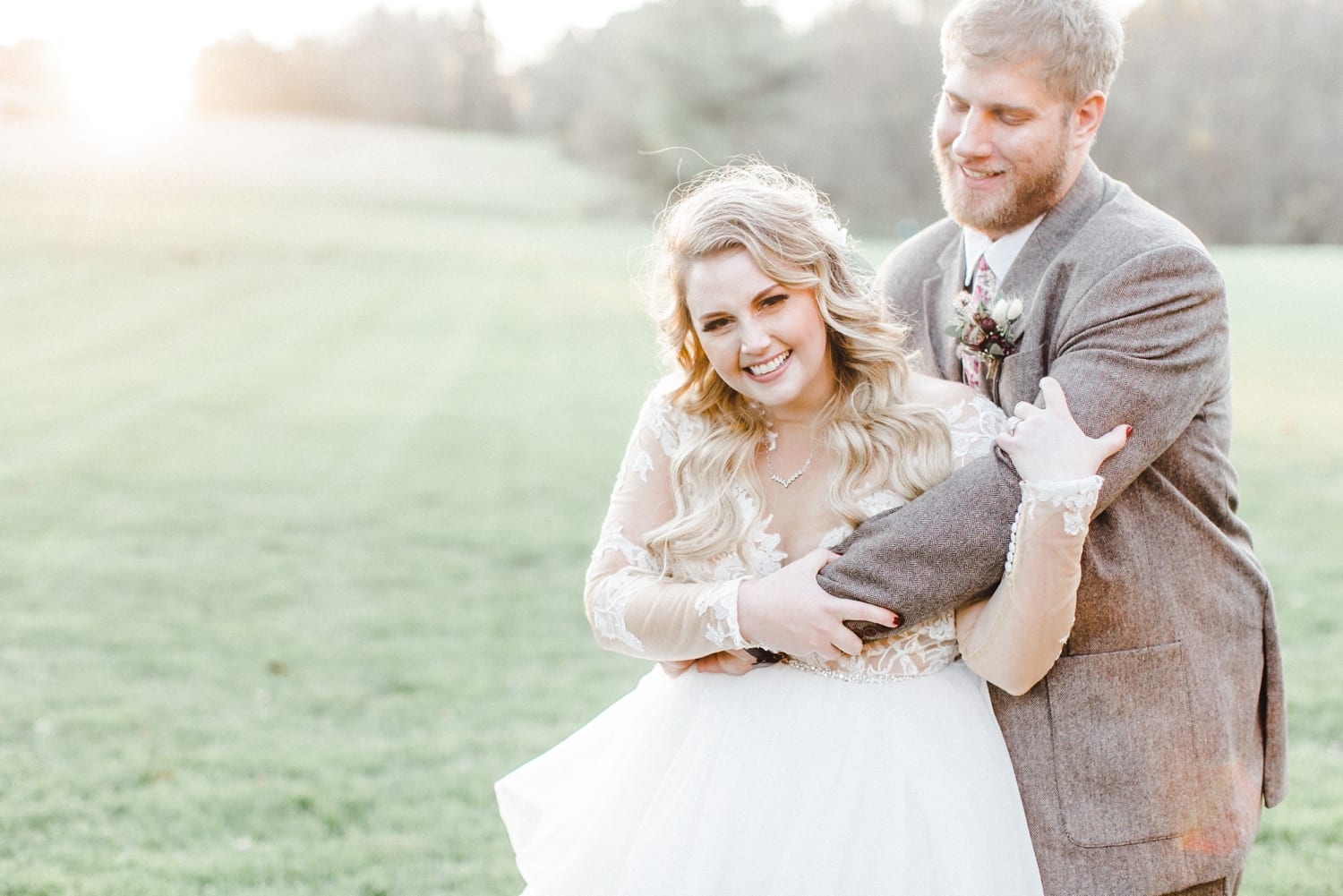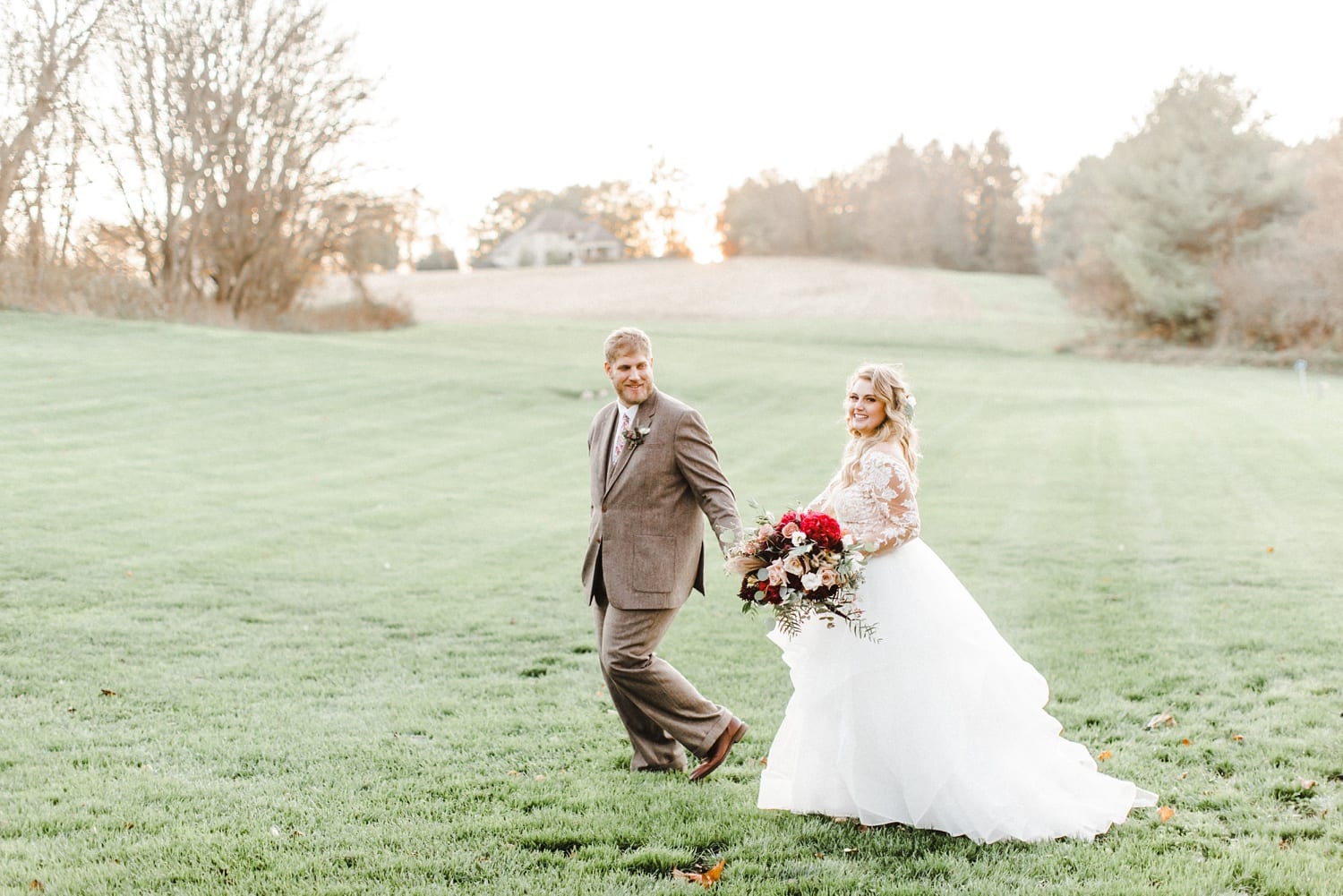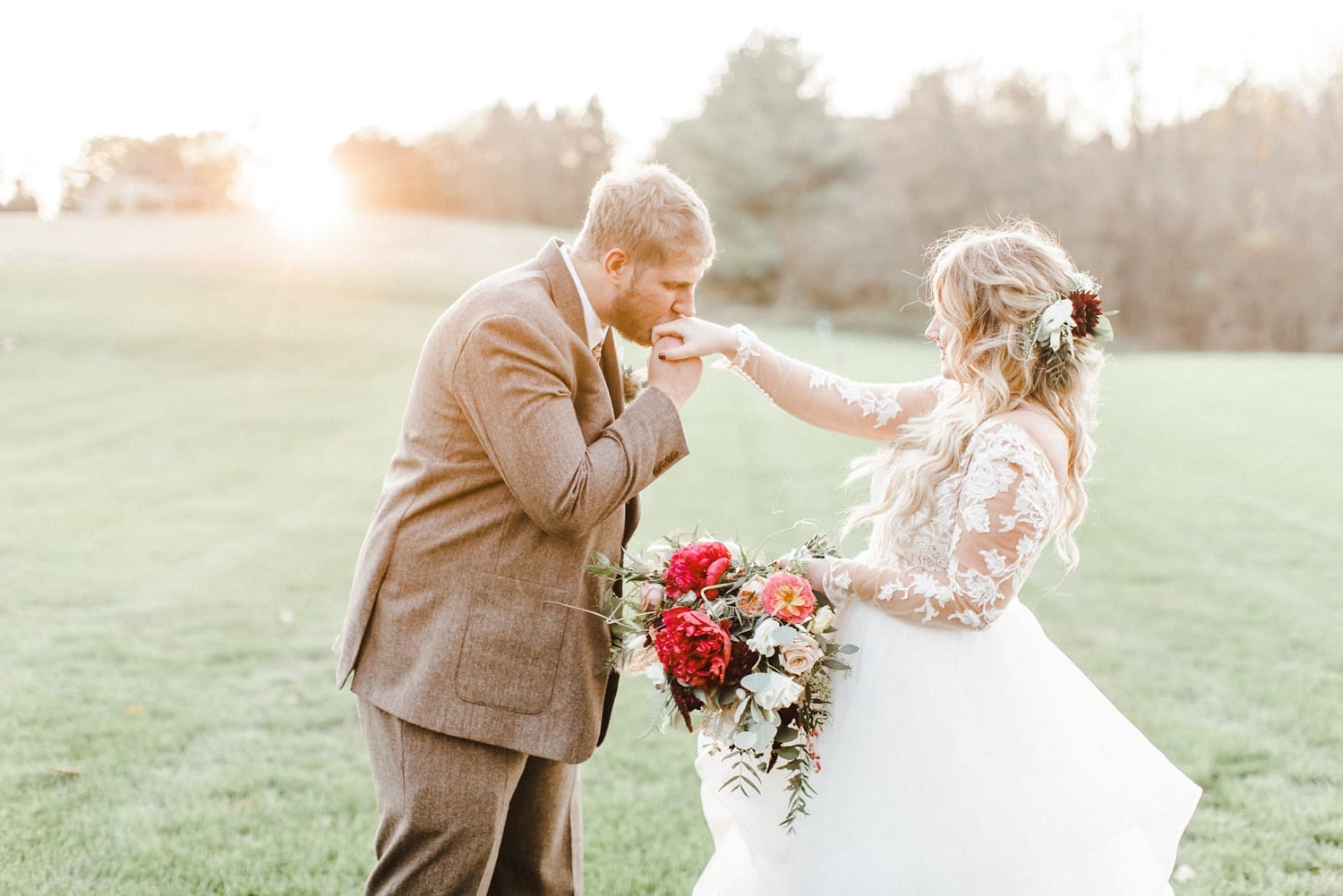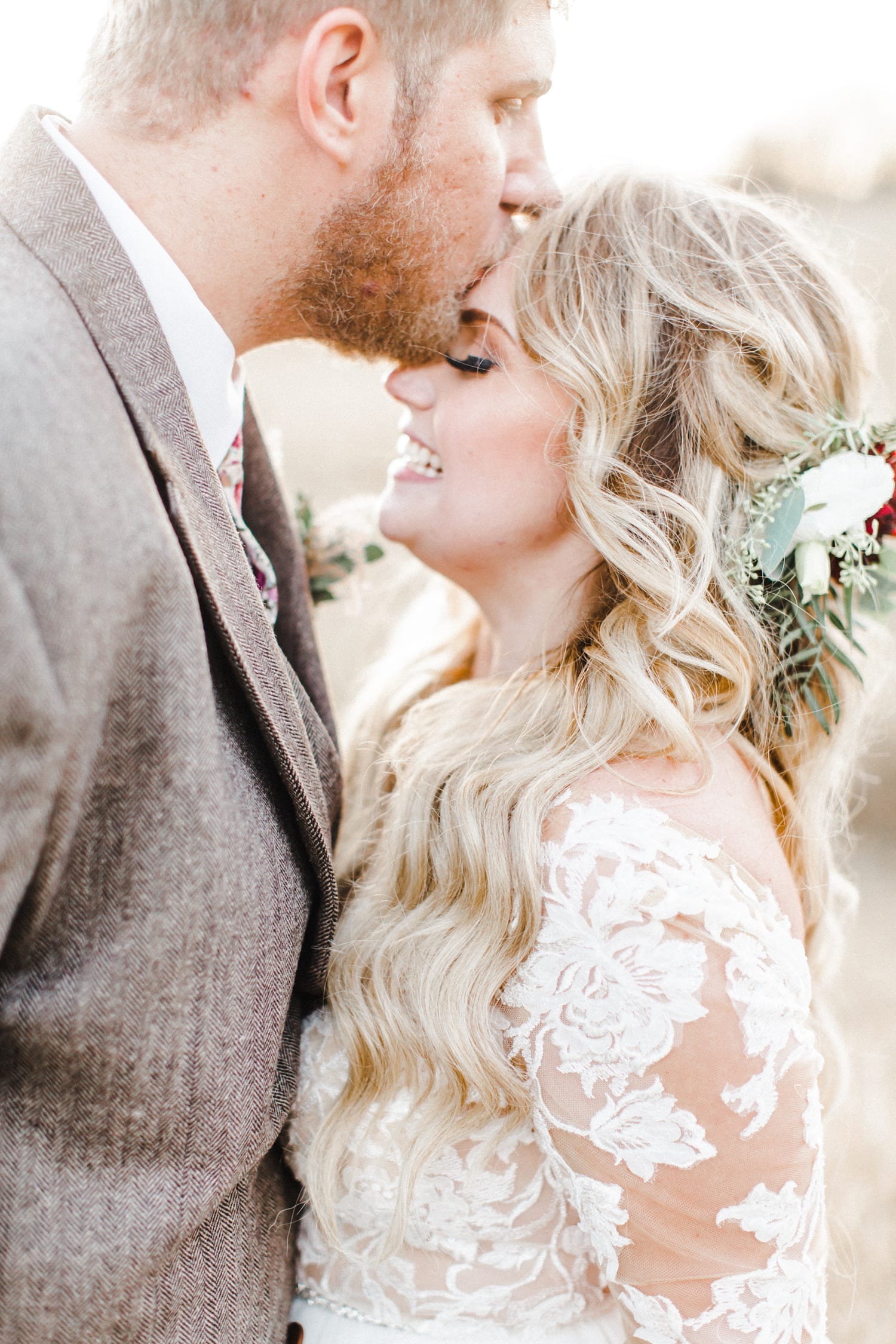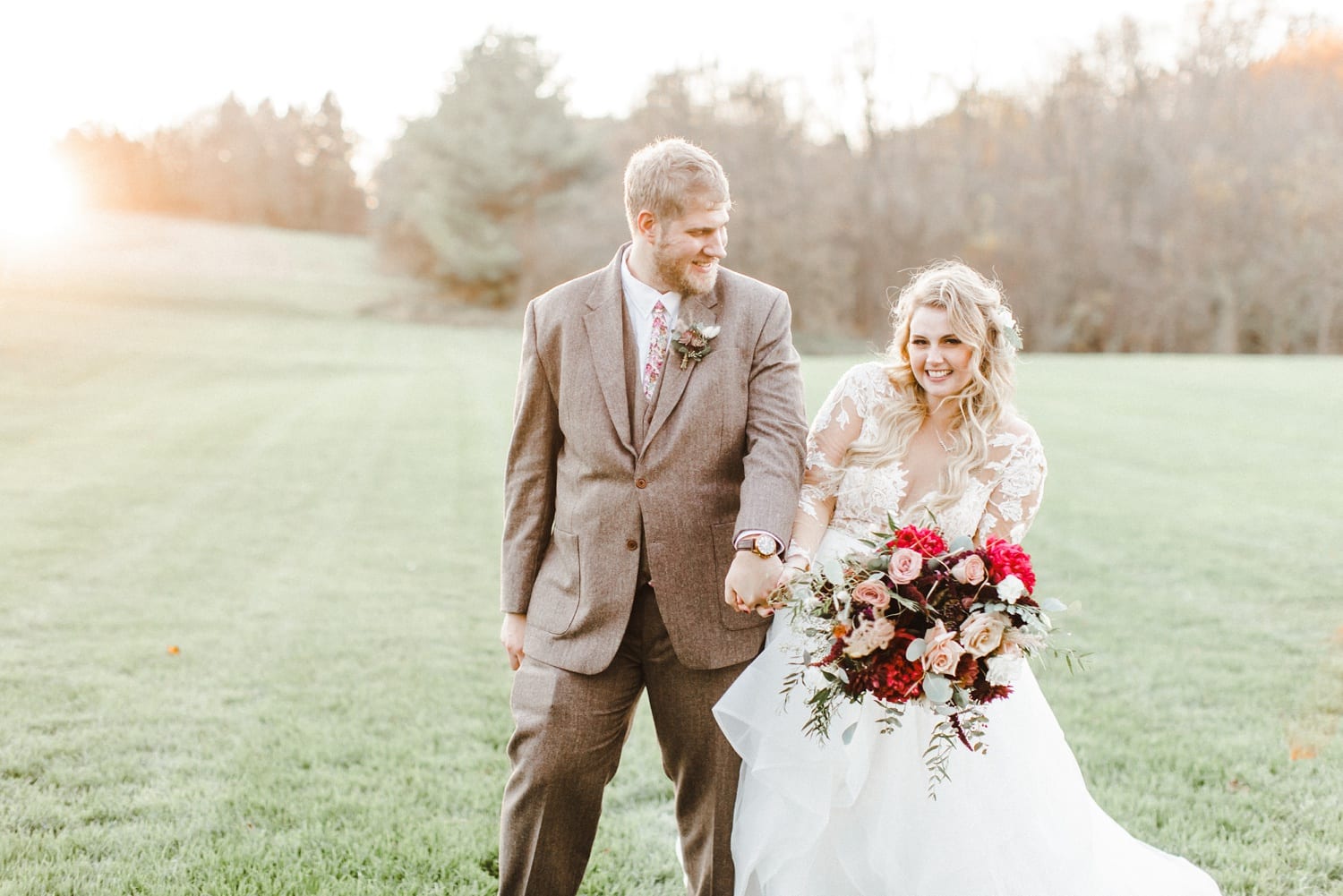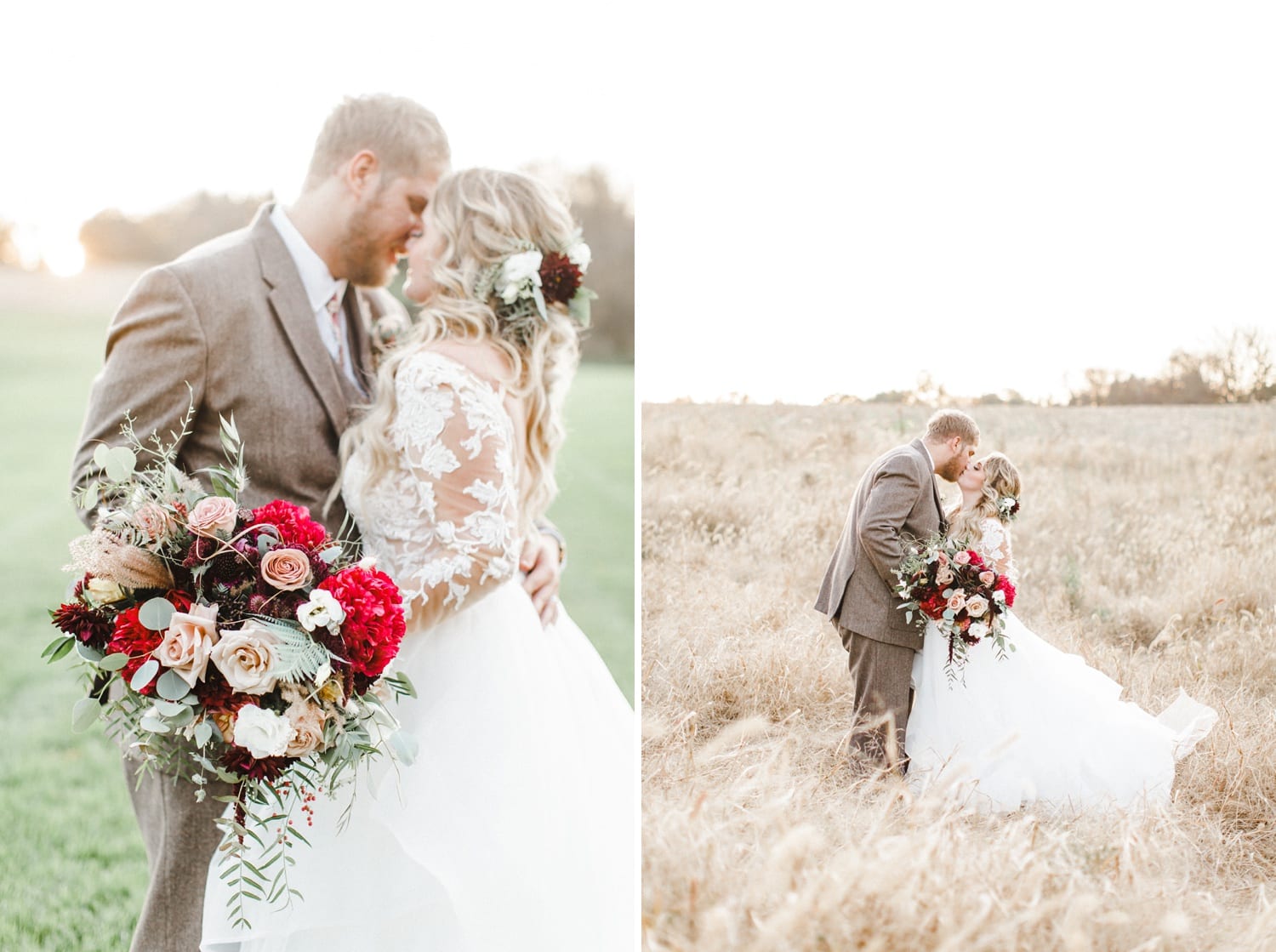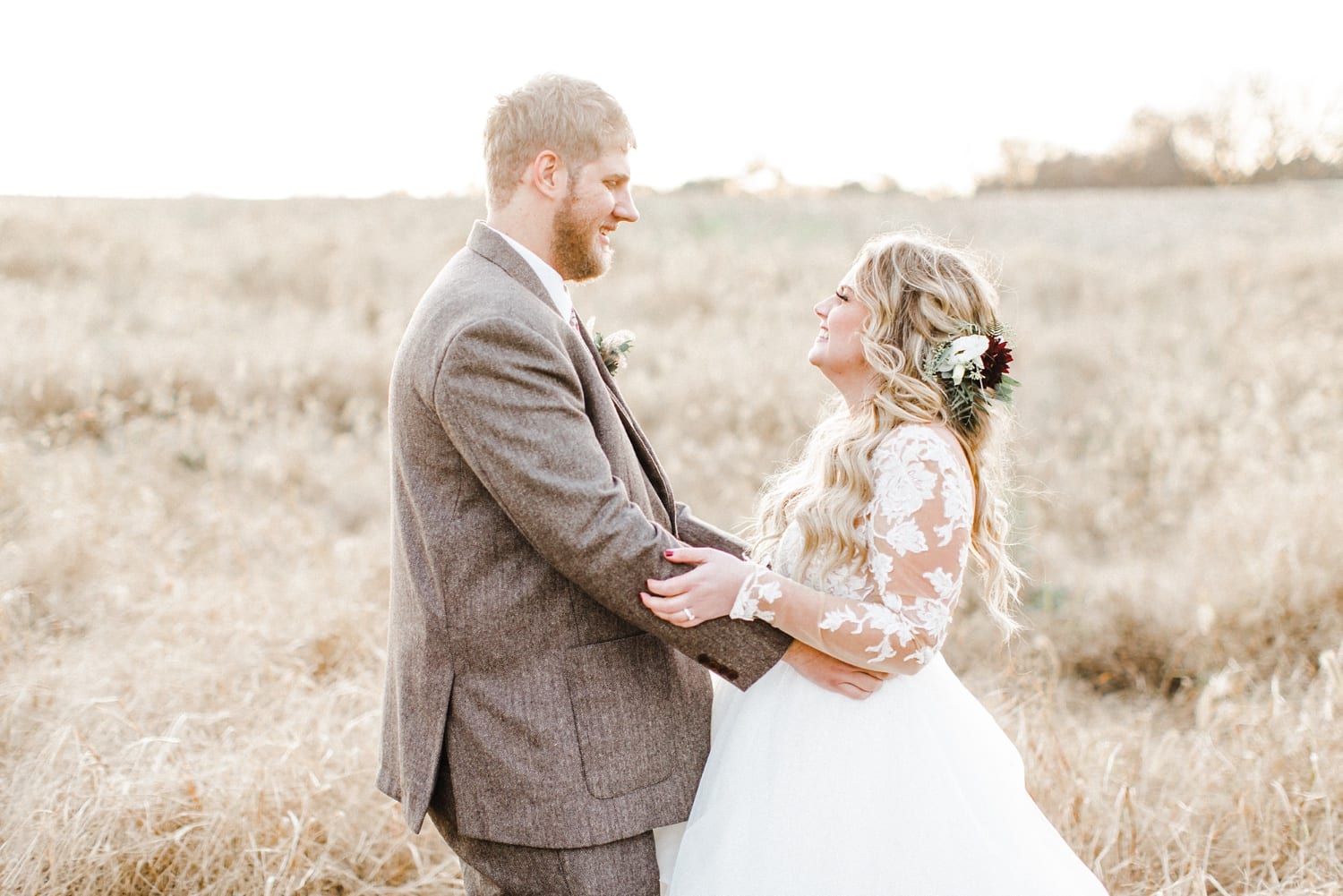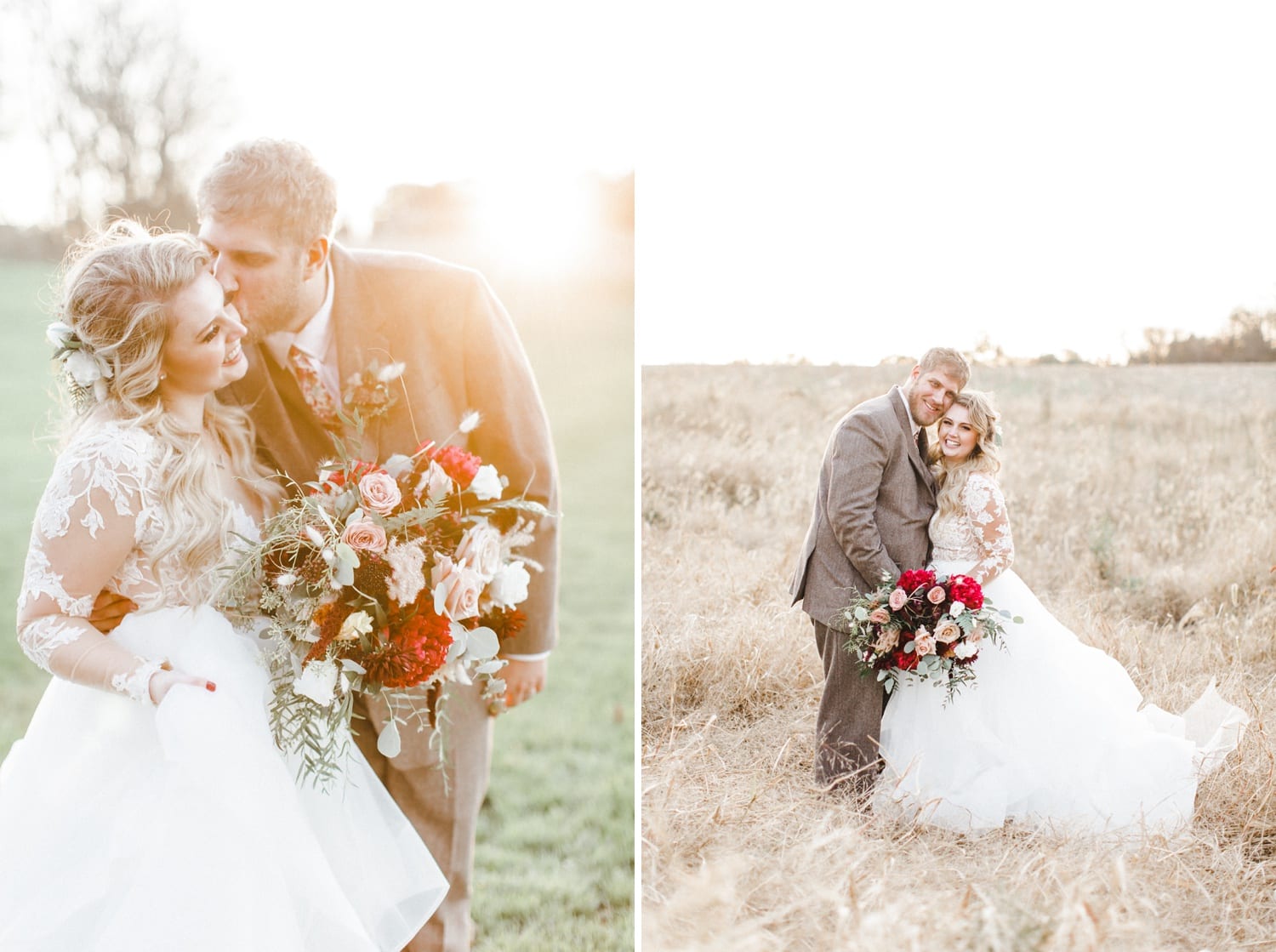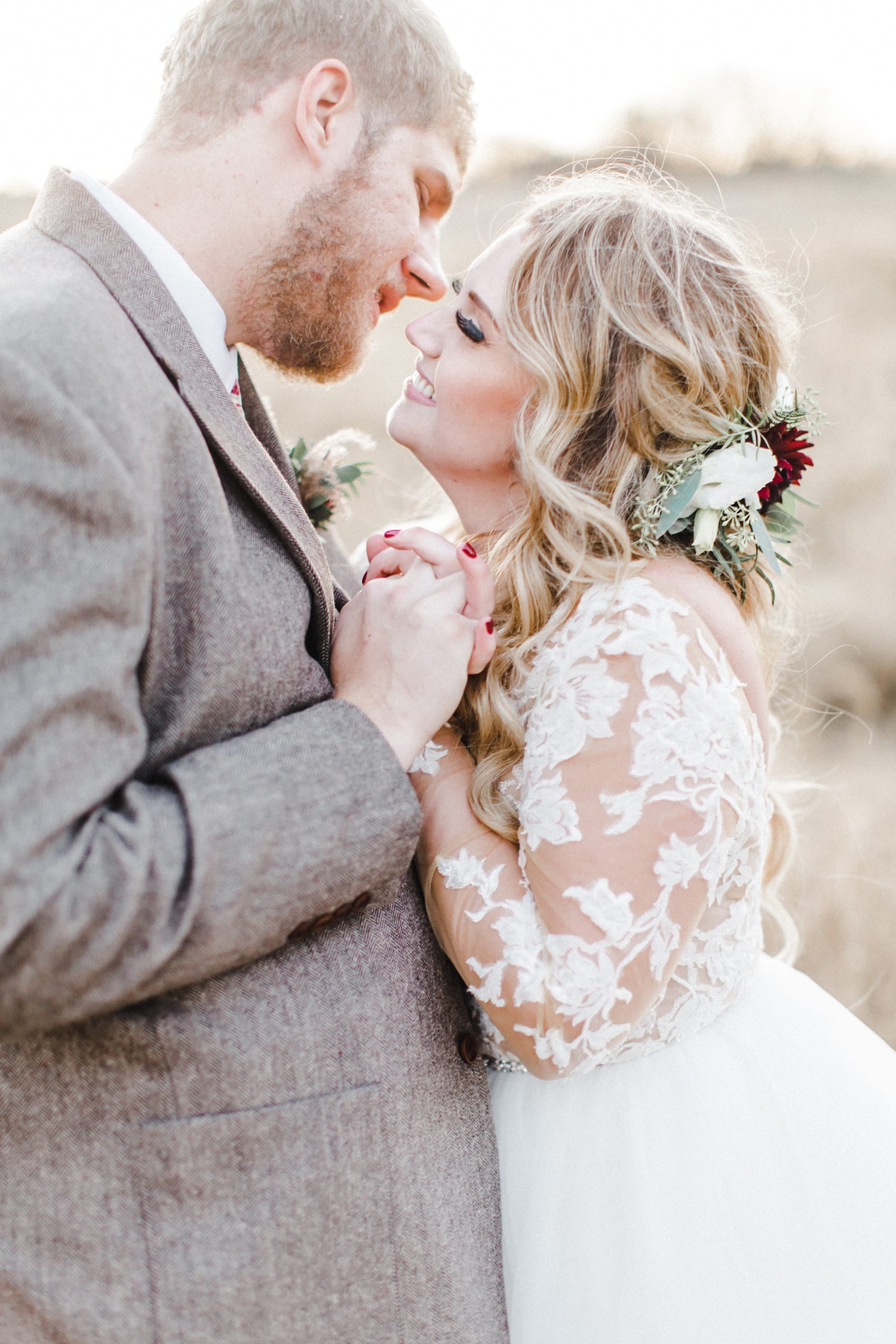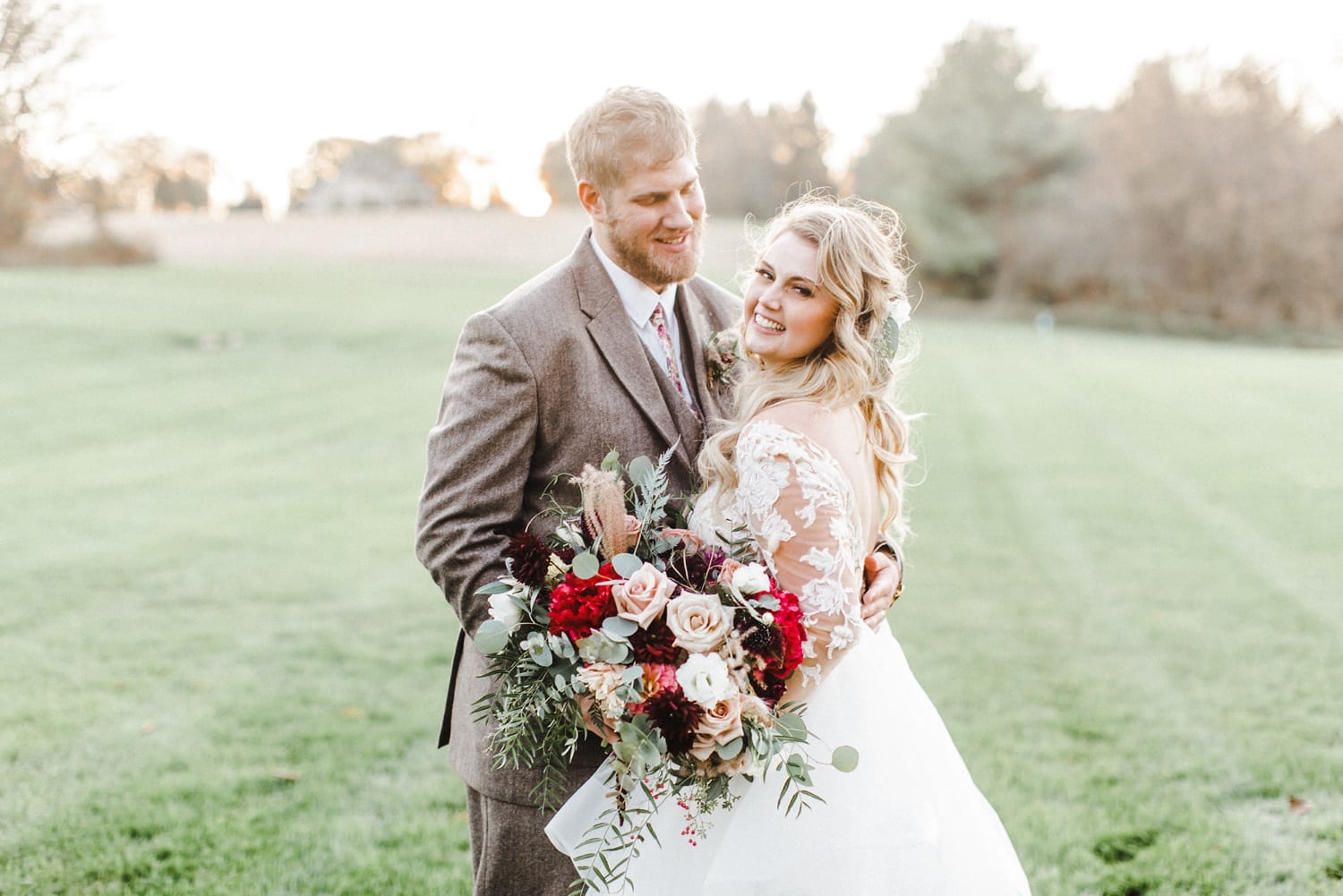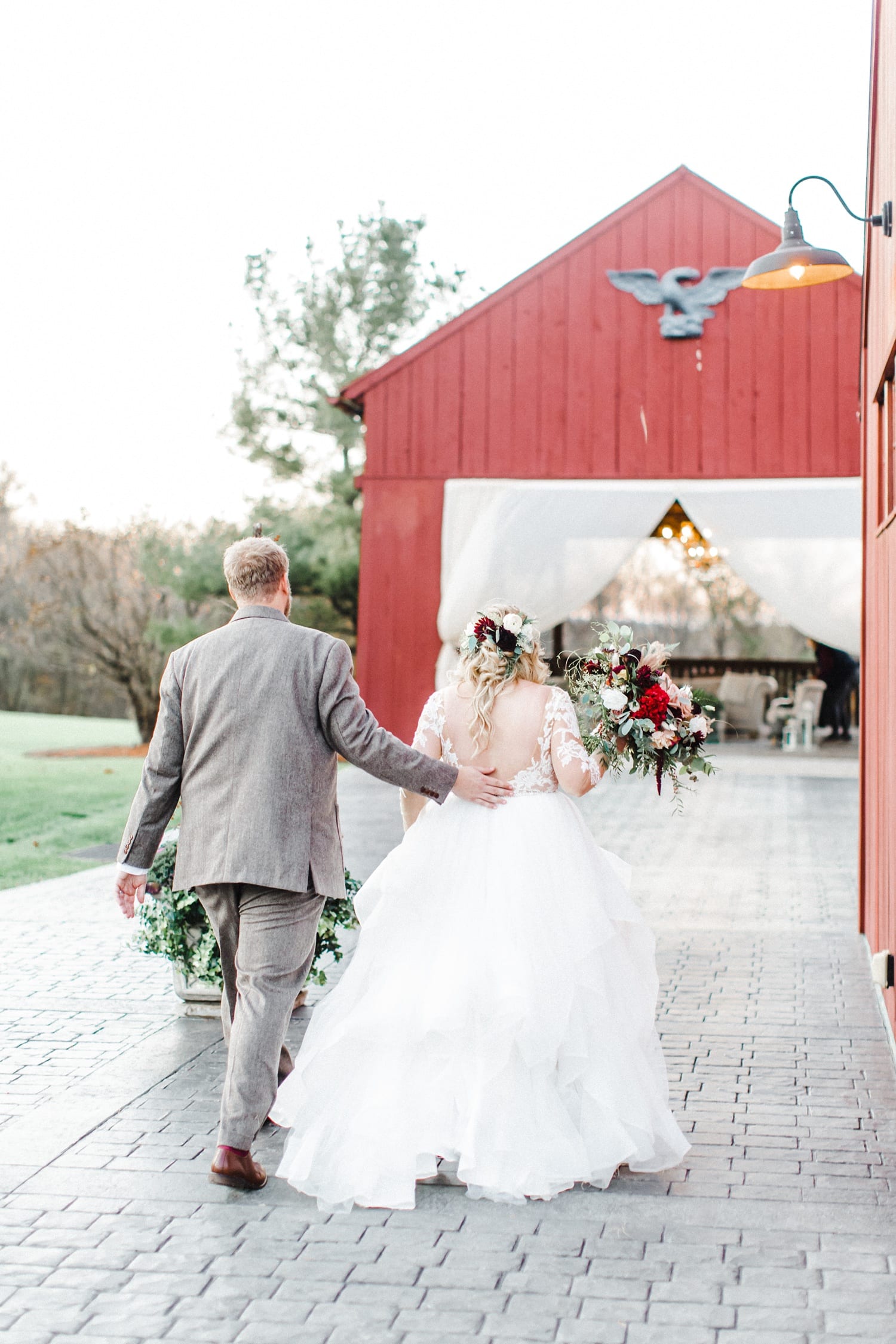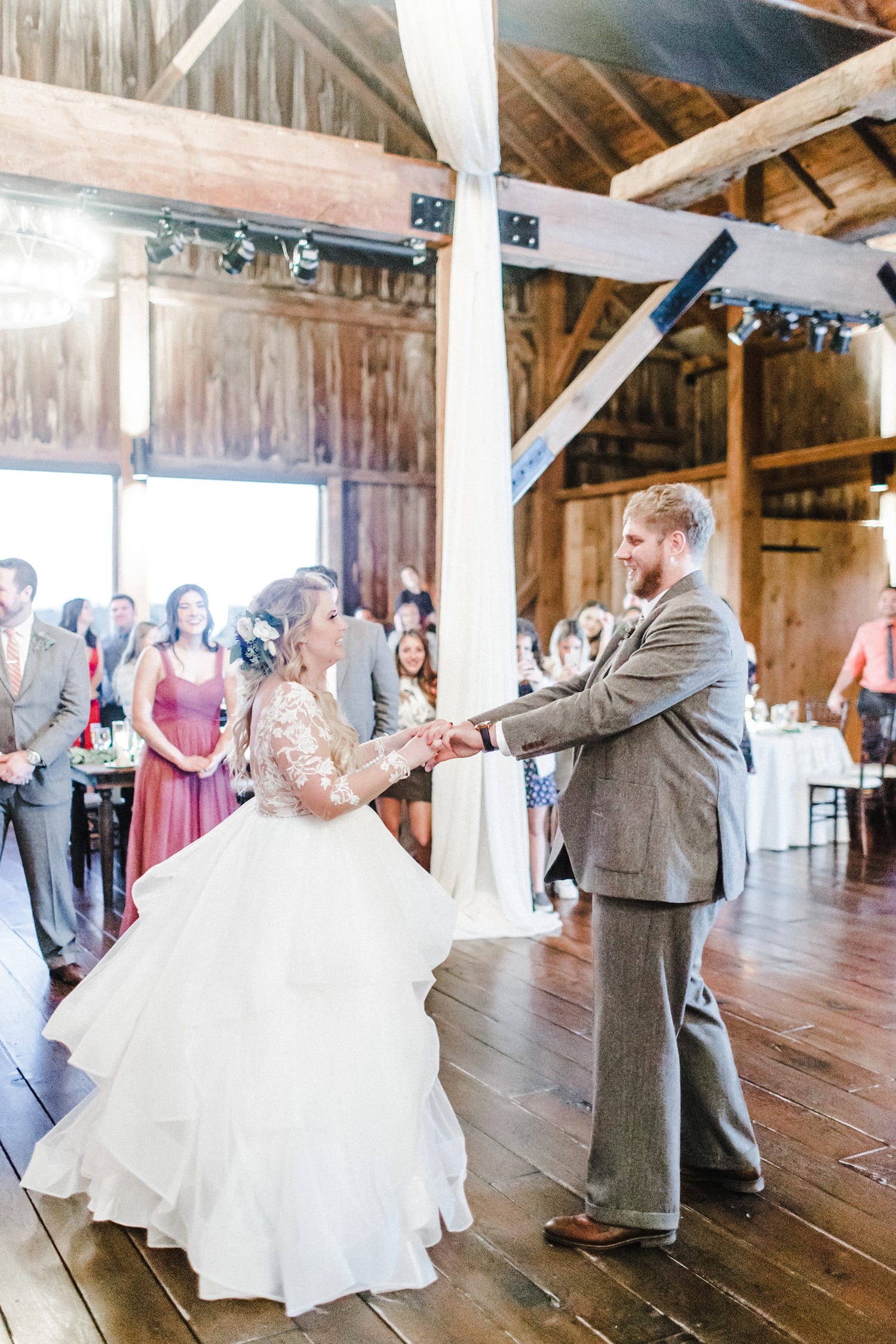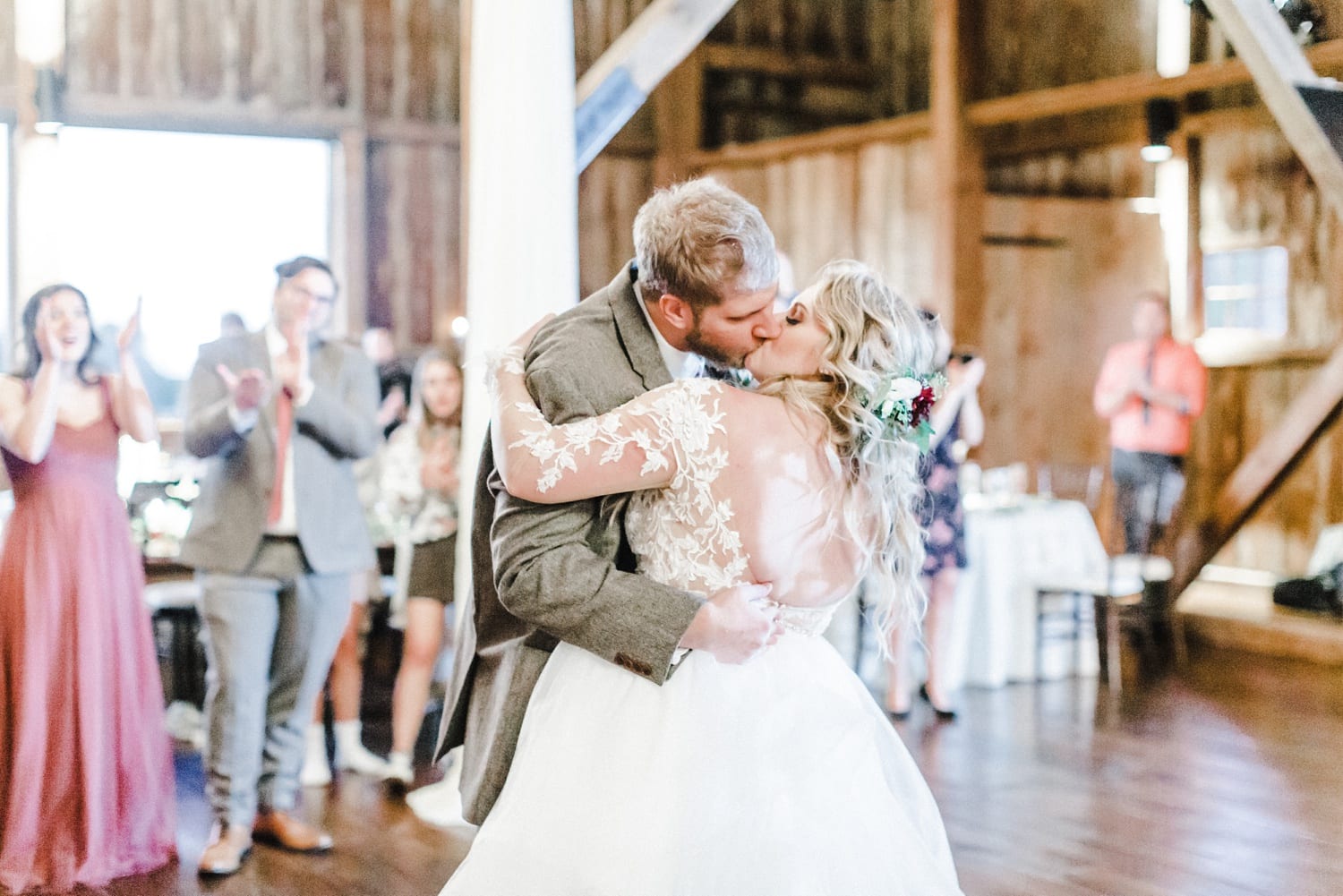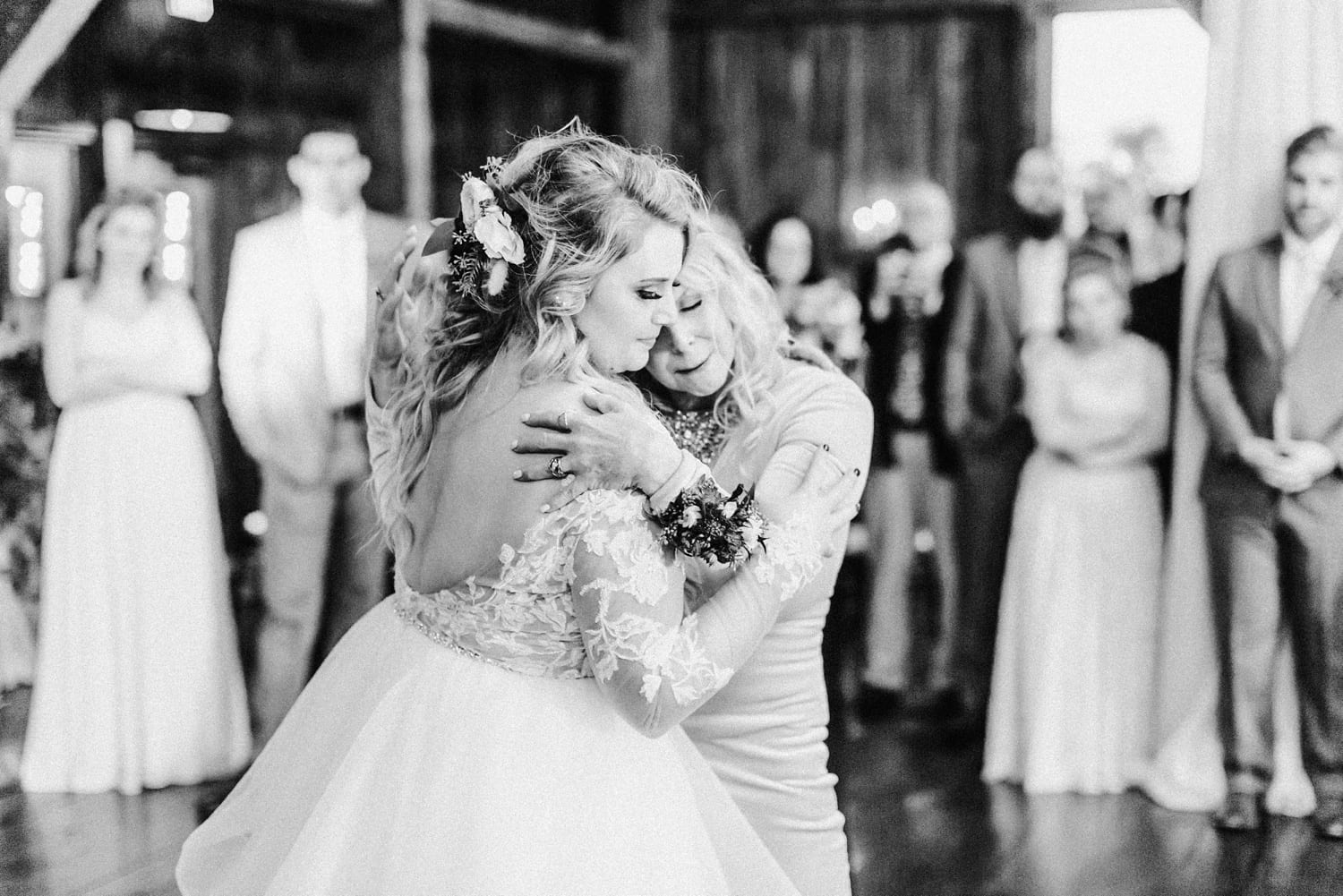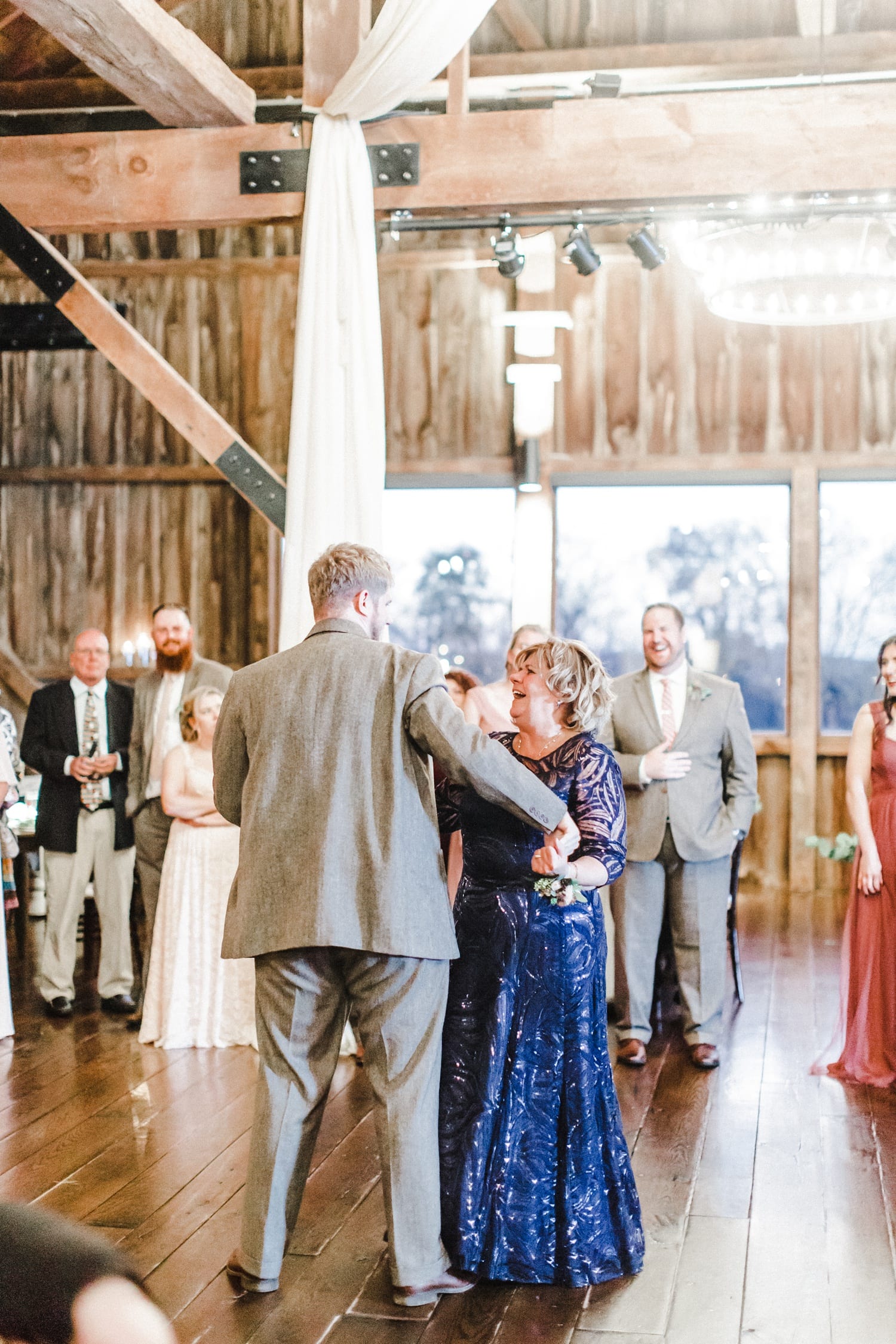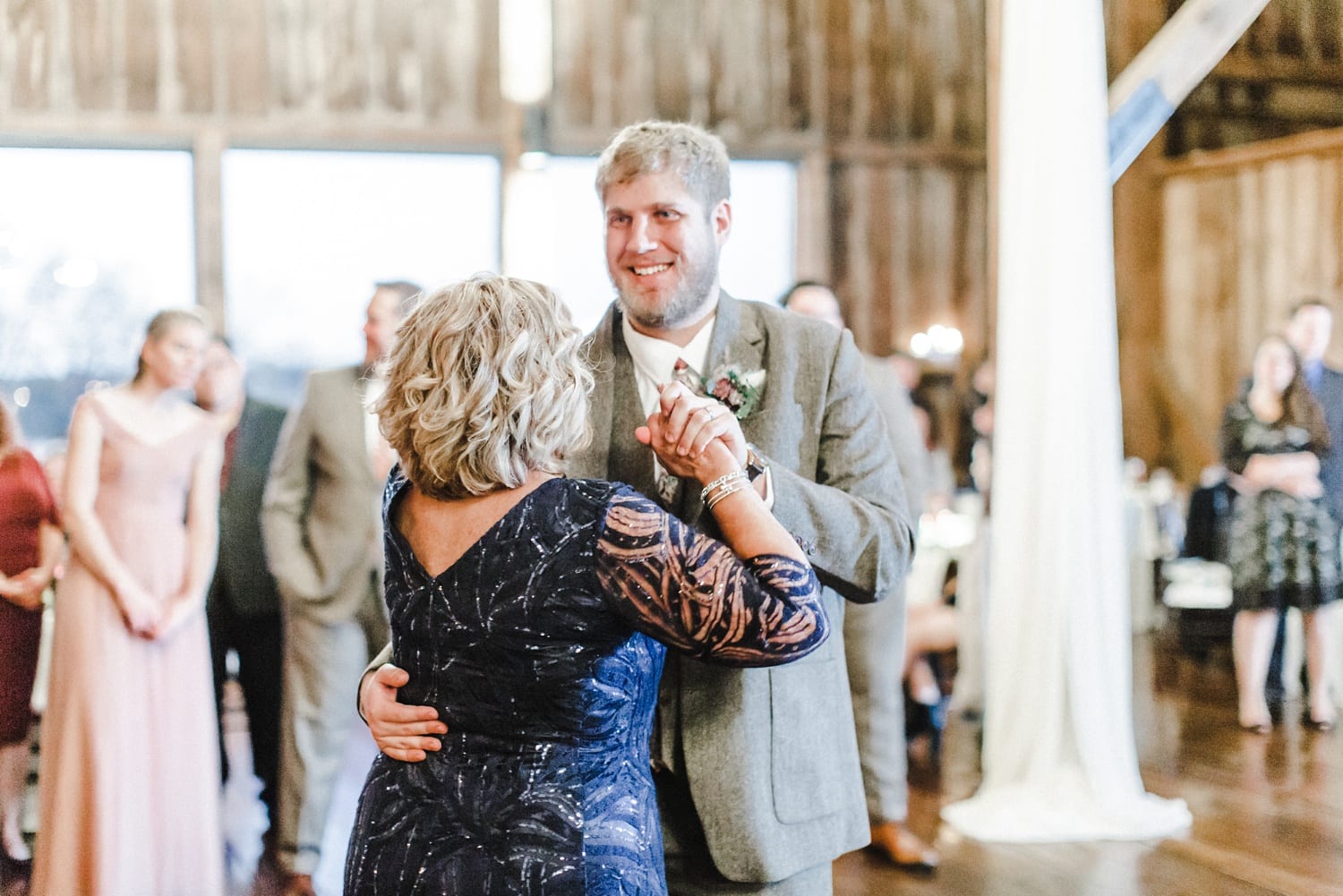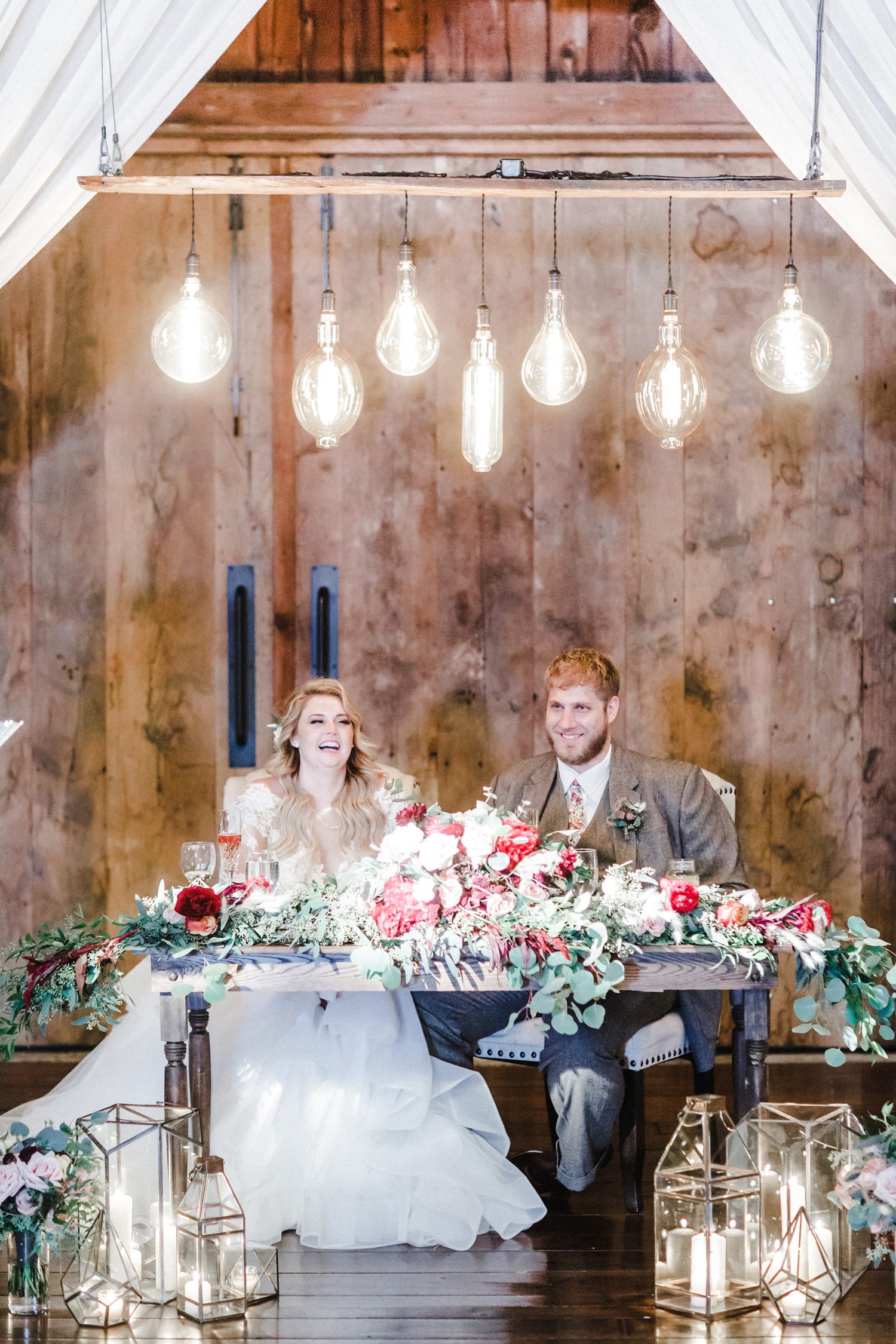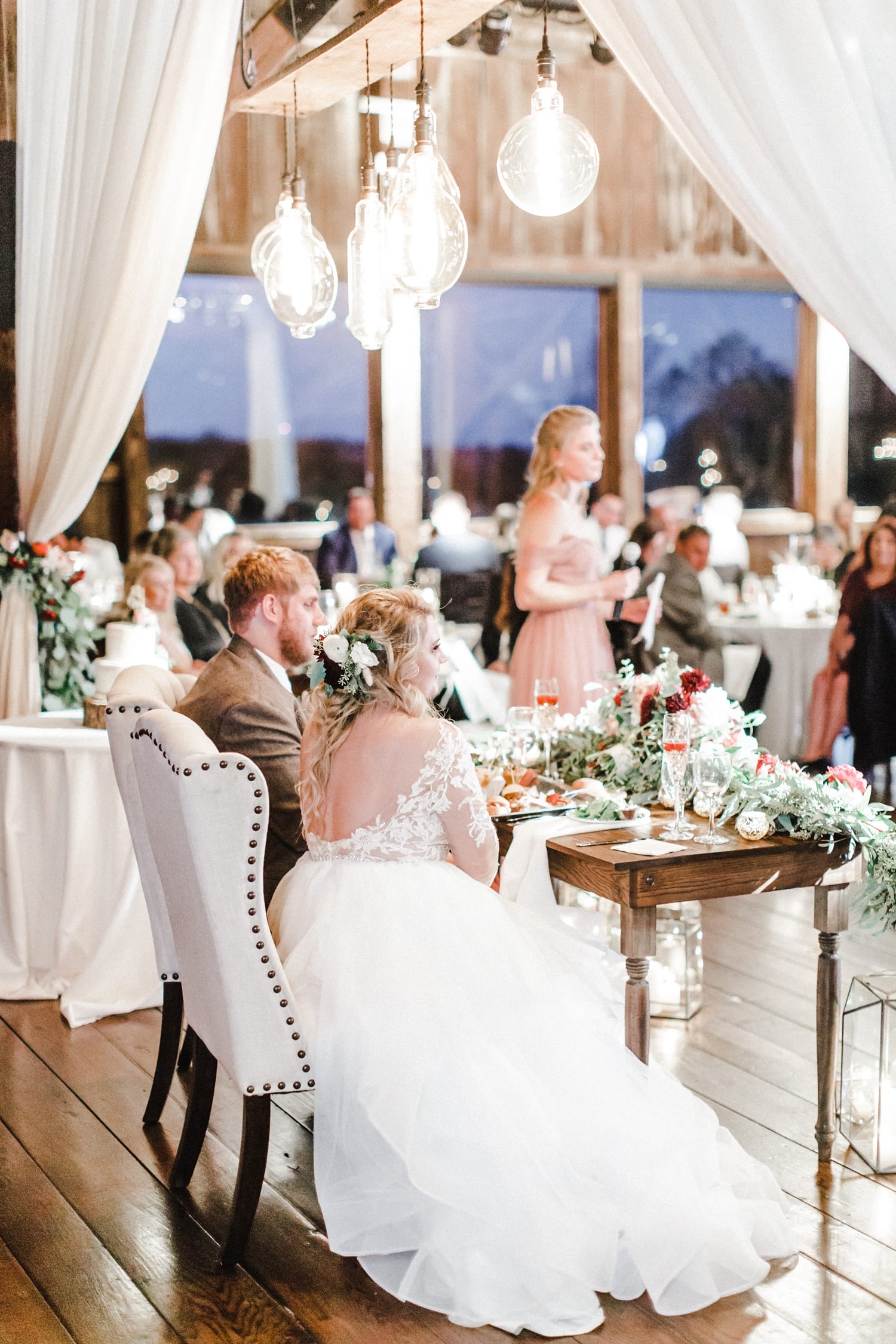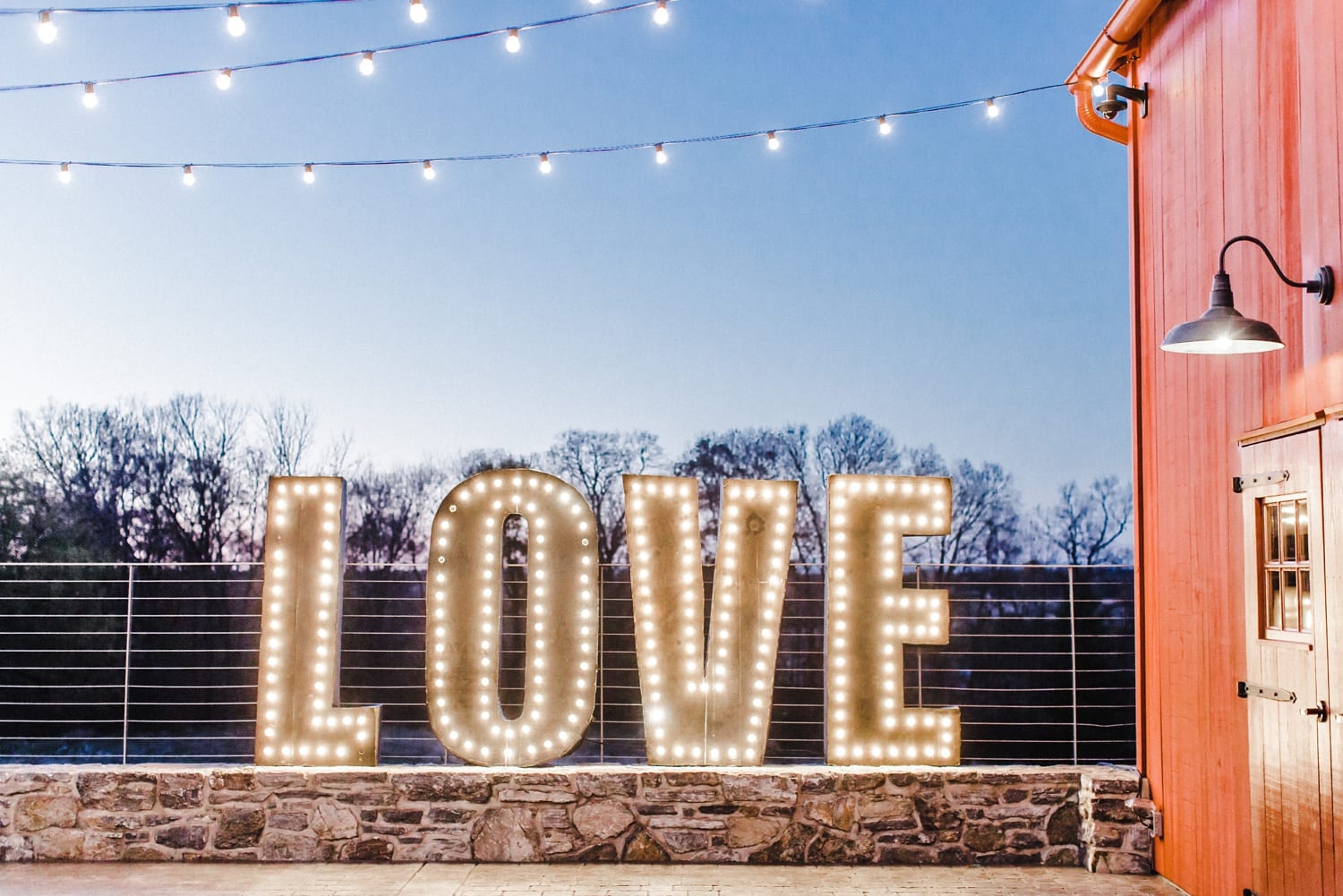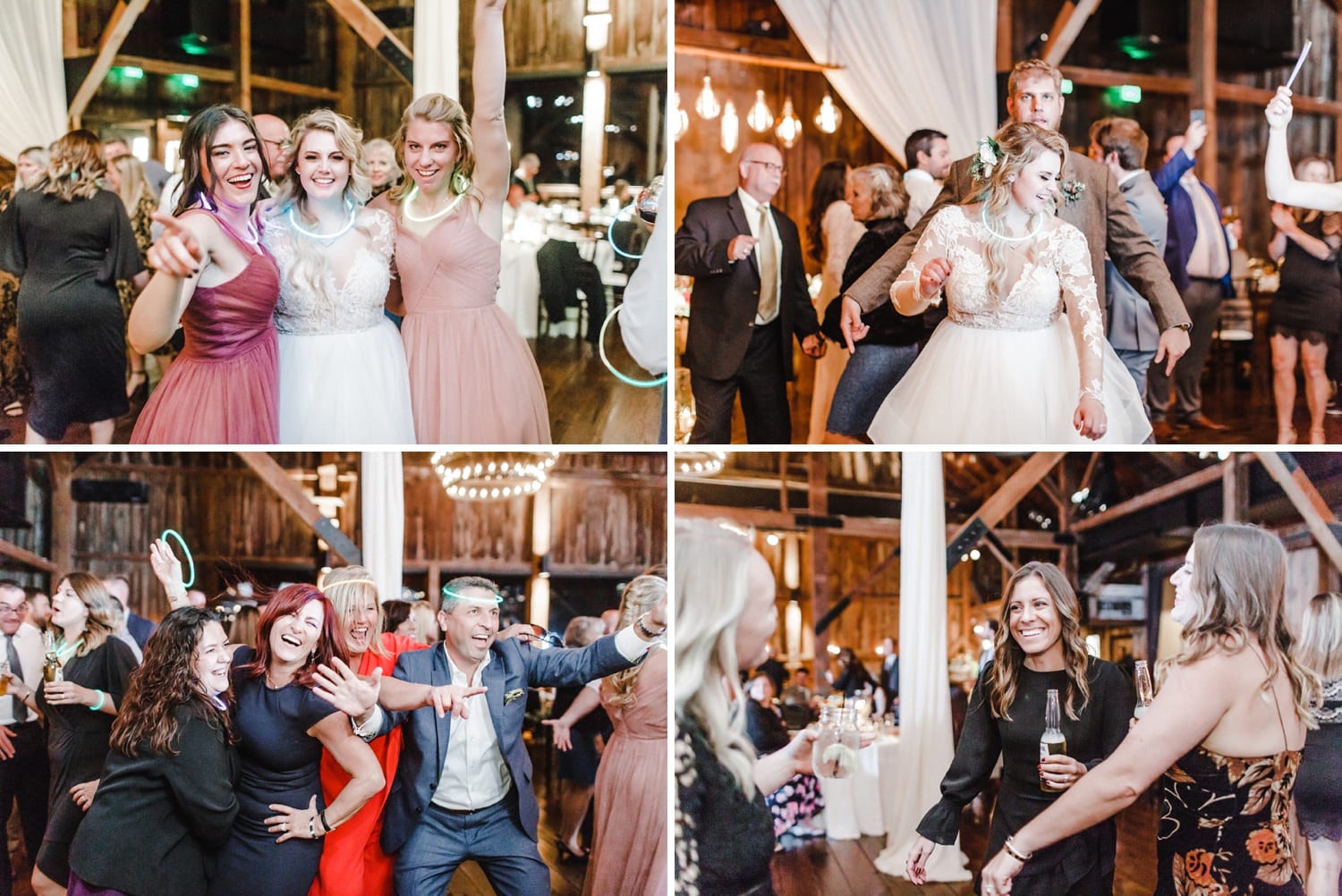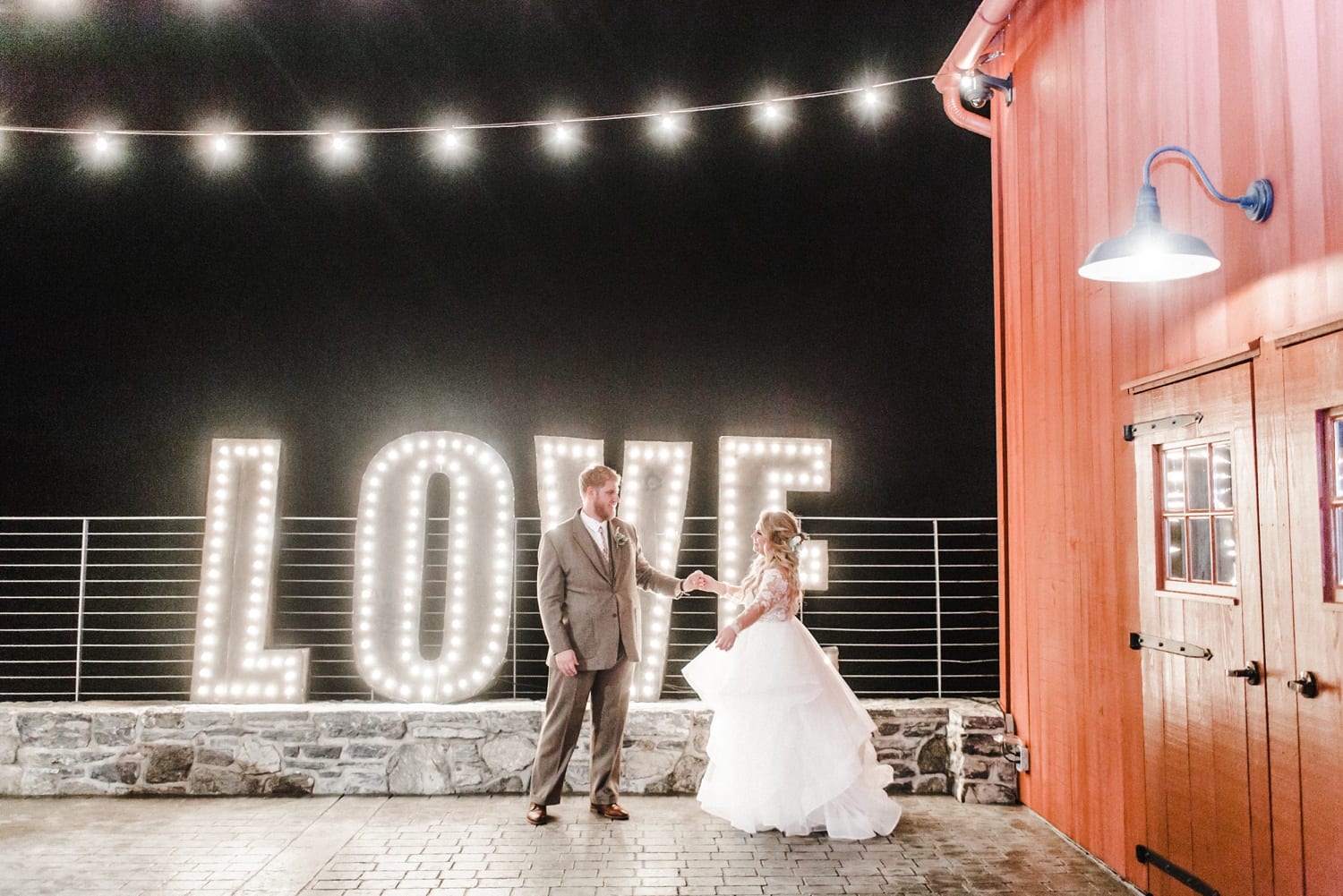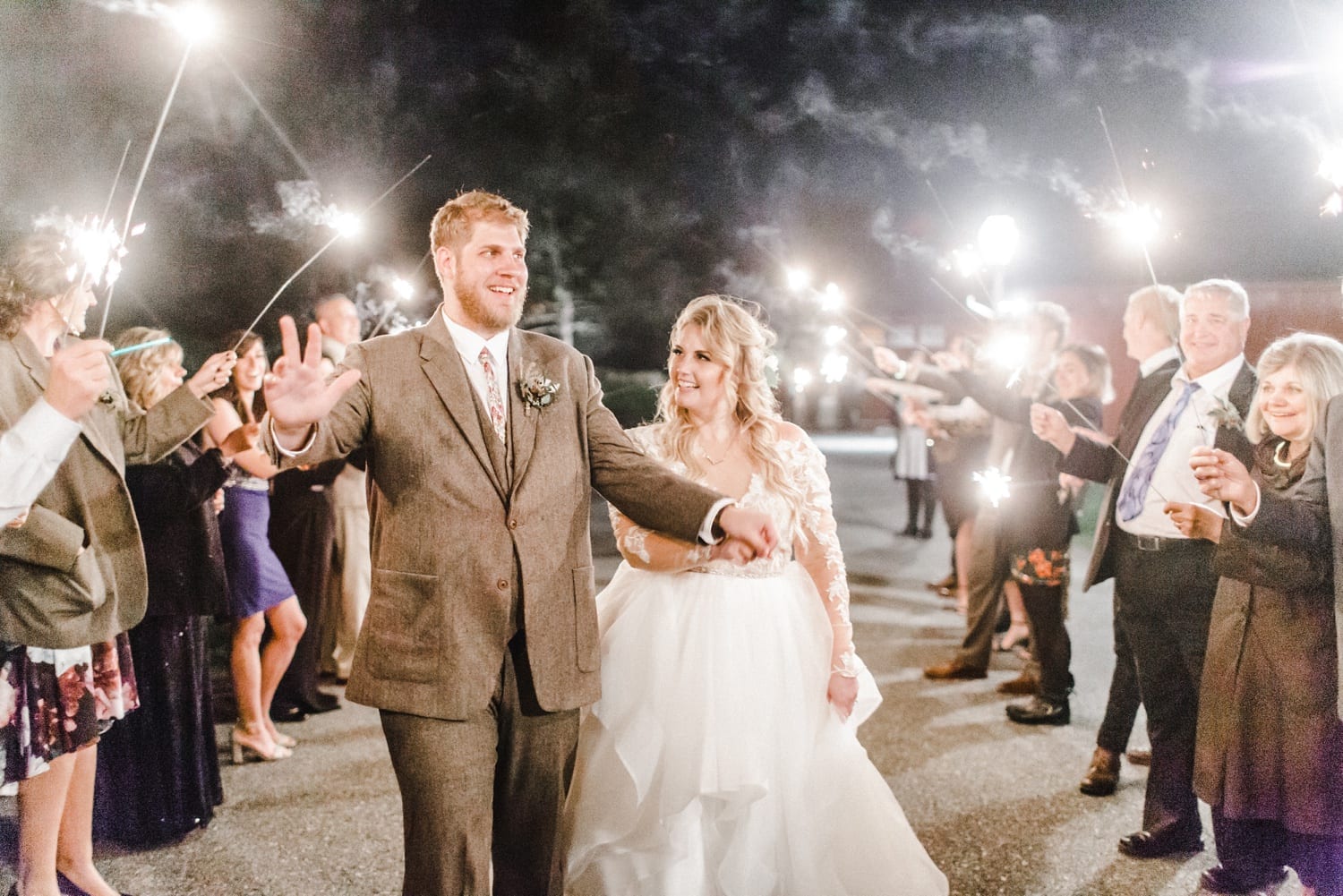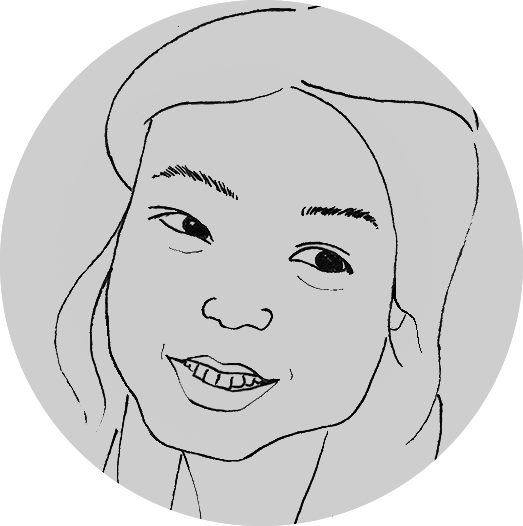[ad_1]
October 9, 2022
In his latest column for AP, nature photographer Marsel van Oosten reveals how facing his fears and leaving his comfort zone led to success
I often hear that I have a very recognisable style. When asked what it is, people often use words like ‘simple’, ‘clean’, ‘graphic’, ‘uncluttered’, and even ‘sterile’. I agree with all those words because they perfectly describe the artistic form that I am trying to create in my work.
As a photographer, you not only need to decide what you want to photograph but also how you want to photograph it. Every photographer has his own preferred way of shooting – one that gives the best and most pleasing results. For me, that means simple, clean, graphic and uncluttered images. As a result, I always find myself drawn to subjects with a strong, graphic shape, in a habitat with as little distractions and visual clutter as possible. For that reason, I prefer photographing deserts over grasslands, and dead trees over live ones. I didn’t always know this.

Golden snub-nosed monkeys, Qinling Mountains, Shaanxi, China. Nikon D810, AF-S 24-70mm f/2.8 lens, 1/125sec at f/11, ISO 3200
If you have a particular style, it’s usually the result of certain preferences you have as an artist. Then, once you’re very comfortable with that style, you become extremely efficient and almost go into autopilot. Everything is easy because you’re in an environment that fits your photographic style, so you immediately know what to do. You work fast and efficiently and become very productive. Whereas if you’re suddenly in an environment that you are not very familiar with, or even dislike, that’s a whole different ball game.
Abandoning the comfort zone
Many years ago, my wife Daniella and I went on a trip to Costa Rica. We both love the wilderness and a rainforest is as wild as it gets. I had just started in photography and was excited to photograph the wildlife. But, as much as I enjoyed the experience, I wasn’t inspired to take any photographs. I checked my Lightroom catalogue to see how many images I shot on that trip: ten. It was a pivotal moment in my development as a photographer as it forced me to figure out why I was not inspired. Conclusion: too much visual clutter.

Self-portrait in Shaanxi, China, at the exact location where Marsel van Oosten shot the award-winning ‘The Golden Couple’ image
For the next ten years I stayed far away from forests. The ‘cleaner’ the landscape, the more inspired and happier I was. But, after a while, my decision started bothering me. Every now and then I saw beautiful images taken by other photographers in dense forests and realised that I was running away from a challenge. Years later, I saw a very bad photograph of golden snub-nosed monkeys, in a brochure, somewhere in China.
They were the most fascinating looking monkeys I’d ever seen, and when I learned that they were endangered I knew I had to photograph them. Lichens are the main staple of the monkeys’ diet, and dead trees have the greatest lichen coverage. Unfortunately, those are being taken by the timber industry. The monkeys are also eaten by the local population. Anyhow, the problem was: they live in dense forests.
I absolutely love forests from a nature-loving perspective, but a forest is nothing but clutter. For the first time in my career, I had to think long and hard about how to face my fears, and how I could overcome my ‘clutter-phobia’. No more relying on intuition… it was time to get way out of my comfort zone.

Golden snub-nosed monkey with baby. Nikon D810, AF-S VR 70-200mm f/2.8 lens, 1/250sec at f/5.6, ISO 160
In an effort to get control over the immense clutter in the backgrounds, I decided to use a polariser to limit the amount of reflections off the leaves, and to use flash to create separation between the subjects and the forest behind them. Flash enabled me to control the ambient lighting and get sufficient light on the monkeys while, at the same time, being able to underexpose the backgrounds using polarisers, decreasing the amount of reflections.
This proved to be the recipe for my project, and many of the images I shot there are among my favourites. One of them even won me the grand title Wildlife Photographer of the Year. Had I decided to stick to my standard routines, and comfortably continue on autopilot, this would never have happened. If it doesn’t challenge you, it doesn’t change you.

Marsel van Oosten at work in China
As told to Steve Fairclough
Featured image: ‘The Golden Couple’, overall winner in the Wildlife Photographer of the Year competition in 2018. Nikon D810, AF-S 24-70mm f/2.8 lens, 1/320sec at f/8, ISO 1600
Marsel van Oosten

Marsel van Oosten was born in The Netherlands and worked as an art director for 15 years. He switched careers to become a photographer and has since won Wildlife Photographer of the Year and Travel Photographer of the Year. He’s a regular contributor to National Geographic and runs nature photography tours around the world. Visit www.squiver.com
Further reading
Whether you’re new to wildlife and nature photography or looking to improve your skills, we have plenty of tips and techniques to help you on your way. Take a look here.
See more of Marsel van Oosten’s columns:
You need better backgrounds
Why scale is important
How to pre-visualise a photograph
Making the most of bad weather
Why planning is important in photography
Why you should photograph wildlife at low angles
Follow AP on Facebook, Twitter, Instagram, and YouTube.


[ad_2]
Source link
